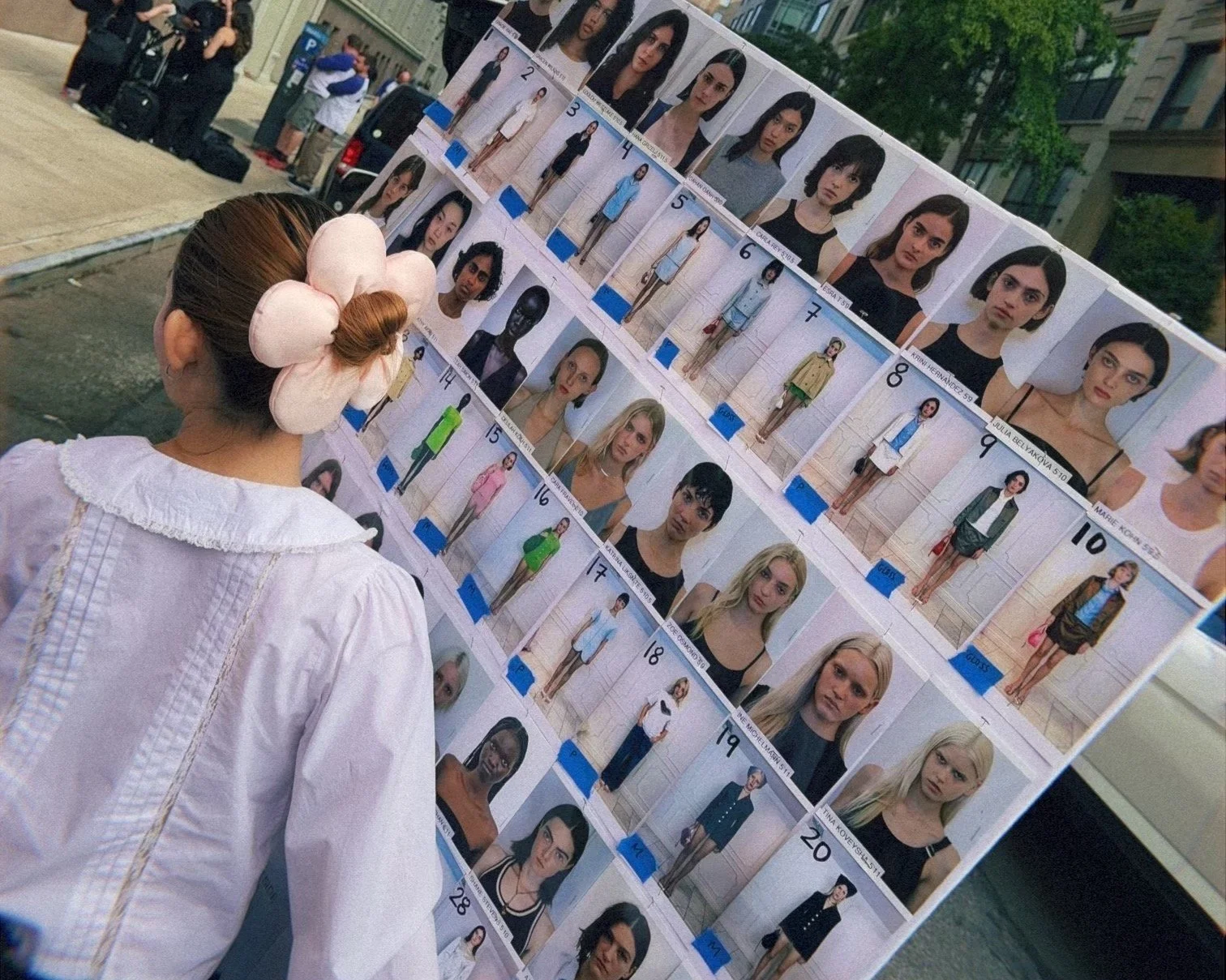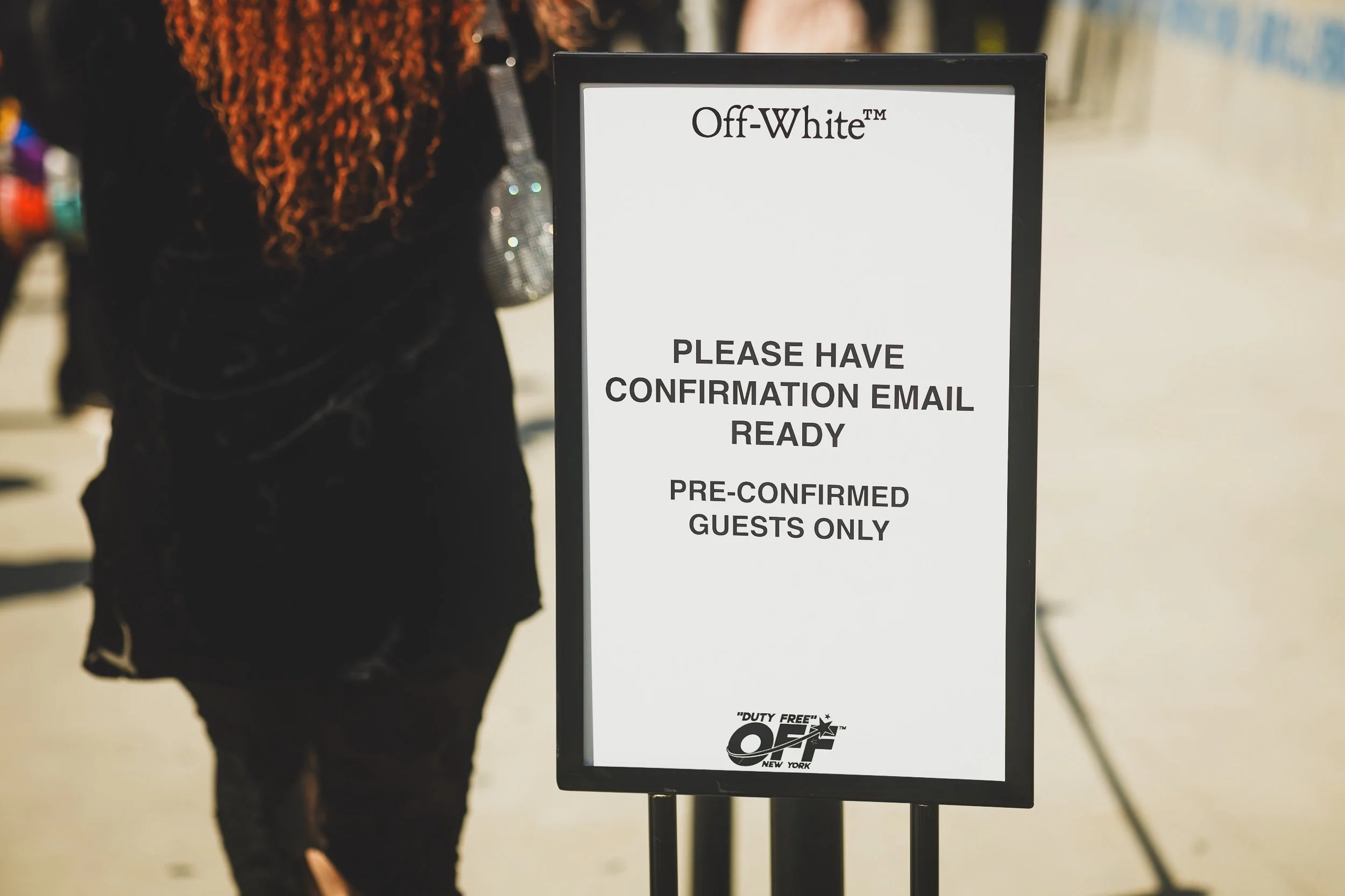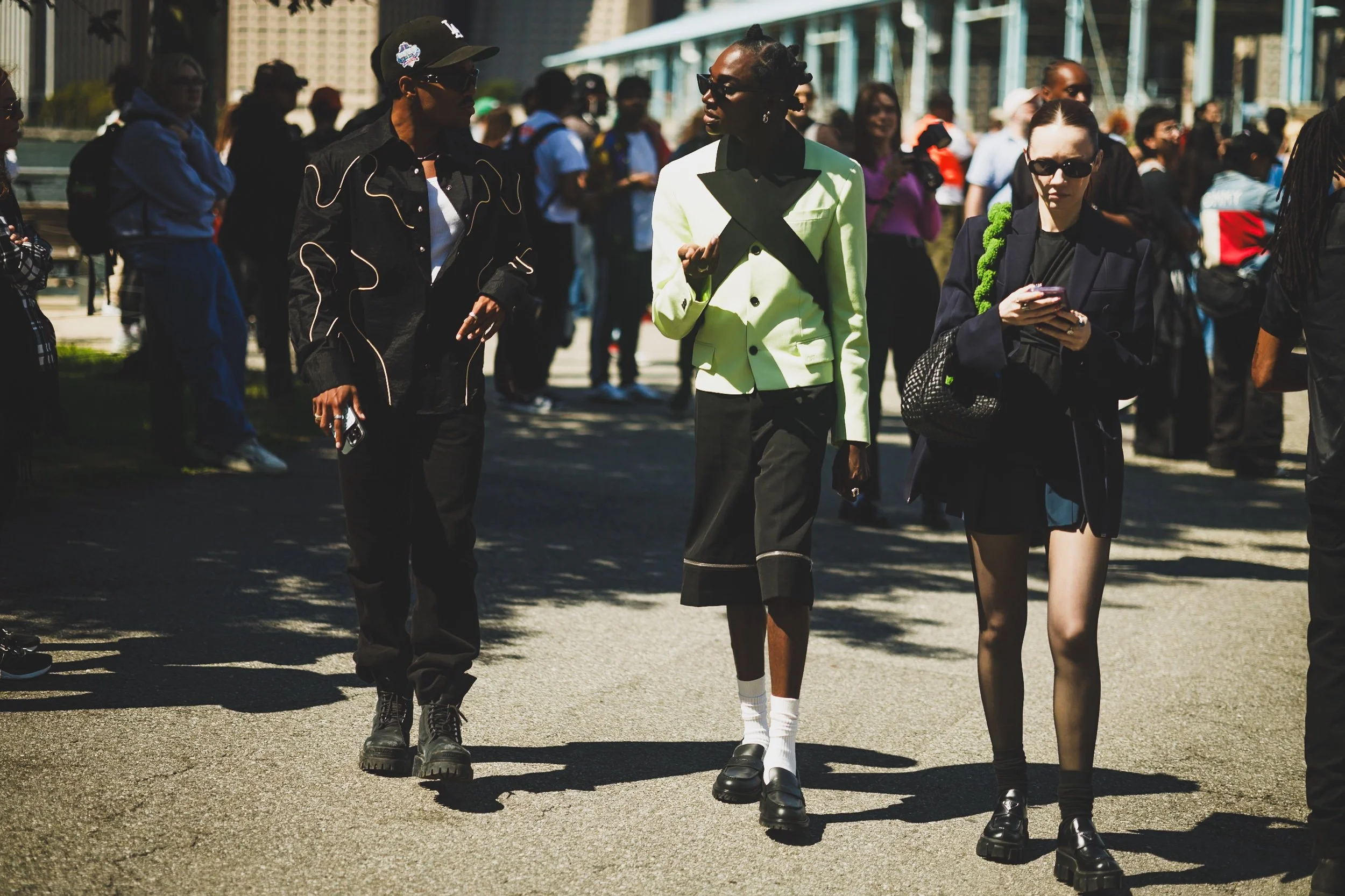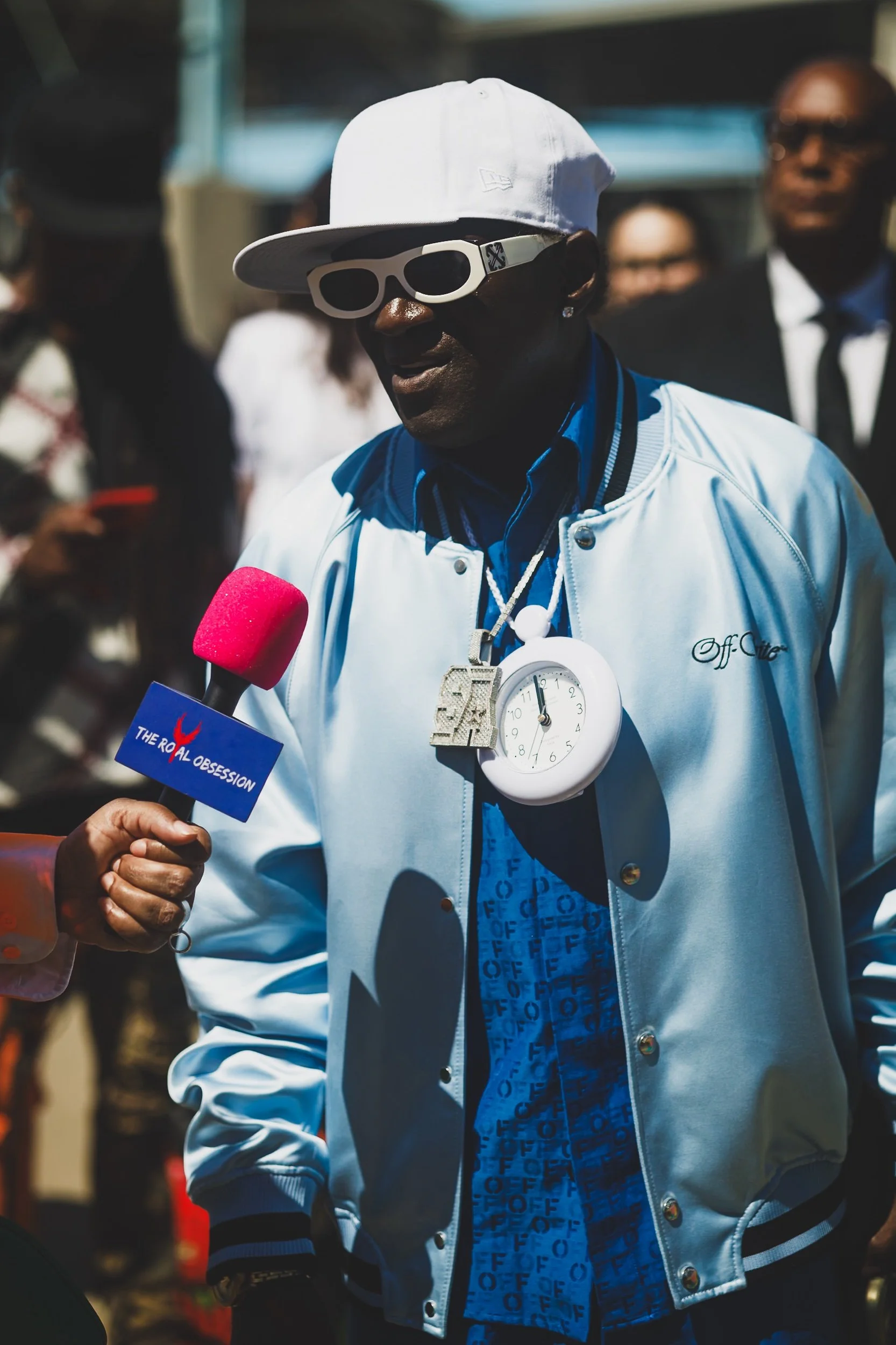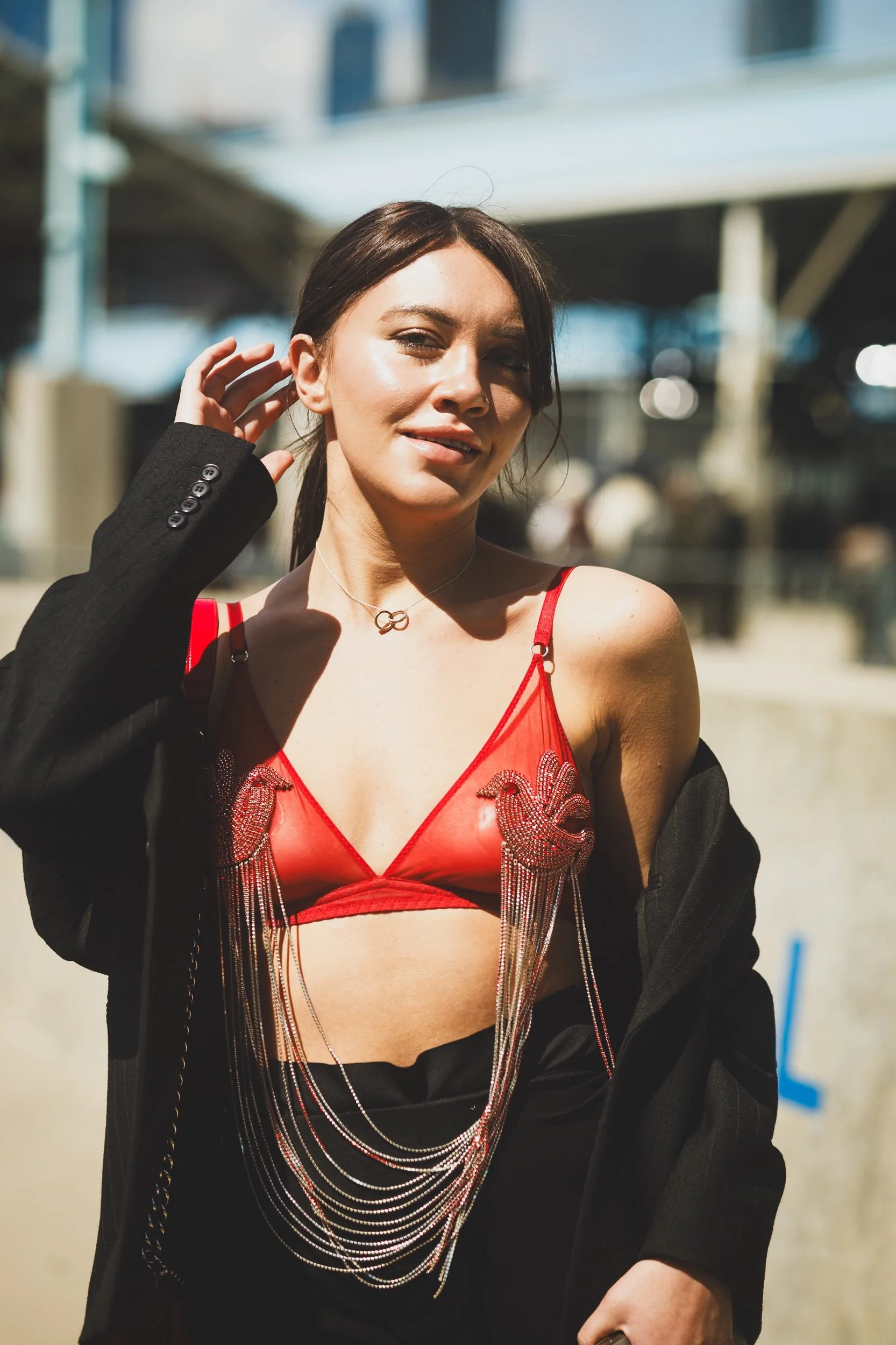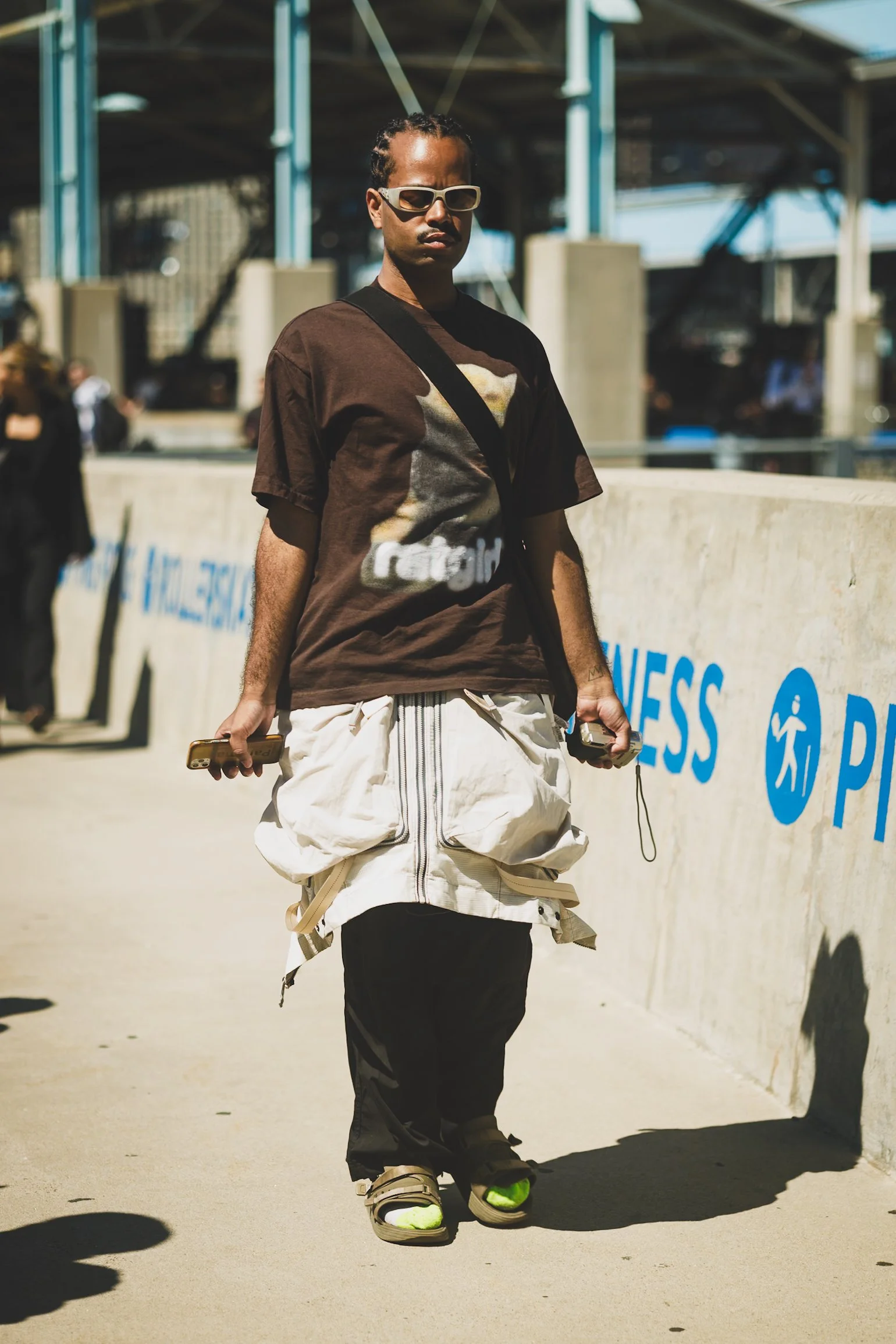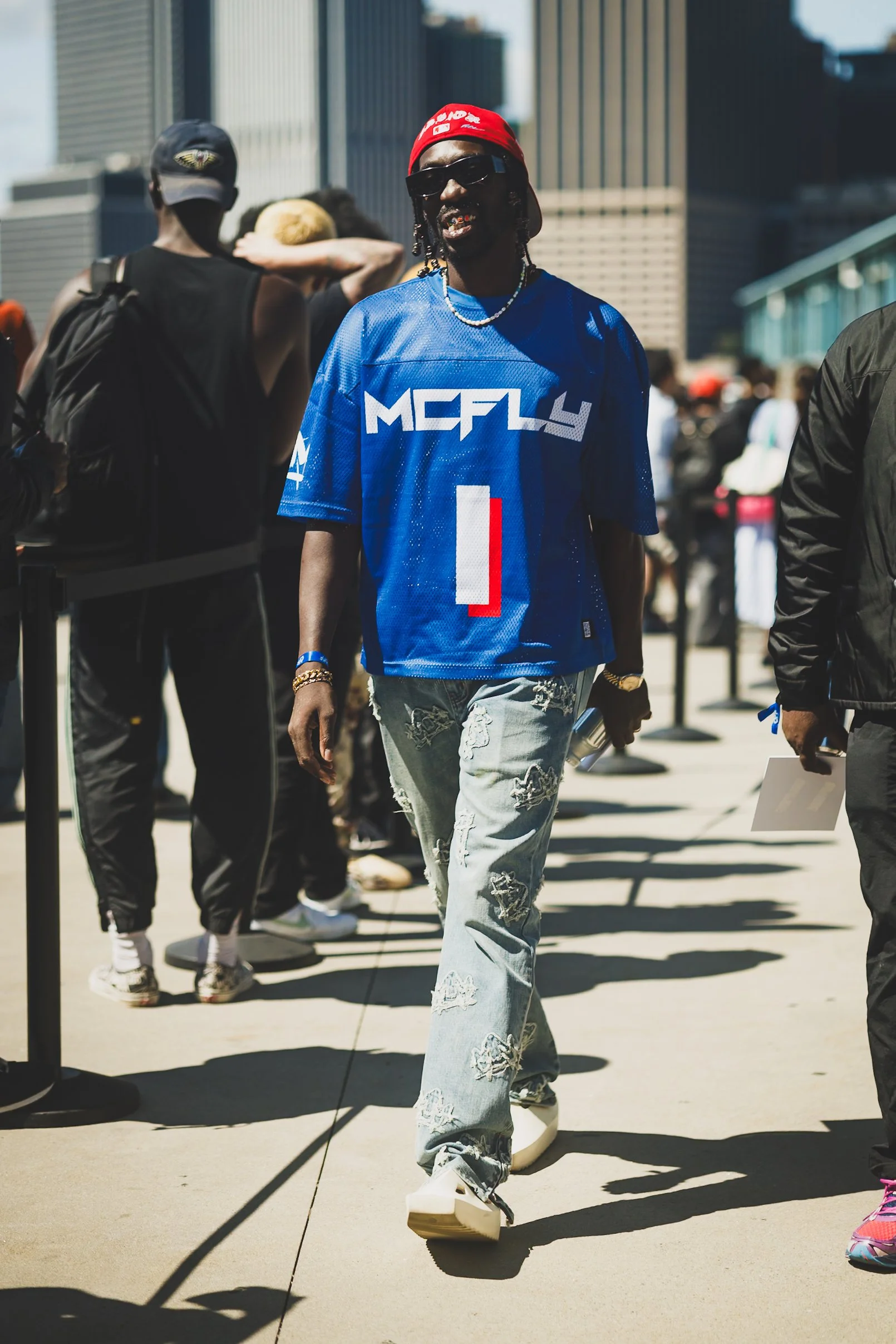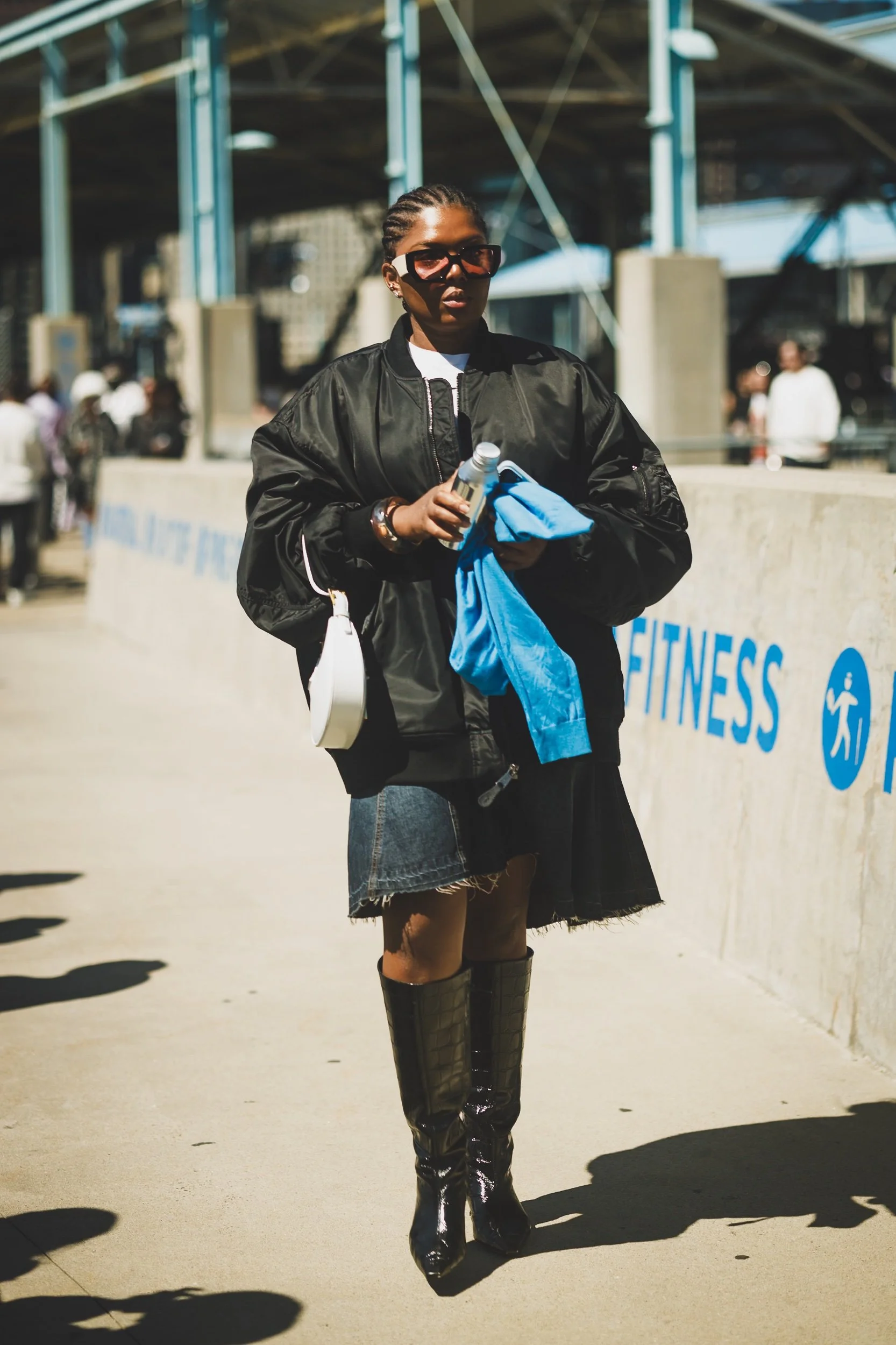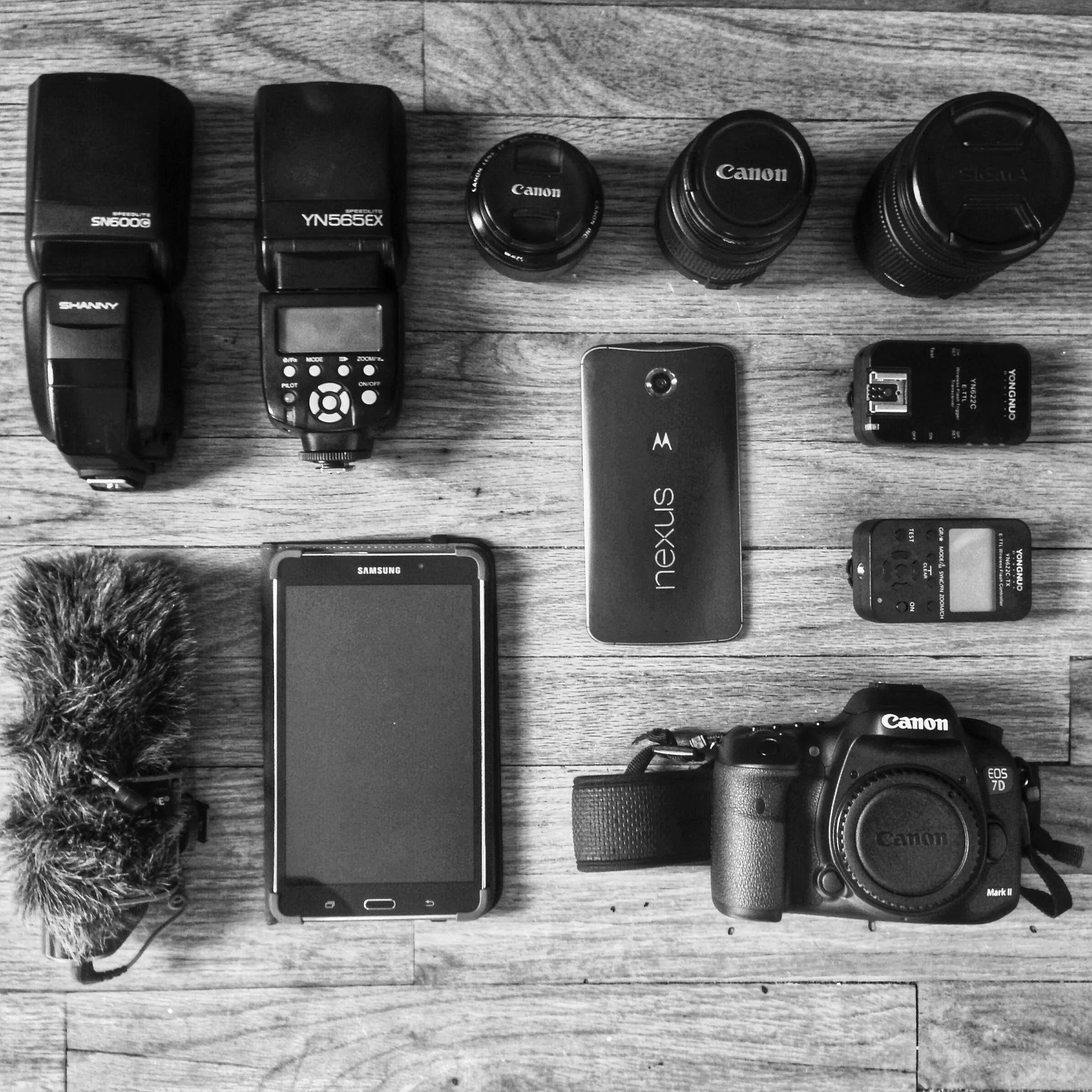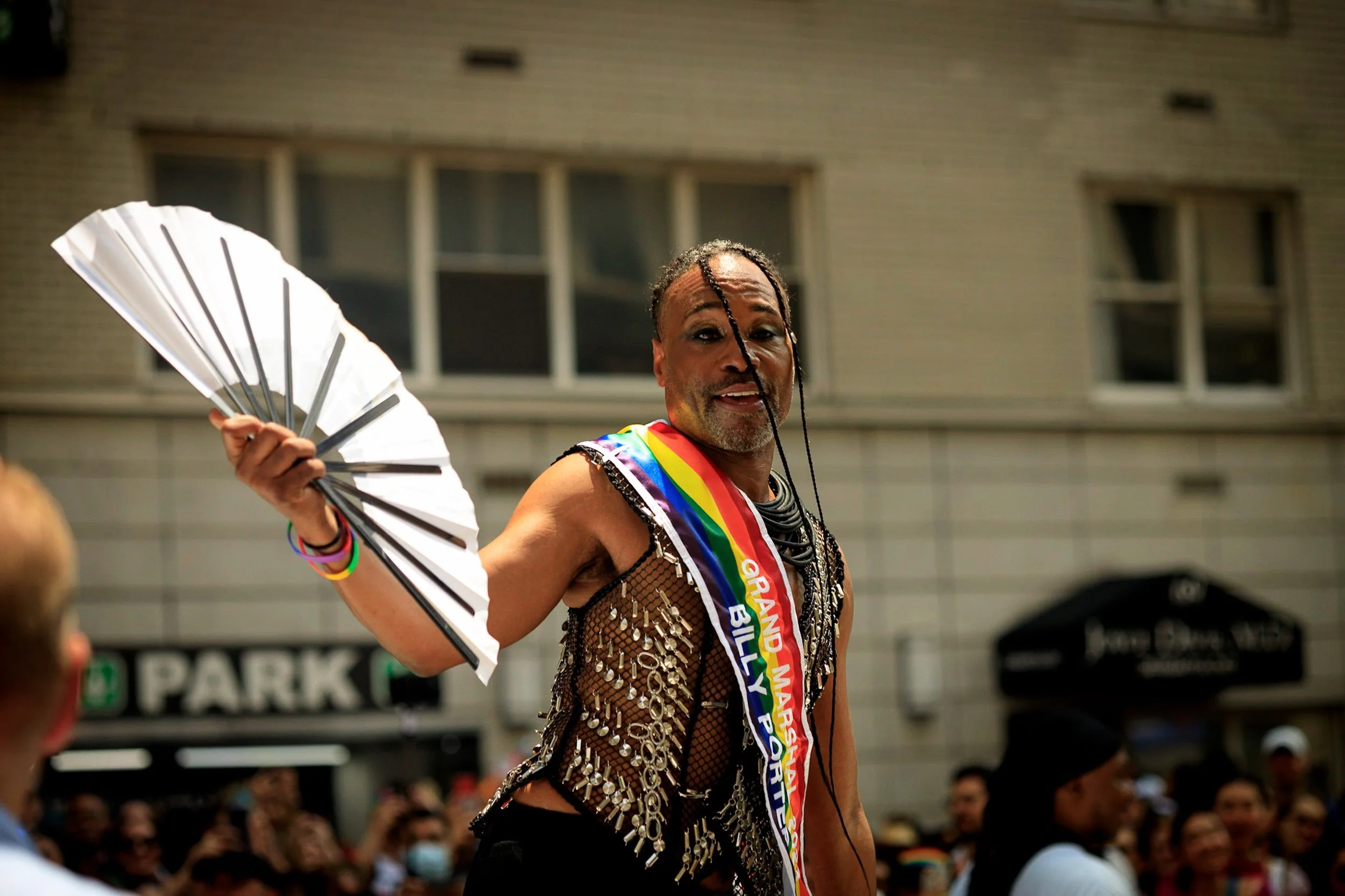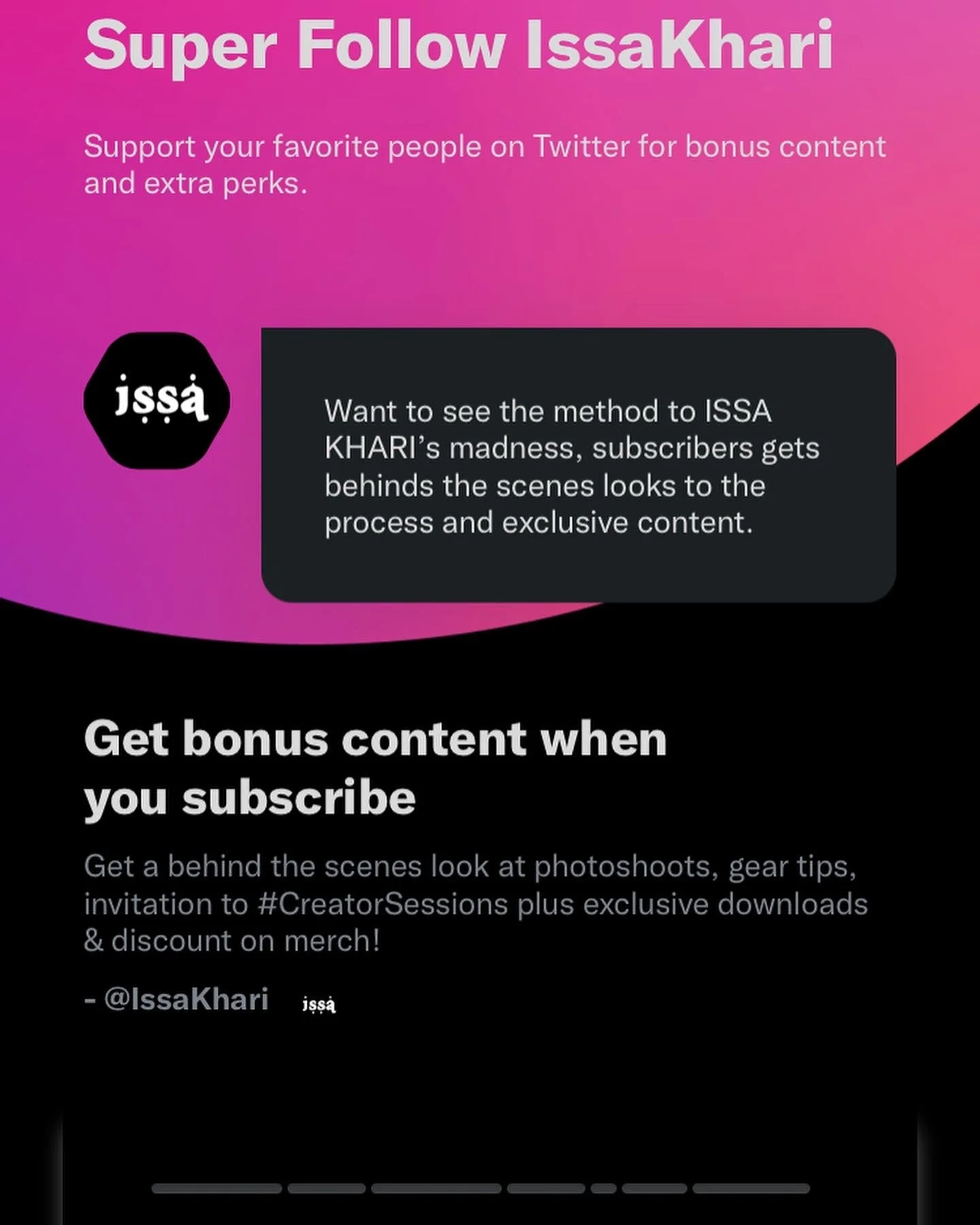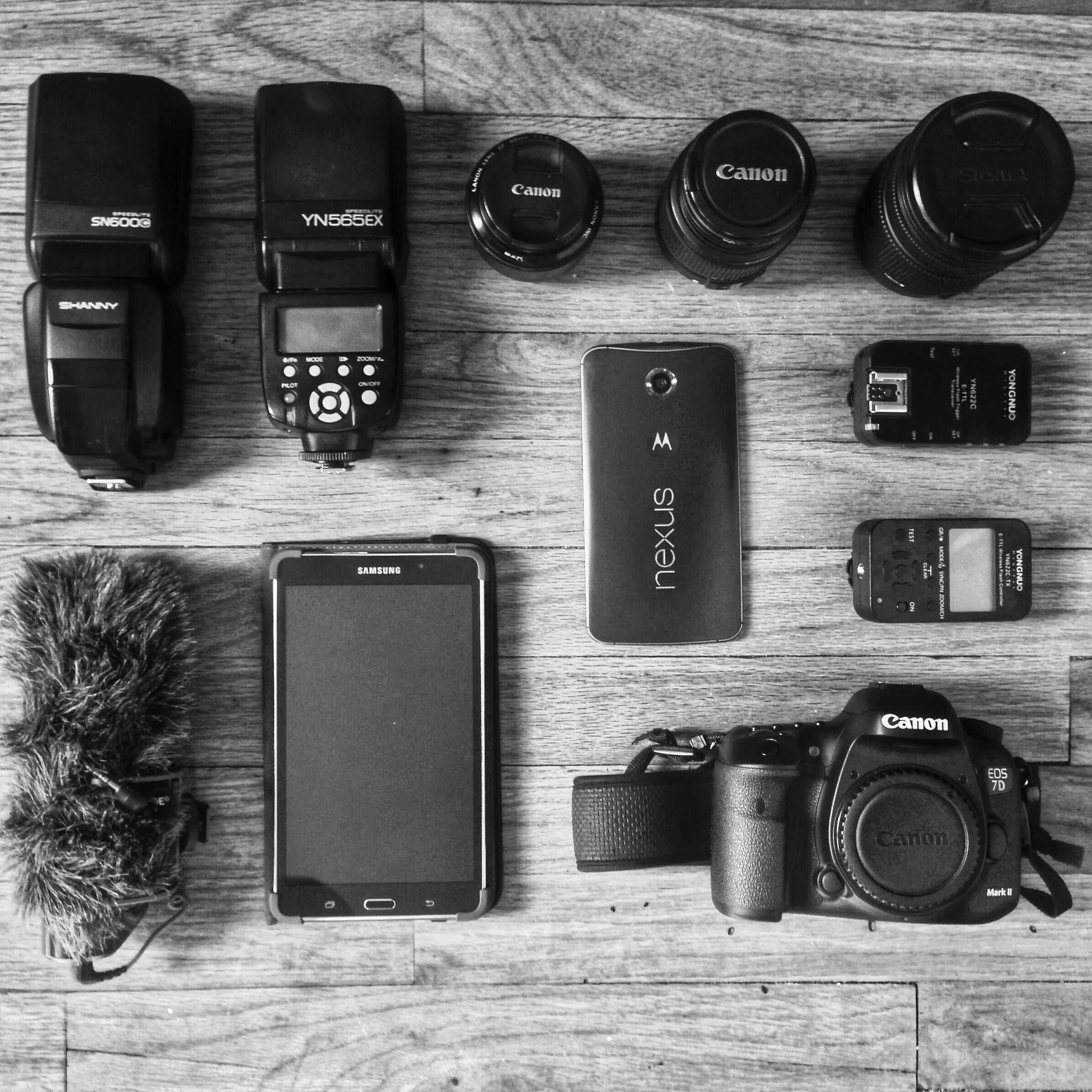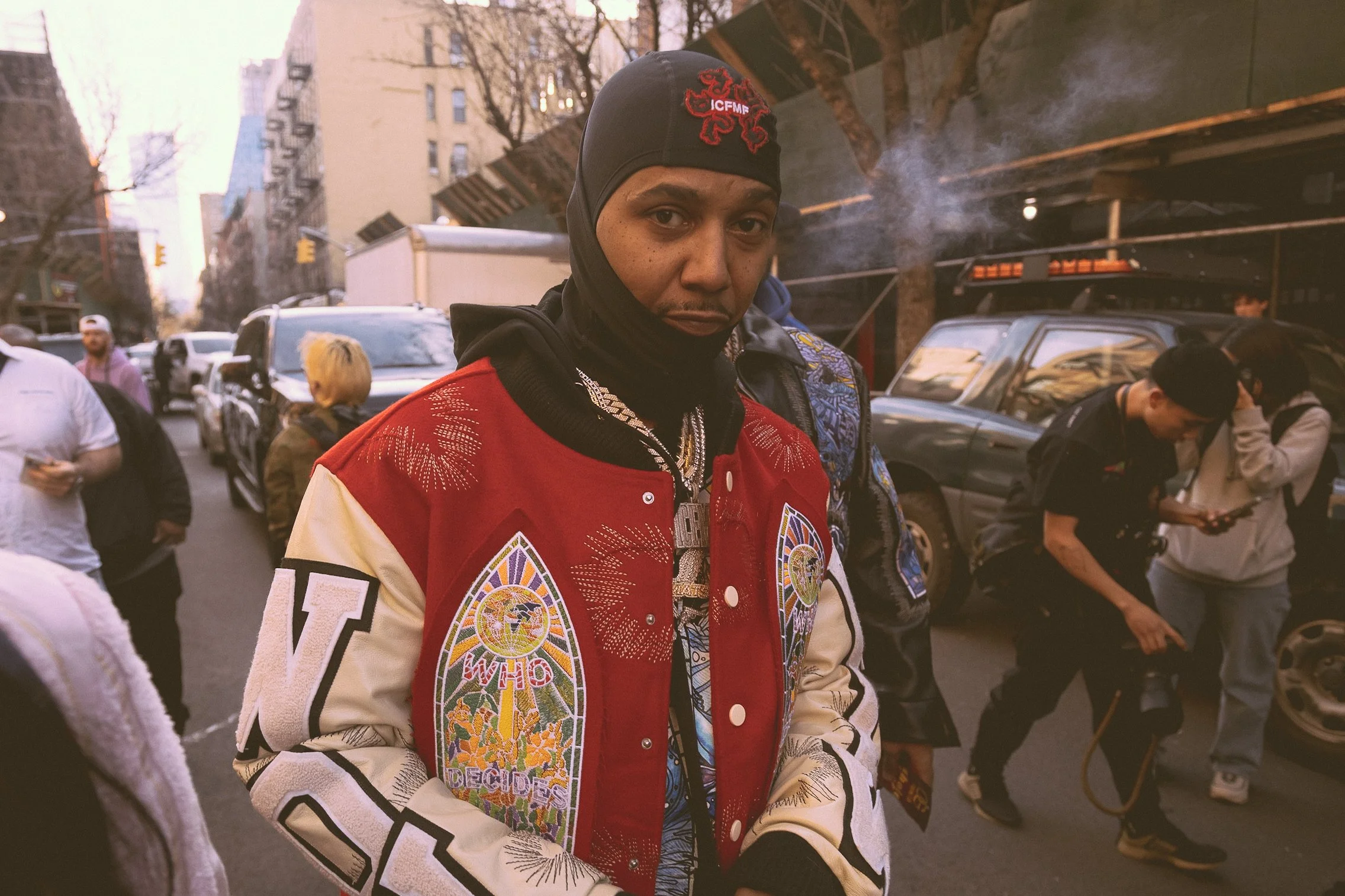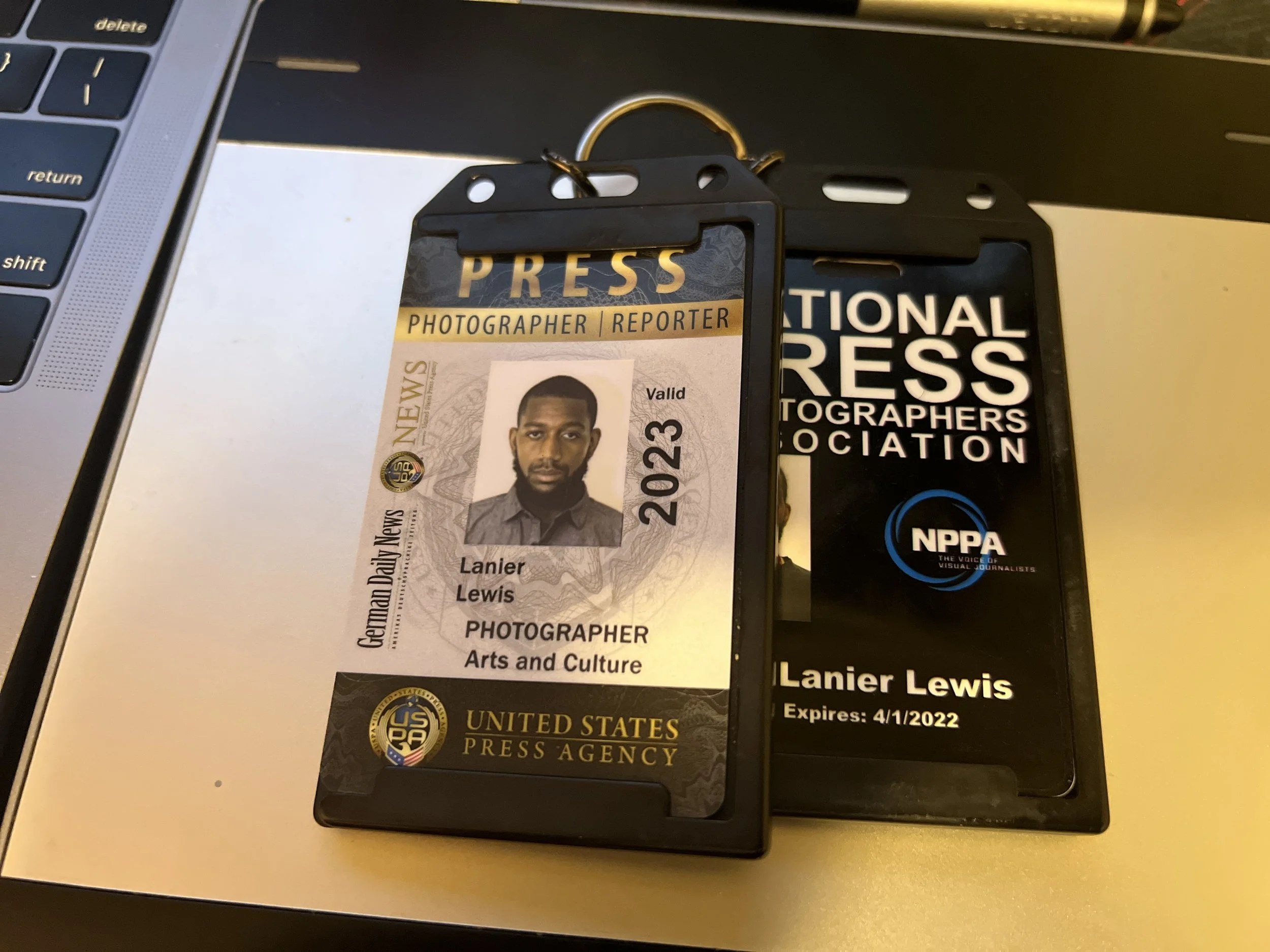How to get a job at fashion week?
Securing a job during Fashion Week presents a remarkable opportunity for anyone looking to establish a career in the fashion industry. While many of these positions may not offer financial compensation, the benefits they provide are invaluable. One of the primary advantages is the chance to build a strong network of connections with industry professionals, from designers to influencers, which can lead to future collaborations. Additionally, participating in such a high-profile event significantly enhances your resume, demonstrating your experience in a competitive environment.
Securing a job during Fashion Week presents a remarkable opportunity for anyone looking to establish a career in the fashion industry. While many of these positions may not offer financial compensation, the benefits they provide are invaluable. One of the primary advantages is the chance to build a strong network of connections with industry professionals, from designers to influencers, which can lead to future collaborations. Additionally, participating in such a high-profile event significantly enhances your resume, demonstrating your experience in a competitive environment.
Fashion Week also offers a unique insight into the meticulous planning and execution behind runway shows, providing an inspiring perspective on the industry. Given the fast-paced nature of this event, many brands are eager to welcome extra help, making it easier for newcomers to get involved. To maximize these opportunities, effective job searching techniques are essential. Utilizing Google for job openings, venue information, and event details can keep you informed in the busy atmosphere of cities like Paris and New York.
Reaching out via email to various fashion brands ahead of time is crucial, as hiring often begins months prior to the event. Persistence in following up can improve your chances of receiving responses. Leveraging personal and professional connections through platforms like LinkedIn and Instagram can also lead to valuable job leads. Attending industry-related events provides additional opportunities for personal networking.
Creativity is key during this period; expressing your personal style in your job search—through unique resumes or imaginative cover letters—can help you stand out. Flexibility is also important, as the dynamic nature of Fashion Week may demand long hours and various responsibilities. While many roles are unpaid, internships and volunteer opportunities allow for meaningful experience and networking, helping you carve out your niche in the fashion world.
Finally, it’s vital to express genuine enthusiasm for the industry while maintaining professionalism in all communications. By presenting yourself as reliable and dedicated, you can cultivate a positive reputation that not only expands your network but also opens the door to future opportunities. Overall, while challenges exist, the rewards of securing a position during Fashion Week may well be worth the effort for those passionate about fashion.
What are Content Credentials?
Content Credentials are a new kind of tamper-evident metadata. It allows creators to add extra information about themselves and their creative process directly to their content at export or download. This information allows creators to receive more recognition for their work, connect with others online, and enhance transparency for their audience.
Content Credentials, a novel tamper-evident metadata, empowers creators to directly add extra information about themselves and their creative process to their content during export or download. This enhanced transparency fosters greater recognition for their work, facilitates online connections, and enhances audience understanding.
Part of the expanding ecosystem of technologies through the Content Authenticity Initiative (CAI), Adobe, alongside CAI members in media, creativity, and civil society, is committed to restoring trust online by establishing a standardized method for sharing digital content without compromising essential contextual details, such as the creator’s identity, creation date, and process.
In collaboration with the CAI, Adobe co-founded the Coalition for Content Provenance and Authenticity (C2PA) to develop an open, global standard for sharing this information across platforms and websites (extending beyond Adobe products). Content Credentials serves as an implementation of this standard.
Why utilize Content Credentials?
Sharing content transparently with Content Credentials is a straightforward approach to building credibility and trust with viewers by providing more information about yourself and your creative process. It also aids in combating the spread of misinformation and disinformation online.
Content Credentials enable you to attach your identity and contact information to your work, offering individuals multiple avenues to discover and connect with you when they encounter your content online.
How do Content Credentials function?
Content Credentials attach additional information to content during export or download, securely stored in a tamper-evident set of metadata known as a Content Credential. This Content Credential accompanies its corresponding content, ensuring that individuals can enjoy content and context together.
Over time, as a piece of content undergoes various editing and processing stages, it can accumulate multiple Content Credentials. This creates a version history that individuals can explore and utilize to make more informed trust decisions regarding that content.
How Can Content Credentials benefit photographers?
Content credentials are increasingly valuable for photographers in today's digital landscape, where images can be easily shared and manipulated. These credentials serve as a type of digital signature embedded in a photograph's metadata, providing verifiable proof of authenticity and helping to maintain the integrity of their work, especially in critical fields like journalism and documentary photography.
By attaching content credentials, photographers can assert ownership and protect their intellectual property. This includes important details like the creator’s name, creation date, and licensing information, which aids in tracking unauthorized use. In a climate where deepfakes and AI-generated images are prevalent, content credentials also build trust with viewers and clients by assuring them that the work is genuine and unaltered.
Furthermore, content credentials can streamline the attribution process, ensuring that photographers receive proper credit even as their images spread across various platforms. In cases of misuse—such as alterations that distort the original context—these credentials can help photographers demonstrate the original intent and content of their work.
Embracing content credentials can also provide a professional edge in a competitive market, signaling reliability and transparency to clients, galleries, and publications. Initiatives like the Content Authenticity Initiative (CAI), supported by Adobe and others, strive to establish standards for these practices, enabling photographers to embed credentials at the moment of creation.
In summary, content credentials empower photographers to safeguard their art, reputation, and income in the digital era, effectively functioning as a passport for their images to prove authenticity and origin.
What are some use cases for Content Credentials?
Content Credentials are particularly valuable for creators who want to attach credit and usage details to their work, making it more transparent for their audience. They can be used by both casual and professional artists for various purposes, such as:
- Creator Attribution
Creators can use Content Credentials to ensure they receive credit for their content as it’s published and shared. They can also specify how they prefer it to be used by others. Additionally, creators can share their general editing process with their audience, providing a transparent overview of what went into producing their content without revealing the intricate details of their creative process.
- Contact Information Sharing
Creators can share contact information, such as social media accounts and web3 addresses, using non-Adobe accounts. For more information on connecting accounts for creative attribution, refer to our guide.
- Generative AI Transparency
Content Credentials indicating the use of generative AI tools will be included with all content generated using Adobe Firefly. This initiative aims to promote transparency around the use of generative AI. In the future, Content Credentials from other Adobe apps will also support indicating that generative AI was employed in the creative process.
- Photojournalism
Photographers can capture image history, editing, and attribution details to share with their audiences. For a comprehensive demonstration of the complete use of Content Credentials, refer to our case study.
How are Content Credentials stored and recovered?
Content Credentials can be stored and recovered in three ways:
1. Attached to files: This method increases file sizes but maintains privacy. However, it reduces resilience and can be stripped from content when published or shared online.
2. Published to the Content Credentials cloud: This method reduces file sizes and enhances resilience. If Content Credentials are removed from content, they can be recovered using Verify. Verify may suggest possible matches for visually similar content.
3. Attached and published: This method combines the benefits of both previous methods.
If Content Credentials are missing after content is published online, it’s likely that the platform doesn’t yet support Content Credentials. However, if Content Credentials are posted to the Content Credentials cloud, they can be recovered using Verify.
Explore the growing Content Credentials ecosystem
You can find and interact with Adobe’s current Content Credentials implementations in Adobe Photoshop, Lightroom, and XD. Support for more Adobe apps is coming soon.
How to take good pictures: 5 Photography Tips For Beginners
Starting your photography journey can be both exciting and overwhelming.
Here are five essential tips for beginners to help you get the most out of your photography journey:
Starting your photography journey can be both exciting and overwhelming.
Here are five essential tips for beginners to help you get the most out of your photography journey:
1. Understand Your Camera Settings
Aperture: Controls the depth of field. A wide aperture (low f-number) creates a shallow depth of field, ideal for portraits. A narrow aperture (high f-number) keeps more of the scene in focus, which is great for landscapes.
Shutter Speed: Controls how long the camera's sensor is exposed to light. A fast shutter speed freezes motion, while a slow shutter speed can create motion blur.
ISO: Adjusts the camera's sensitivity to light. A low ISO is best for bright conditions, while a high ISO can help in low light but may introduce noise.
2. Study Light
Golden Hour: The hour after sunrise and the hour before sunset offer the most flattering natural light for photography. The light is soft and warm, creating beautiful shadows and highlights.
Natural vs. Artificial Light: Experiment with natural light and artificial light sources. Learn to manipulate light using diffusers, reflectors, and other tools to achieve the desired effect.
3. Learn the Basics of Composition
Rule of Thirds: Imagine your image is divided into nine equal parts by two equally spaced horizontal lines and two equally spaced vertical lines. Place the important elements along these lines or at their intersections.
Leading Lines: Use natural lines in your scene (like roads, rivers, or fences) to guide the viewer’s eye toward the main subject.
Framing: Use elements within your scene to create a ‘frame’ around your subject, which can add depth and focus.
4. Practice Regularly
Daily Practice: Take your camera with you and shoot every day. The more you practice, the more comfortable you will become with your camera and the principles of photography.
Challenge Yourself: Set specific goals or themes for your photography sessions to push your boundaries and learn new techniques.
5. Edit Your Photos
Post-Processing: Learn basic editing skills using software like Adobe Lightroom or Photoshop. Editing can enhance your photos, correct exposure issues, adjust colors, and crop images for better composition.
Develop a Style: Over time, you’ll develop a personal editing style. Consistency in editing can help create a recognizable look for your work.
Additional Tips:
Join a Photography Community: Engage with other photographers through online forums, social media, or local clubs. Sharing your work and receiving feedback can be incredibly valuable.
Study the Work of Others: Look at the work of renowned photographers to understand different styles and techniques. Try to analyze what makes their photos compelling.
By focusing on these fundamental tips, you'll build a strong foundation and continuously improve your photography skills. Enjoy the journey and keep experimenting!
Virality vs. Community Building: How To Approach Content Creation
In the digital age, content creation has become a pivotal aspect of marketing, personal branding, and community engagement. Two of the strategies available stand out for their distinct approaches and outcomes: aiming for virality and fostering community building. Both strategies have advantages and drawbacks, and understanding when and how to employ them can significantly impact your content strategy's success.
In the digital age, content creation has become a pivotal aspect of marketing, personal branding, and community engagement. Two of the strategies available stand out for their distinct approaches and outcomes: aiming for virality and fostering community building. Both strategies have advantages and drawbacks, and understanding when and how to employ them can significantly impact your content strategy's success.
Understanding Virality
What is Virality?
Virality refers to the rapid and widespread sharing of content across the internet. Viral content typically achieves significant visibility quickly, often driven by novelty, emotional impact, or relevance. The term "viral" is derived from how content spreads, akin to a virus, from person to person, exponentially increasing its reach.
Characteristics of Viral Content
Emotional Appeal: Content that elicits strong emotions such as joy, surprise, anger, or sadness is more likely to be shared.
Novelty and Uniqueness: Unique and original content stands out in a sea of information, capturing attention quickly.
Relatability: Content that resonates with a broad audience, often through common experiences or cultural references, has a higher chance of going viral.
High Shareability: Easy-to-share formats, such as short videos, memes, and infographics, enhance the likelihood of spreading content.
They said said it looks like this was his first day on earth! Lmfaooo pic.twitter.com/HJVDLh7omo
— ISSA KHARI (@IssaKhari) December 28, 2022
Benefits of Viral Content
Increased Visibility: Viral content can dramatically increase brand awareness and reach.
Cost-Effective: Achieving virality can result in massive exposure with minimal investment in paid promotions.
Quick Impact: The rapid spread of viral content can lead to immediate engagement and response from the audience.
Drawbacks of Virality
Short Lifespan: Viral content often has a fleeting presence, quickly losing relevance as trends shift.
Unpredictability: Virality is difficult to predict and control, making it a risky strategy.
Superficial Engagement: Viral content may attract attention but not necessarily lead to meaningful or sustained interactions with the brand.
Understanding Community Building
What is Community Building?
Community building involves creating and nurturing a dedicated group of followers or members who share common interests, values, or goals. This strategy focuses on long-term engagement, fostering relationships, and creating a sense of belonging among members.
Characteristics of Community Building
Consistent Engagement: Regular interaction through content, discussions, and events helps maintain a strong connection with the community.
Value-Driven Content: Content that provides value, whether through information, education, or entertainment, keeps community members engaged.
Authenticity and Trust: Building trust through transparency, authenticity, and responsiveness is crucial for community growth.
Shared Purpose: A clear and shared purpose or mission unites the community and fosters loyalty.
Benefits of Community Building
Message to the Black Photographers from @DapperDanHarlem… #NYFW
— ISSA KHARI (@IssaKhari) February 6, 2024
(Translation: 🗣highlight eachother as much as you try to highlight these celebrities) pic.twitter.com/XZFWSwmjdc
Loyal Audience: A strong community provides a loyal audience that supports the brand consistently.
Sustained Engagement: Unlike the fleeting nature of viral content, community engagement is more stable and long-lasting.
Organic Growth: A thriving community can lead to organic growth as members invite others with similar interests.
User-Generated Content: Community members often contribute their content, enriching the overall content pool.
Drawbacks of Community Building
Time-Intensive: Building and nurturing a community requires significant time and effort.
Slower Growth: Community building tends to be a slower process compared to the rapid visibility that viral content can achieve.
Resource Demanding: Maintaining high-quality interactions and content for the community can be resource-intensive.
Strategies for Viral Content Creation
Leveraging Emotional Triggers
Creating content that taps into strong emotions can significantly enhance its shareability. Emotions such as awe, amusement, and curiosity are powerful motivators for sharing.
Utilizing Trends and Timing
Staying abreast of current trends and leveraging timely events can boost the relevance and shareability of content. This includes capitalizing on holidays, news events, and trending topics.
Creating Visually Appealing Content
Visual content, particularly videos and infographics, tends to perform well regarding shares. Ensuring the content is high quality and visually engaging is crucial for virality.
Encouraging User Participation
Interactive content encouraging user participation, such as challenges, quizzes, or polls, can enhance engagement and shareability.
Strategies for Community Building
Regular and Meaningful Interaction
Consistent interaction with community members, through comments, discussions, and live events, helps build a sense of belonging and loyalty.
Providing Value and Education
Creating content that educates, informs, or entertains the community ensures that members find value in staying engaged. This can include tutorials, how-to guides, and insightful articles.
Fostering a Safe and Inclusive Environment
A positive and inclusive community environment encourages members to participate and share. Establishing clear guidelines and moderating interactions are essential for maintaining a healthy community.
Encouraging User-Generated Content
Inviting community members to contribute their content fosters a sense of ownership and participation. This can include guest posts, member spotlights, and collaborative projects.
My most liked photo on that other app. https://t.co/iawDde4Sa9 pic.twitter.com/NQTQbqIv8H
— ISSA KHARI (@IssaKhari) April 20, 2024
Balancing Virality and Community Building
While virality and community building may seem like mutually exclusive strategies, a balanced approach can leverage the strengths of both. Here’s how:
Integrating Viral Elements into Community Content
Incorporating elements that have the potential to go viral within your regular community content can enhance visibility while maintaining engagement. For instance, creating shareable snippets or highlights from community events can attract a broader audience.
Using Viral Content to Attract Community Members
Viral content can serve as a gateway to introduce new members to your community. Once you capture their attention with viral content, guide them toward deeper engagement and membership.
Sustaining Engagement Post-Virality
After achieving virality, ensure that you have mechanisms in place to sustain engagement. This includes follow-up content, exclusive offers, or invitations to join community platforms.
Monitoring and Adapting Strategies
Regularly monitor the performance of both viral and community-focused content. Use analytics to understand what resonates with your audience and adapt your strategies accordingly.
Case Studies
Case Study 1: ALS Ice Bucket Challenge
The ALS Ice Bucket Challenge is a prime example of viral content that also fostered a sense of community. The challenge went viral due to its unique and engaging format, but it also built a community around a common cause, raising significant awareness and funds for ALS research.
Case Study 2: Reddit
Reddit exemplifies community building with its diverse and highly engaged communities (subreddits). While specific posts or threads may go viral, the core value of Reddit lies in its robust community structure, where members consistently engage in meaningful discussions.
Case Study 3: GoPro
GoPro effectively balances virality and community building. Their user-generated content strategy encourages community members to share their adventures using GoPro cameras, leading to viral videos that simultaneously strengthen the GoPro community.
Conclusion
Virality and community building are both powerful content strategies, each with its unique advantages and challenges. By understanding the nuances of each approach, content creators can craft strategies that not only capture attention but also foster long-term engagement and loyalty. A balanced approach that leverages the strengths of both virality and community building can lead to sustained success in the ever-evolving digital landscape.
In summary, while the allure of virality can provide immediate and widespread visibility, the enduring value of community building lies in creating a loyal and engaged audience. By integrating the two strategies thoughtfully, content creators can achieve both short-term impact and long-term growth.
Pride NYC 2023
Pride March (NYC) is hands down one of my favorite events to shoot, and I always look forward to it on my calendar. I didn’t make it out to Dance Africa (B.A.M. Africa) so this is the first major event I’m covering this year and wanted to push myself to create those immersive photos I was known for back when I did event photography.
The Pride March (NYC) is hands down one of my favorite events to shoot, and I always look forward to it on my calendar. I didn’t make it out to Dance Africa (B.A.M. Africa) so this is the first major event I’m covering this year and wanted to push myself to create those immersive photos I was known for back when I did event photography.
I attended my first Pride this year in New York City. I didn’t get the full experience being the official Pride march was a “virtual” event, however, i did get to cover several events over the weekend. Protests and gatherings in the city that i feel very much the true spirit of Pride as the community still fights for rights and respect throughout the world.
To achieve this i decide to bring out my trusty Canon 7D Mark II with my OG 24-105mm L lens. (You see below in the shots from the Washington Square Park Fountain shots where i really put this set up to use) as well as my daily setup of the Canon EOS R with the RF 85mm F/2 IS STM lens. With the 7D being almost 10 years old and the 24-105 even older i wanted to create a cohesive photoset that didn’t have a drop off in quality between the cameras. I would to see if yall can tell which camera is which in some of the telephoto shots.
I like to get my beauty sleep after staying til 3 am so naturally I made it out to the Pride March around the start time, ( which if you cover events like this you know its a ridiculous idea lol.) and with my luck, they started the march 30 mins early lmao. So I spend 15 minutes running around in hopes of finding a cool police officer that let me through the barricades of course this would never happen without those coveted press credentials I mentioned in a previous post. I eventually made it through and began to capture these beautiful moments you see below.
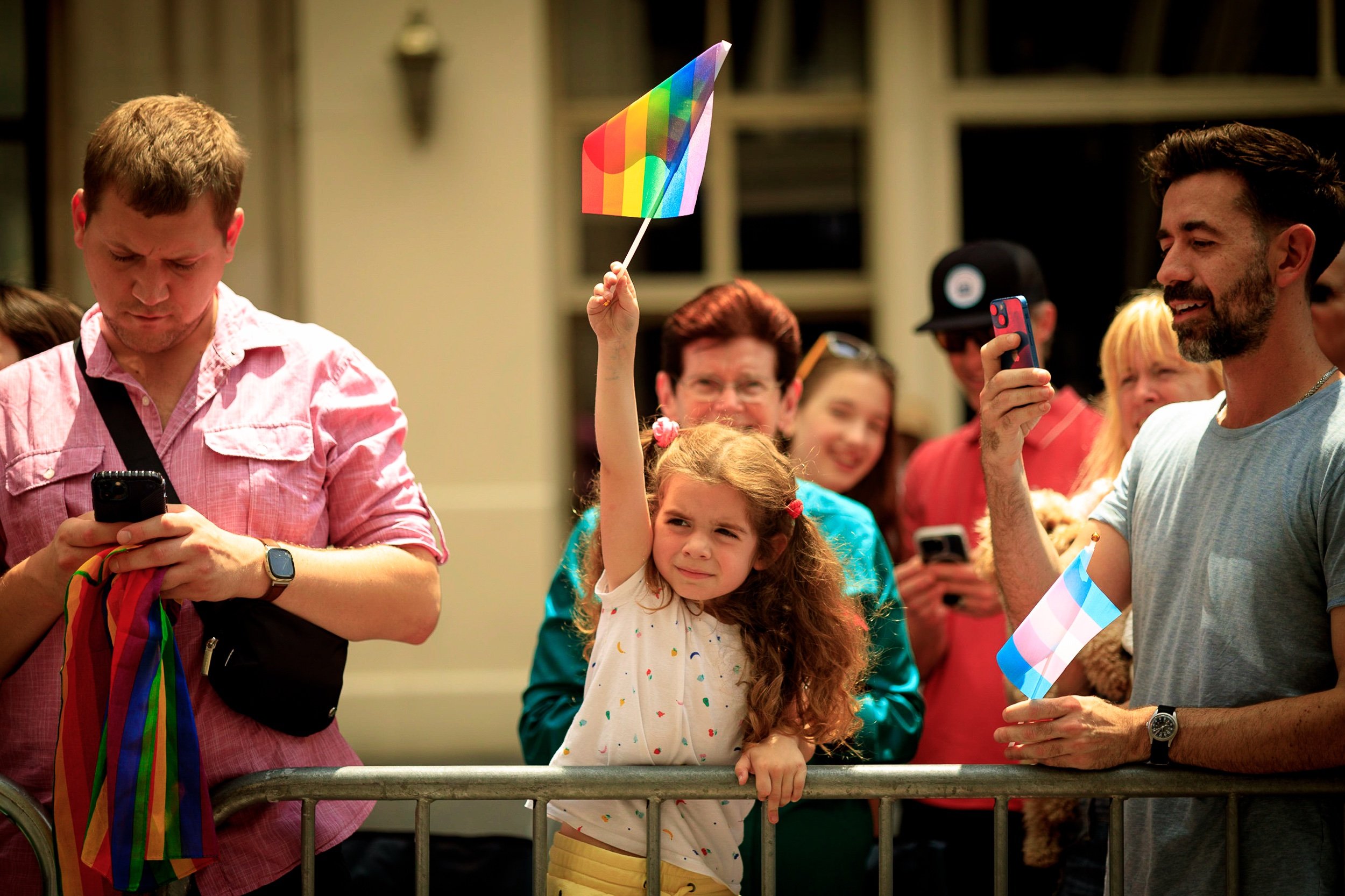
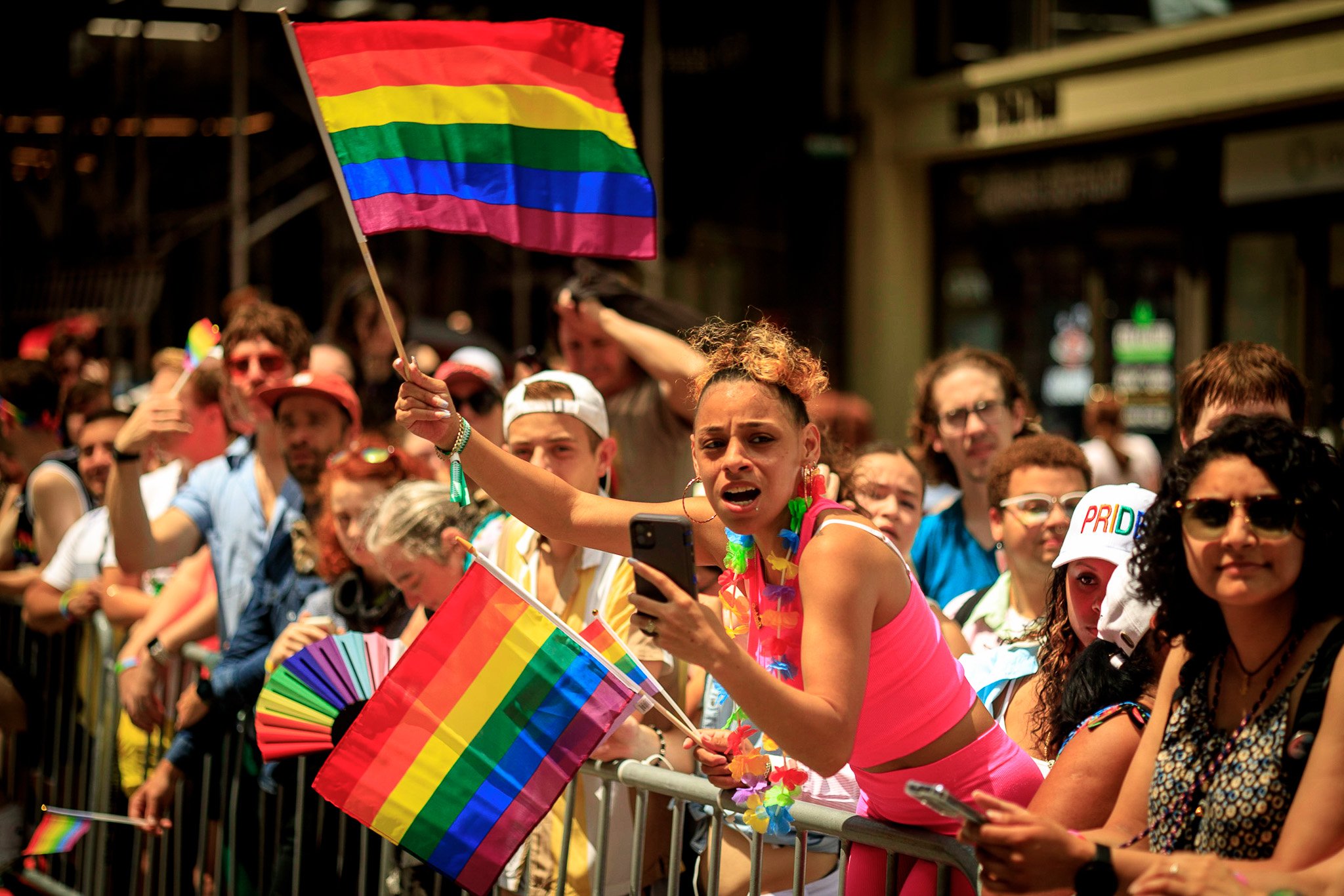
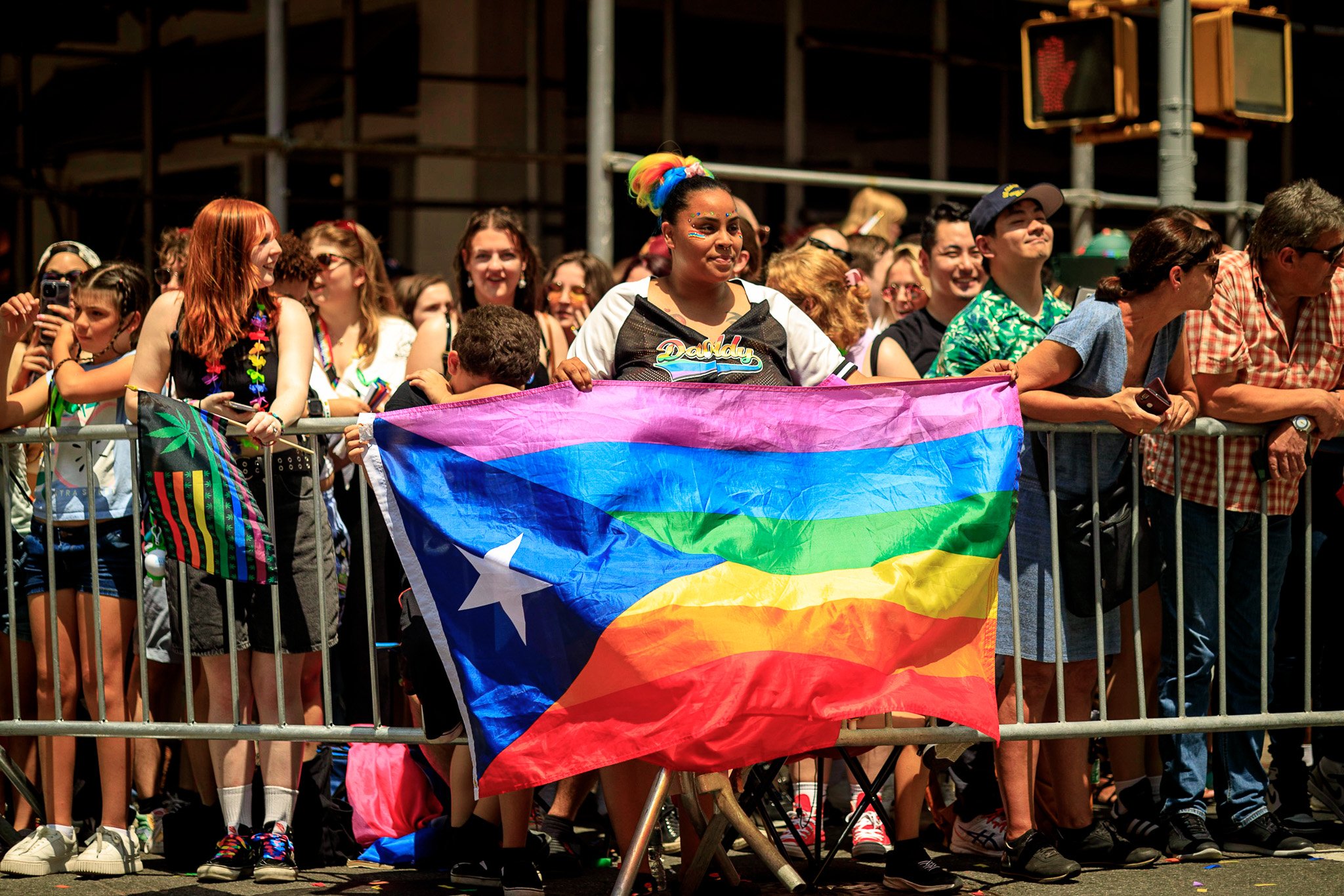
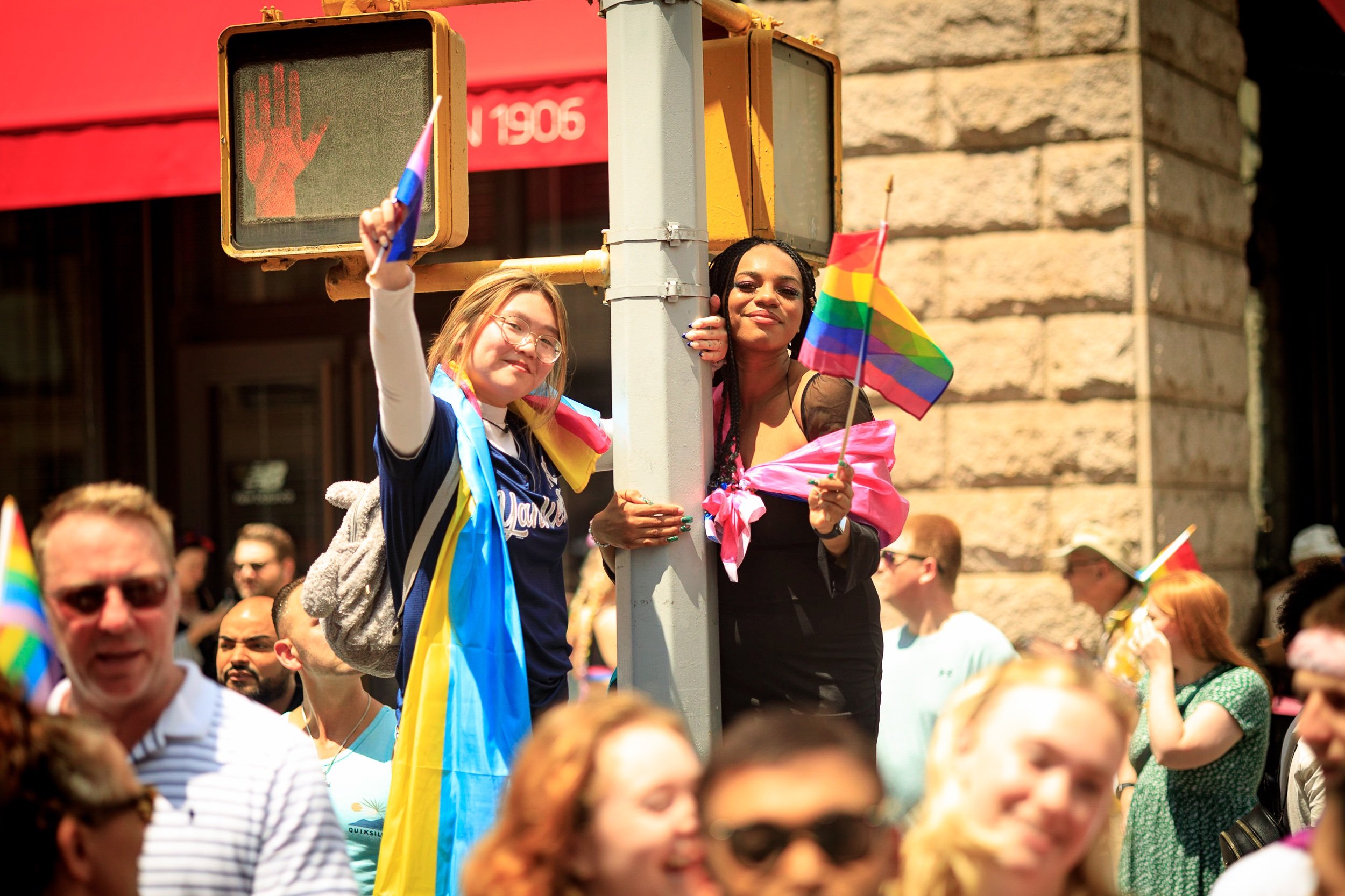
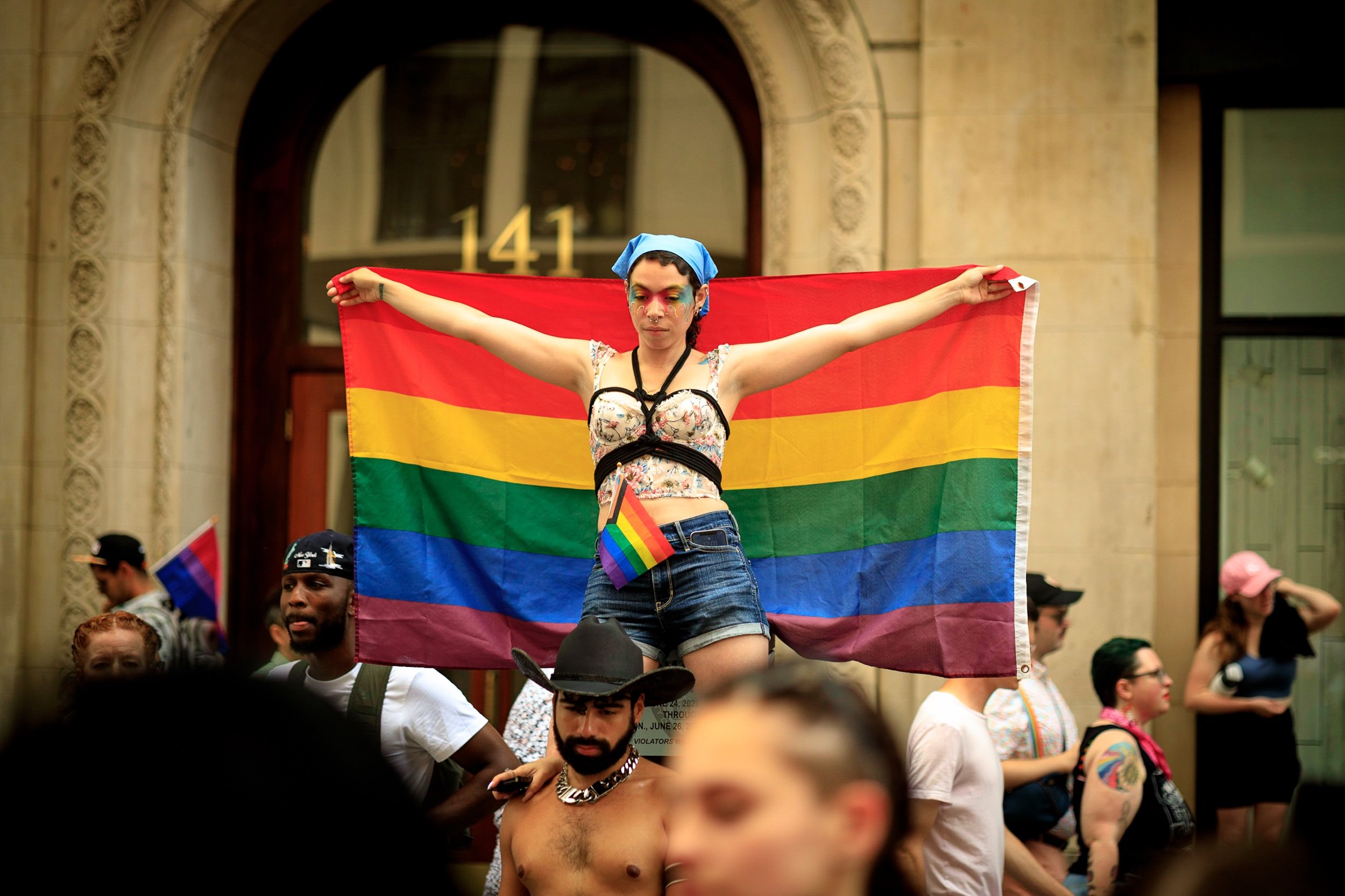
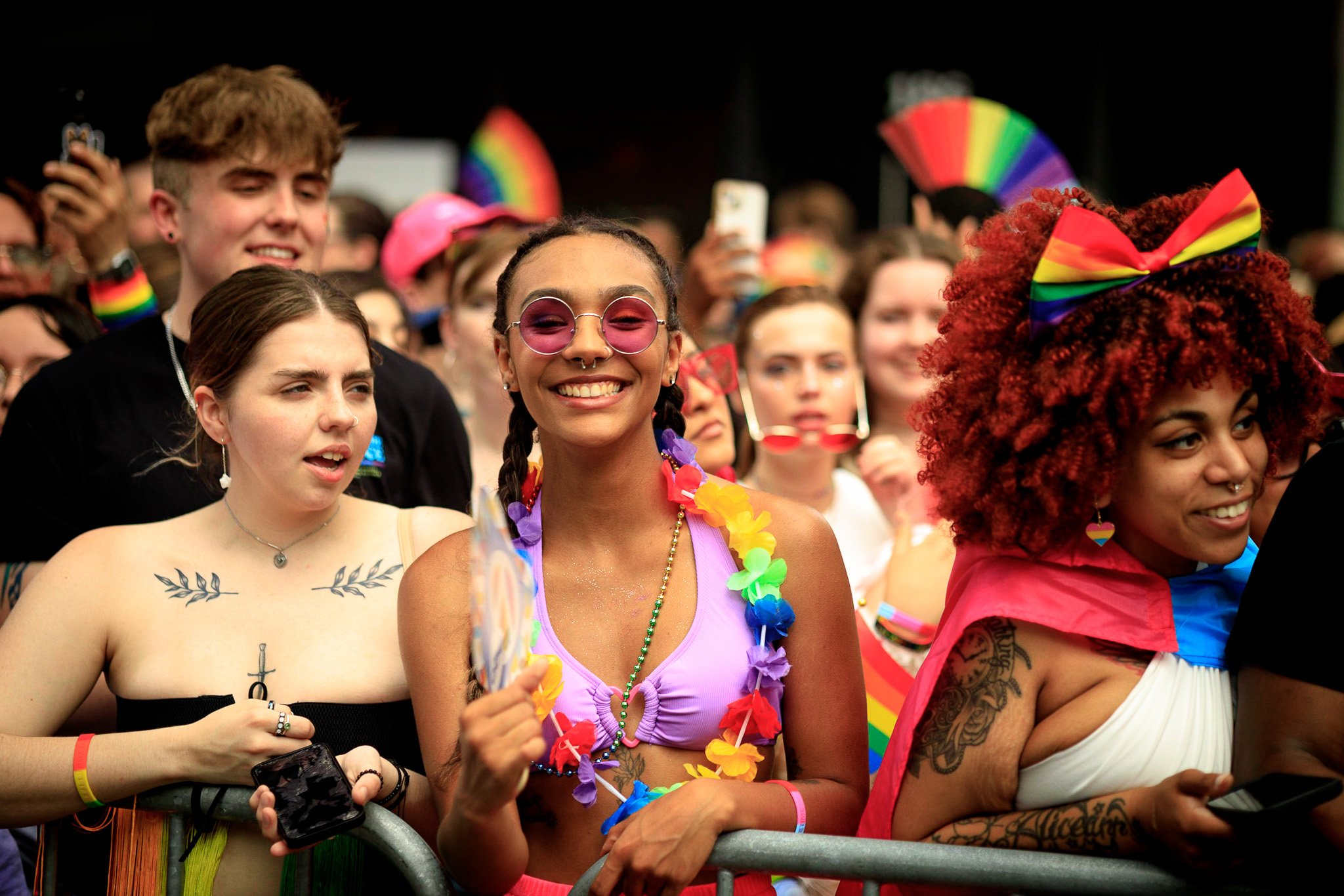
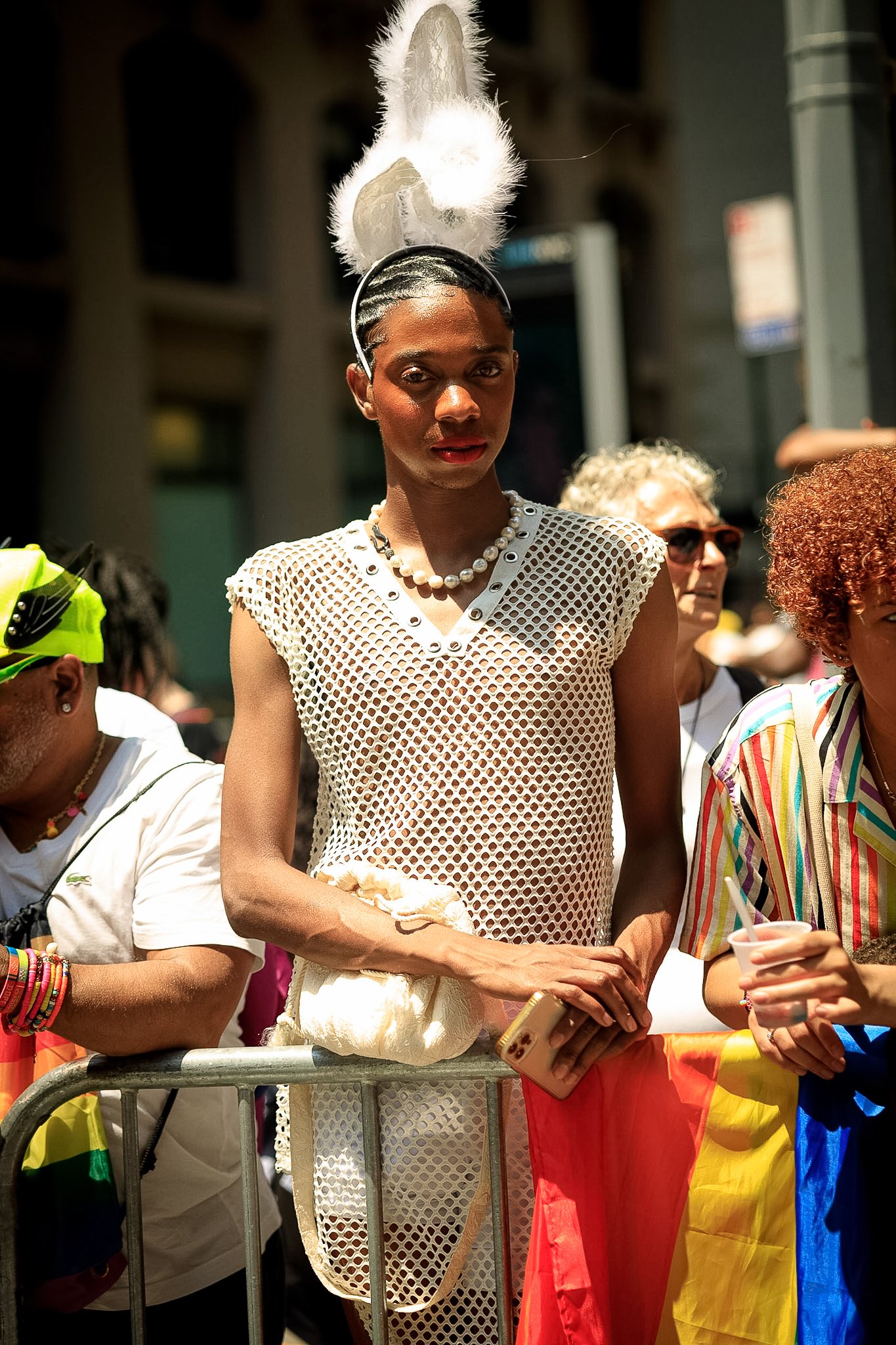
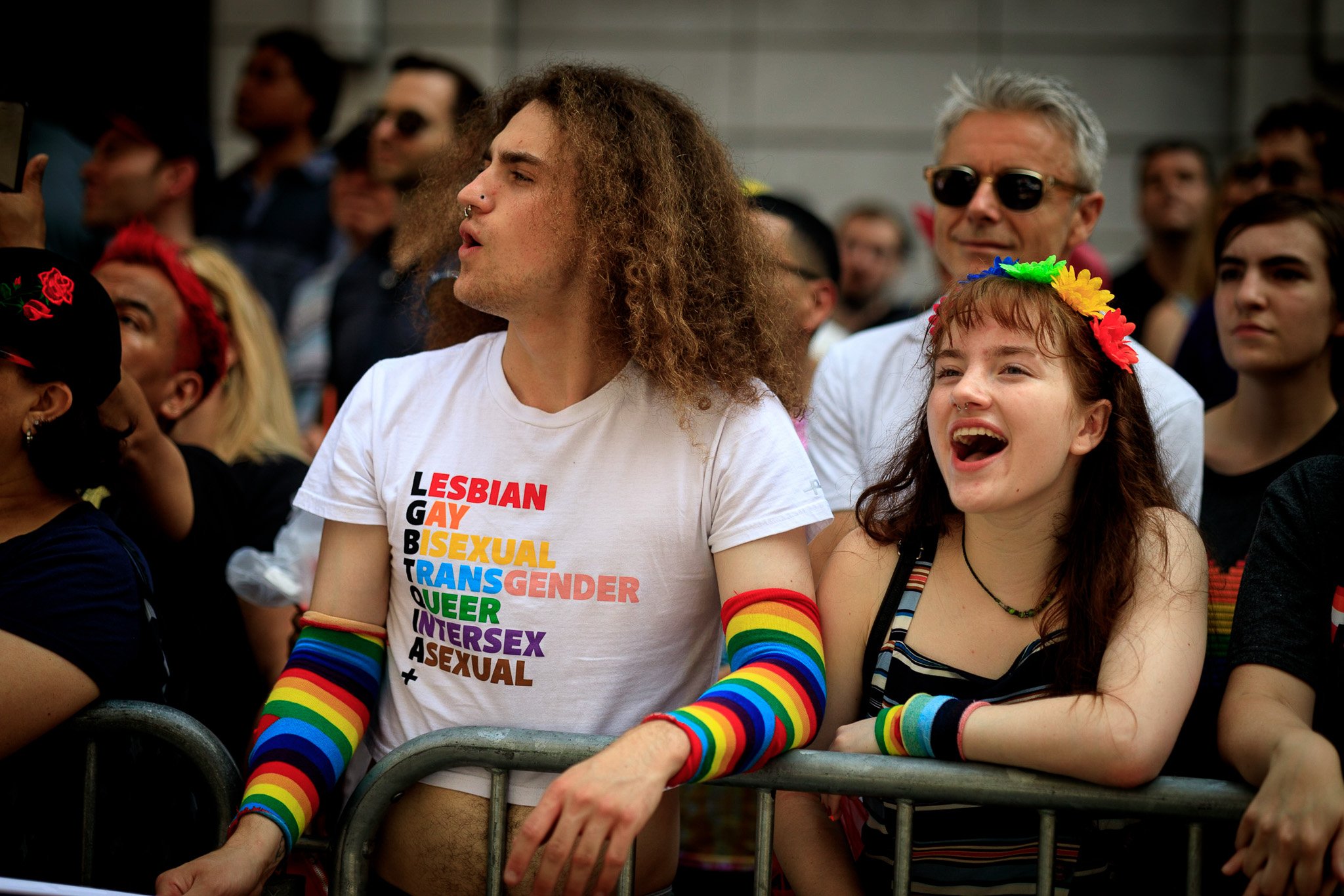
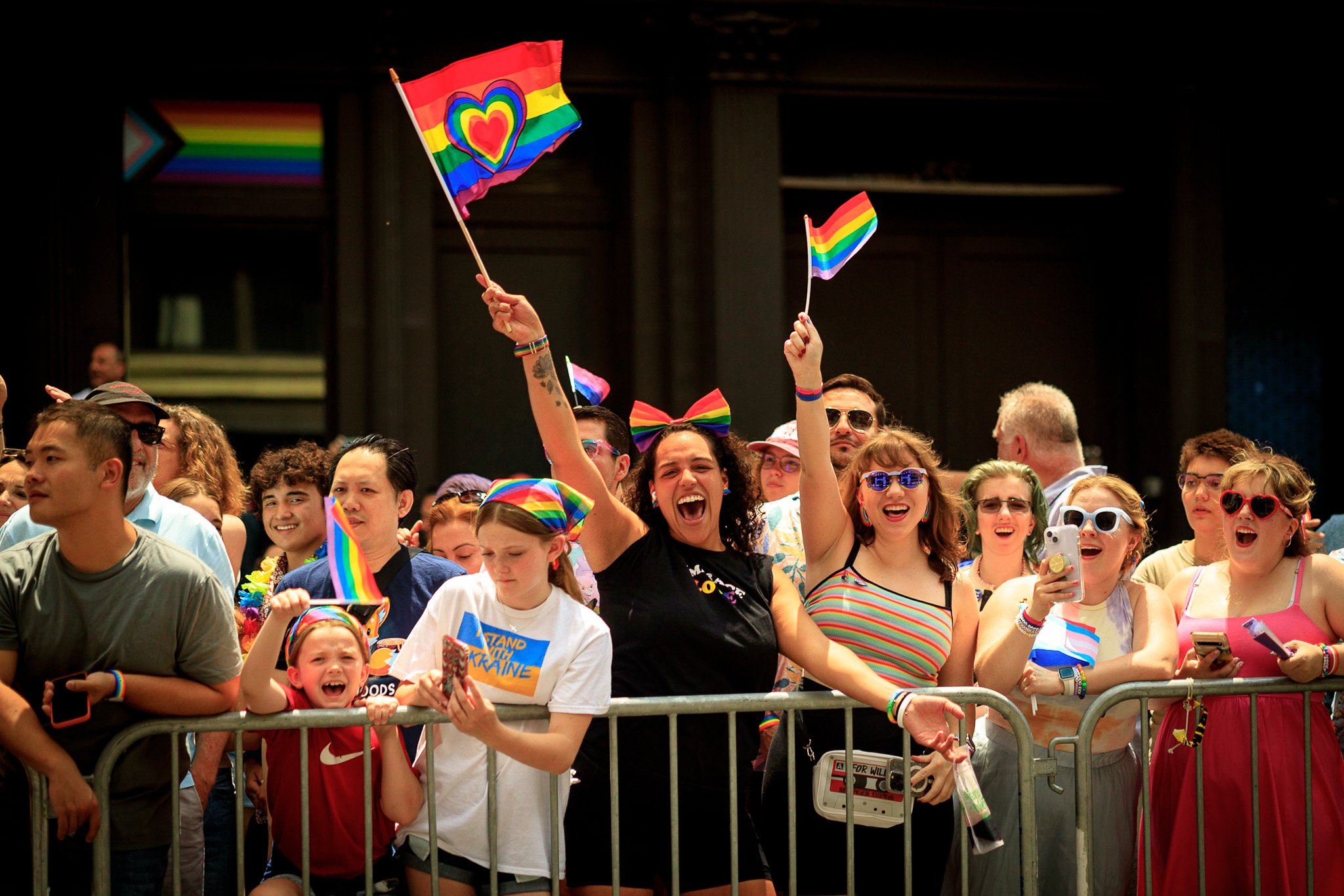
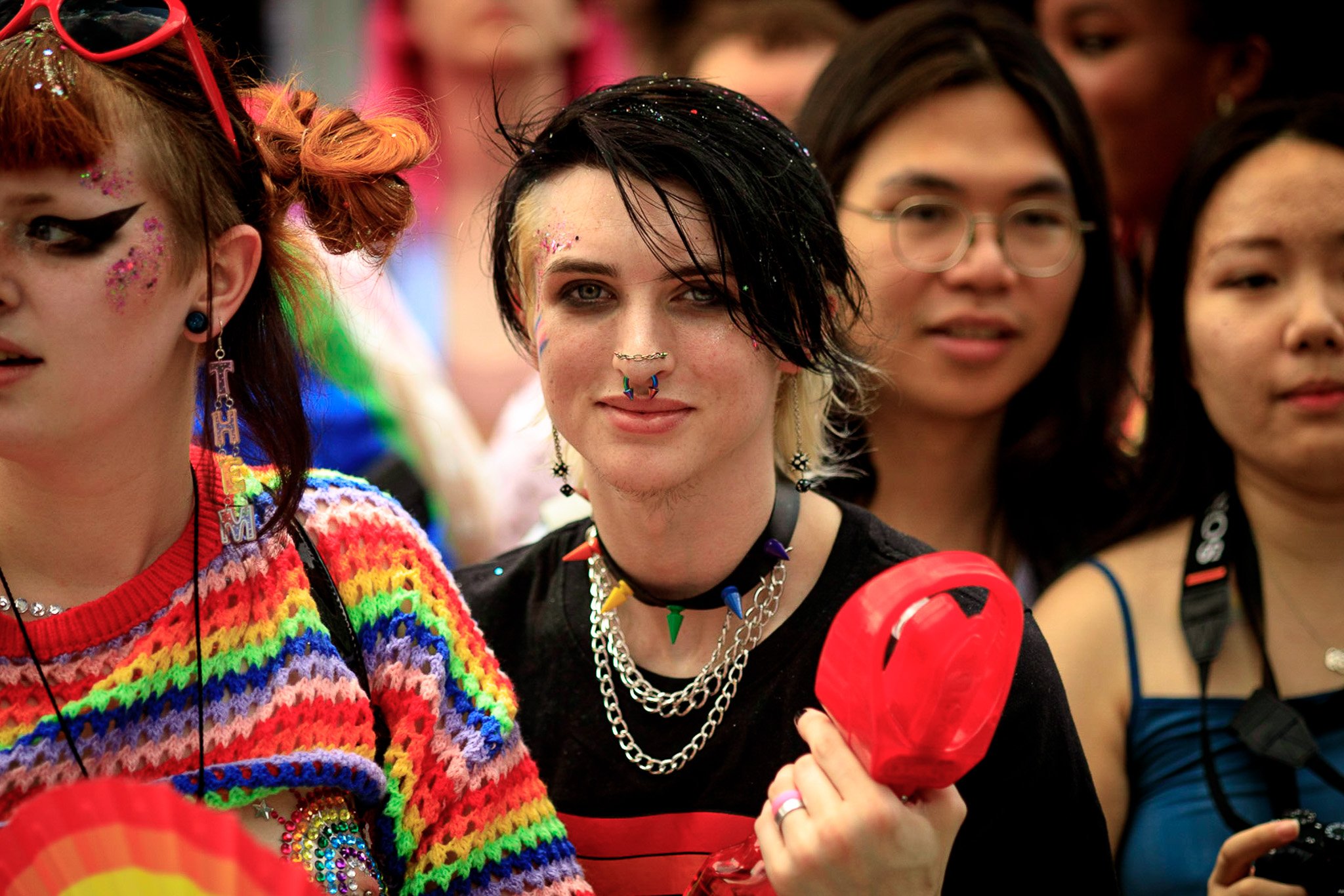
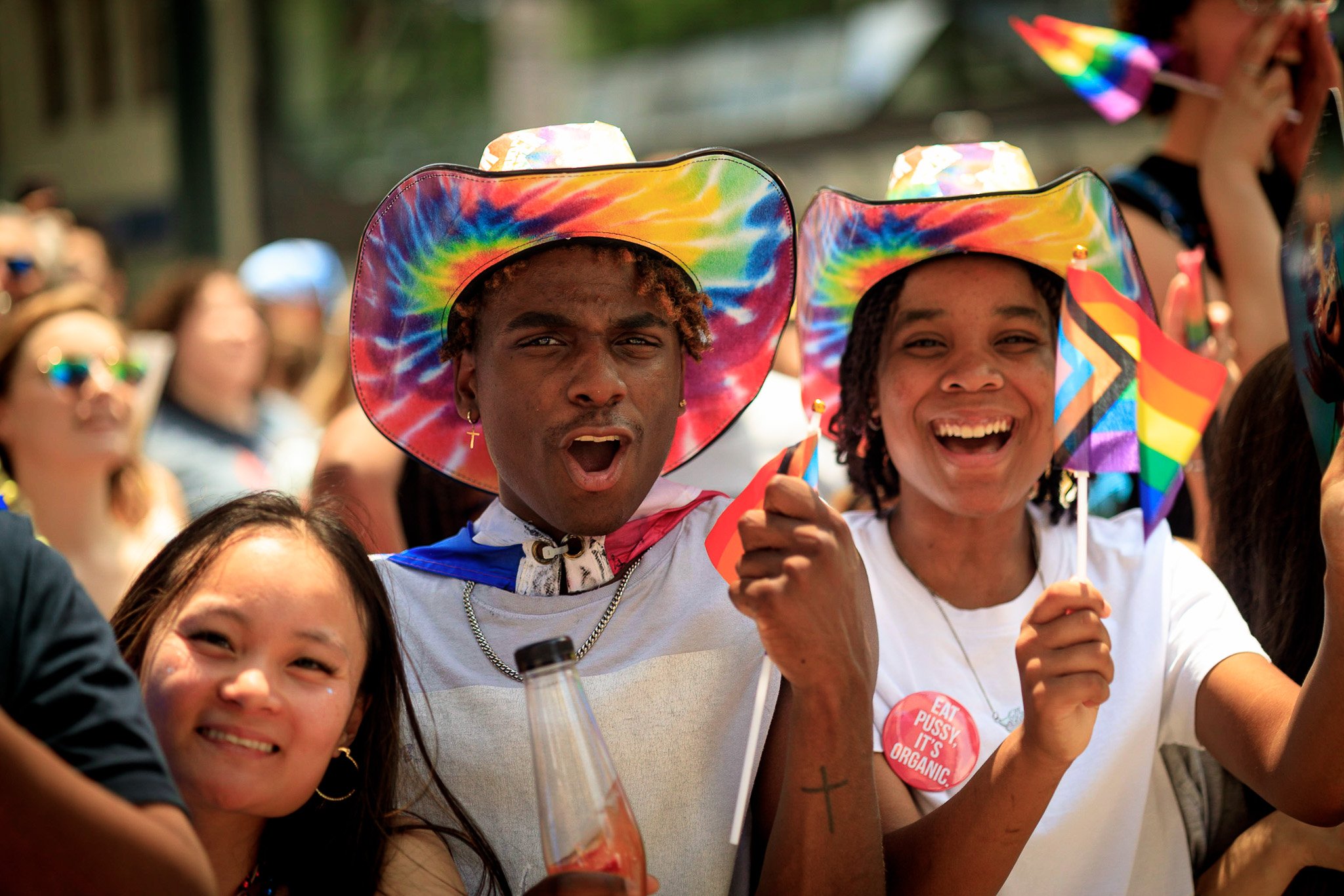
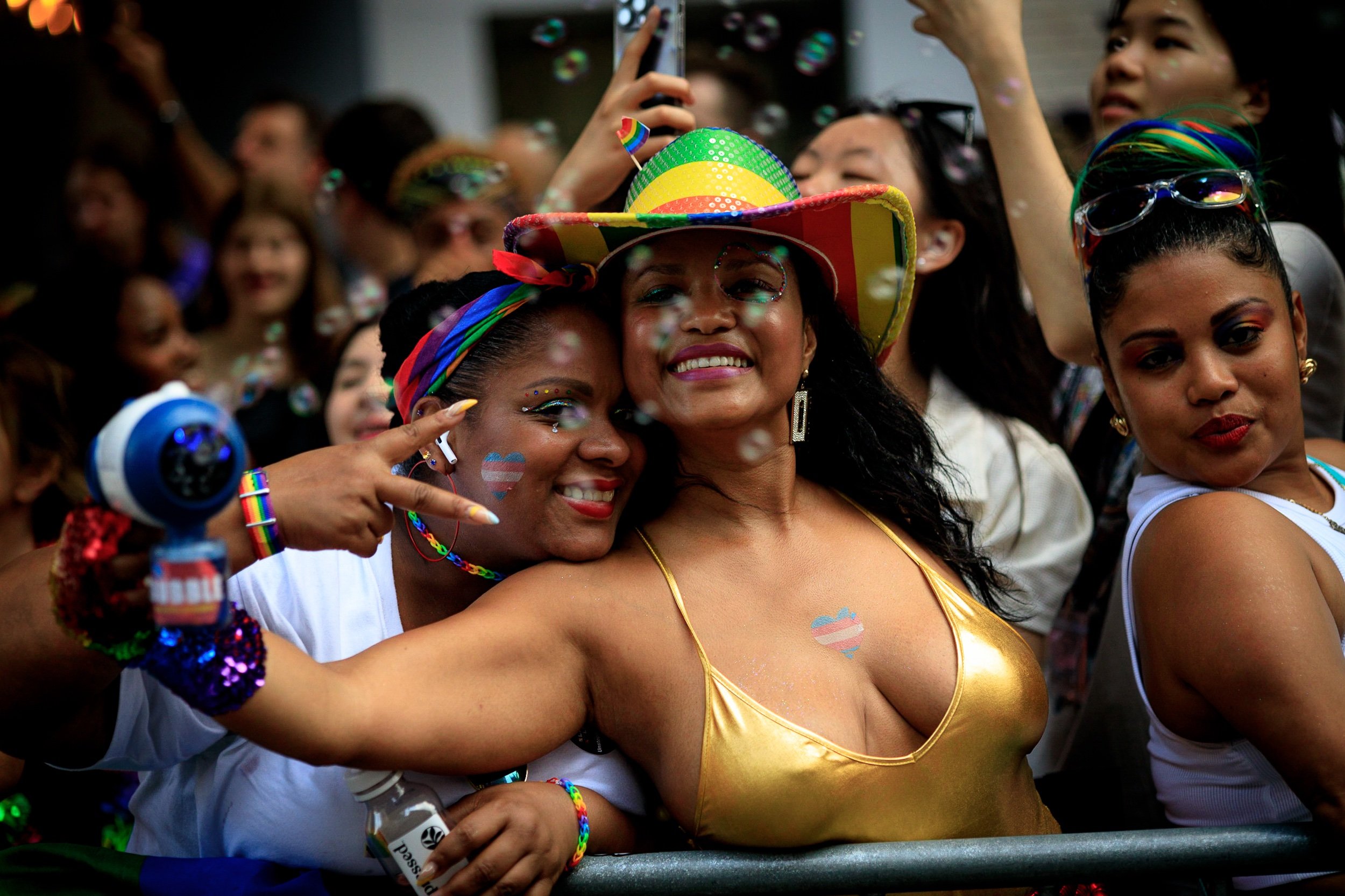
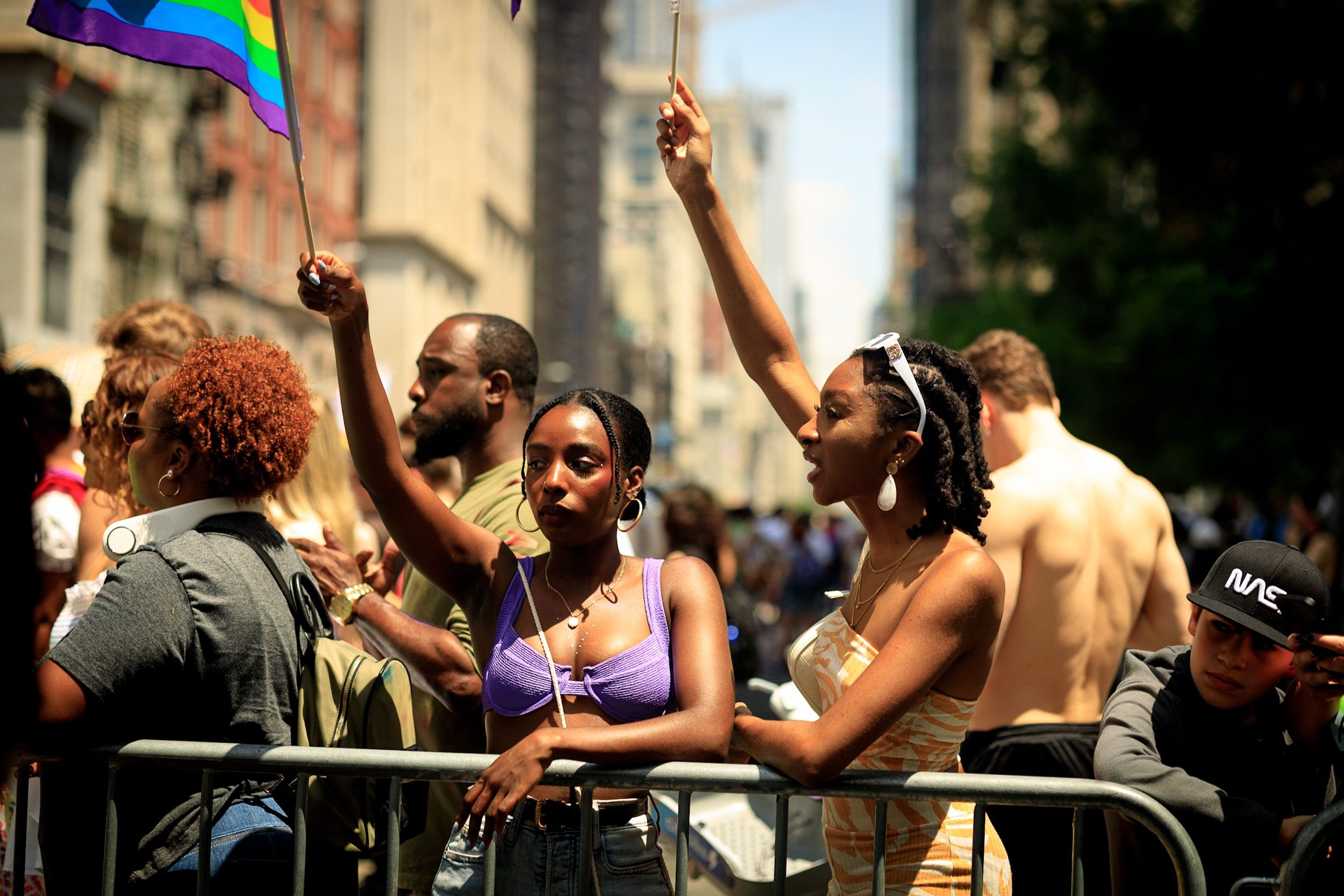
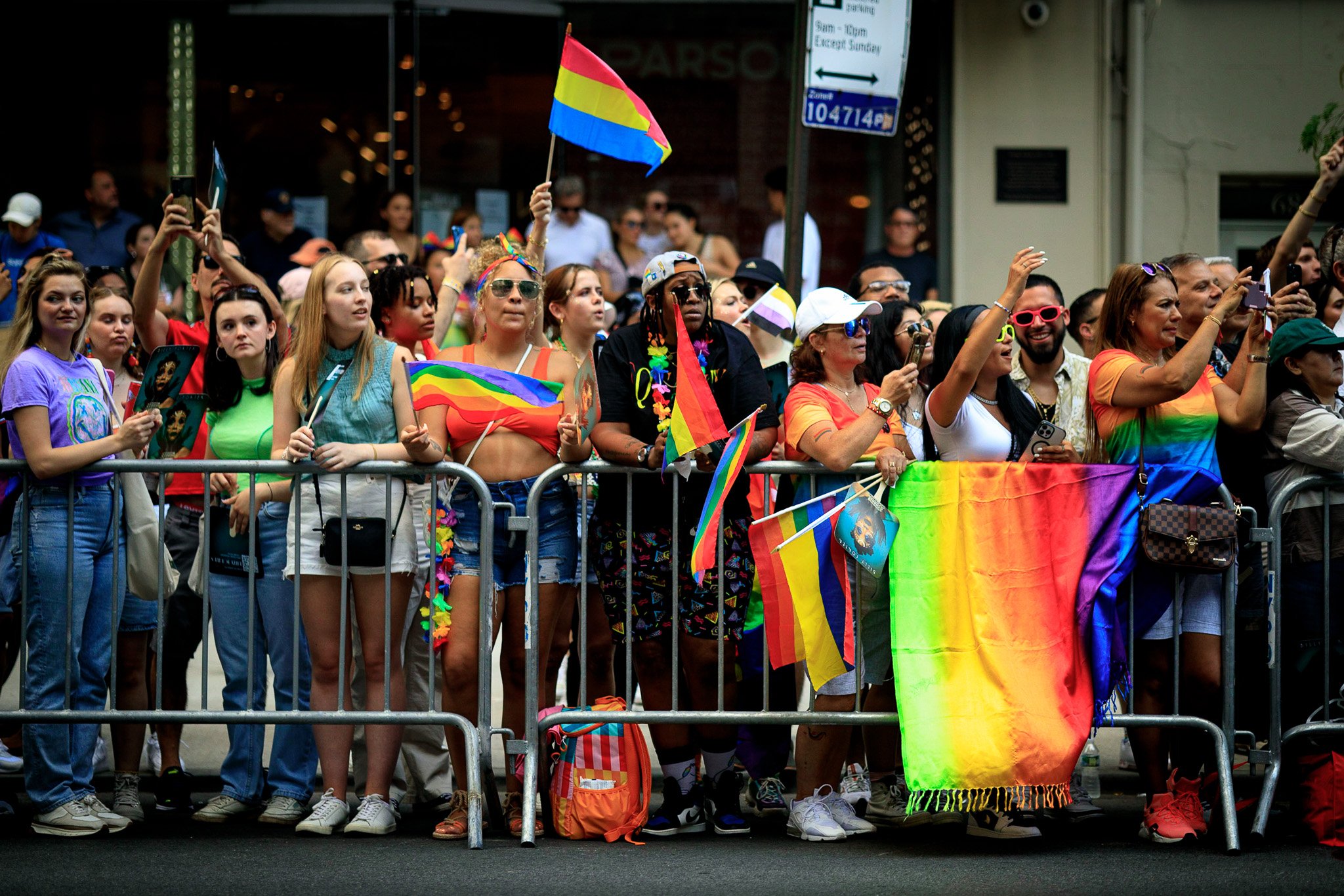
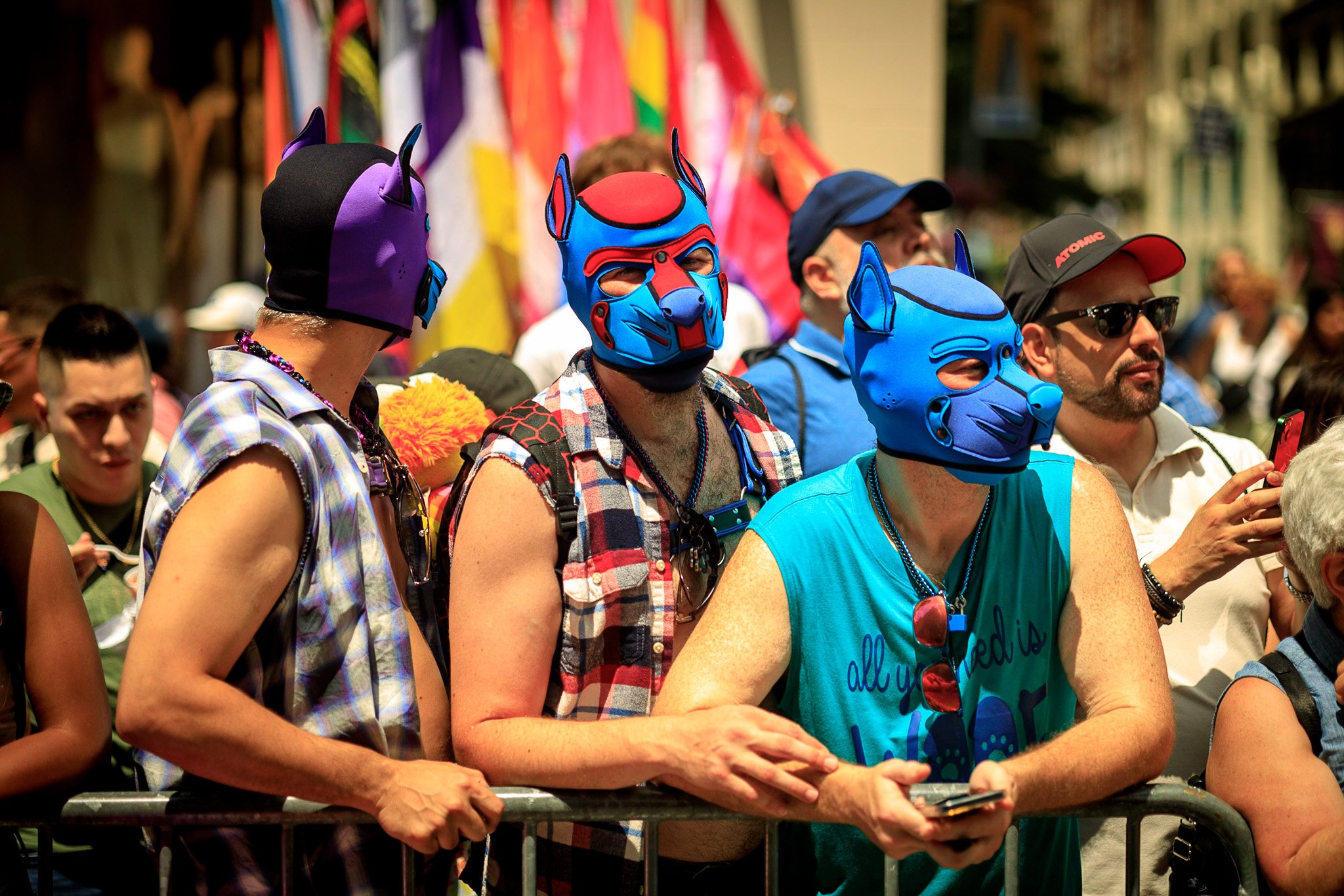
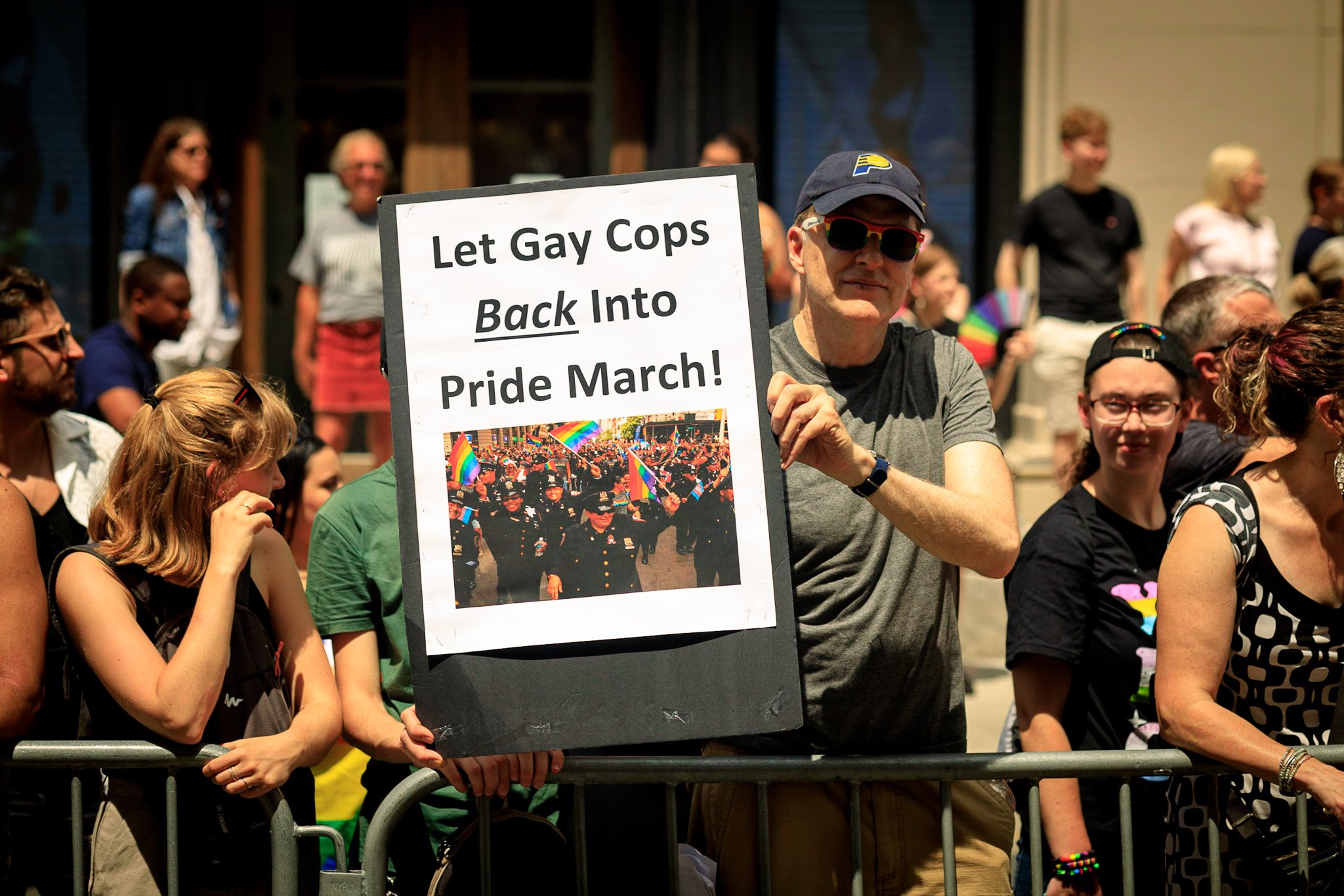
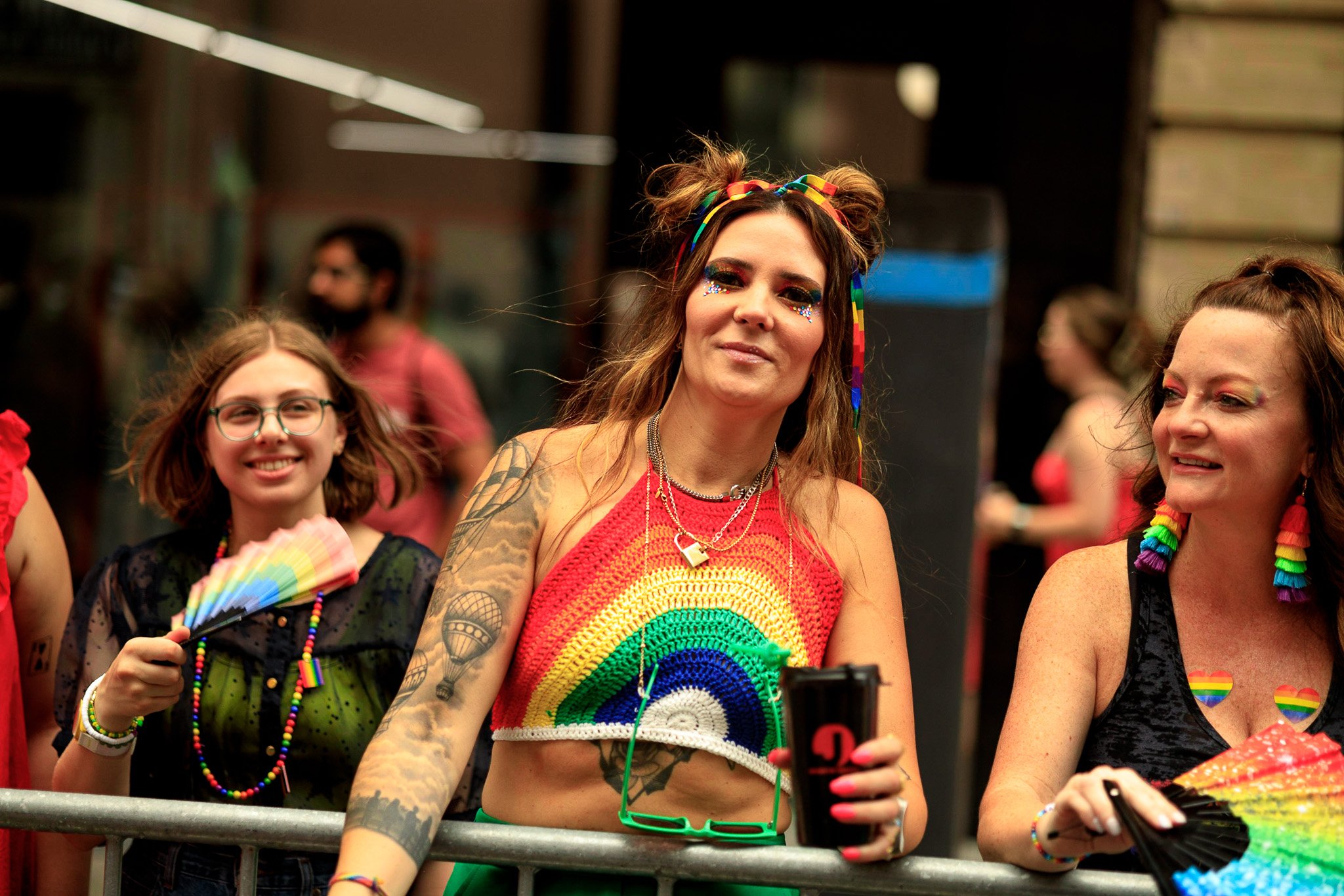
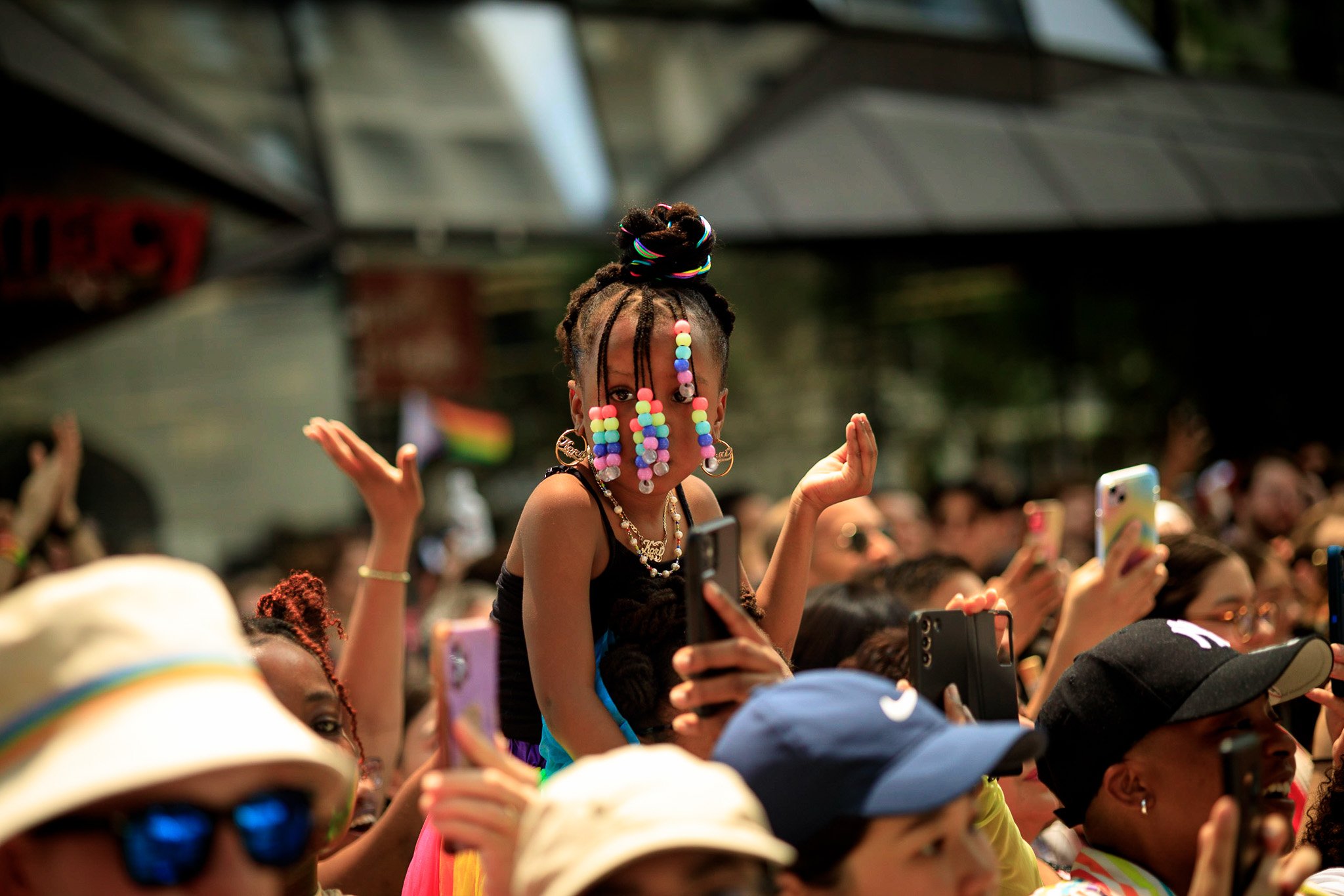
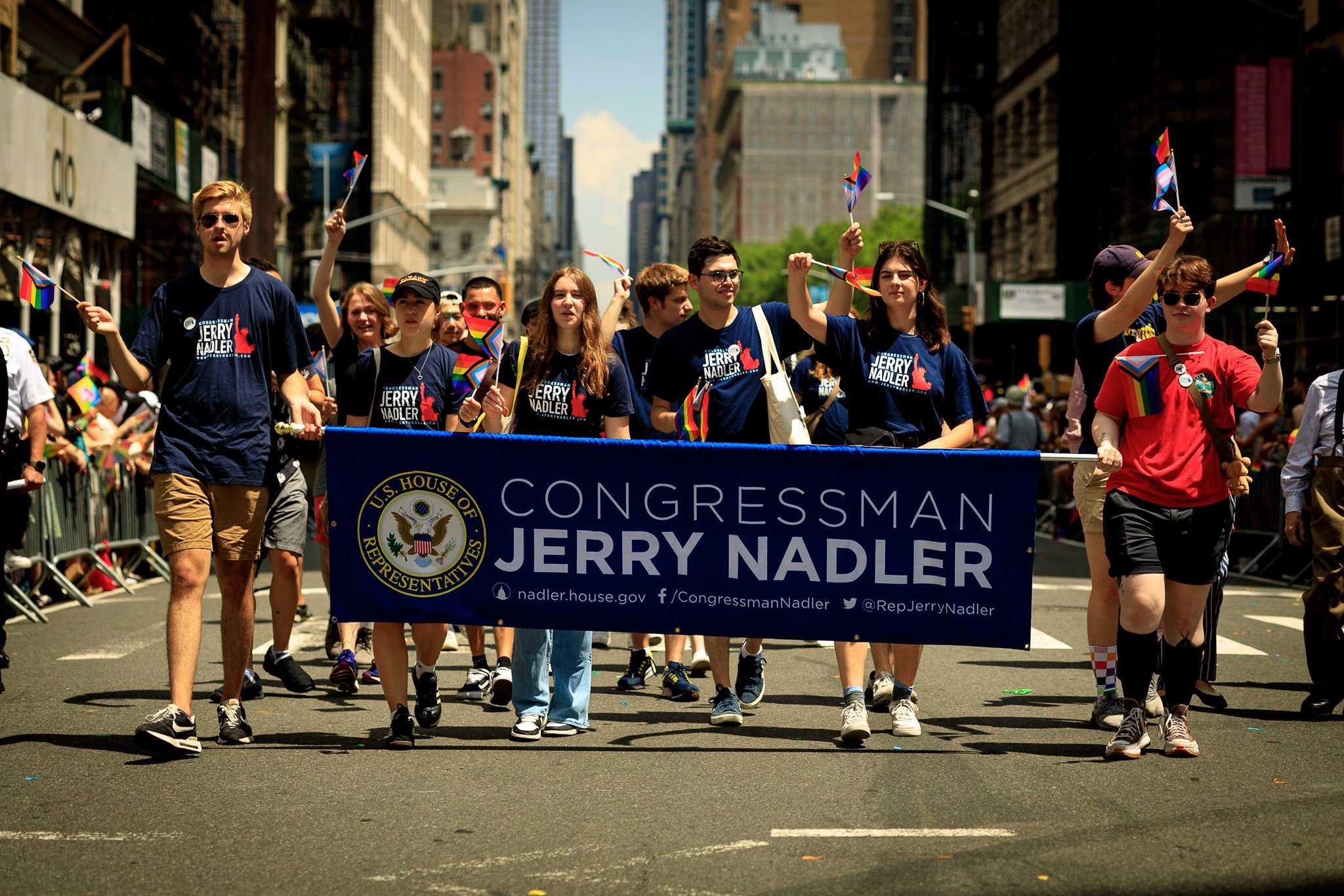
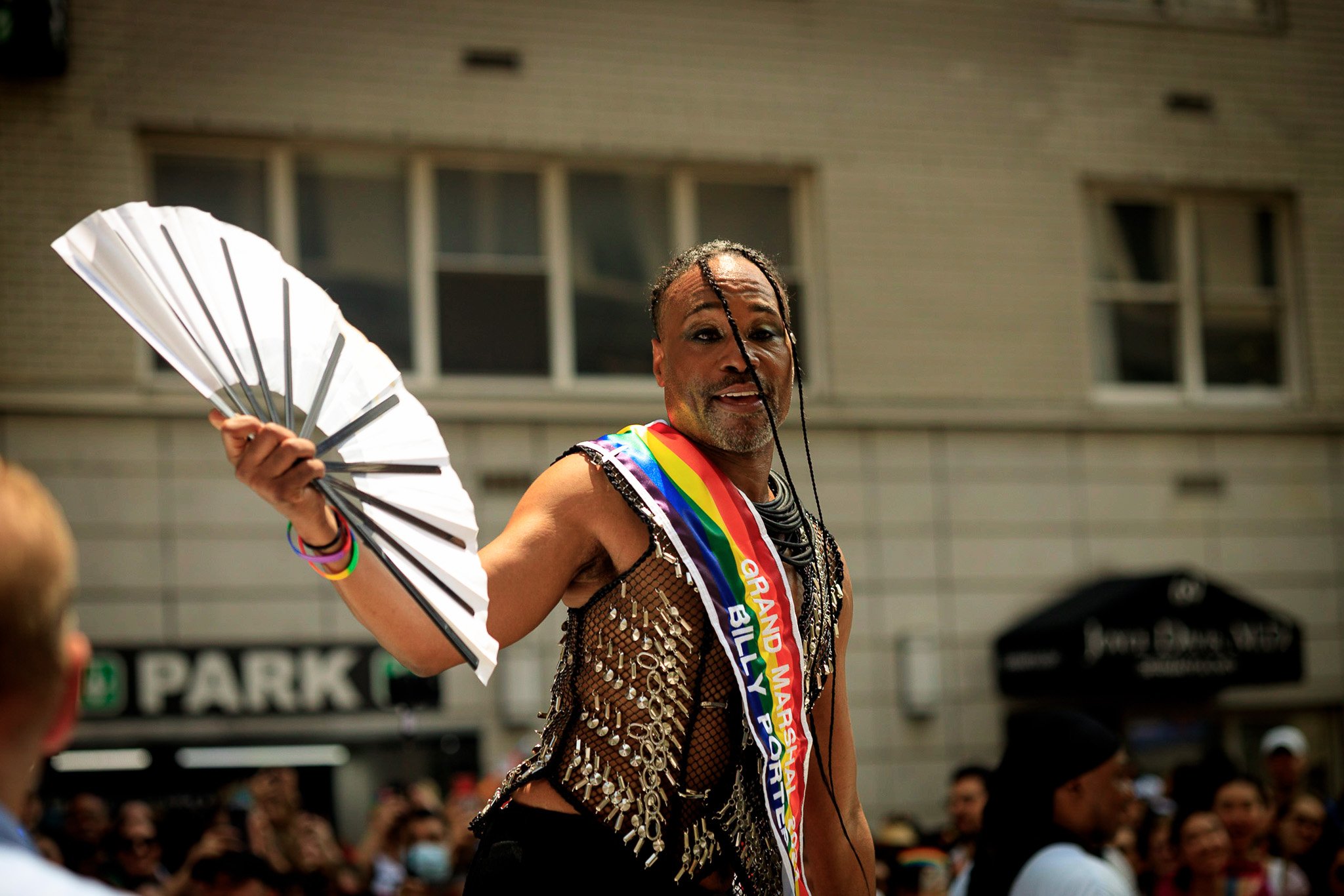
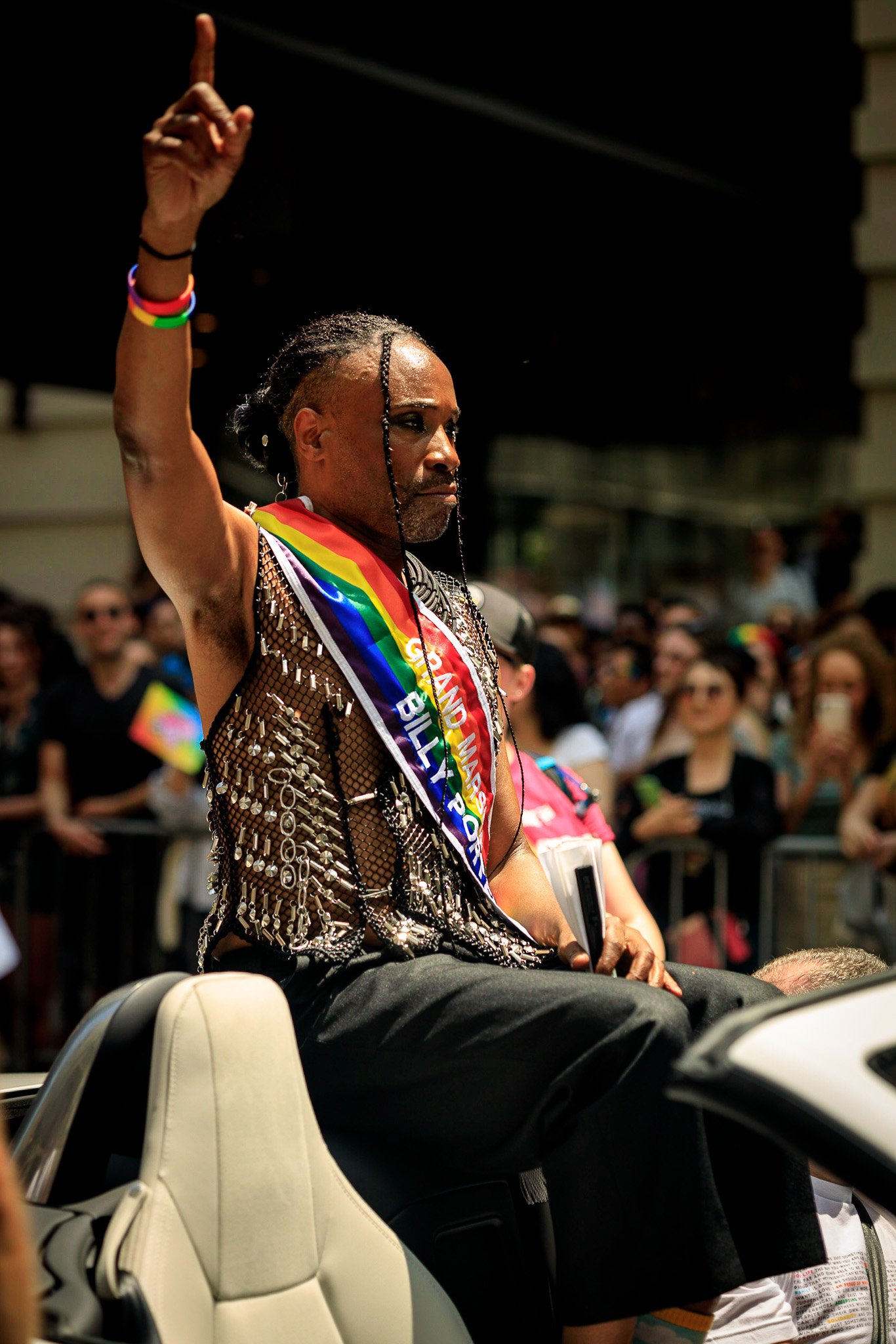
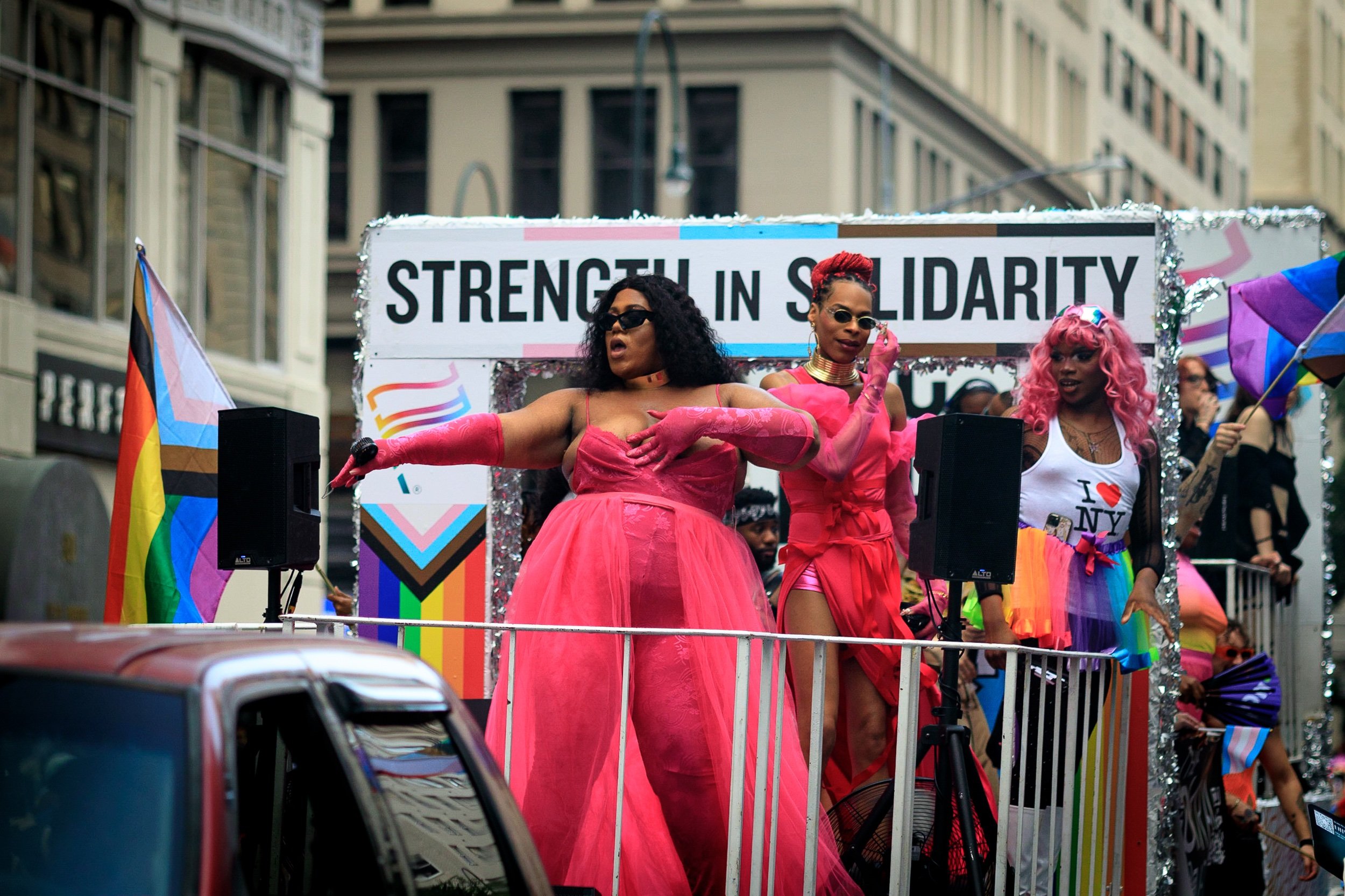
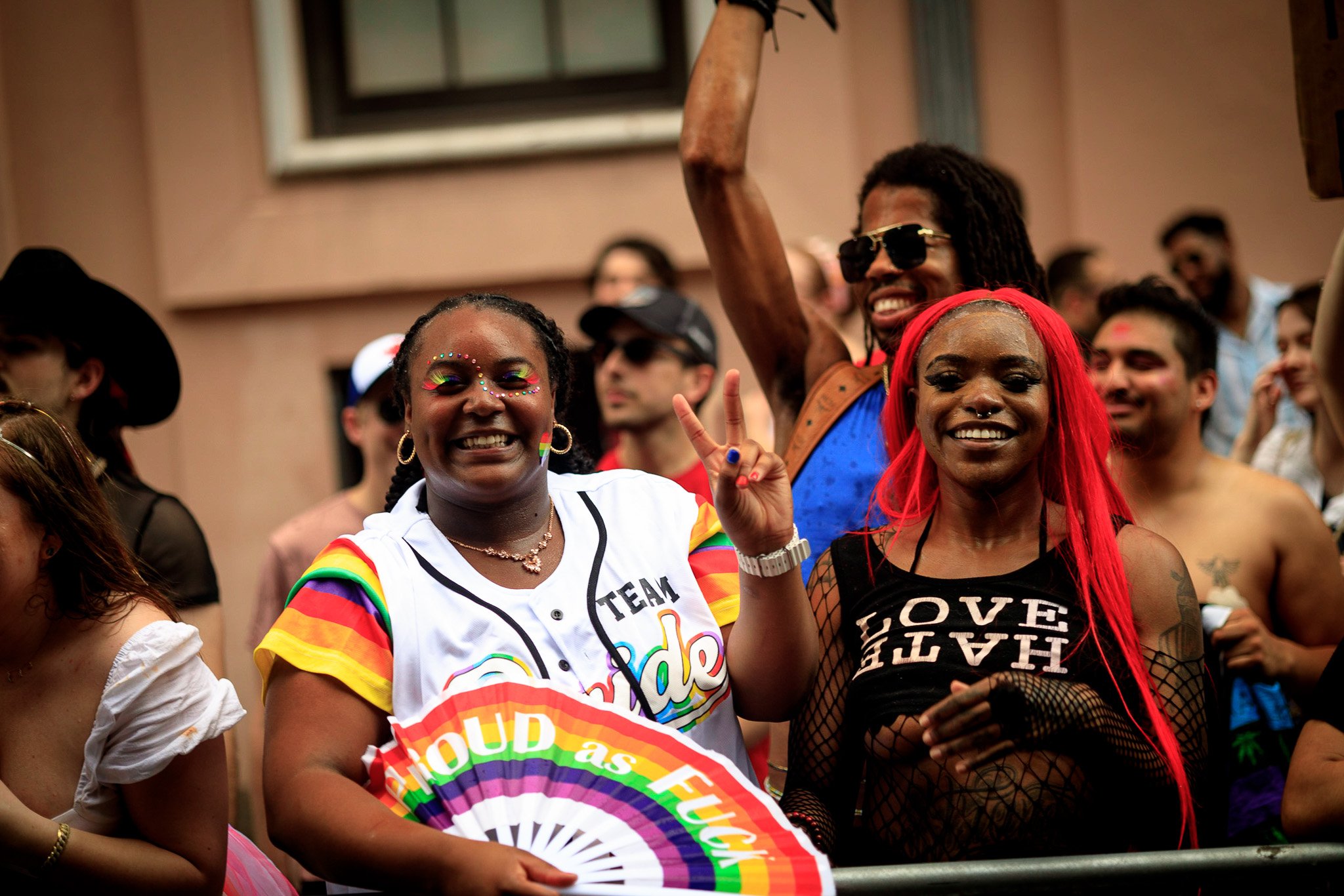
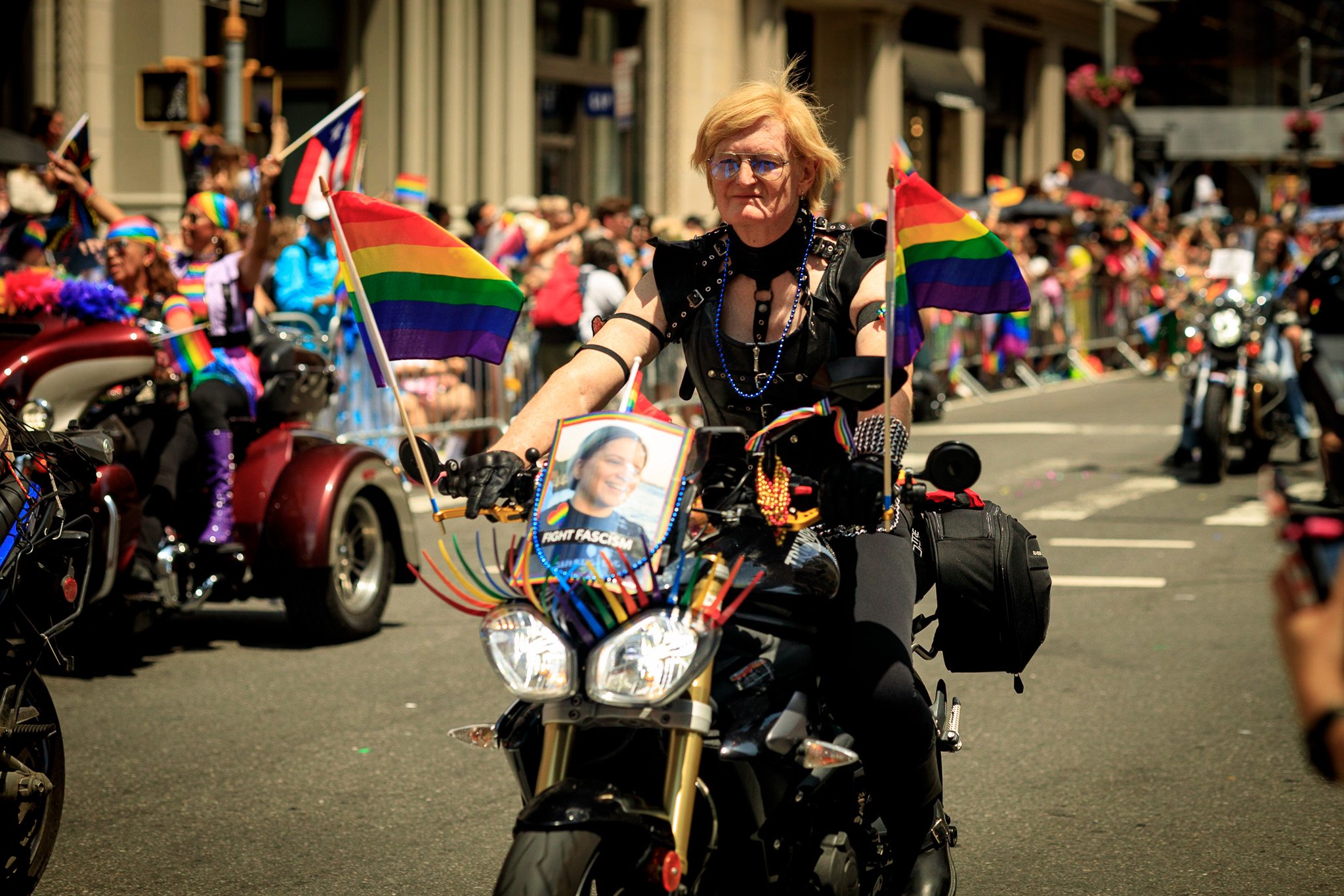
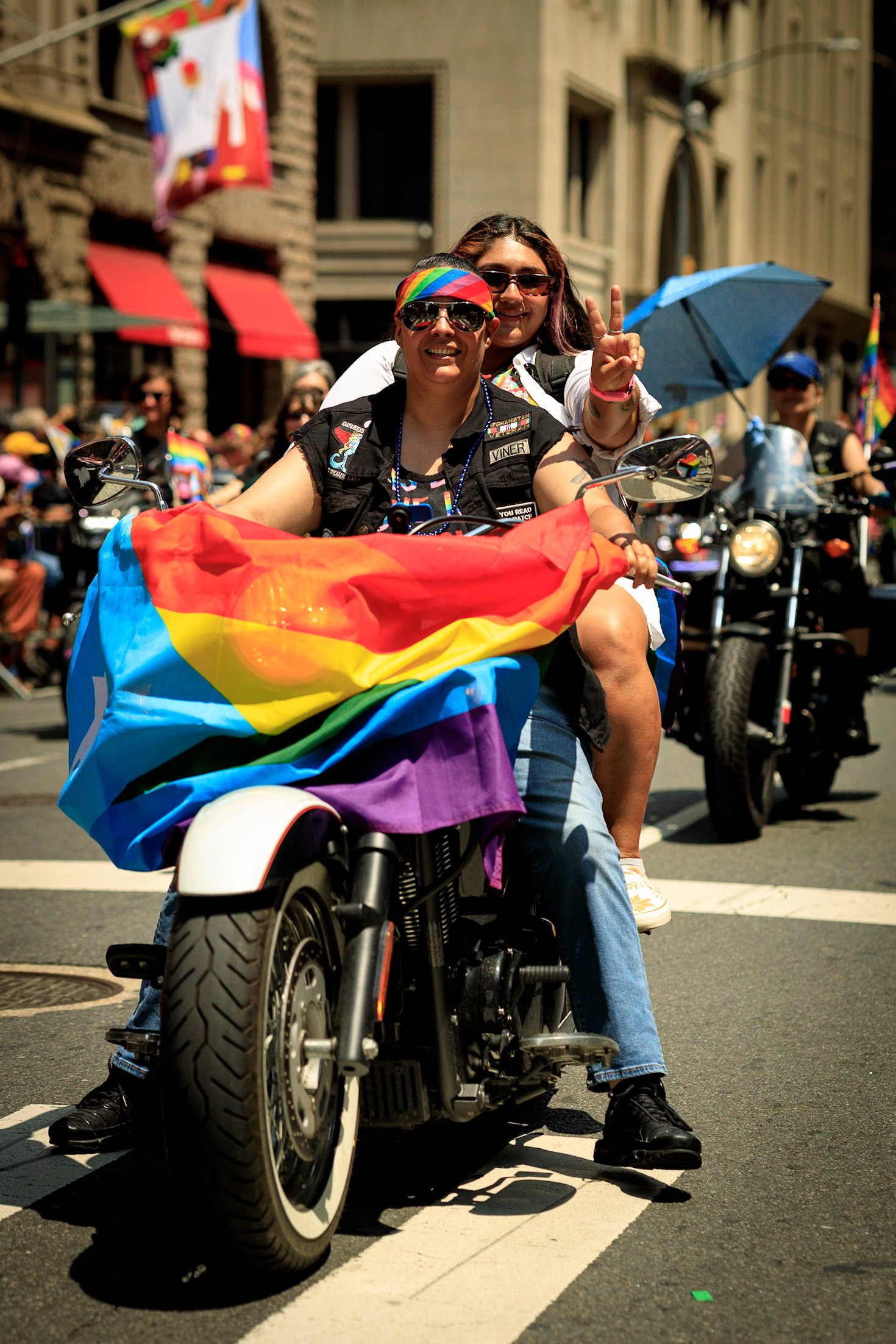
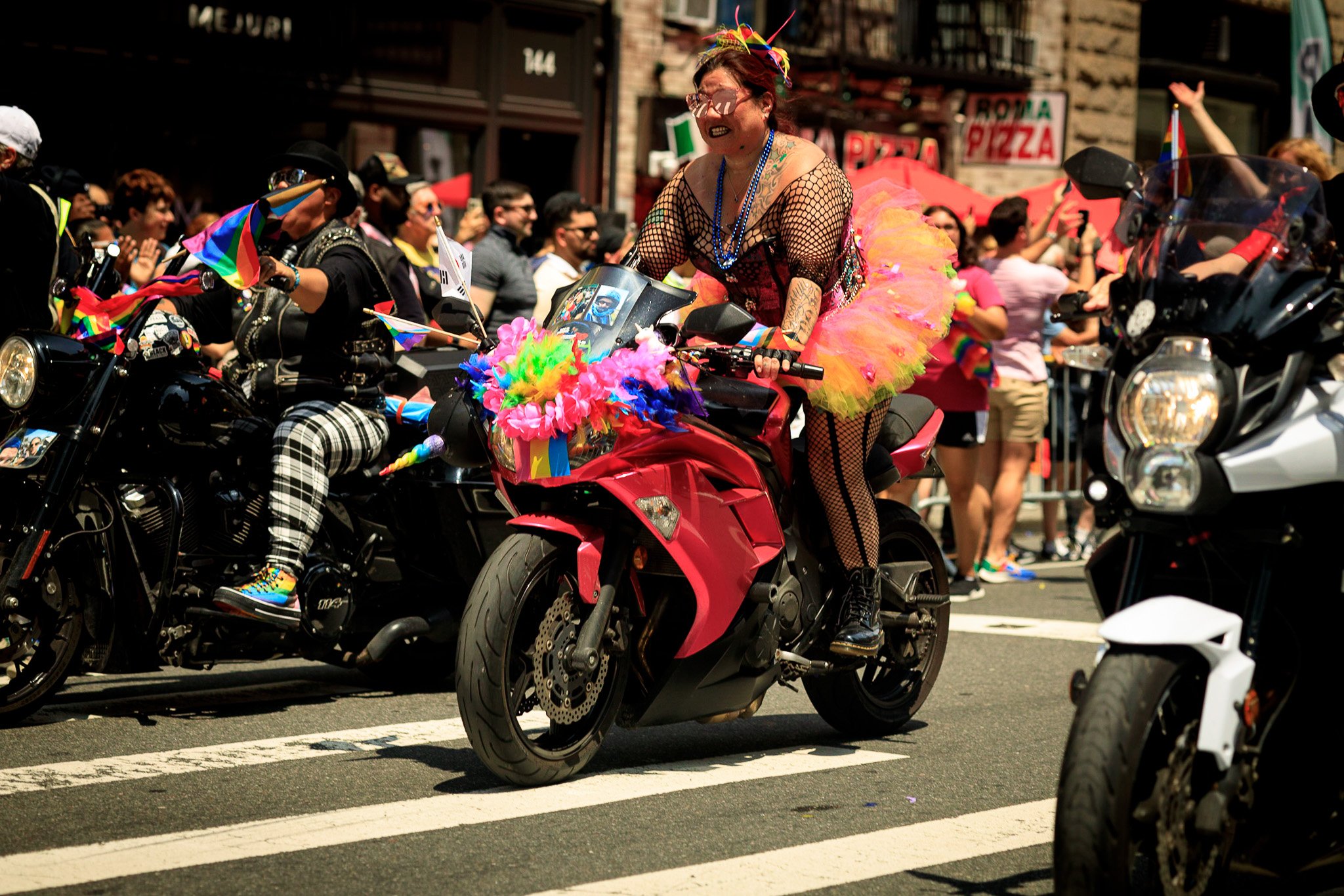
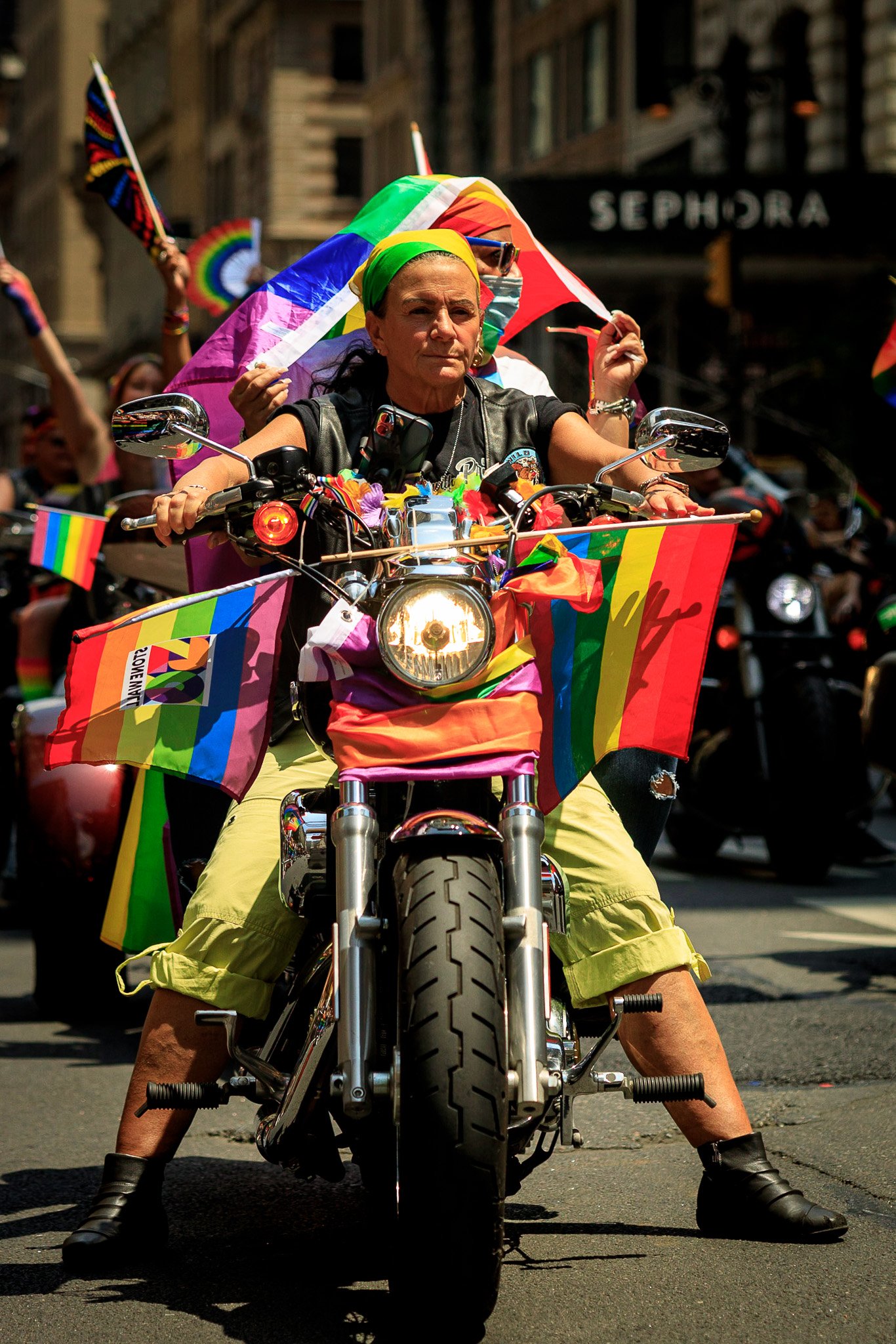
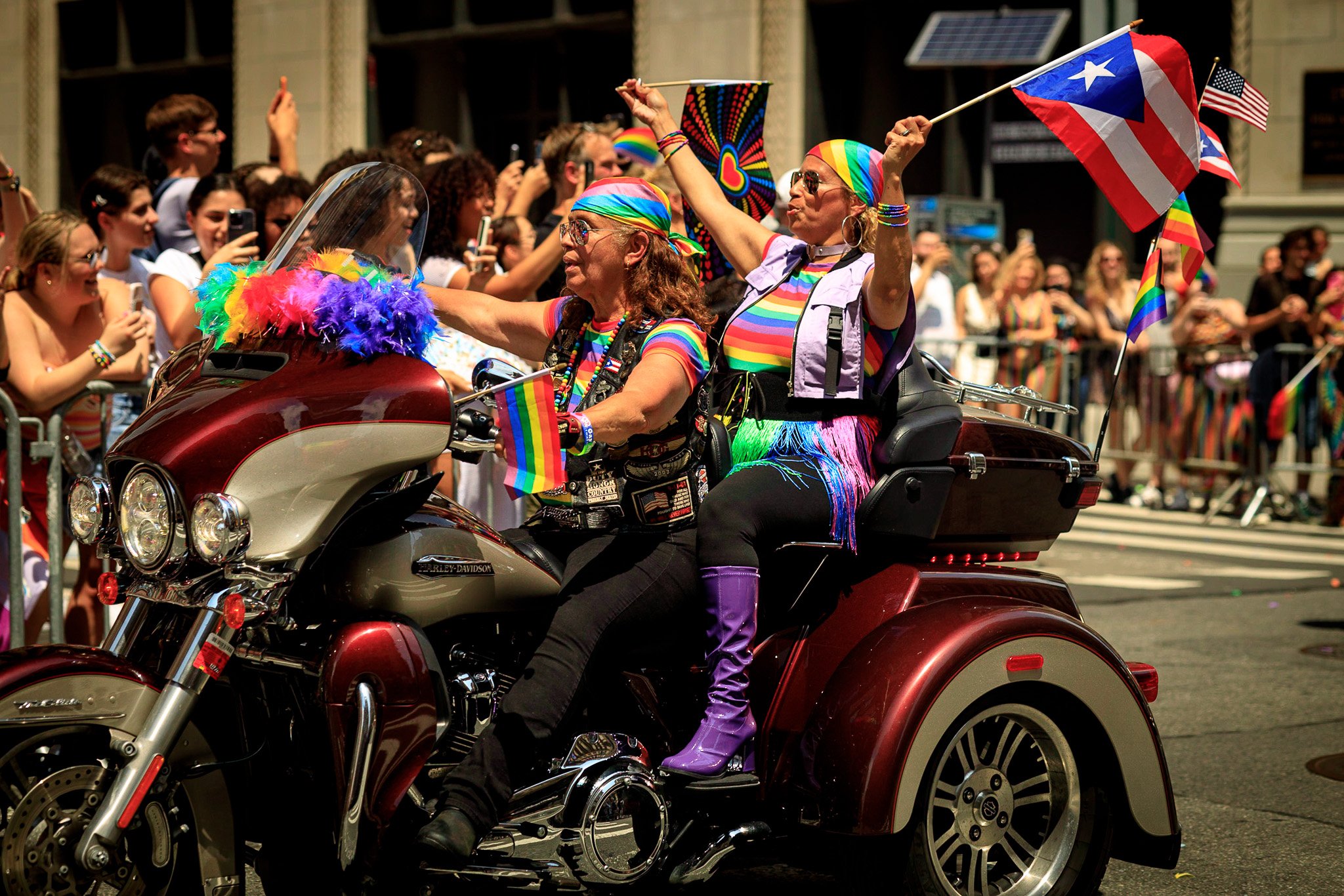
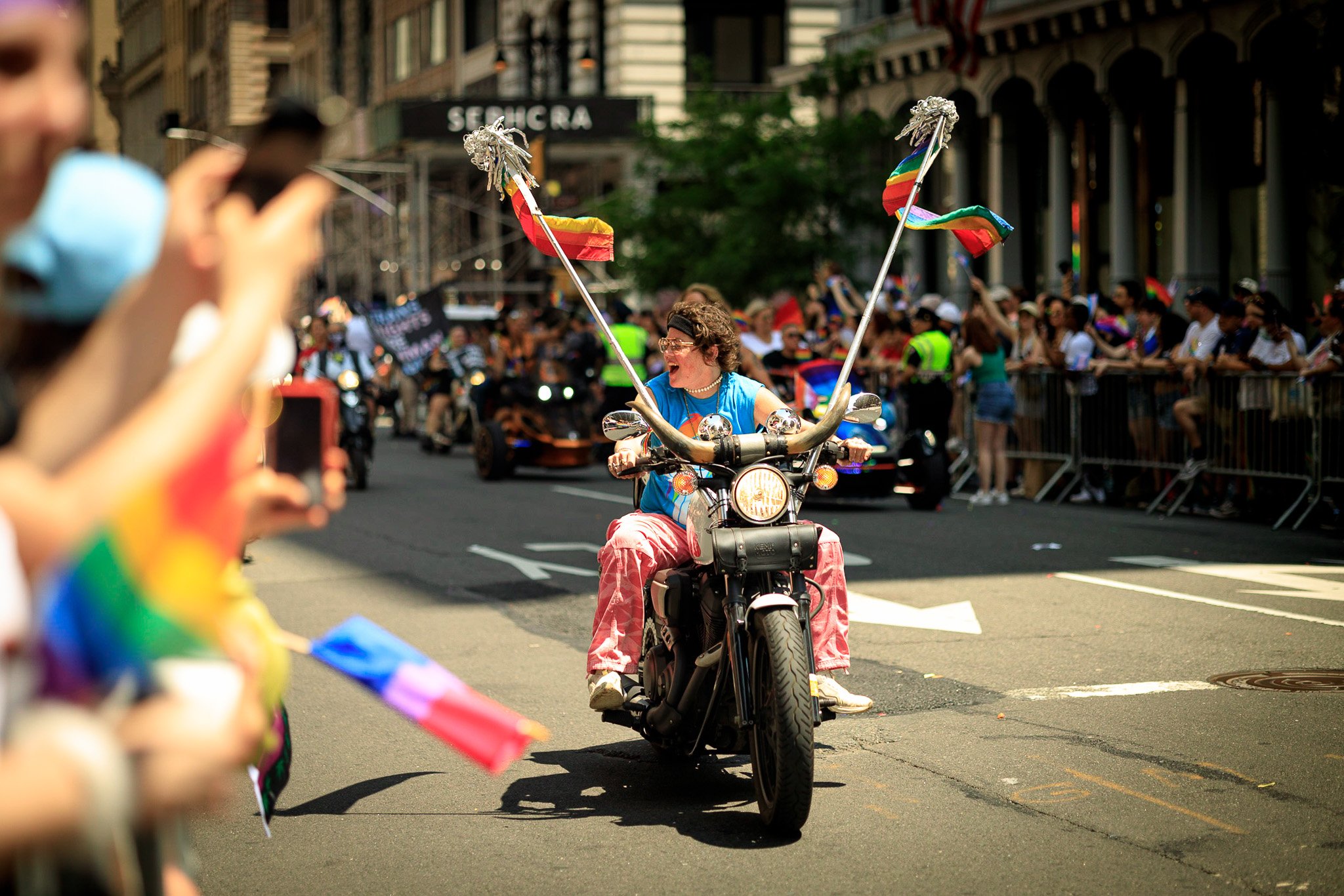

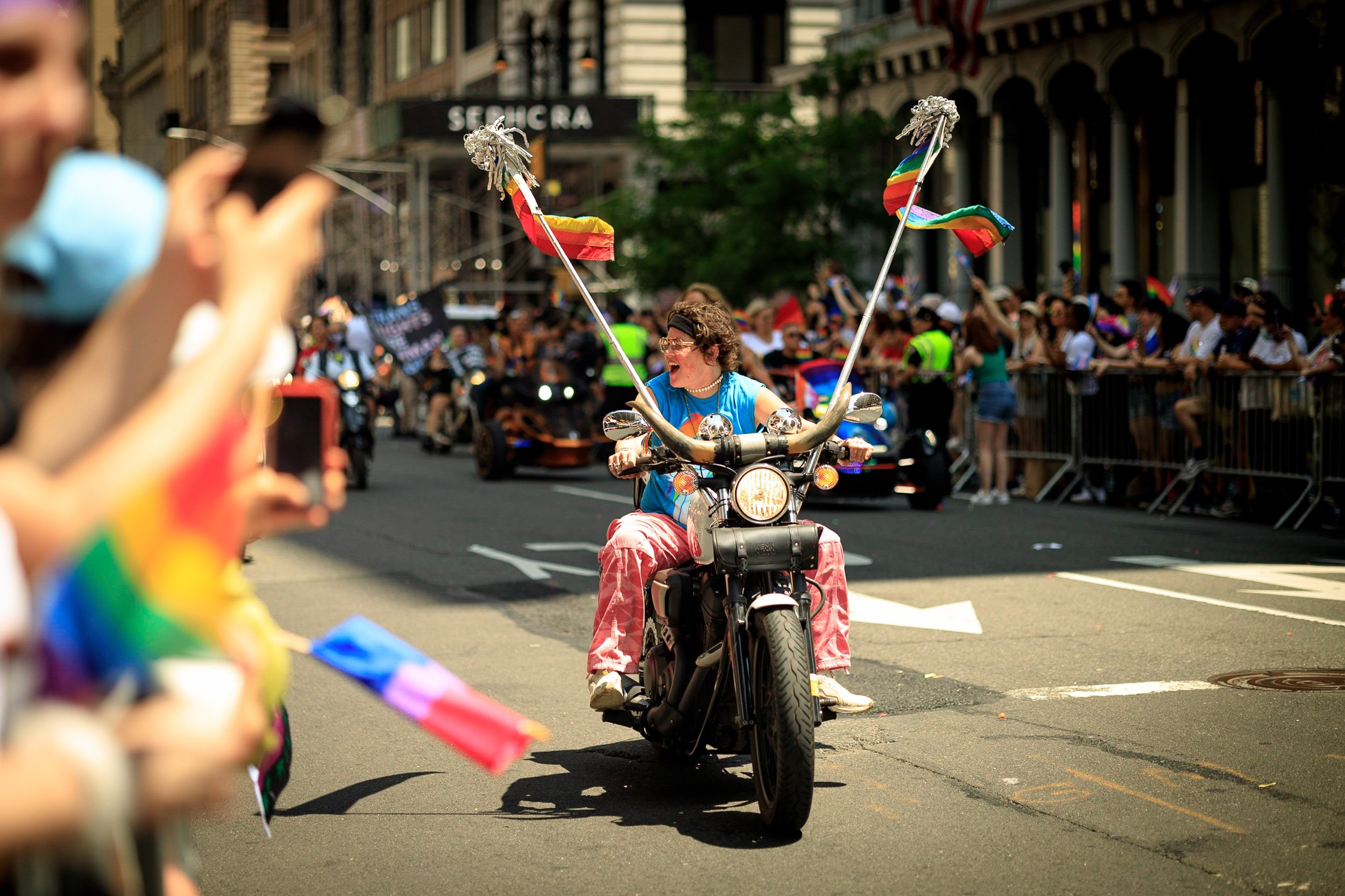

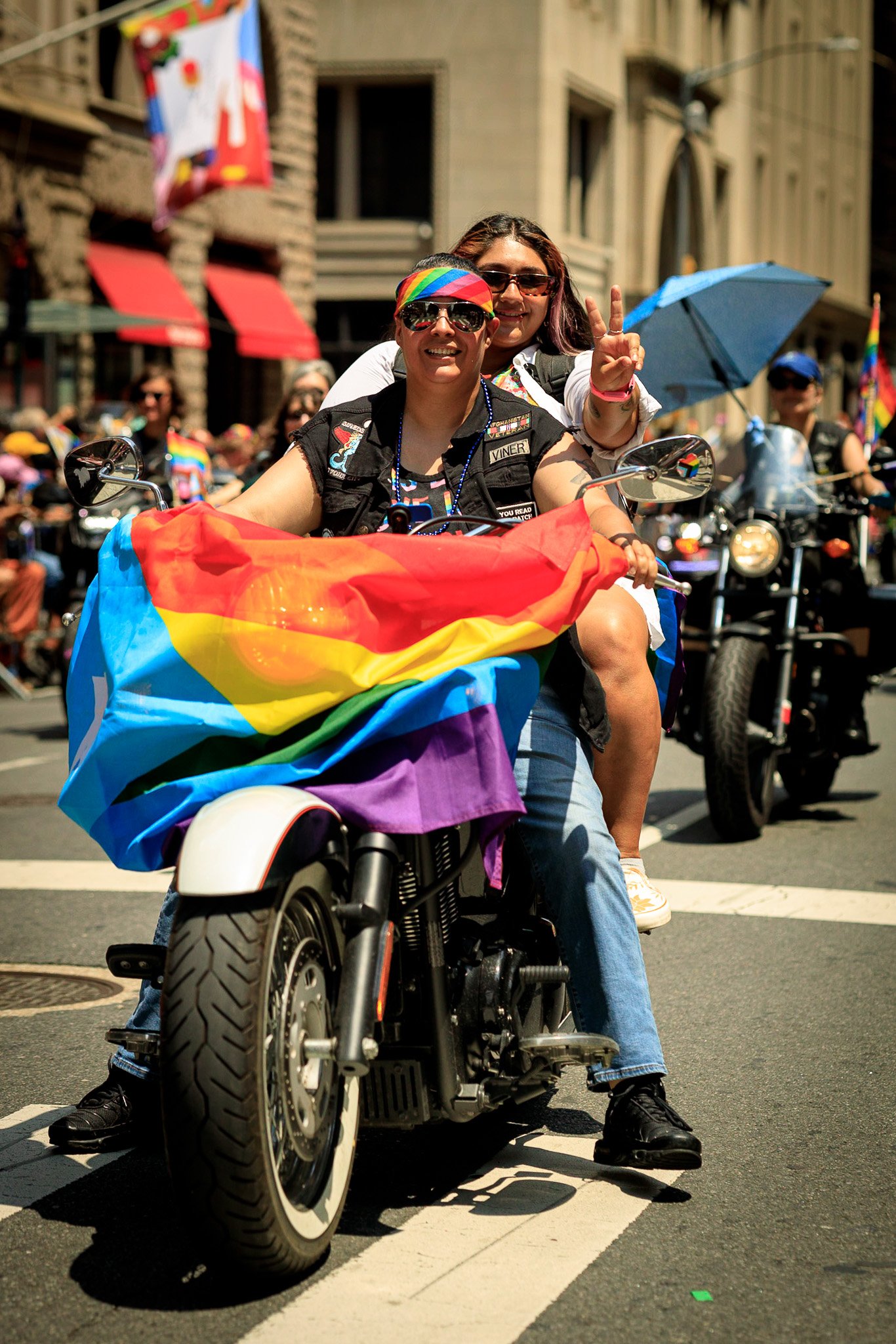
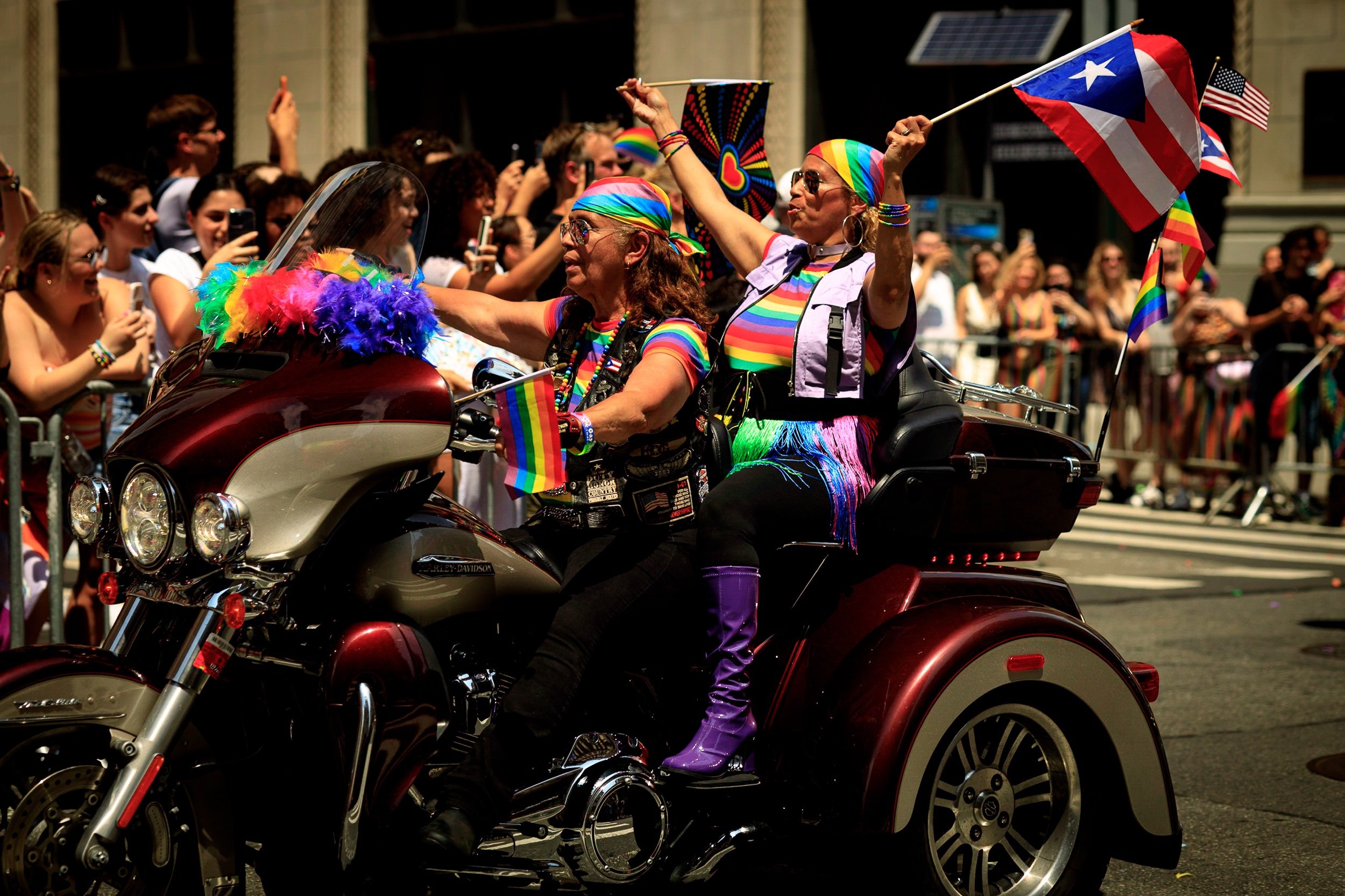

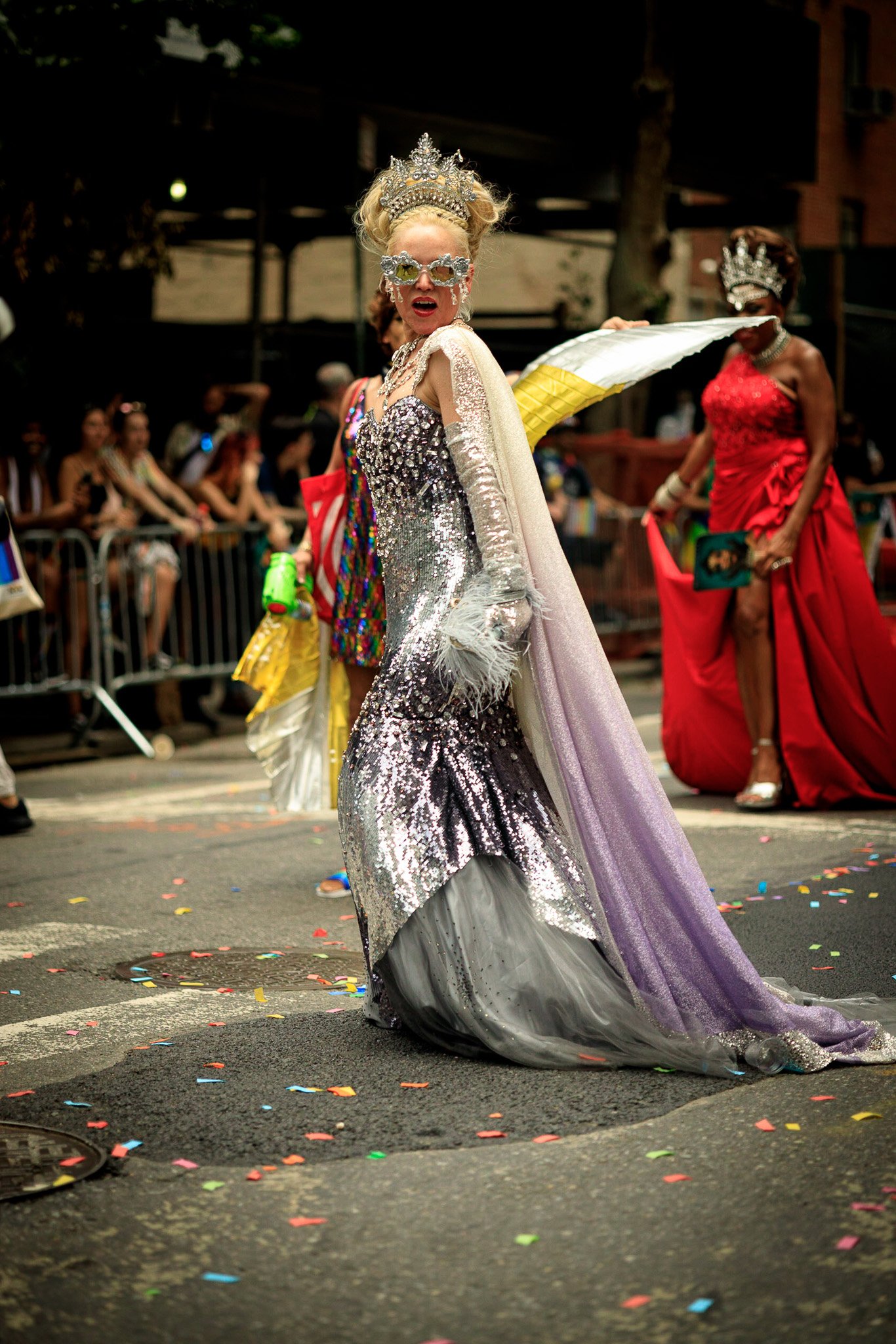
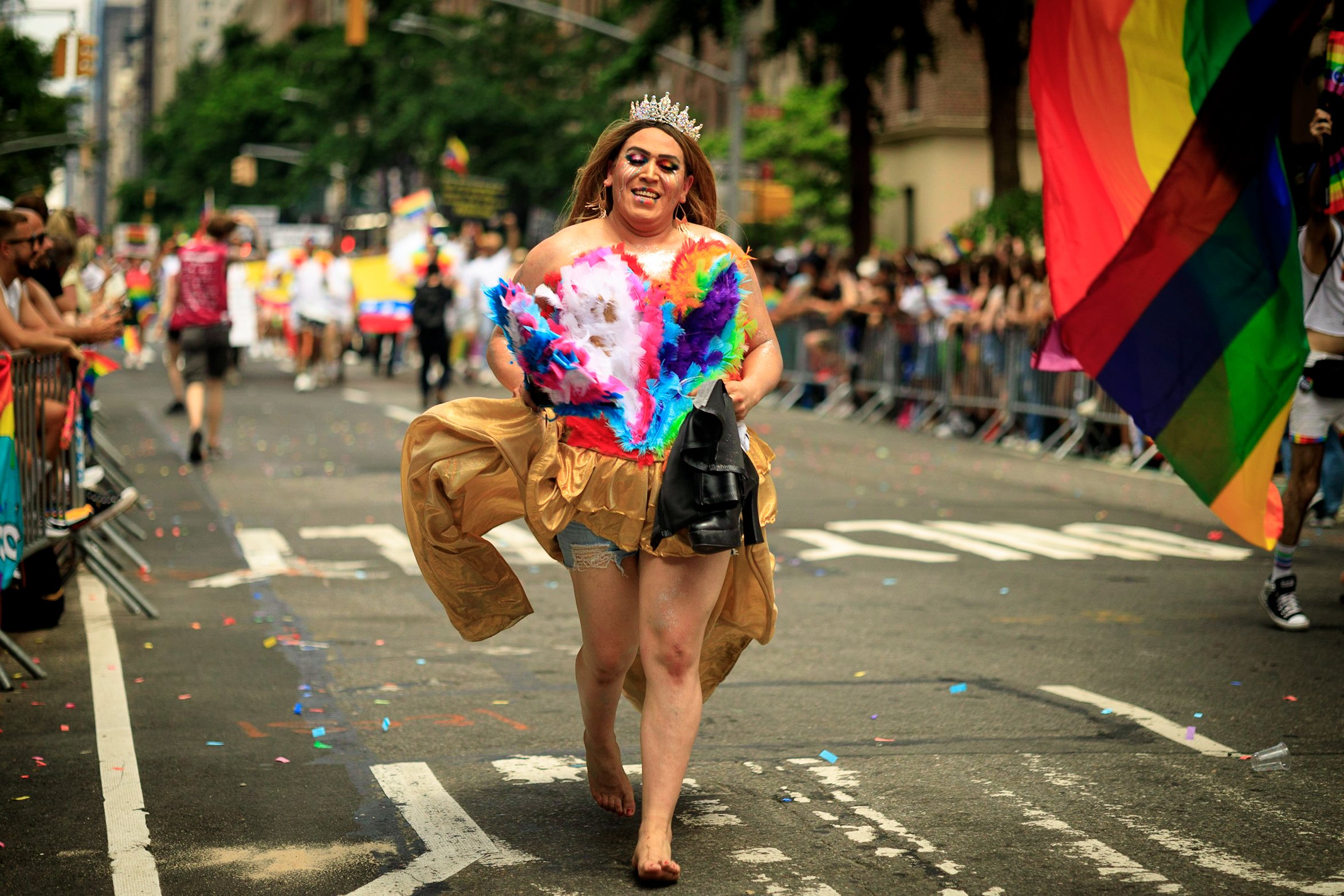
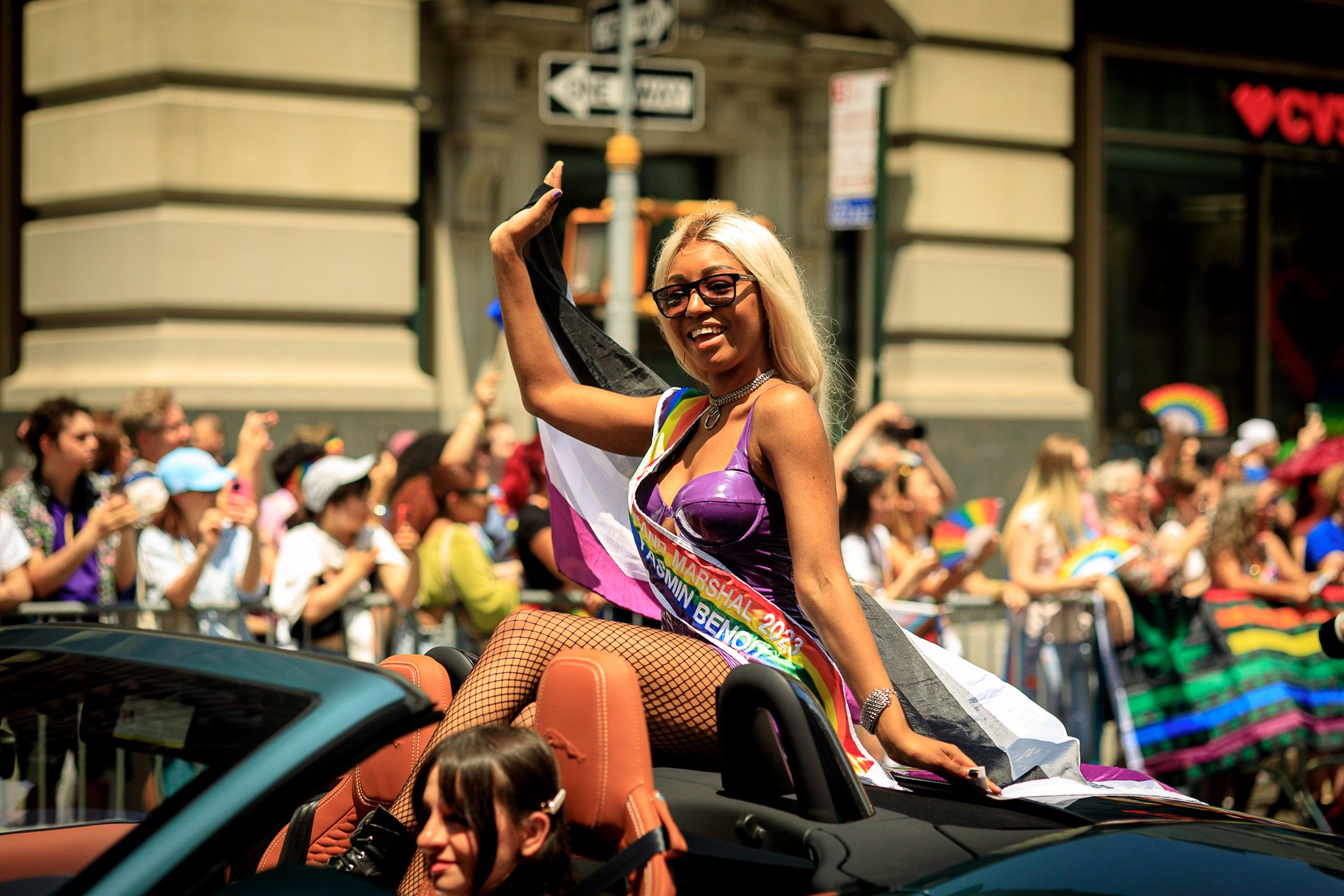
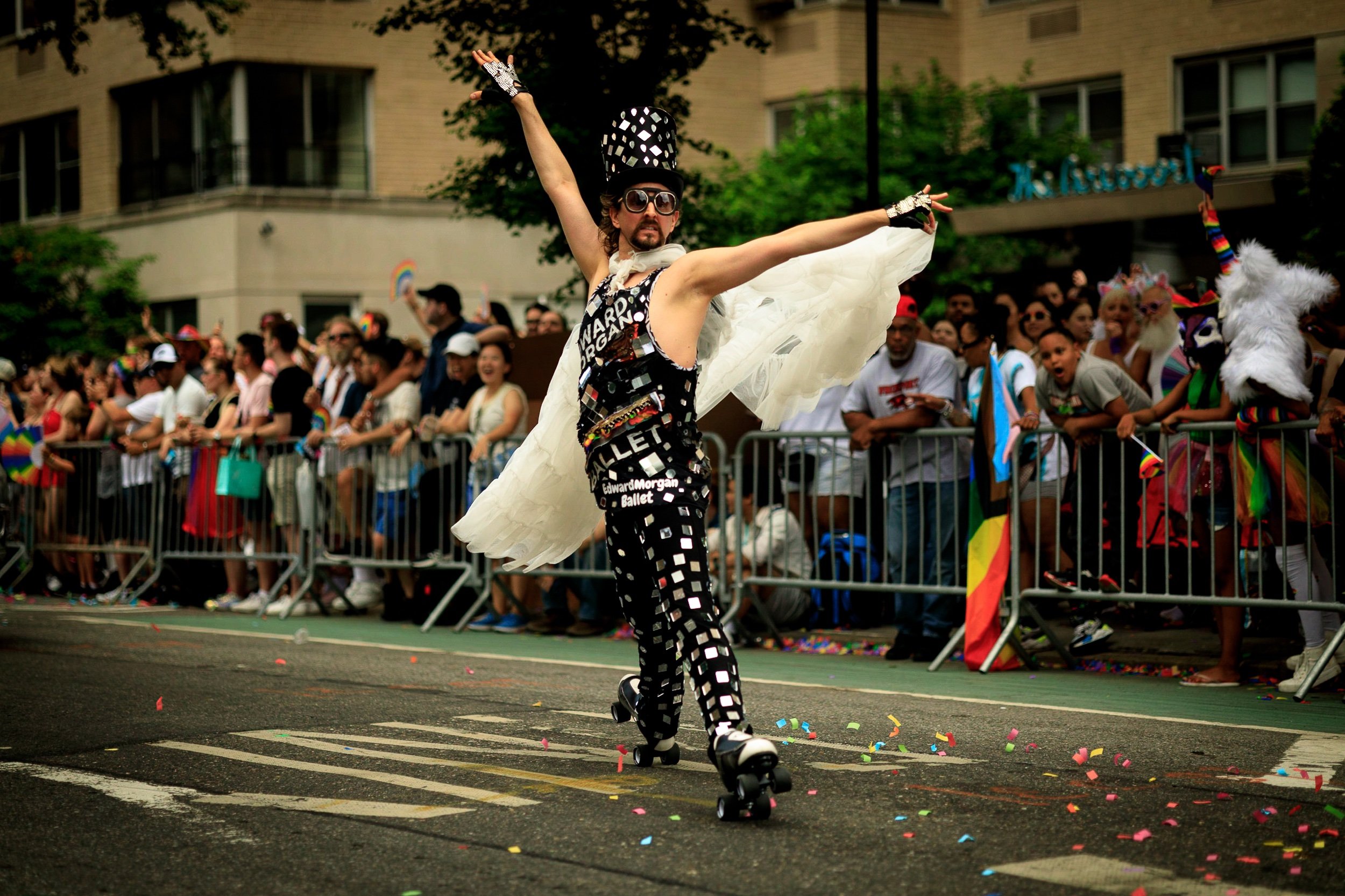
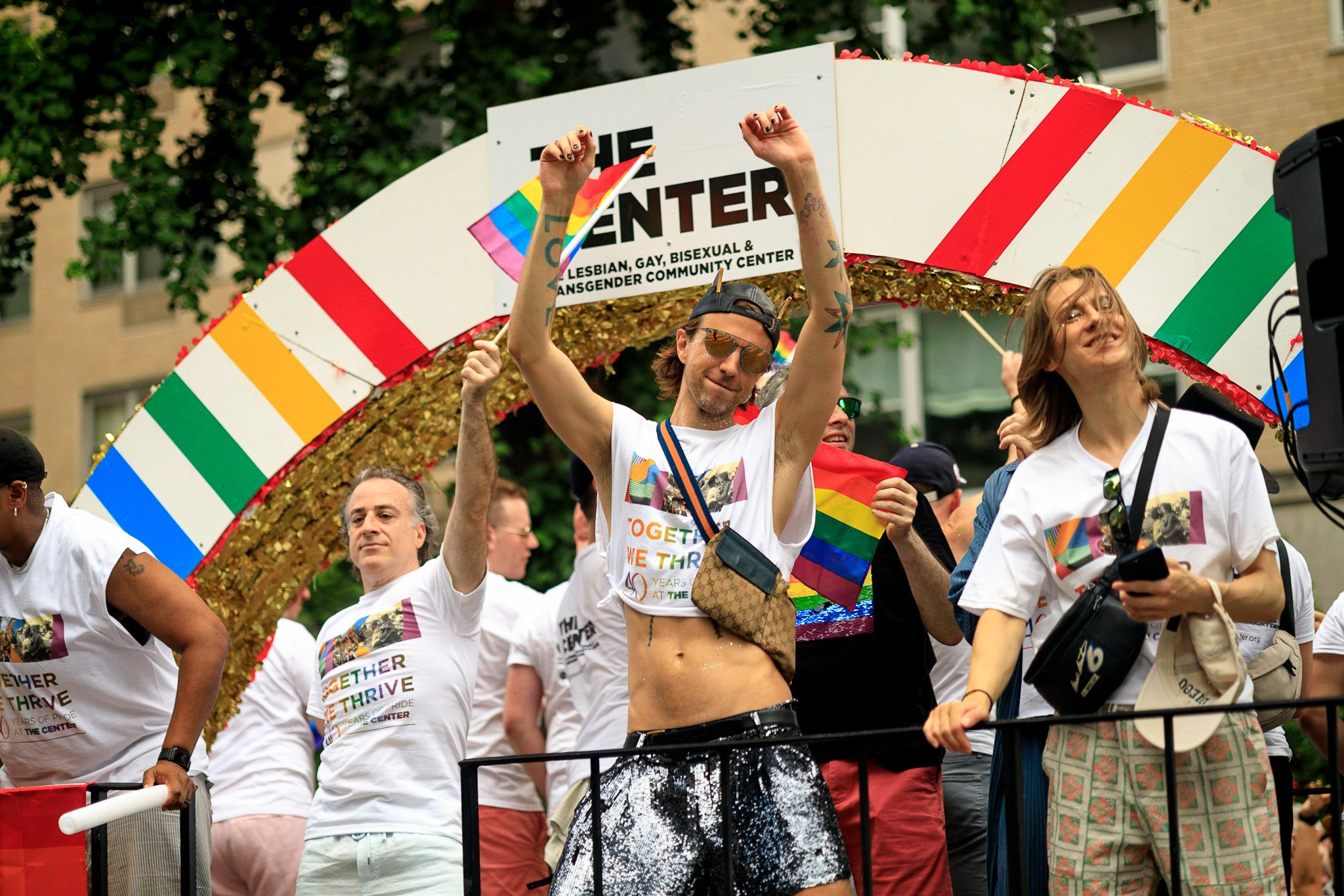
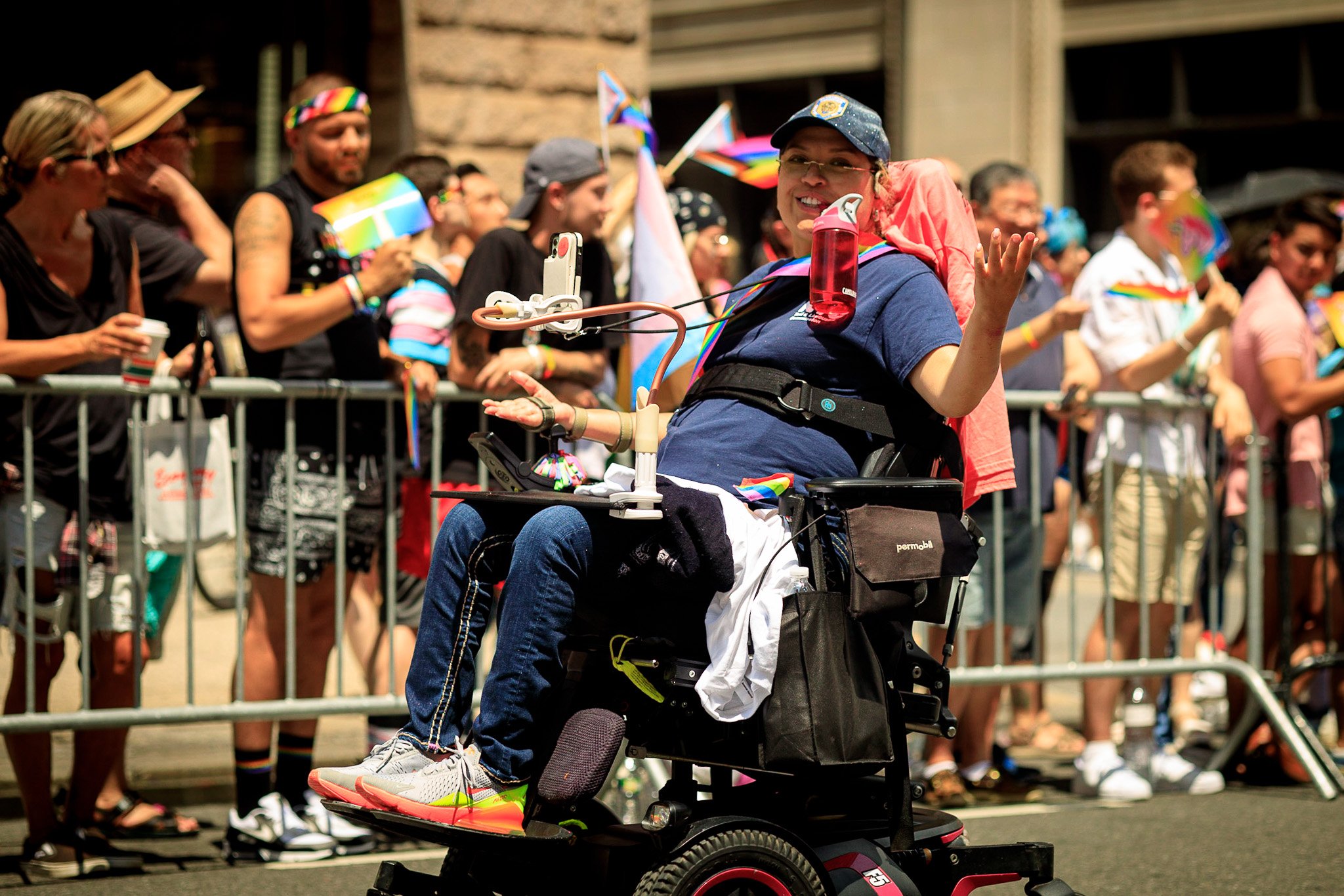
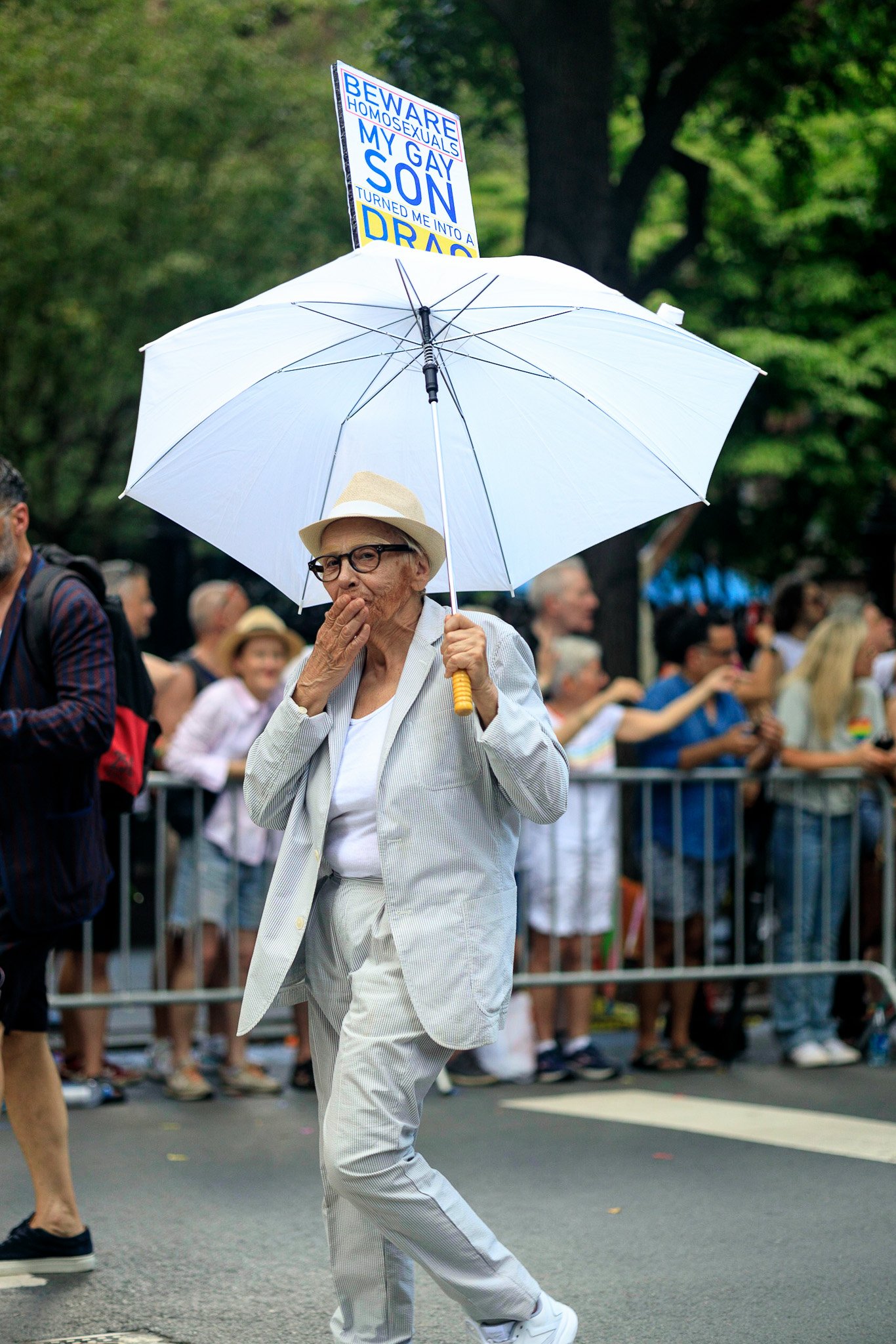
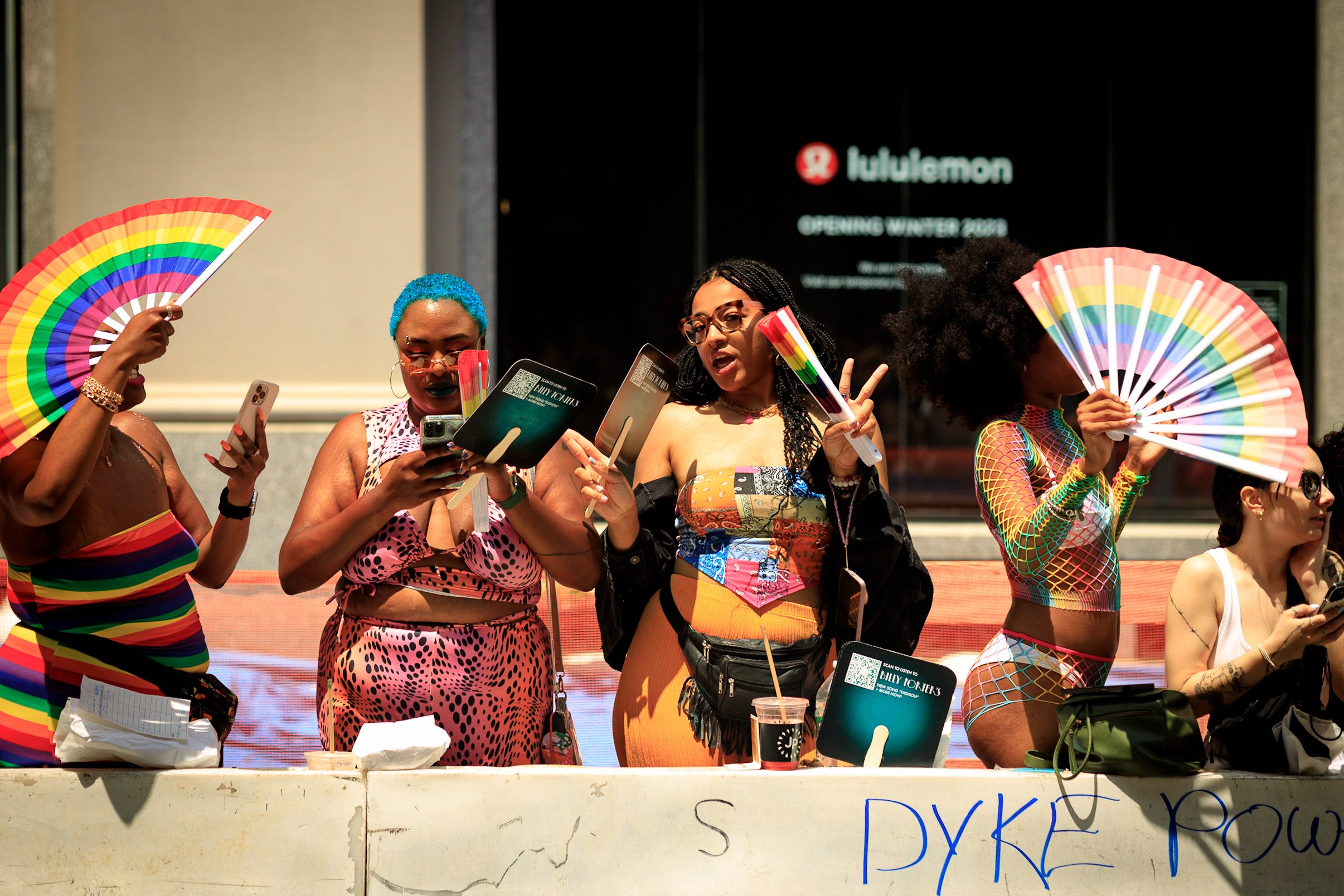
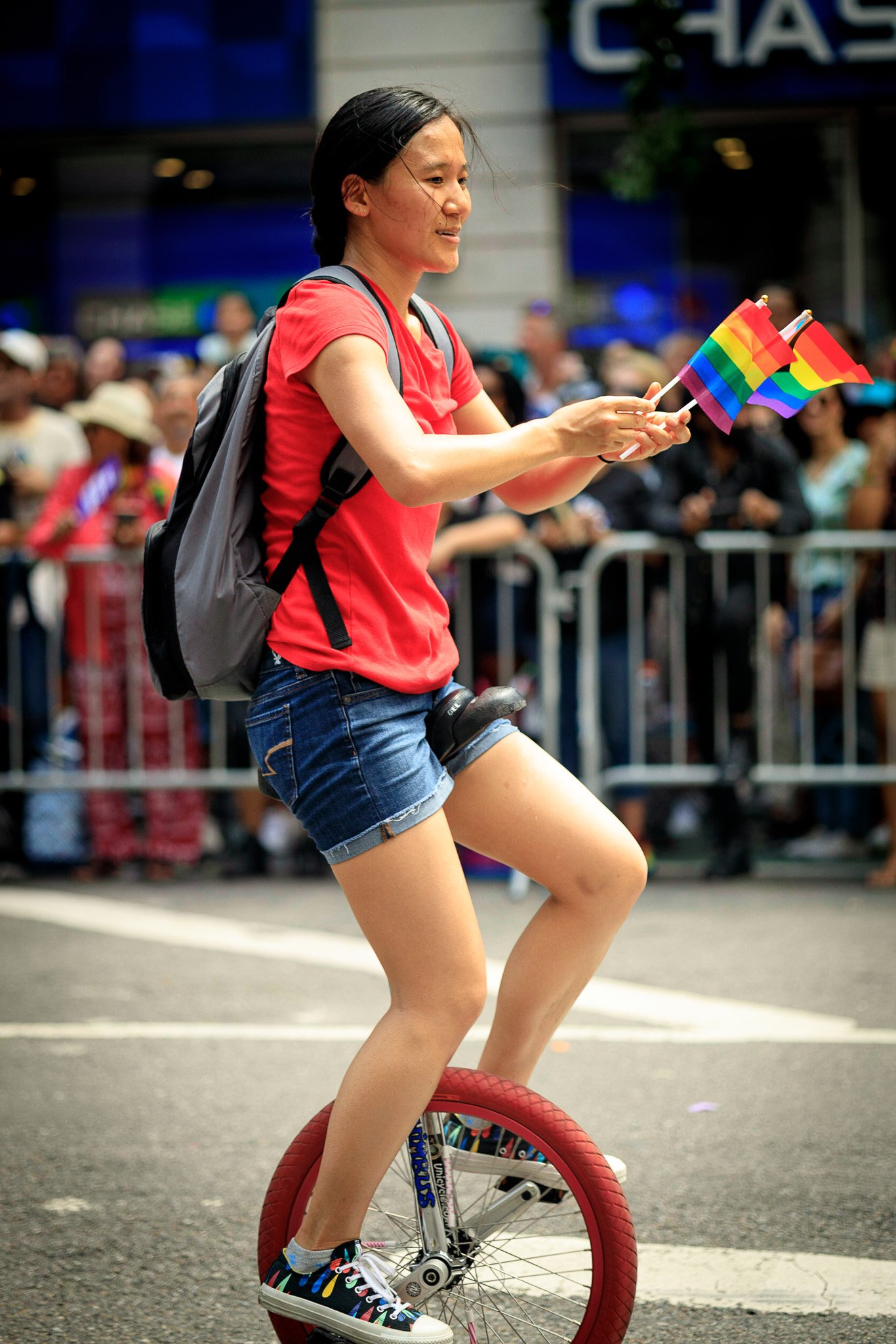
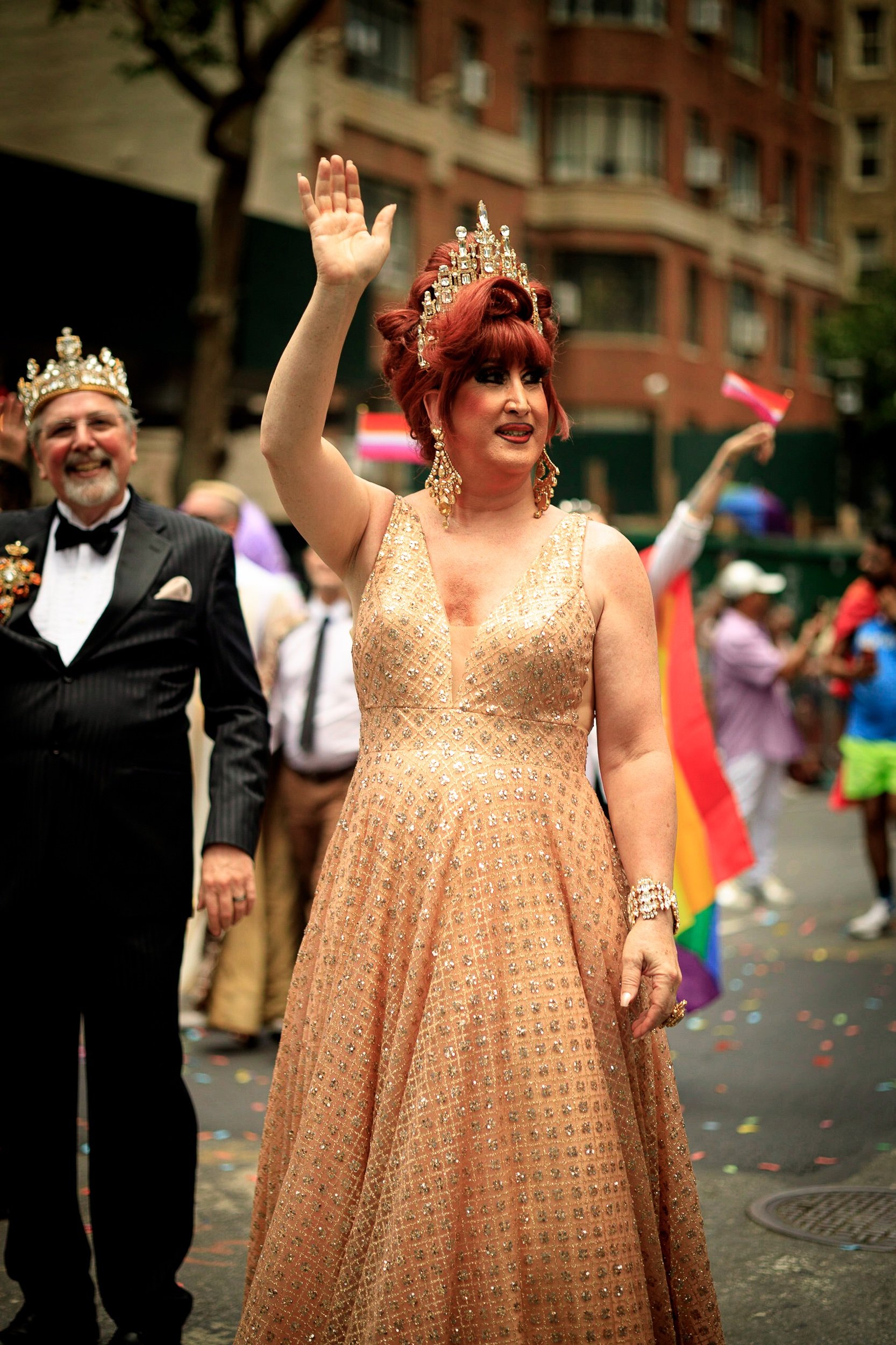
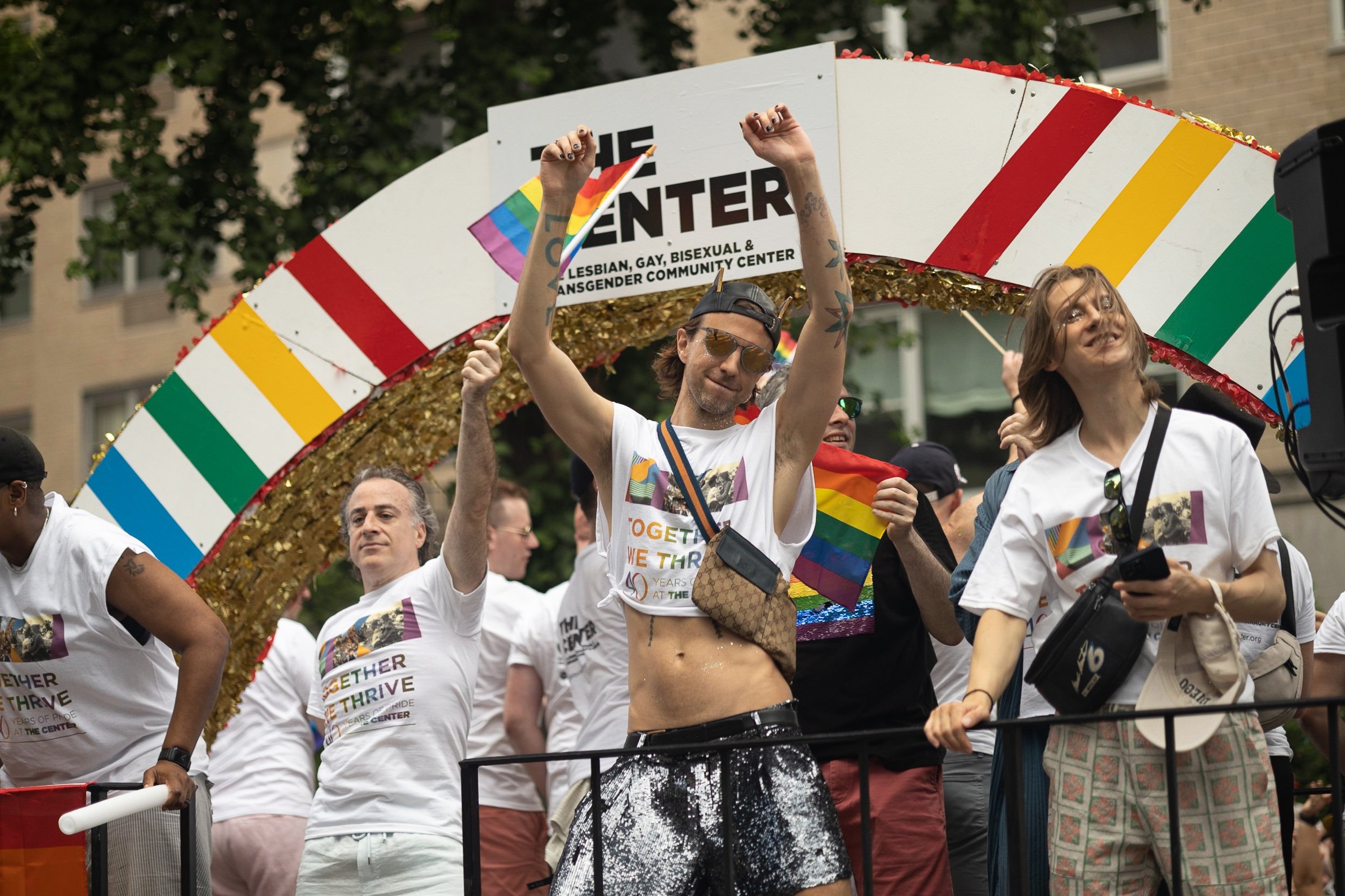
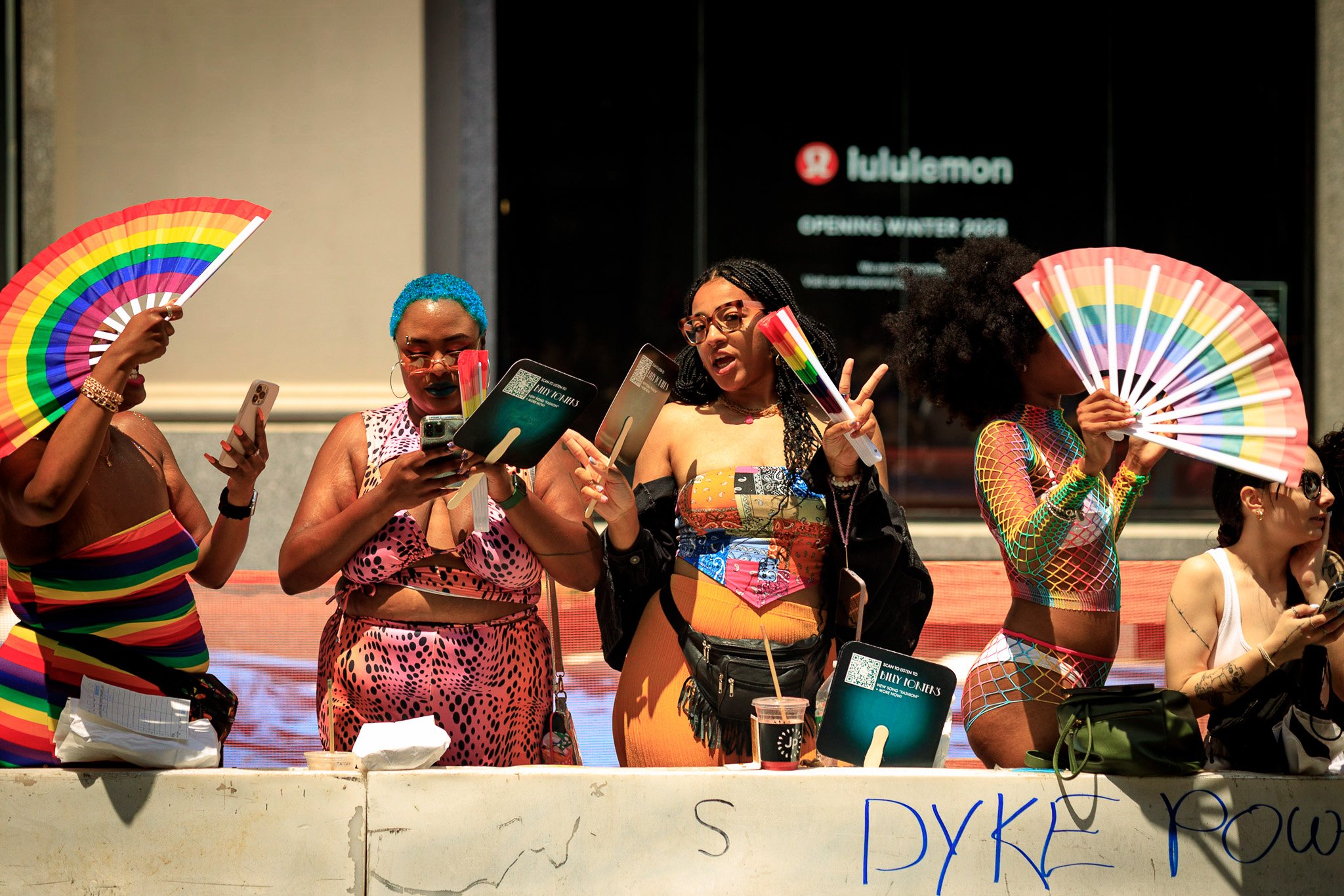
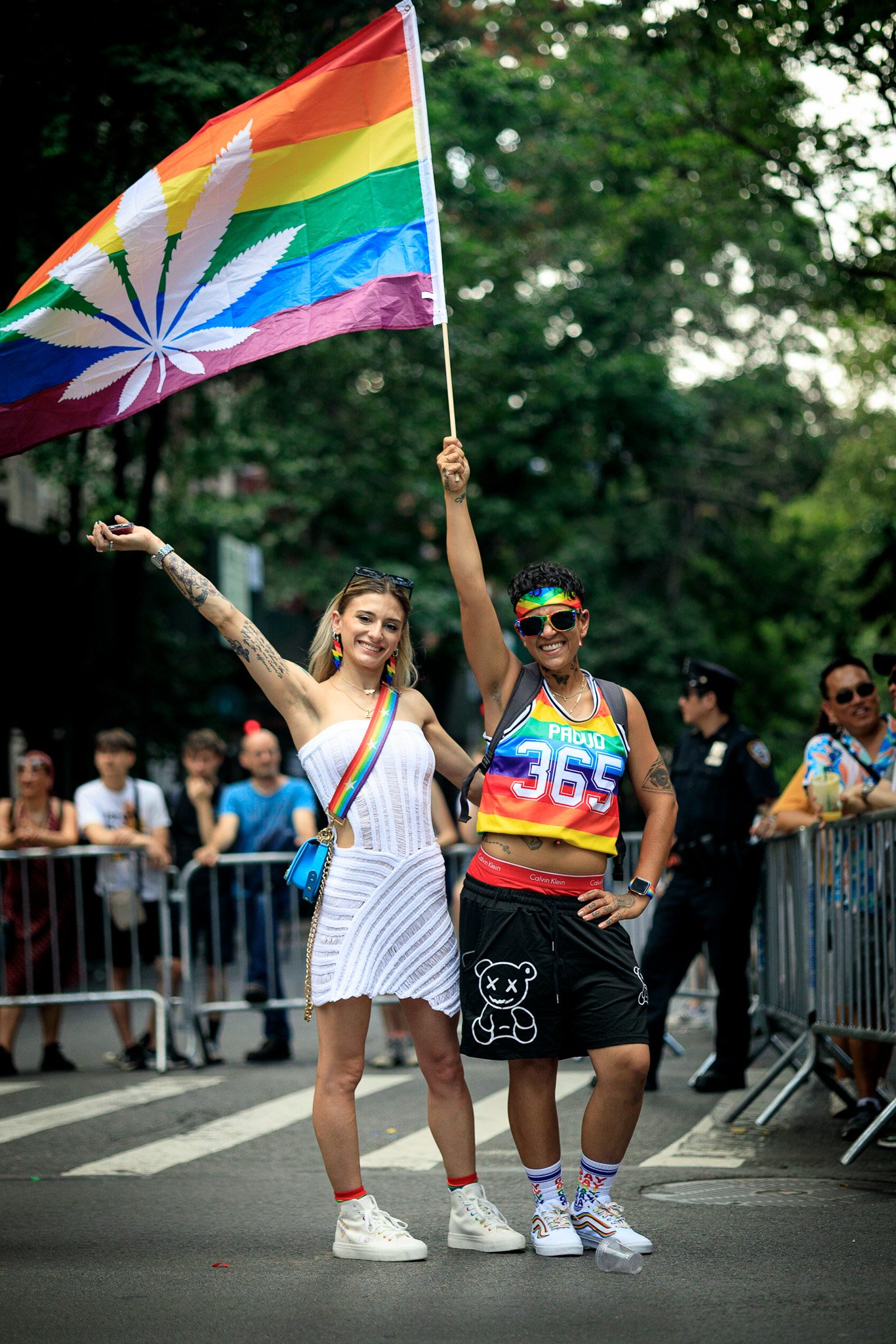
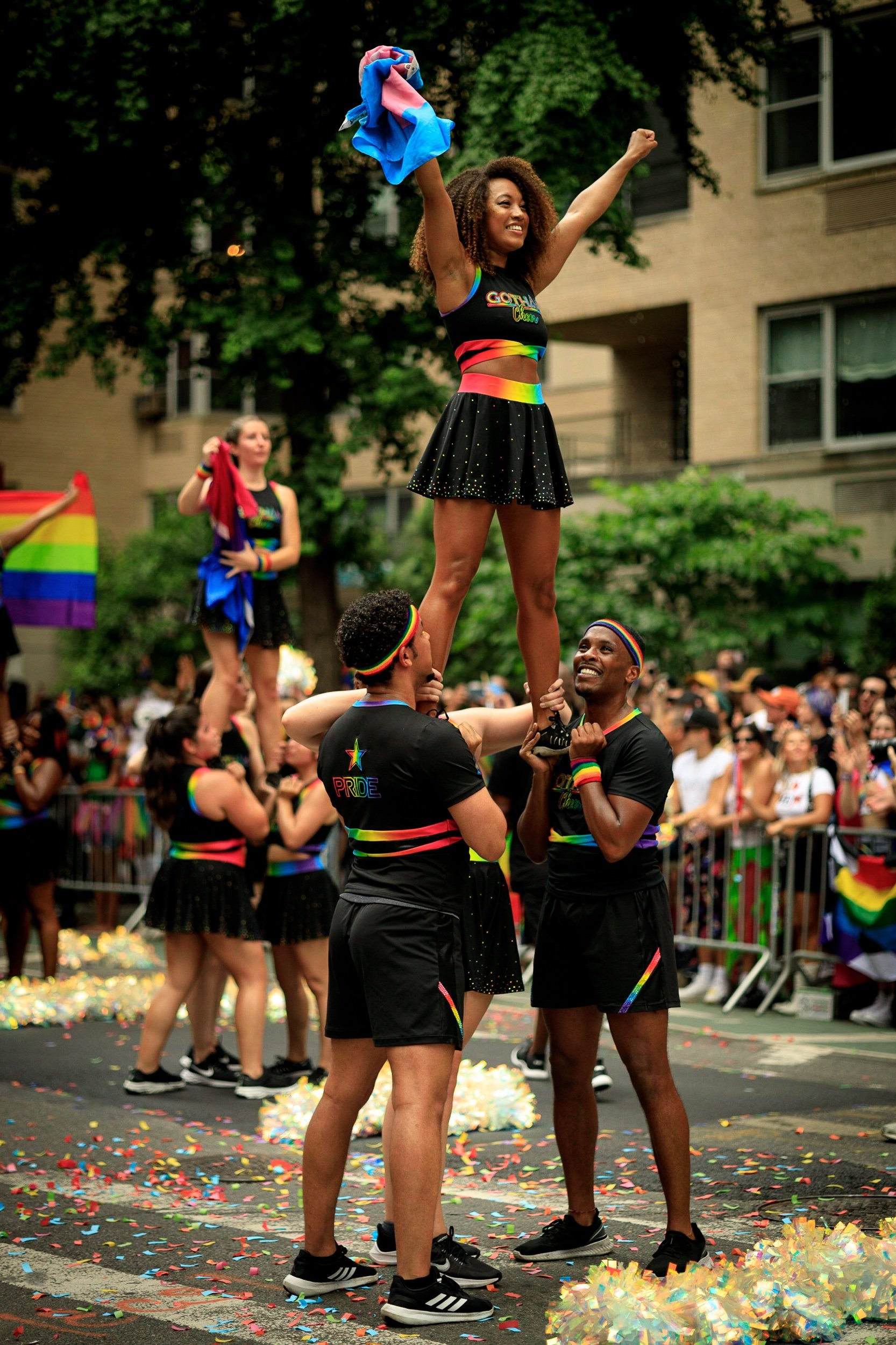
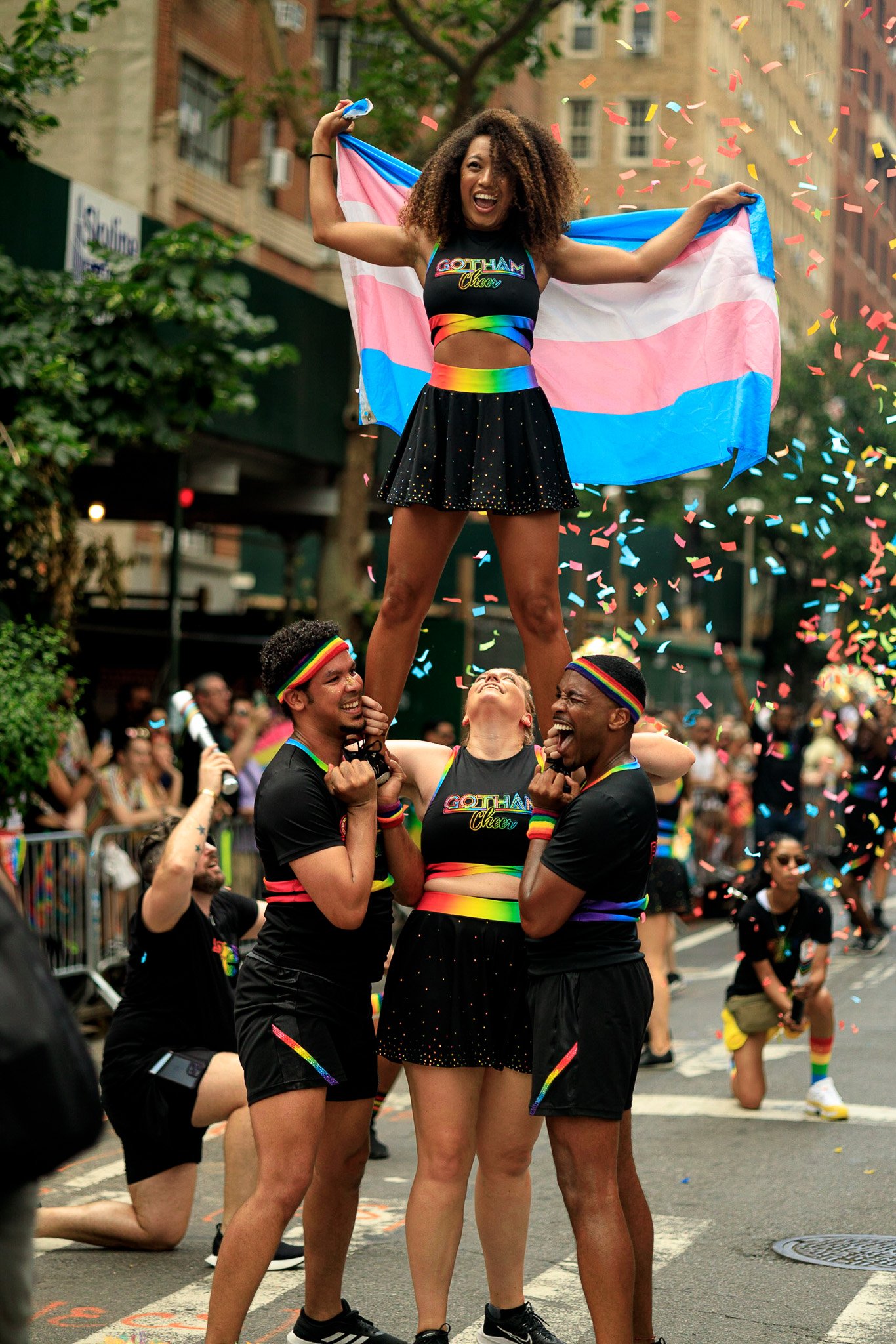
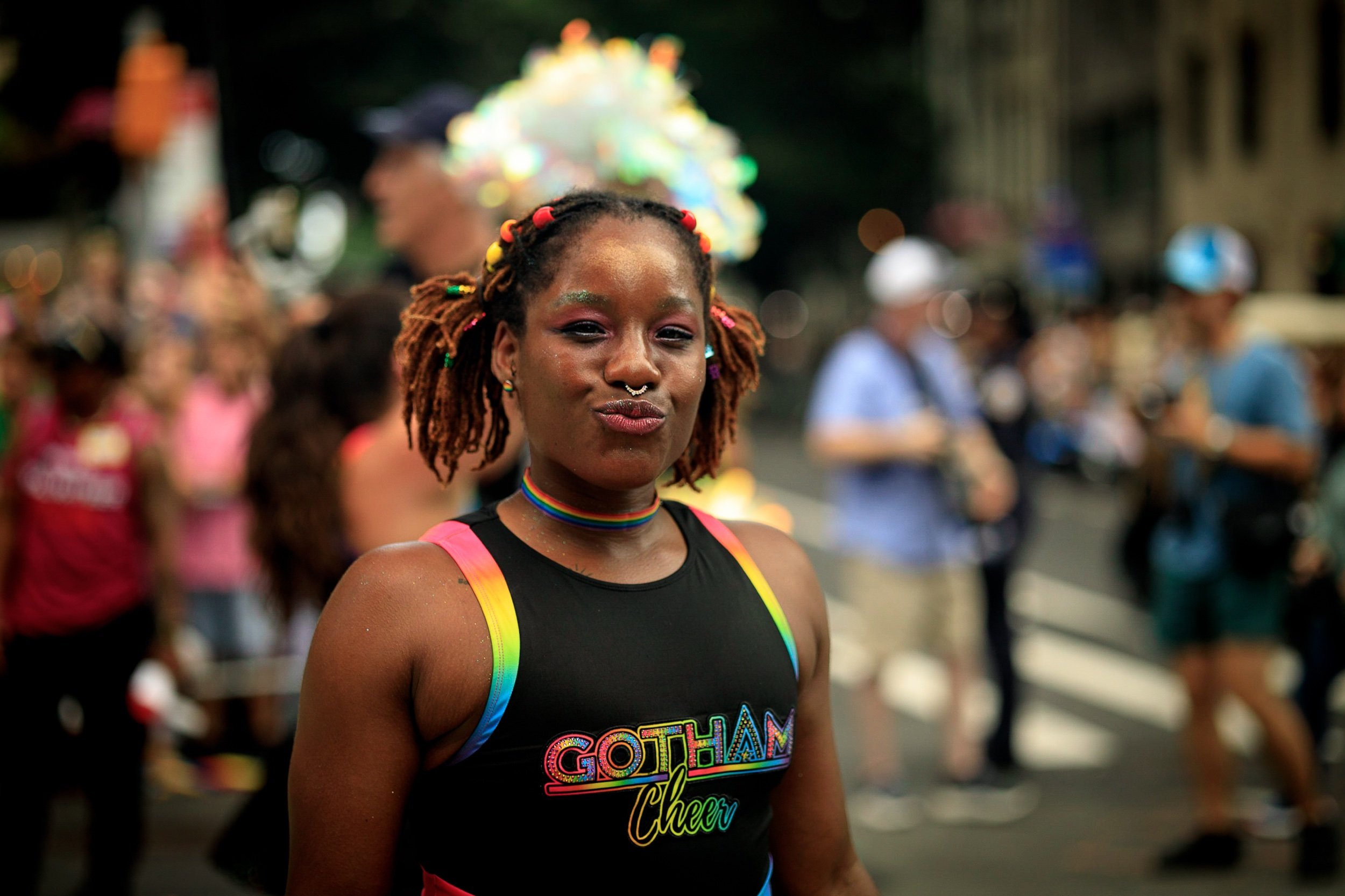
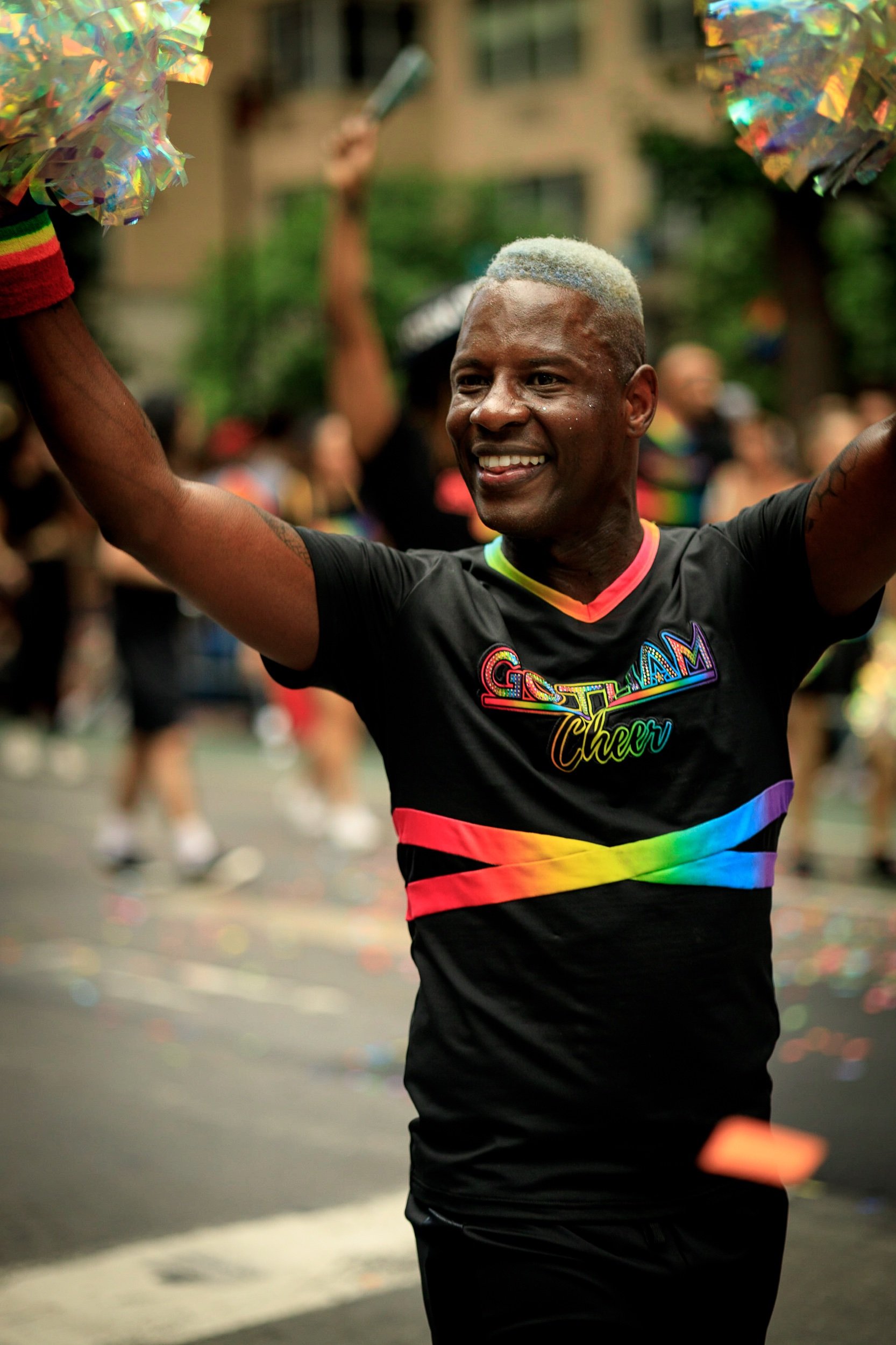
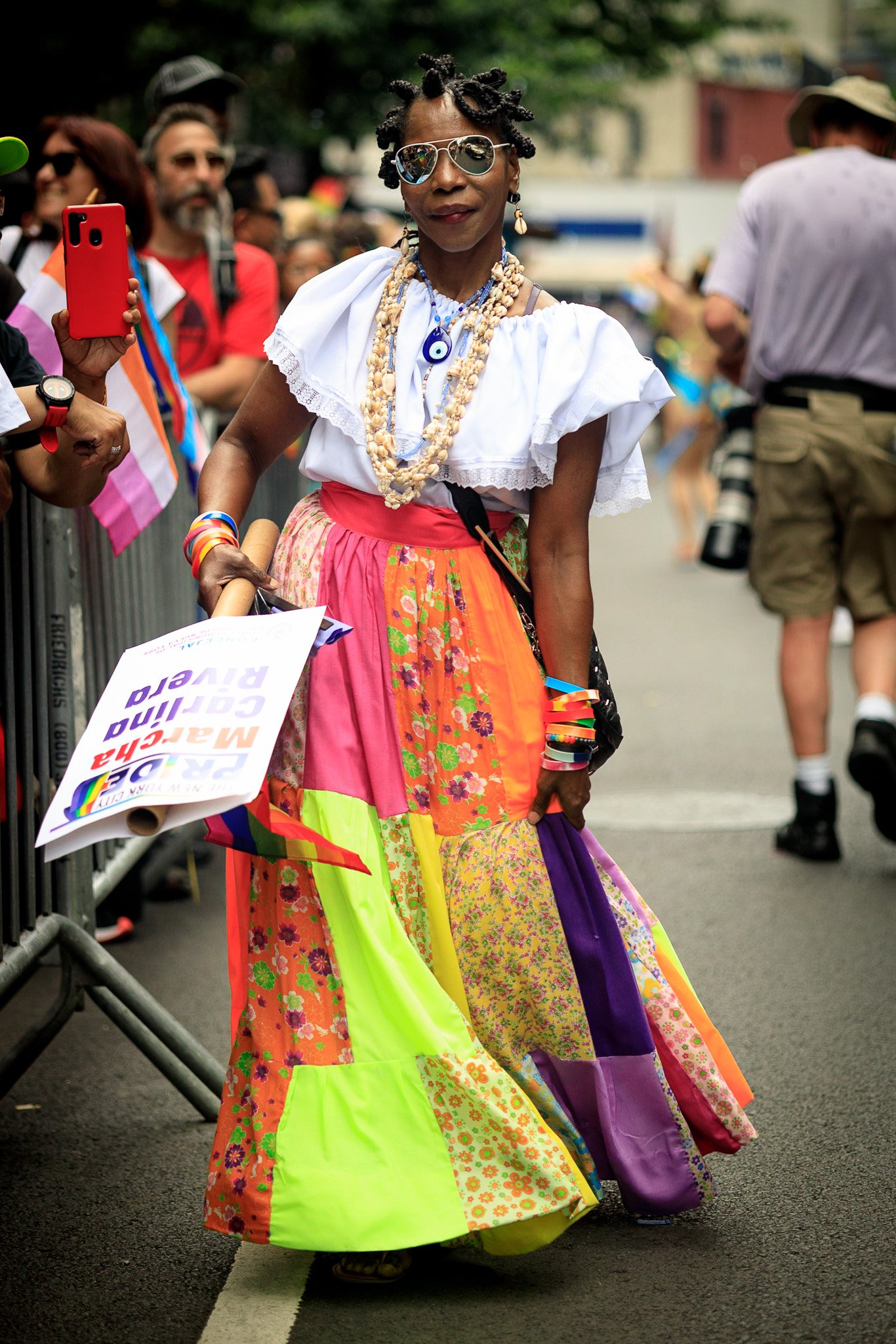
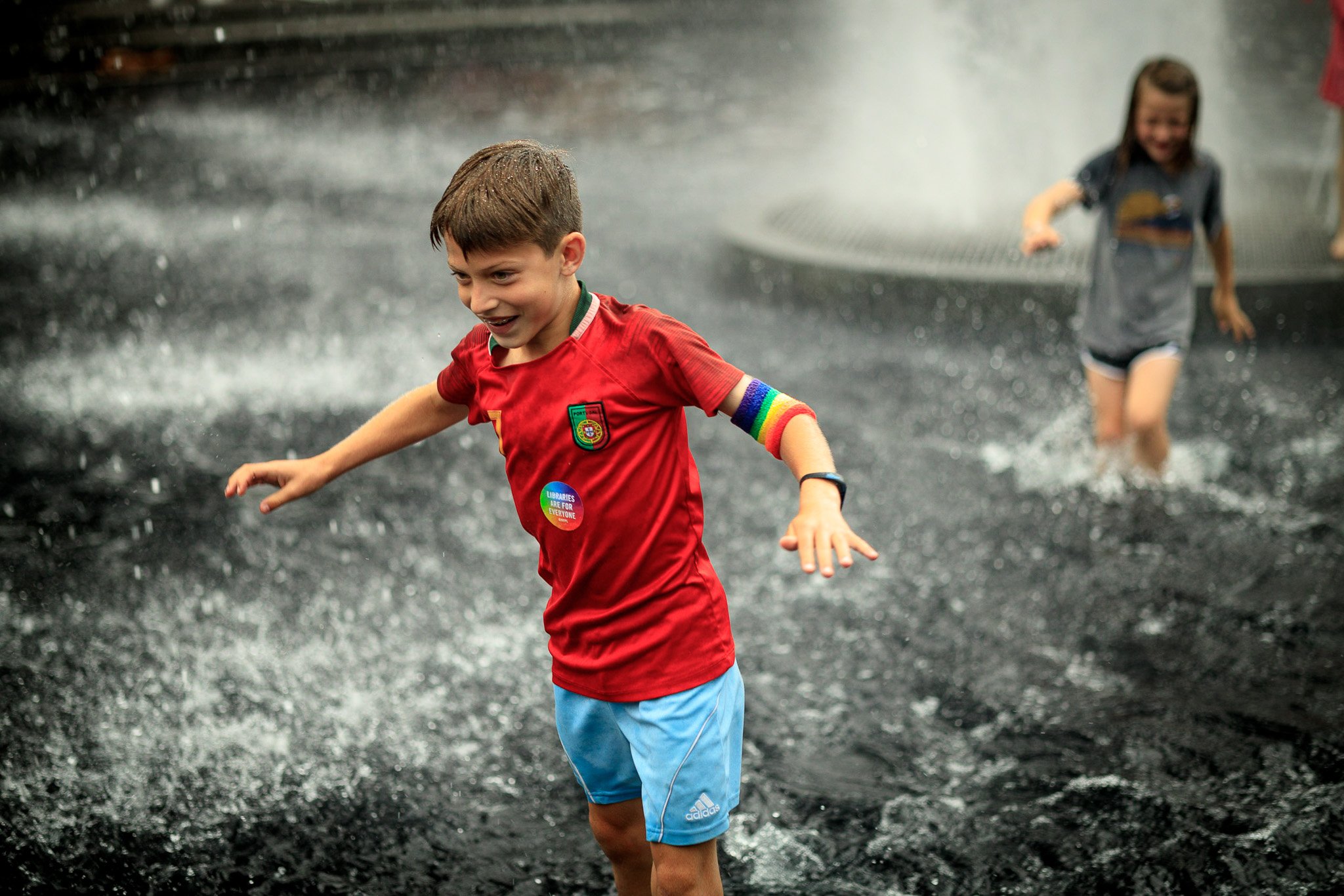
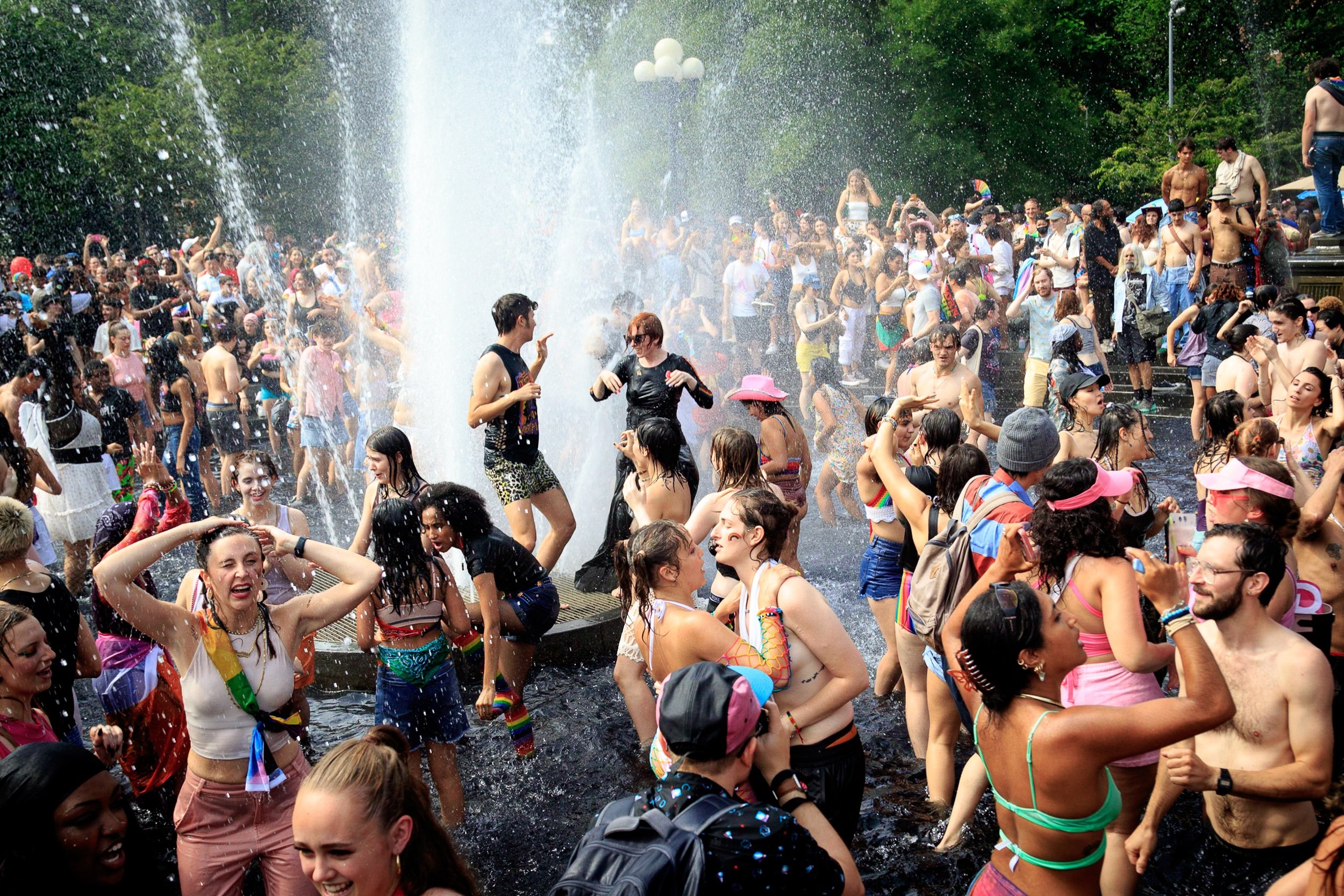

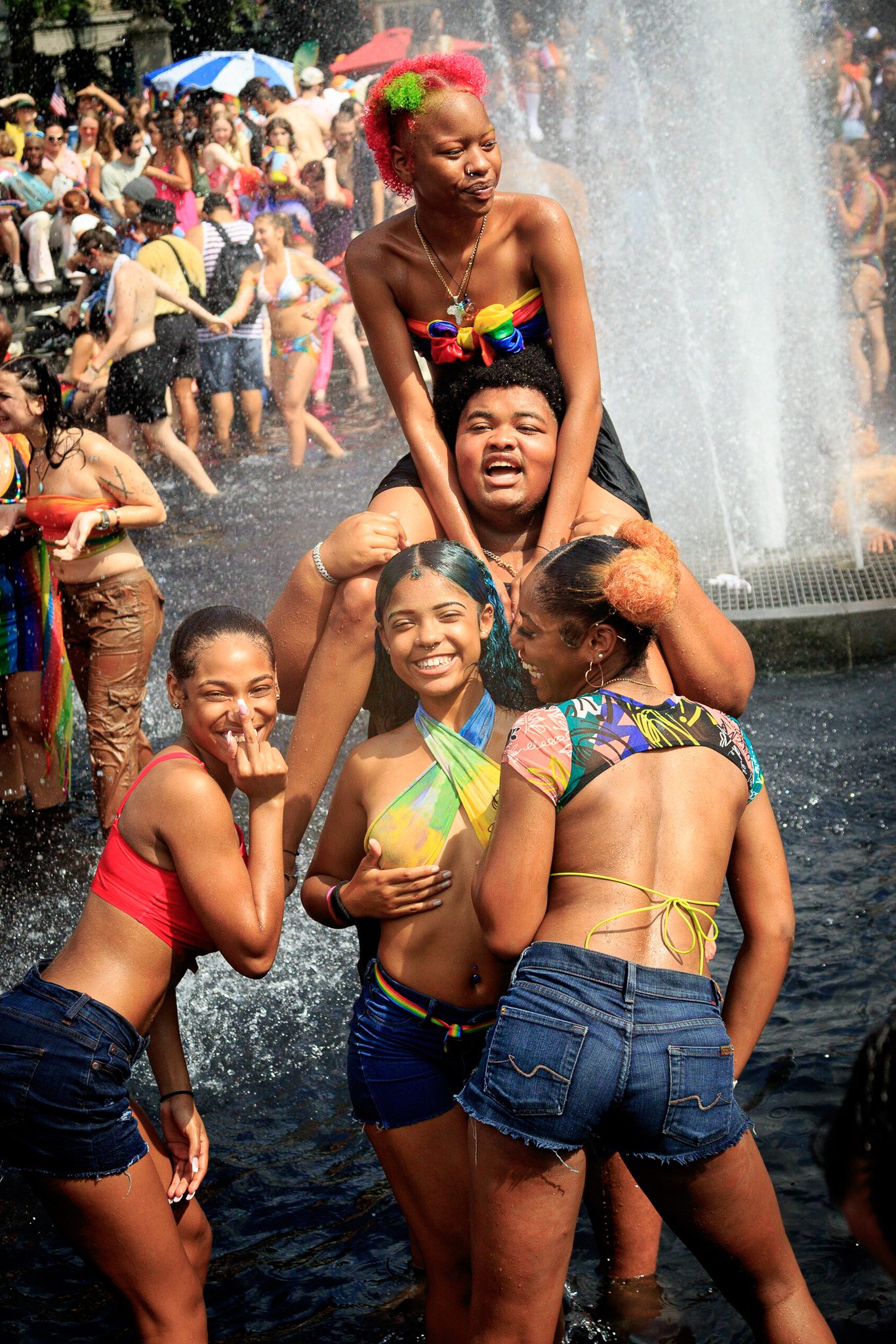
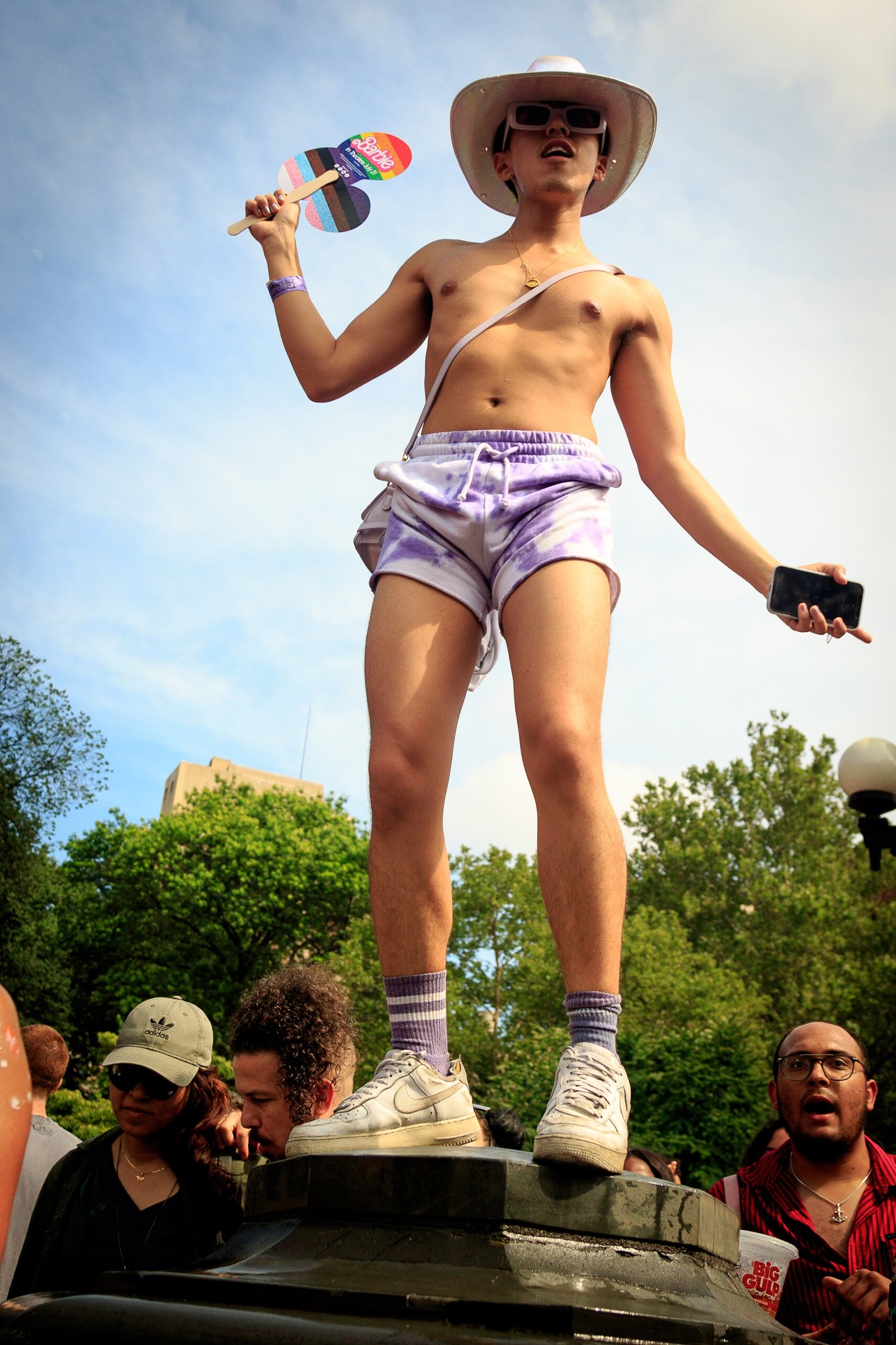
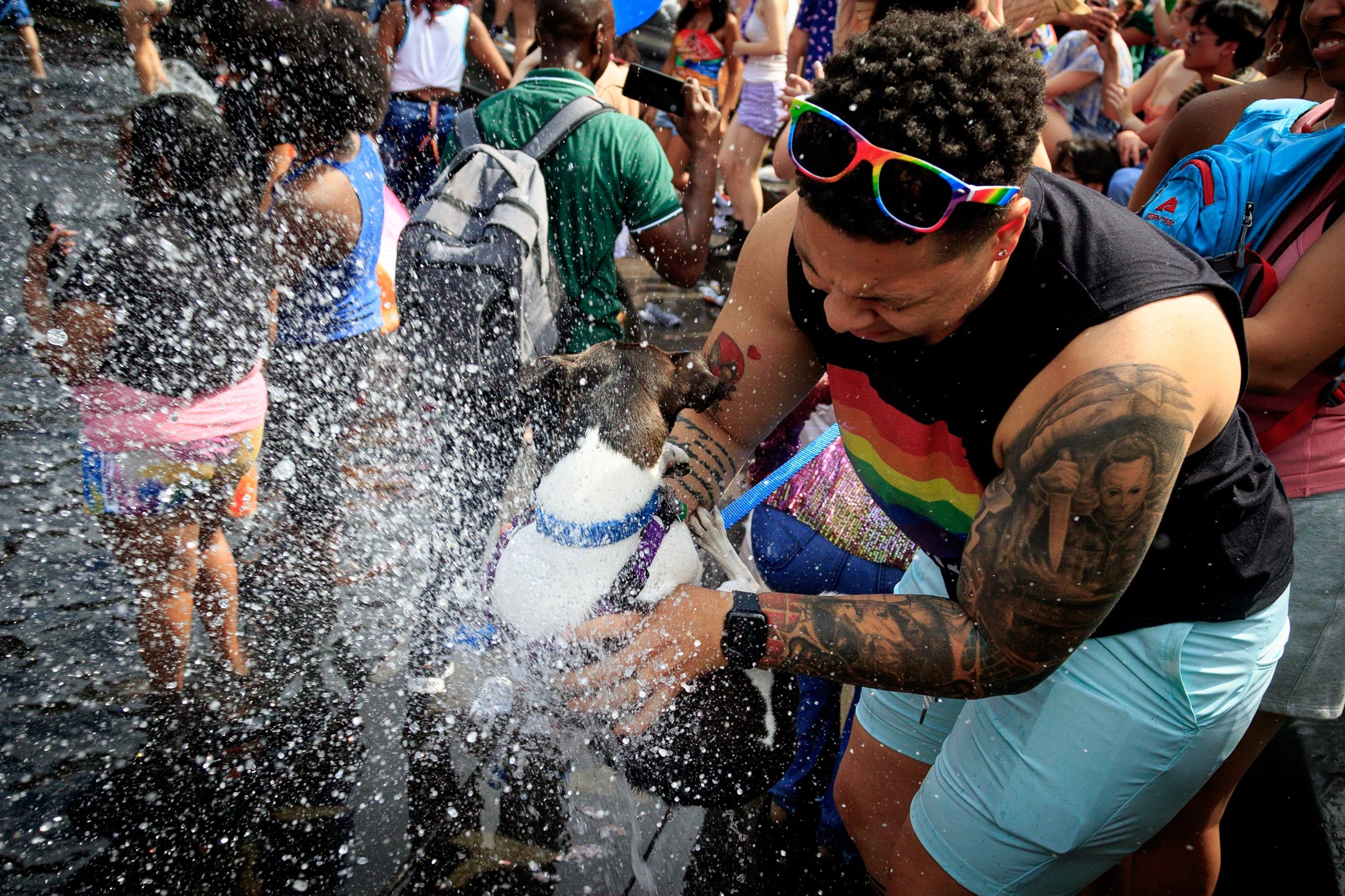
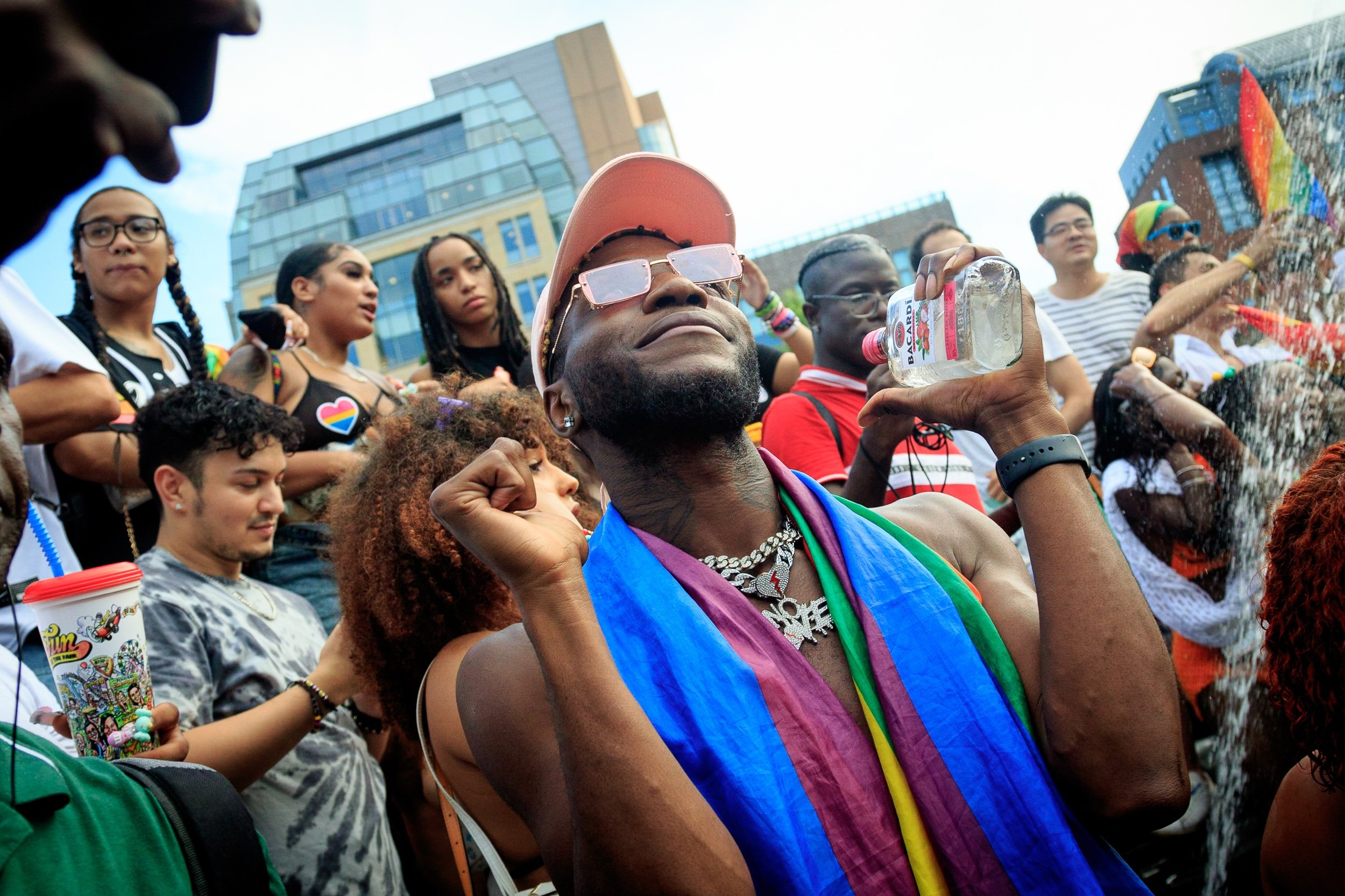
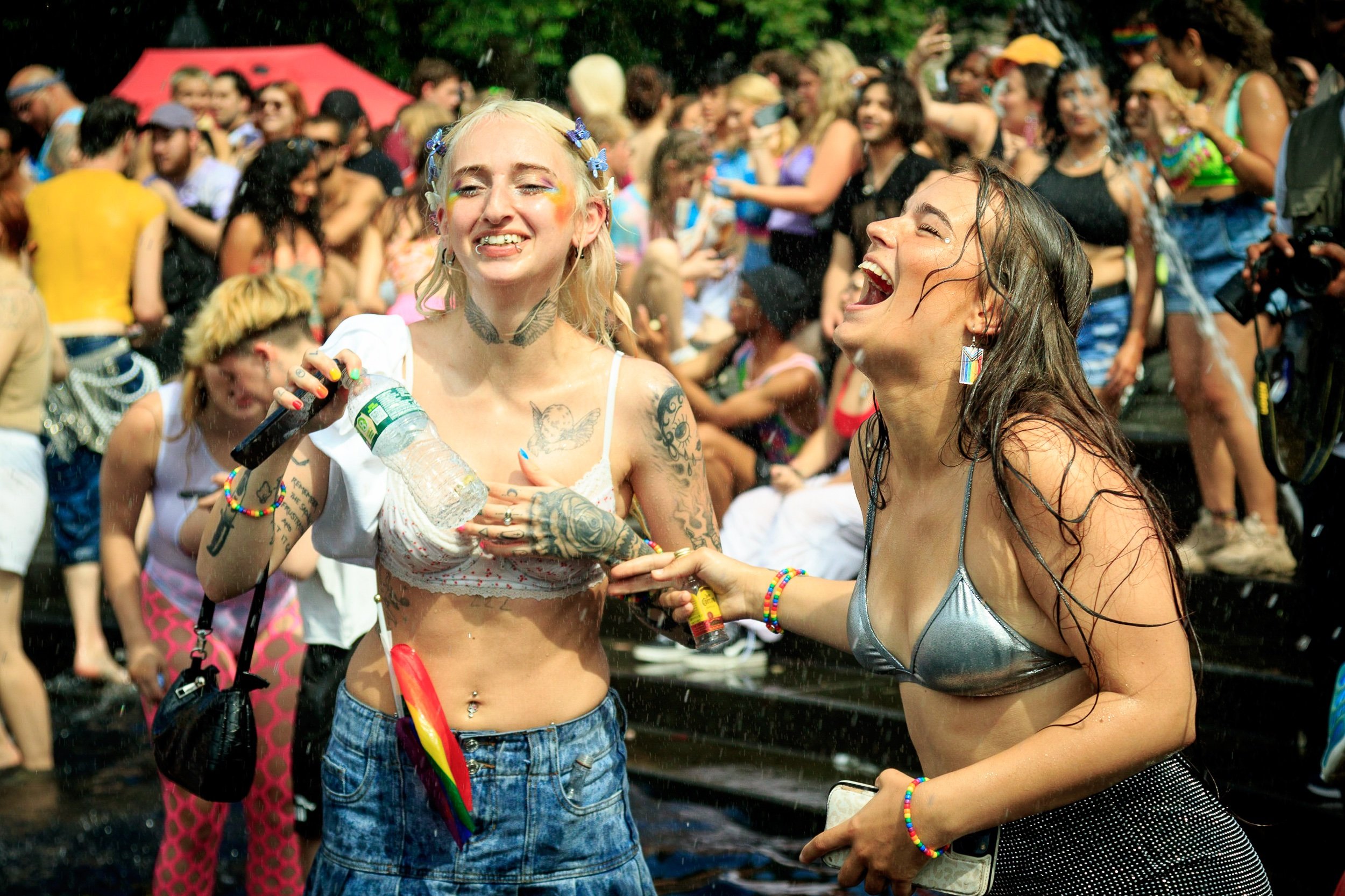
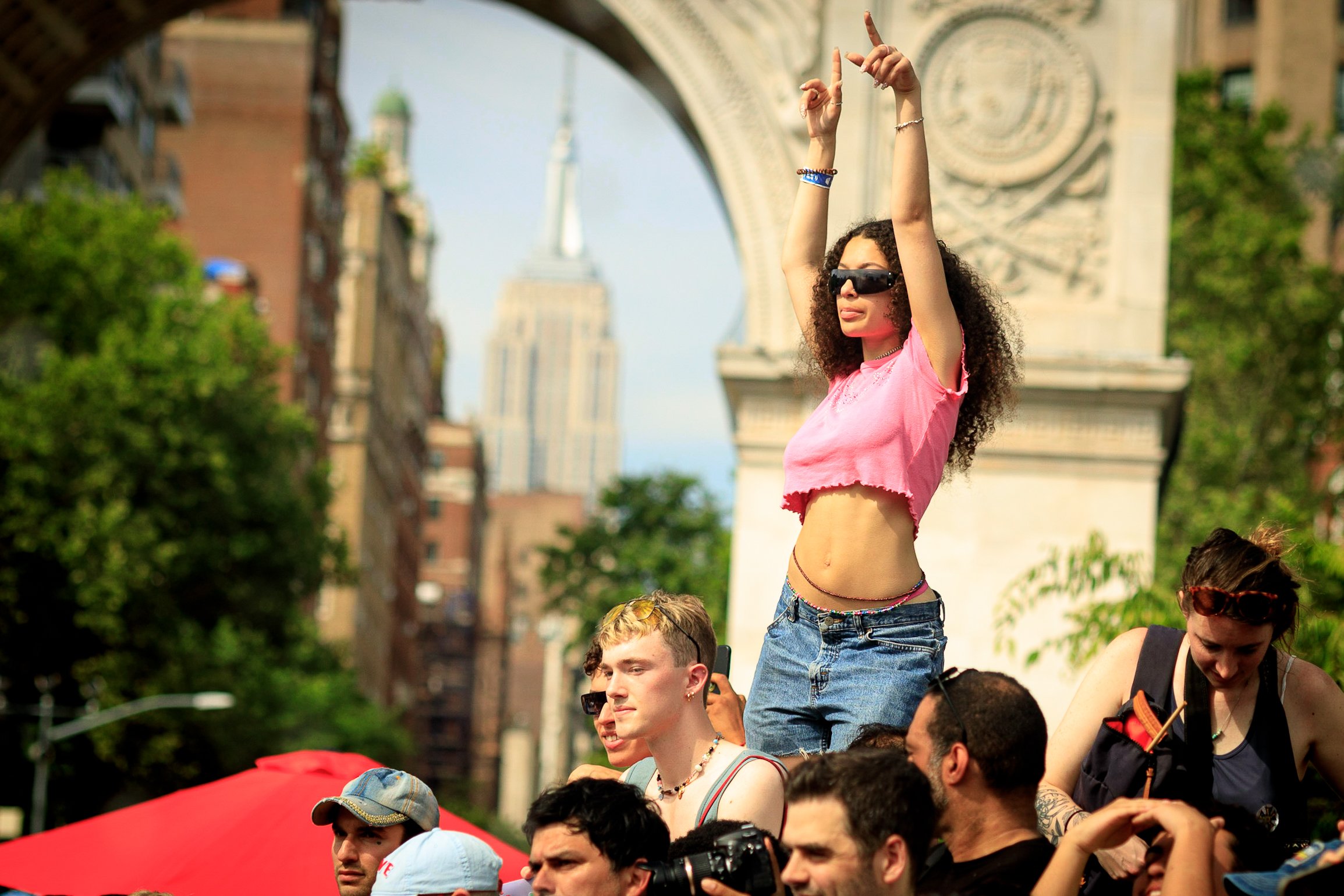
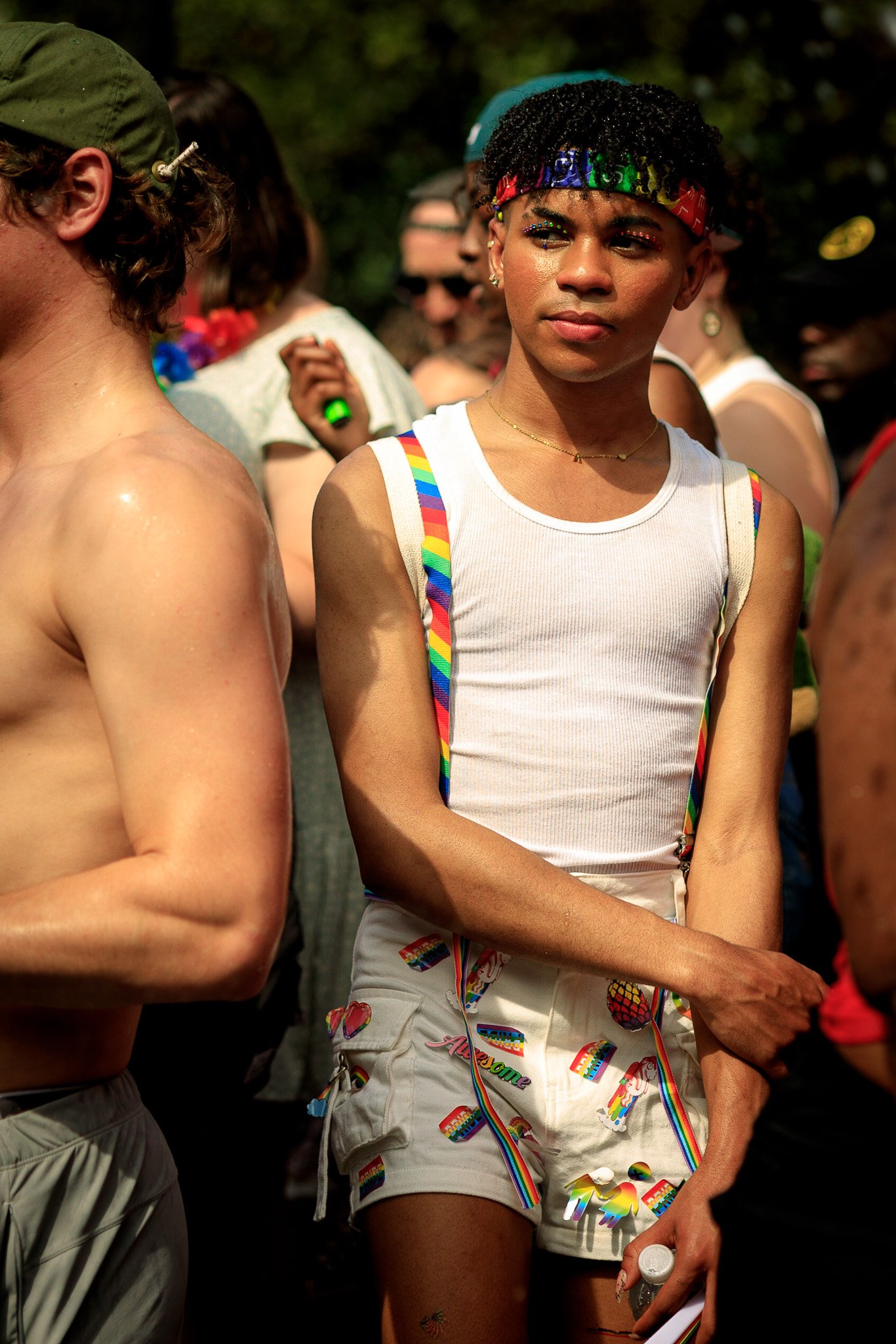
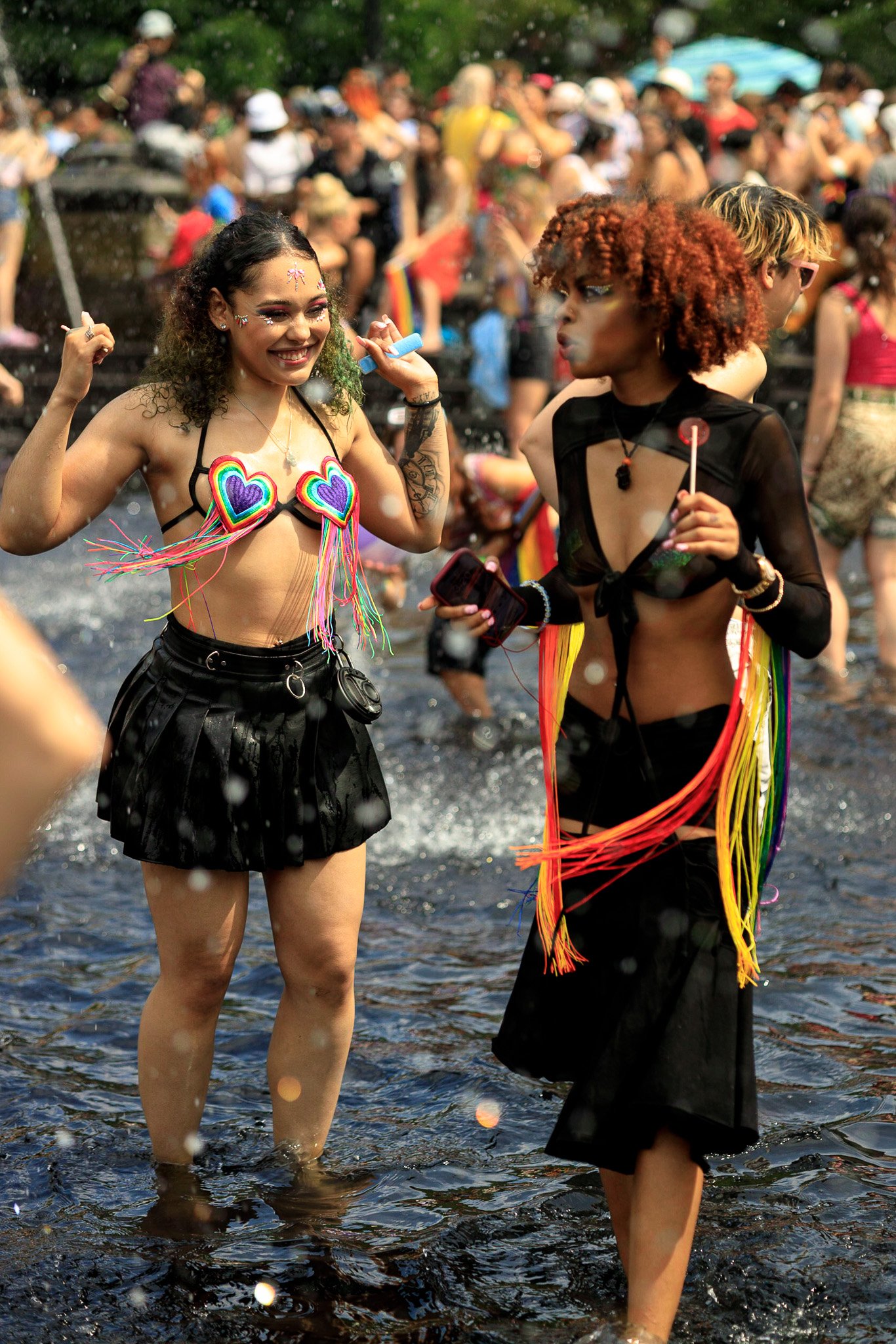
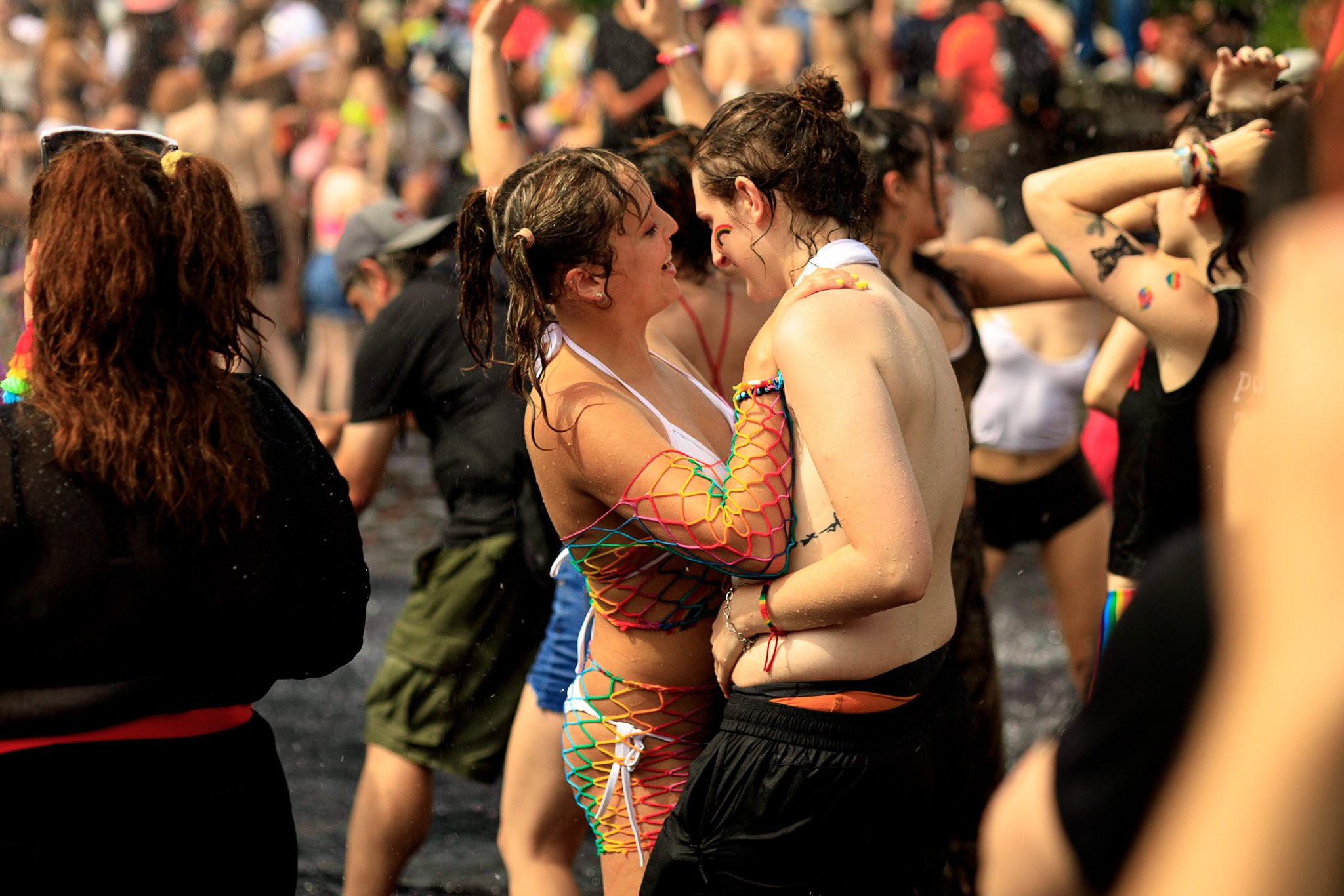
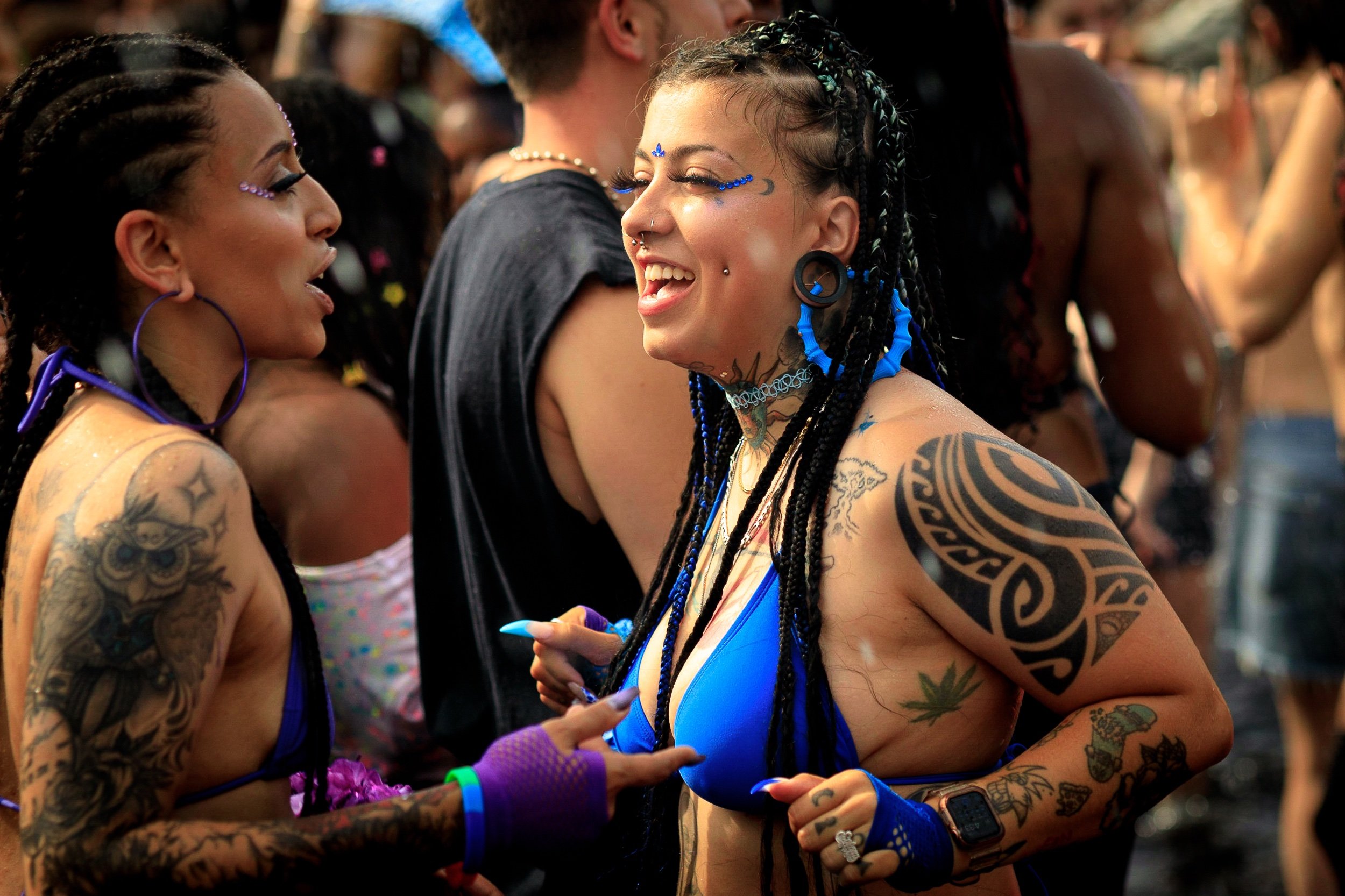
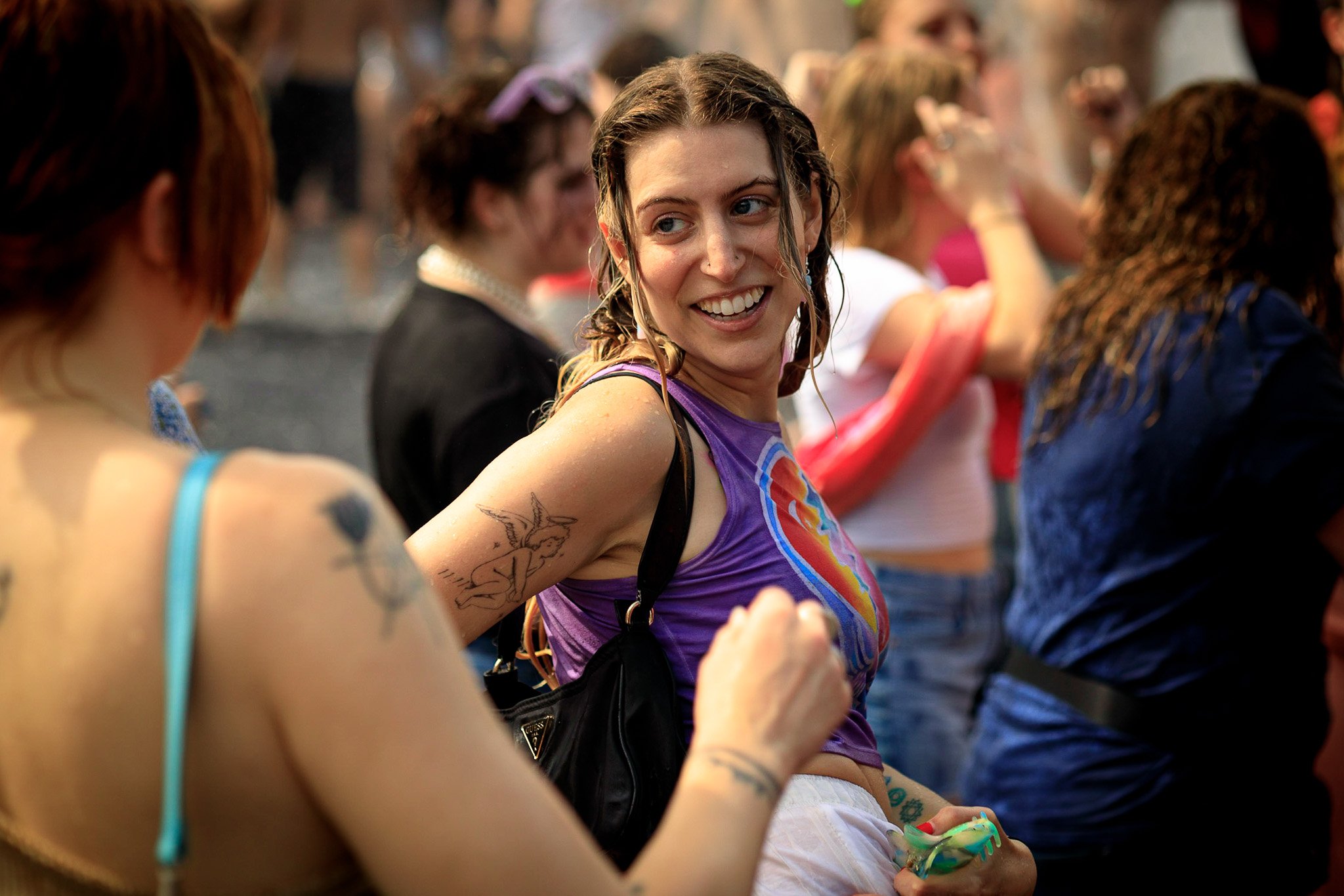
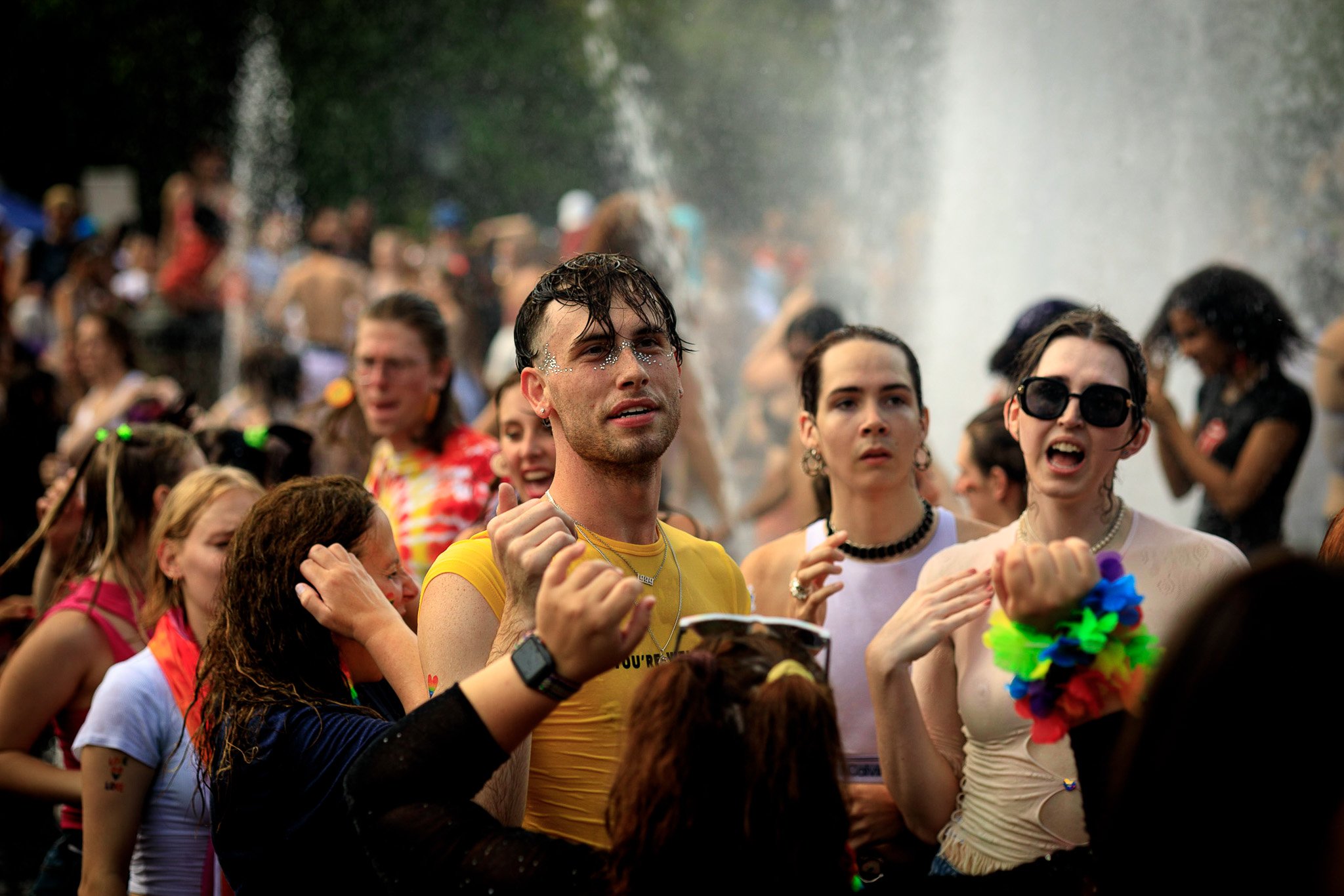
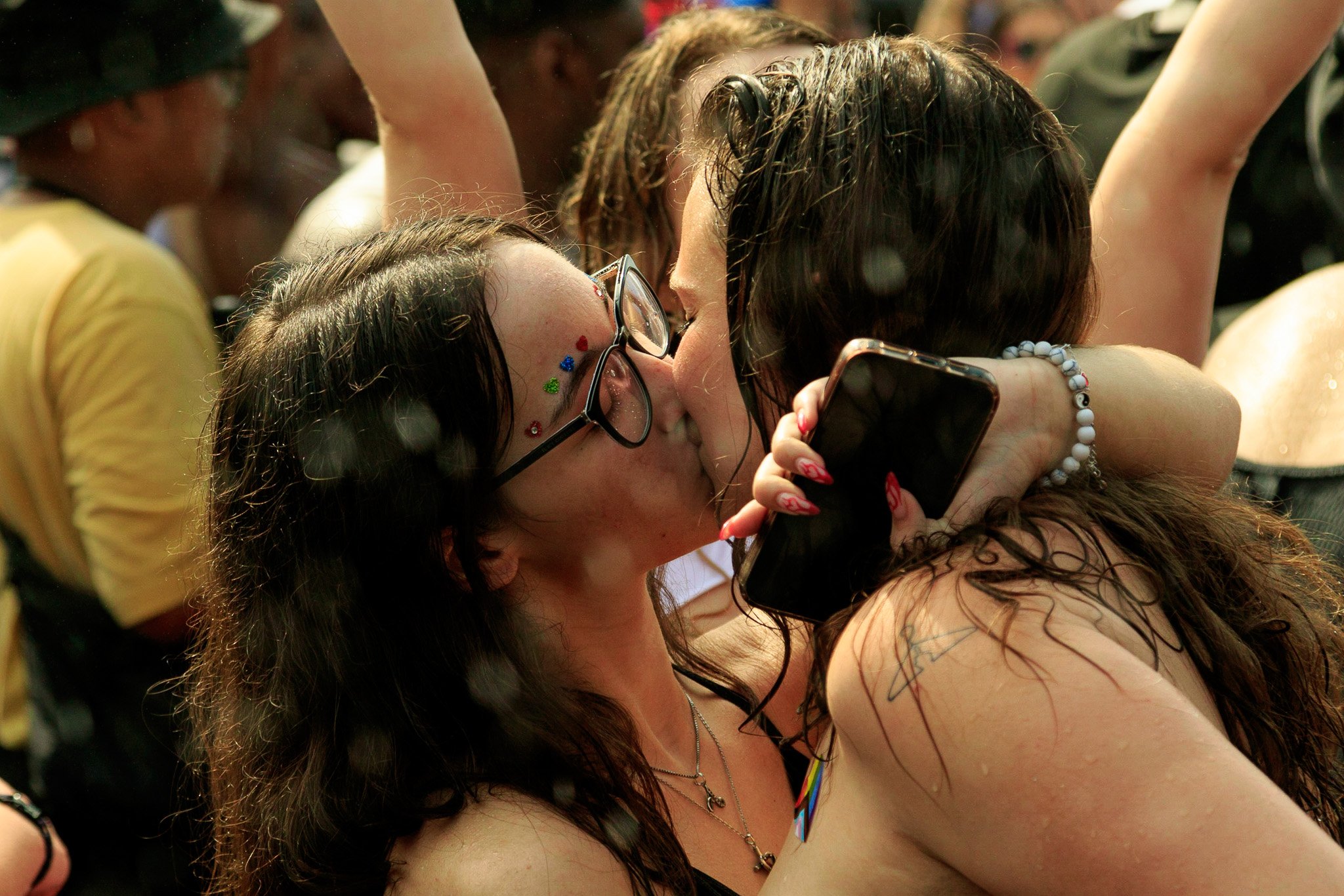
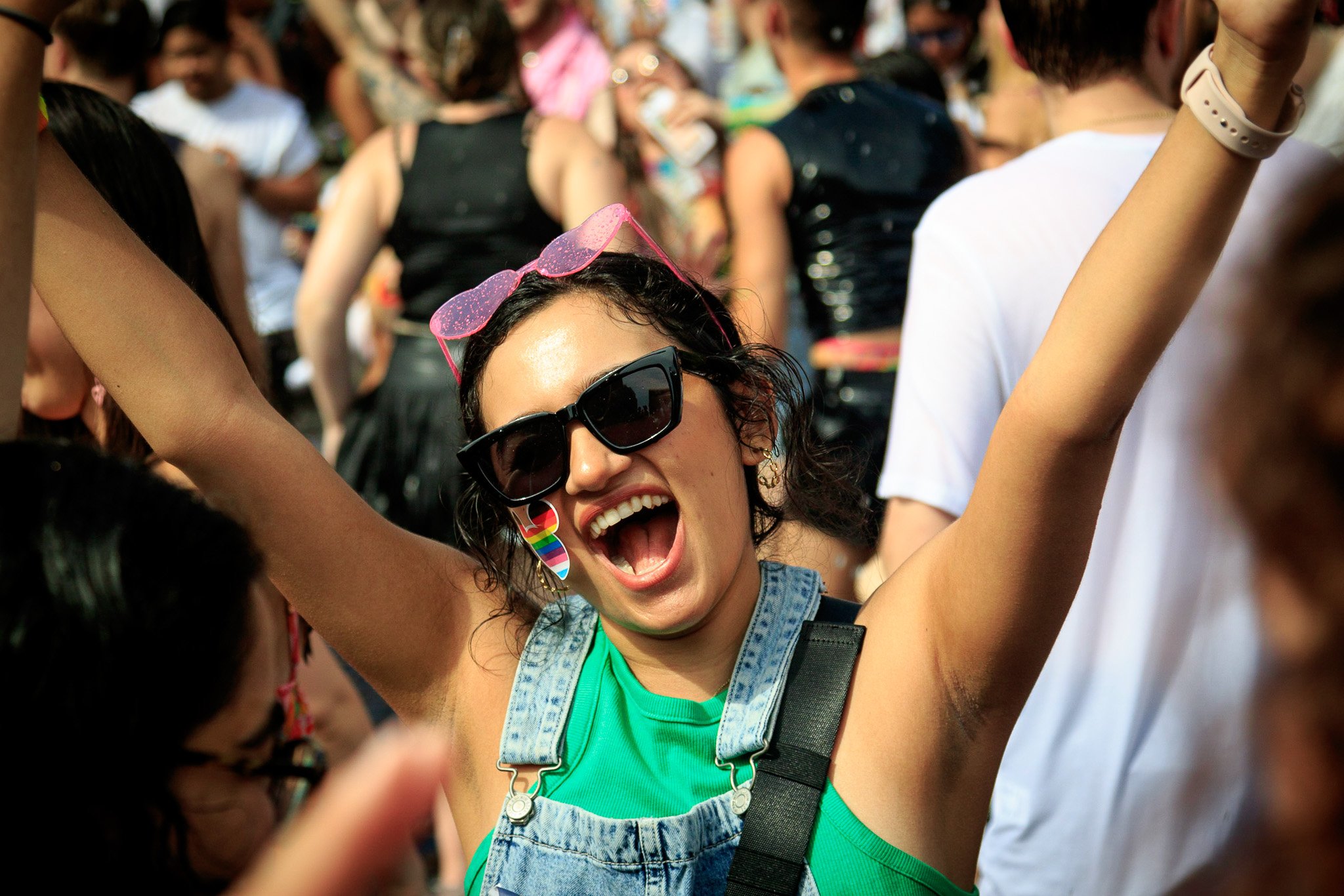
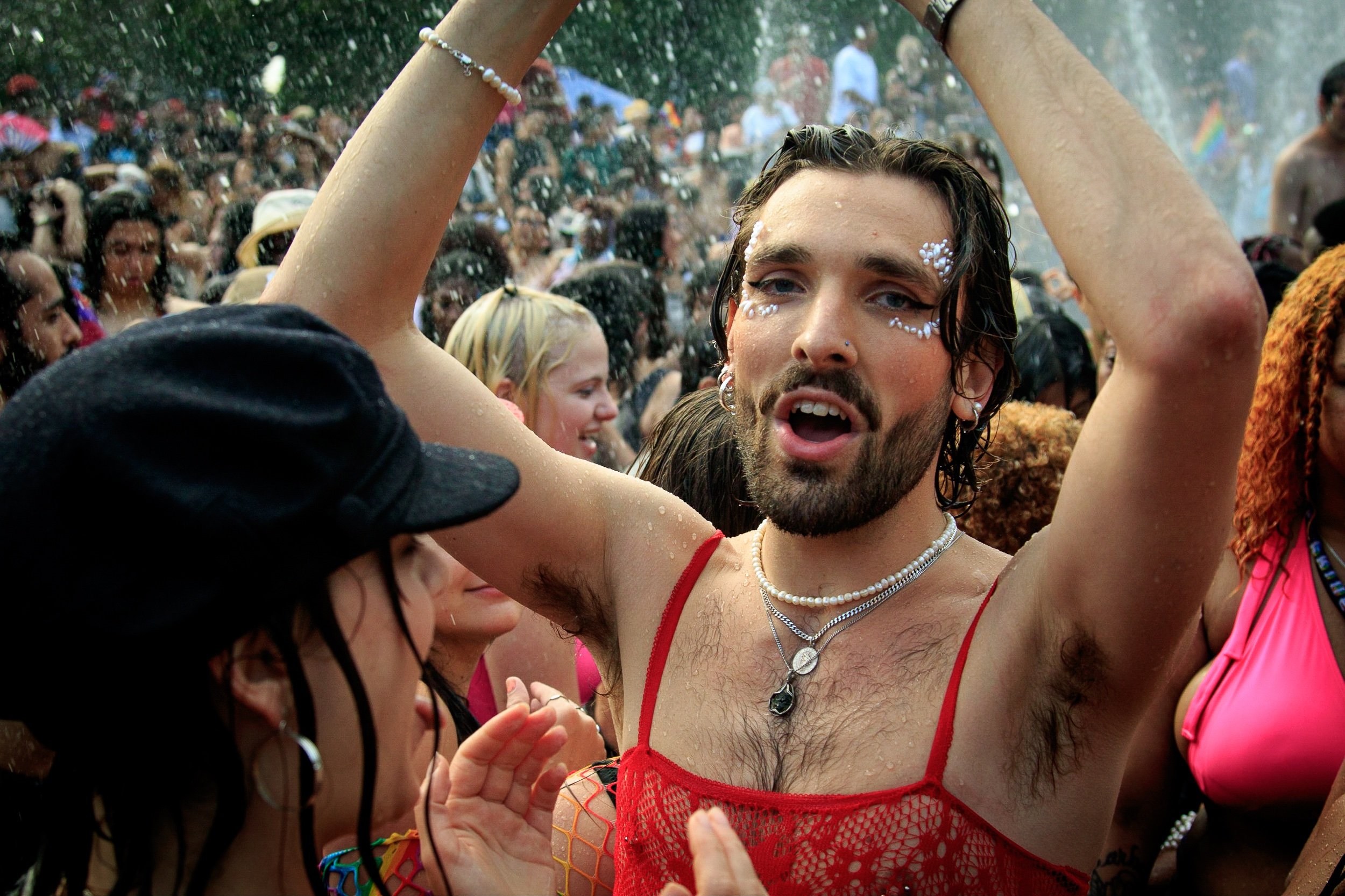
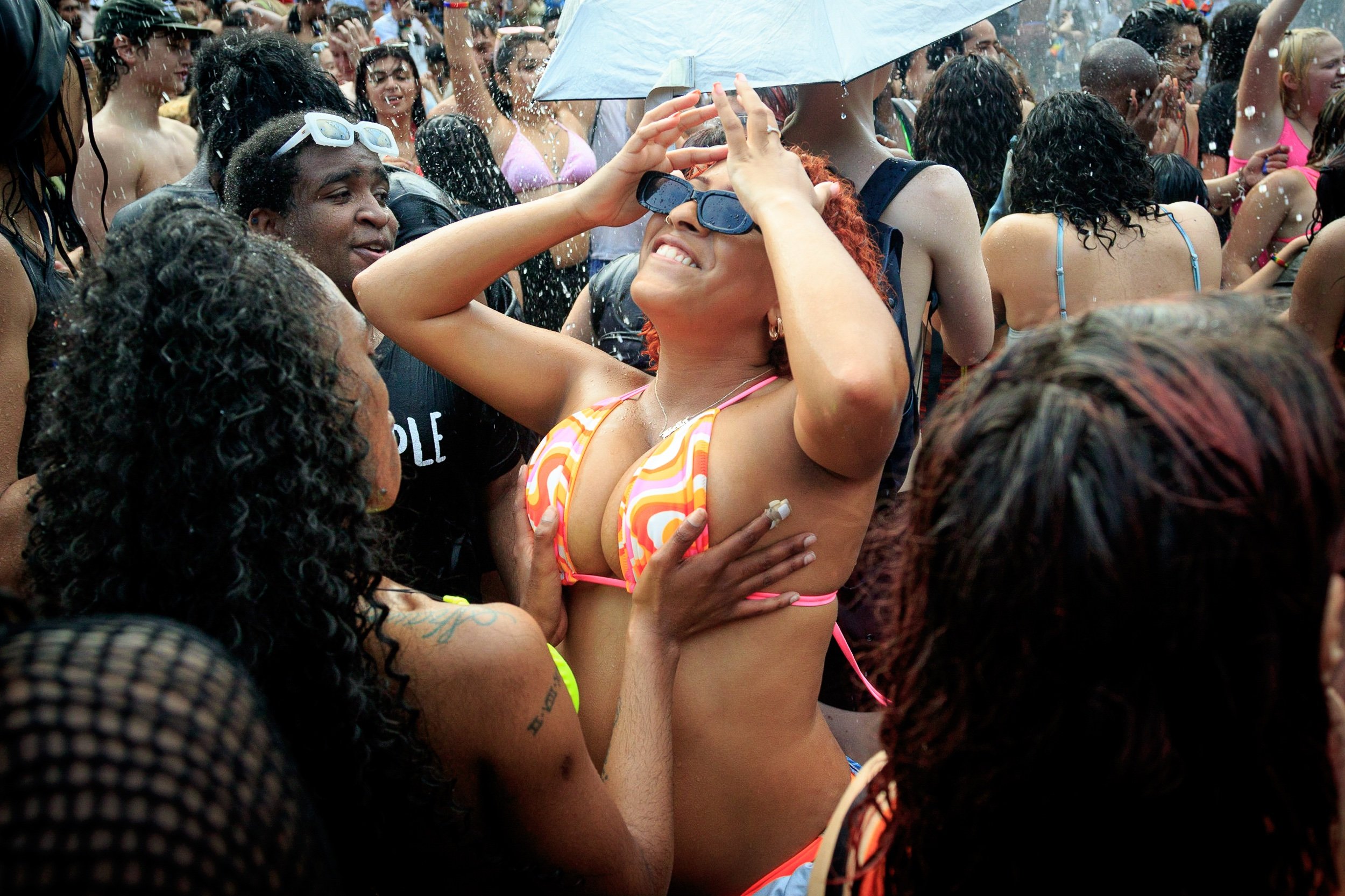
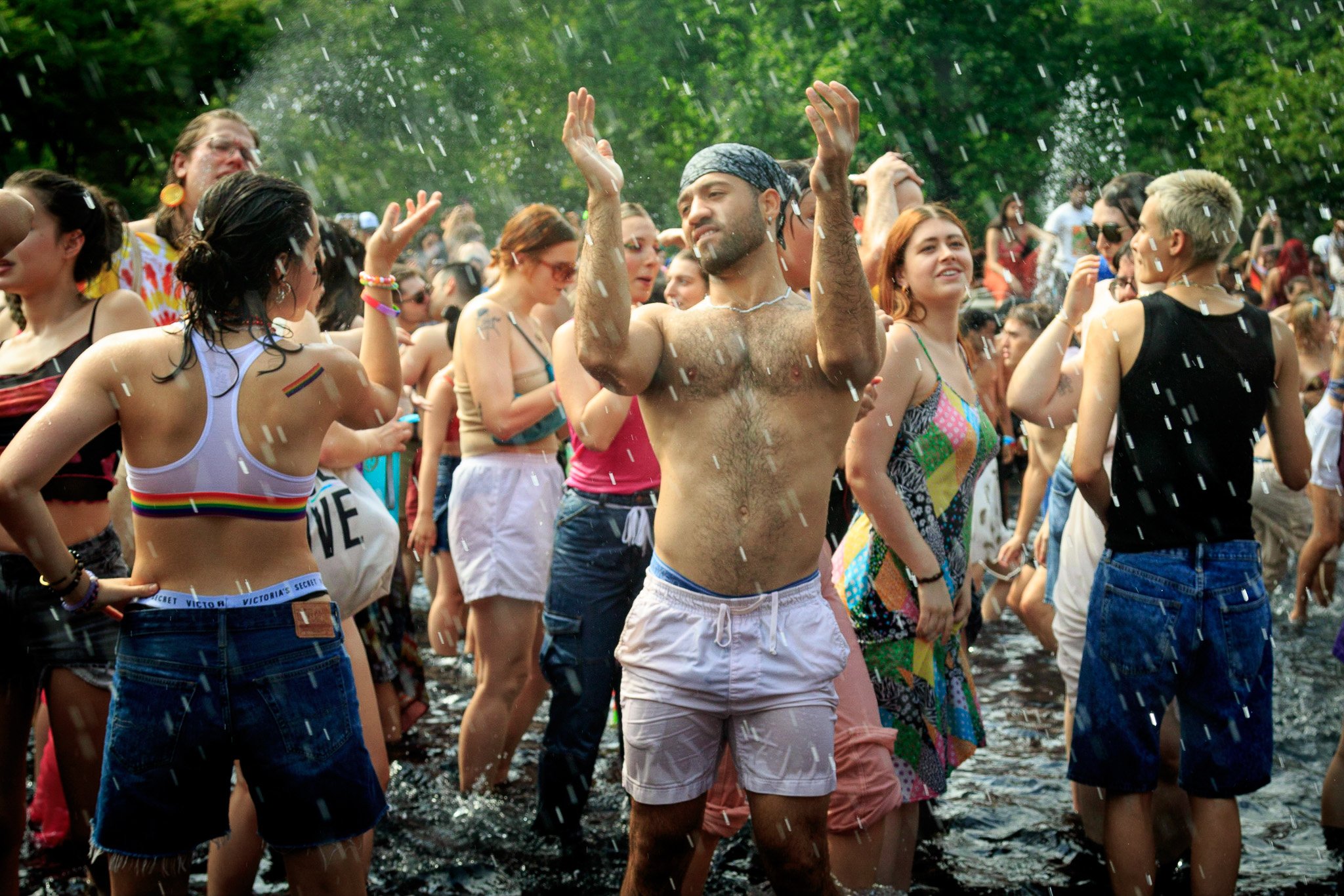
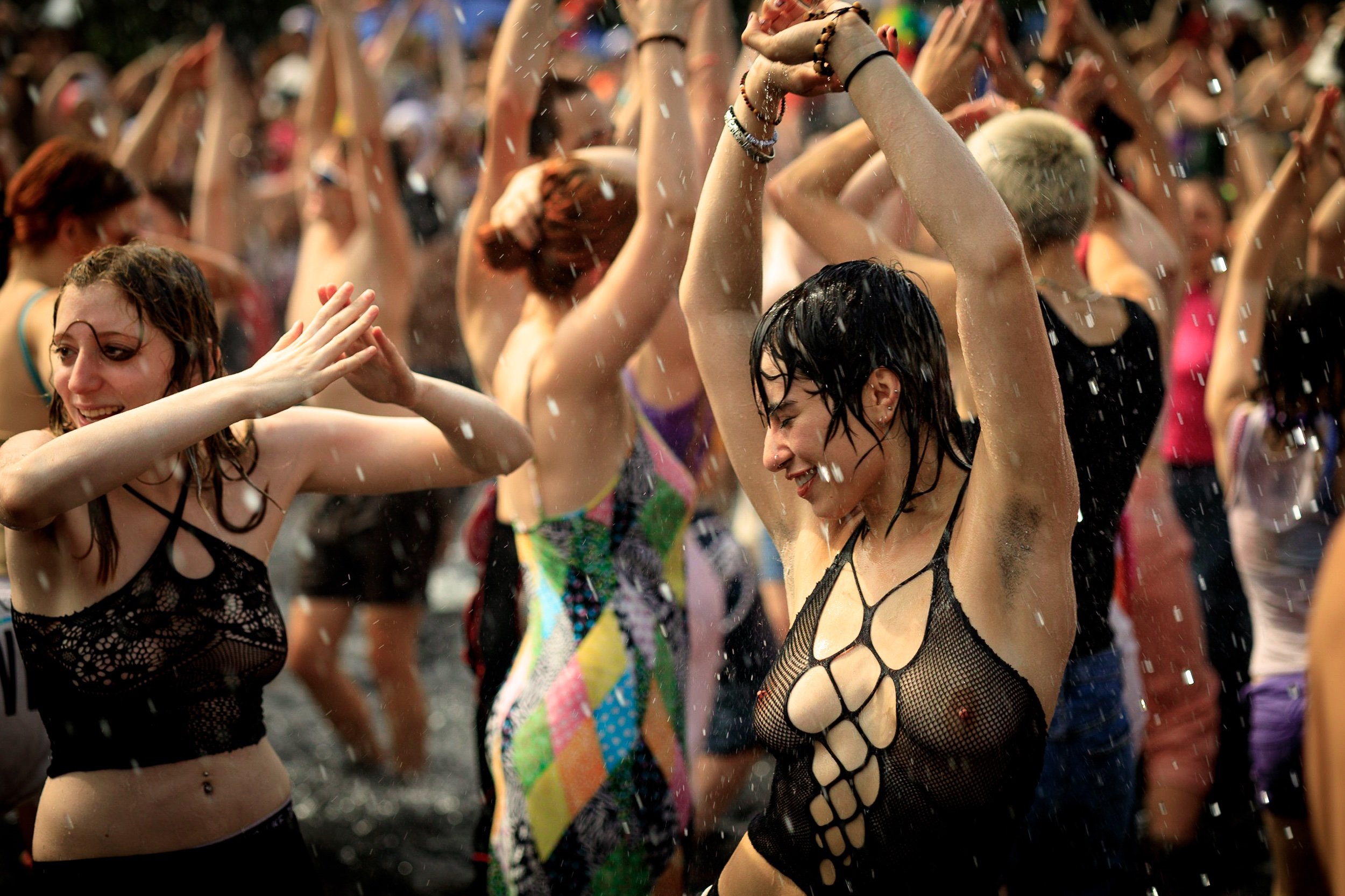
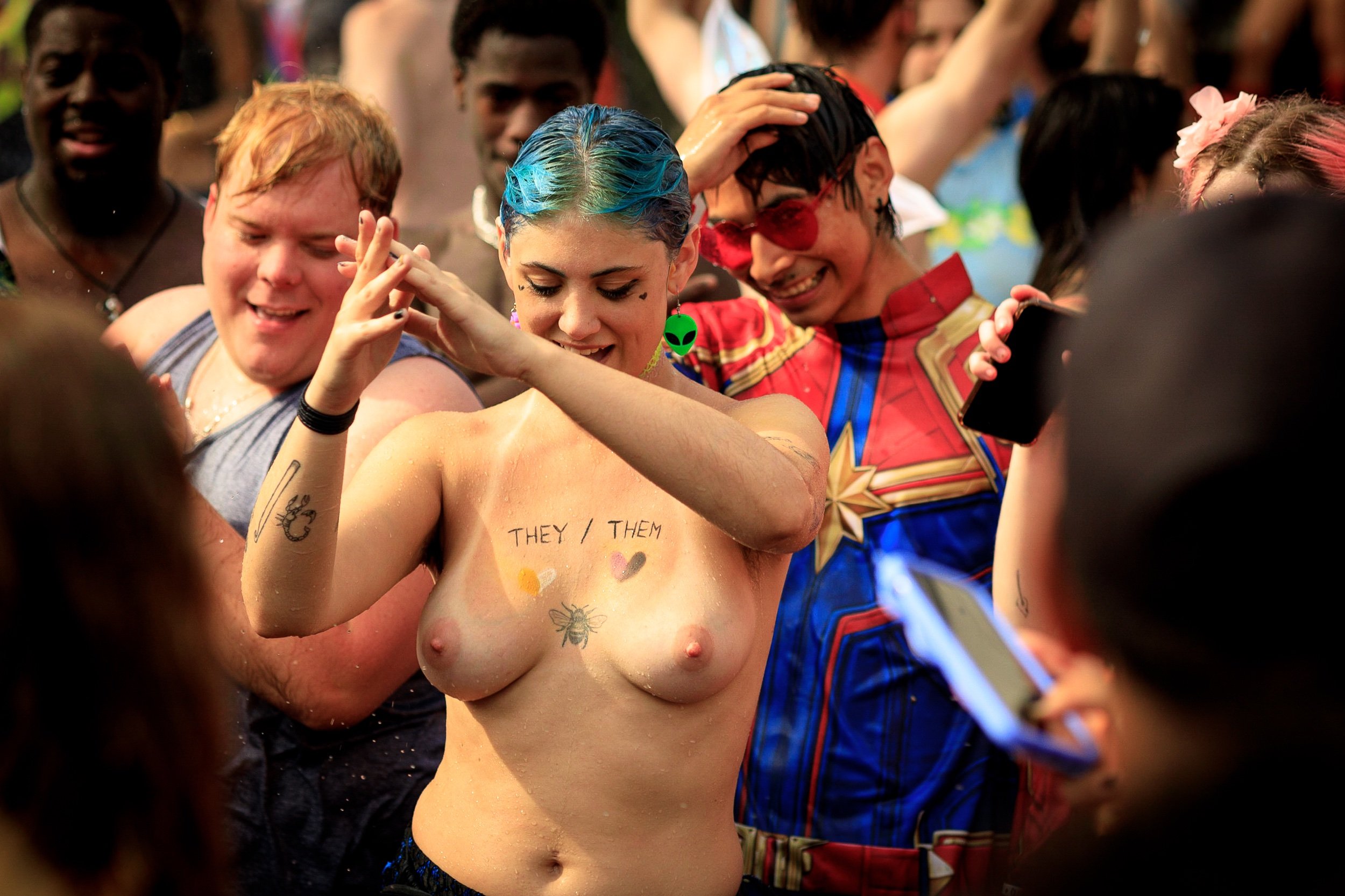
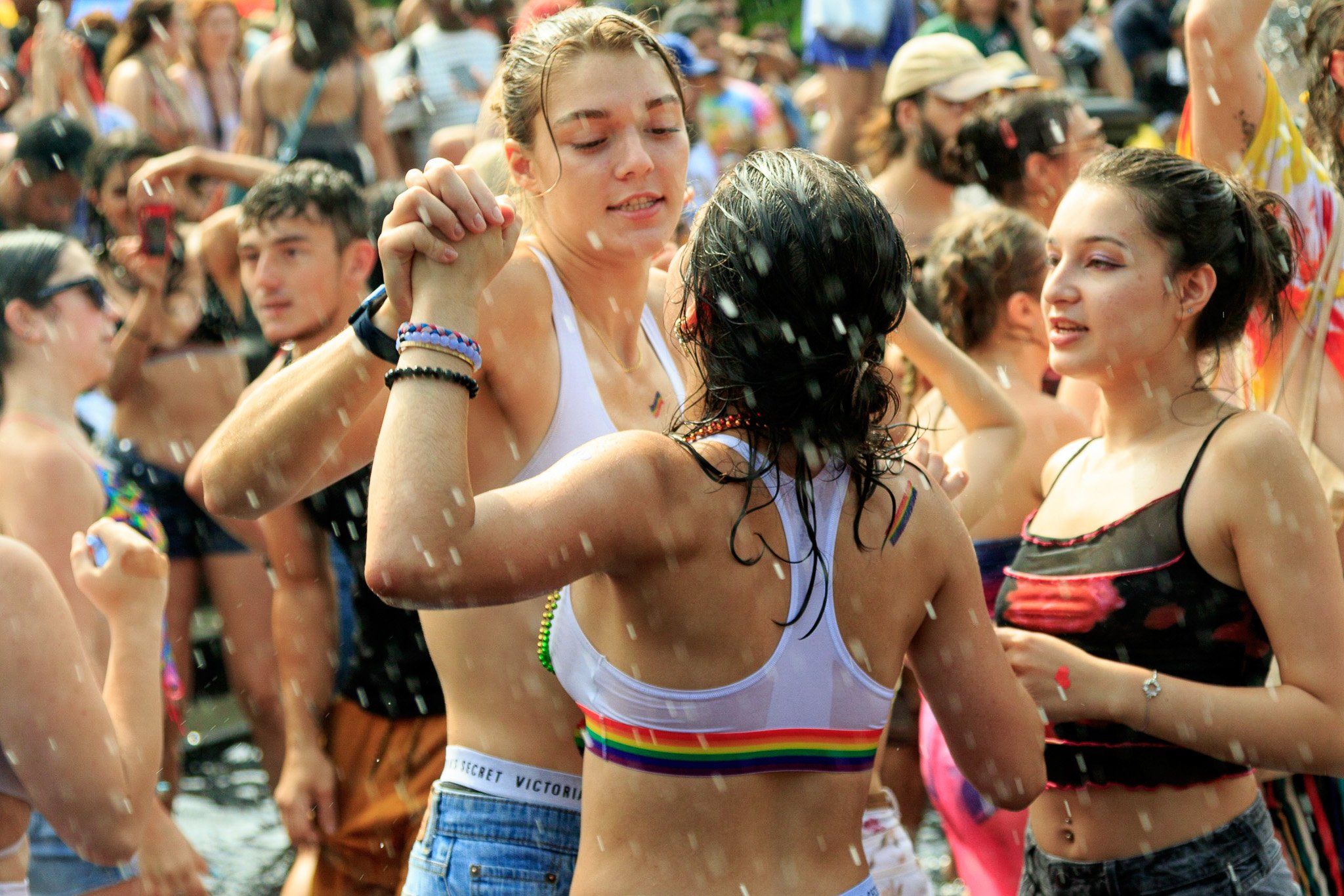
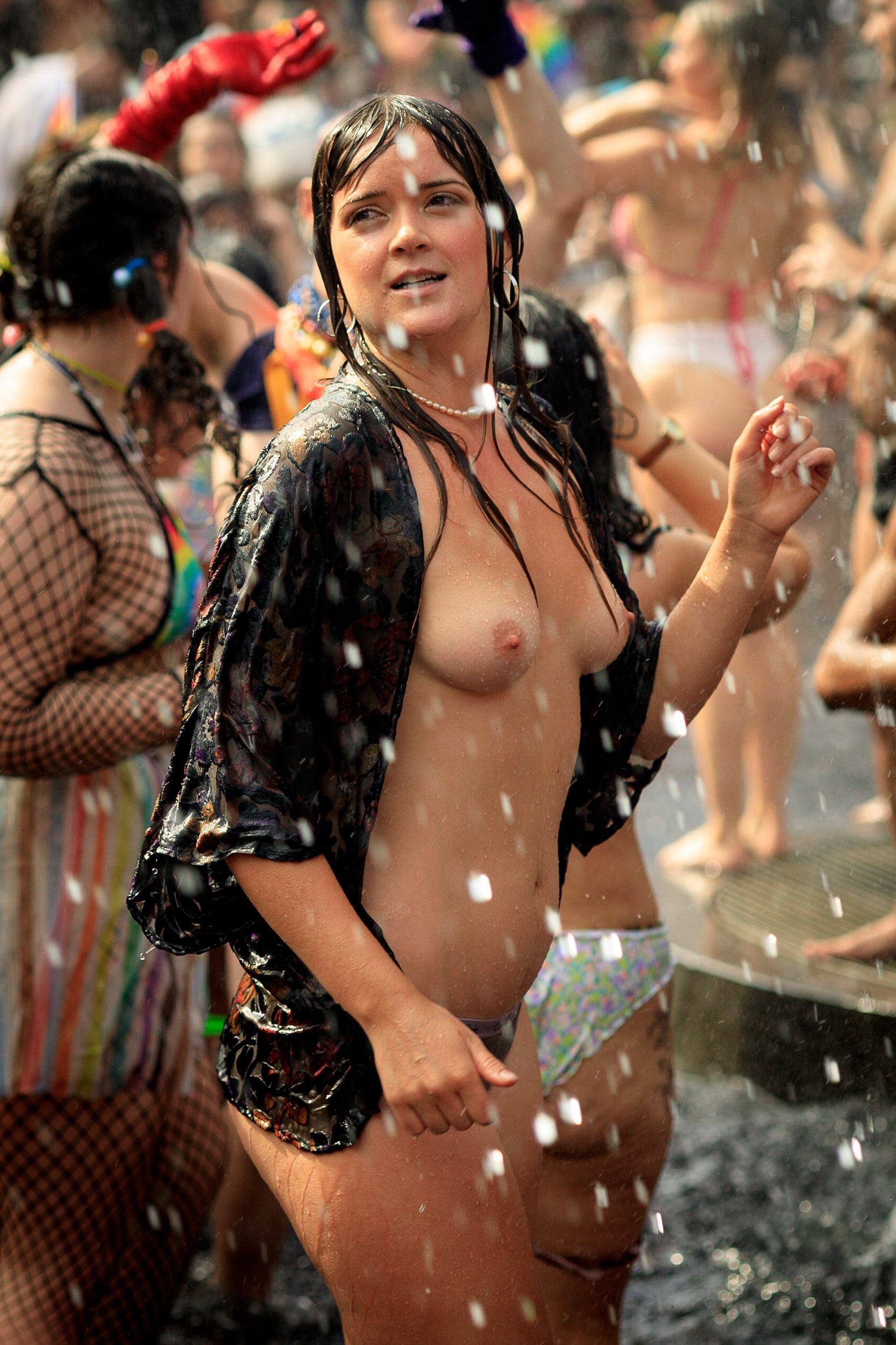
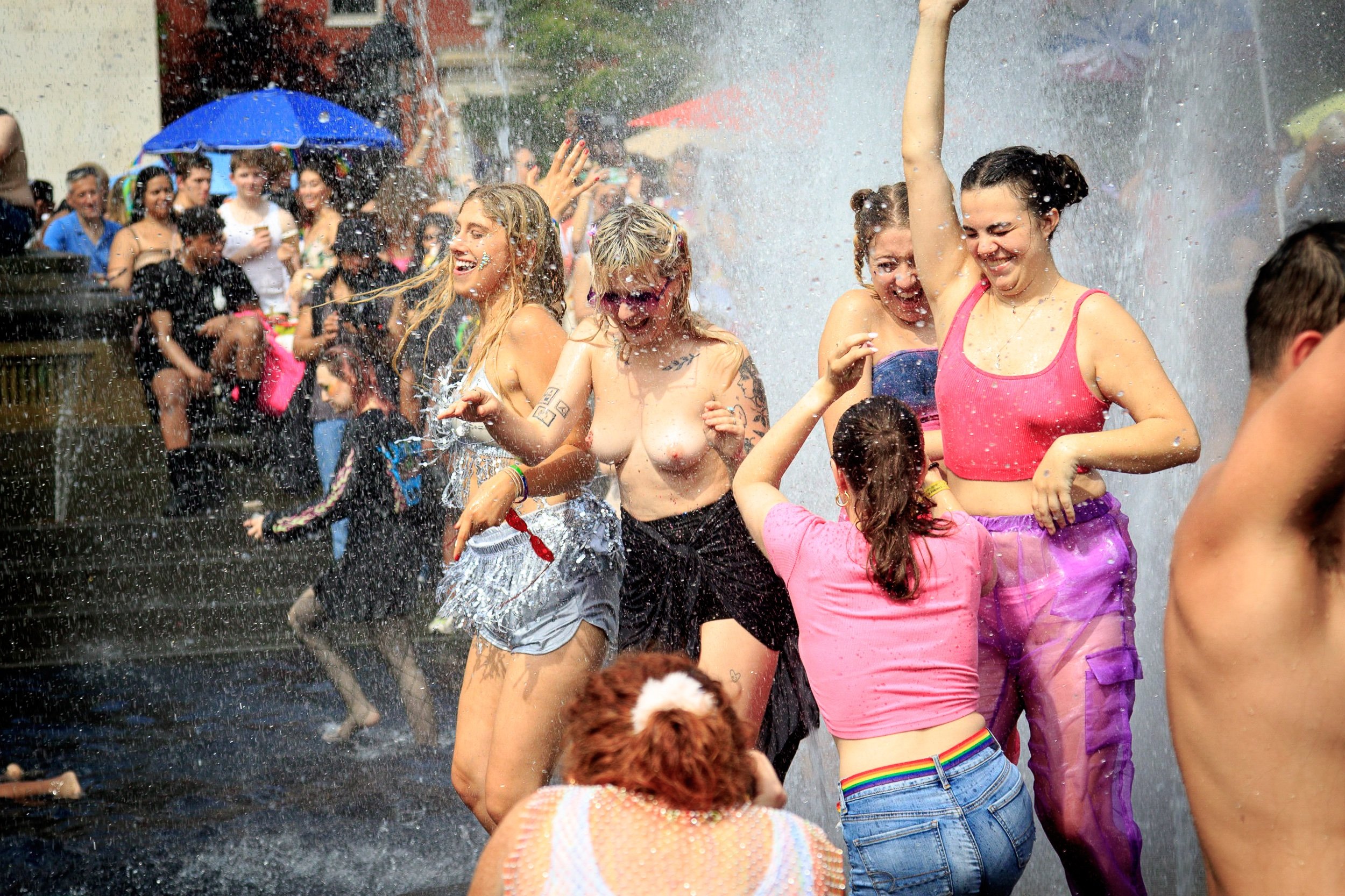
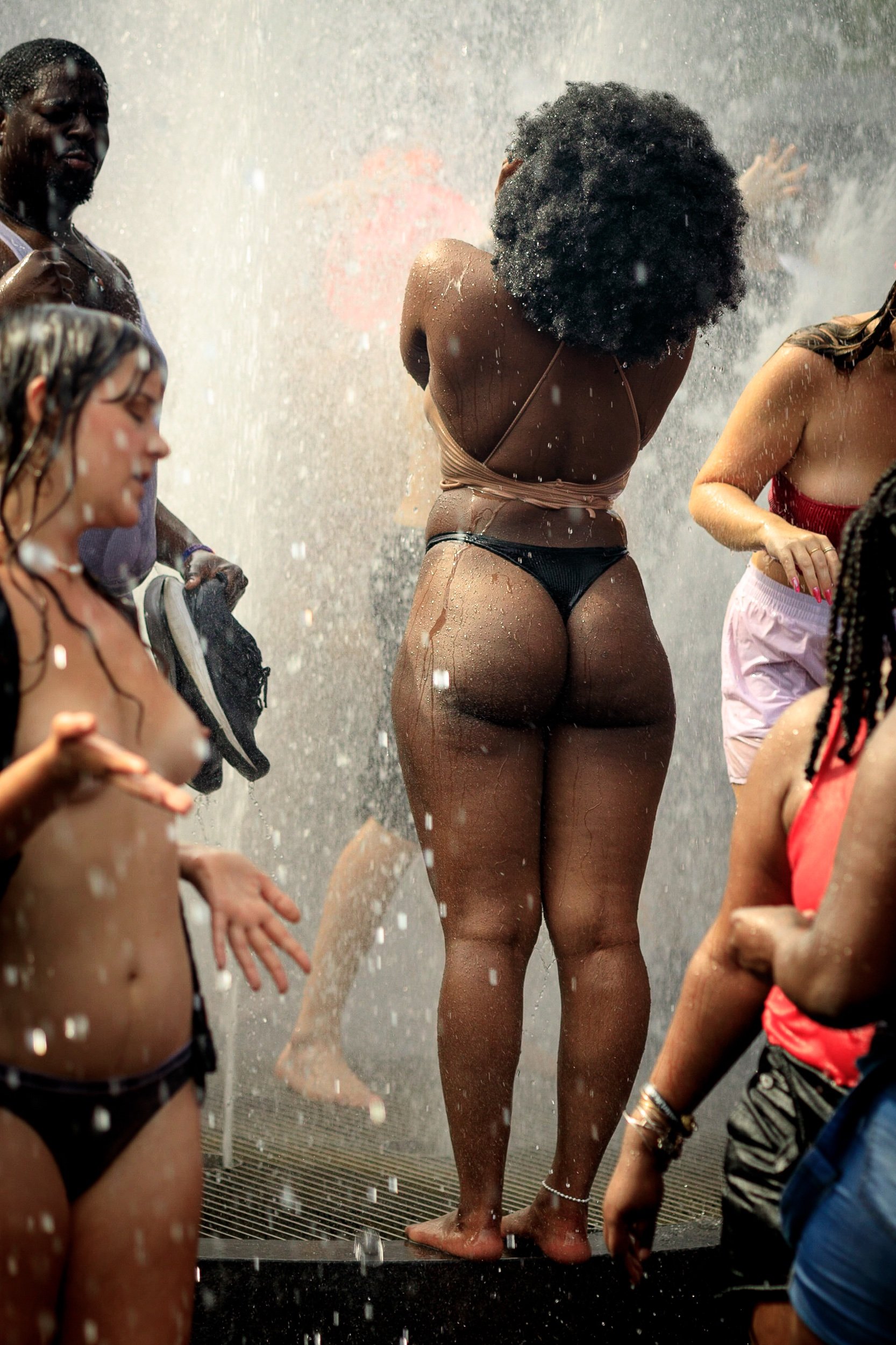
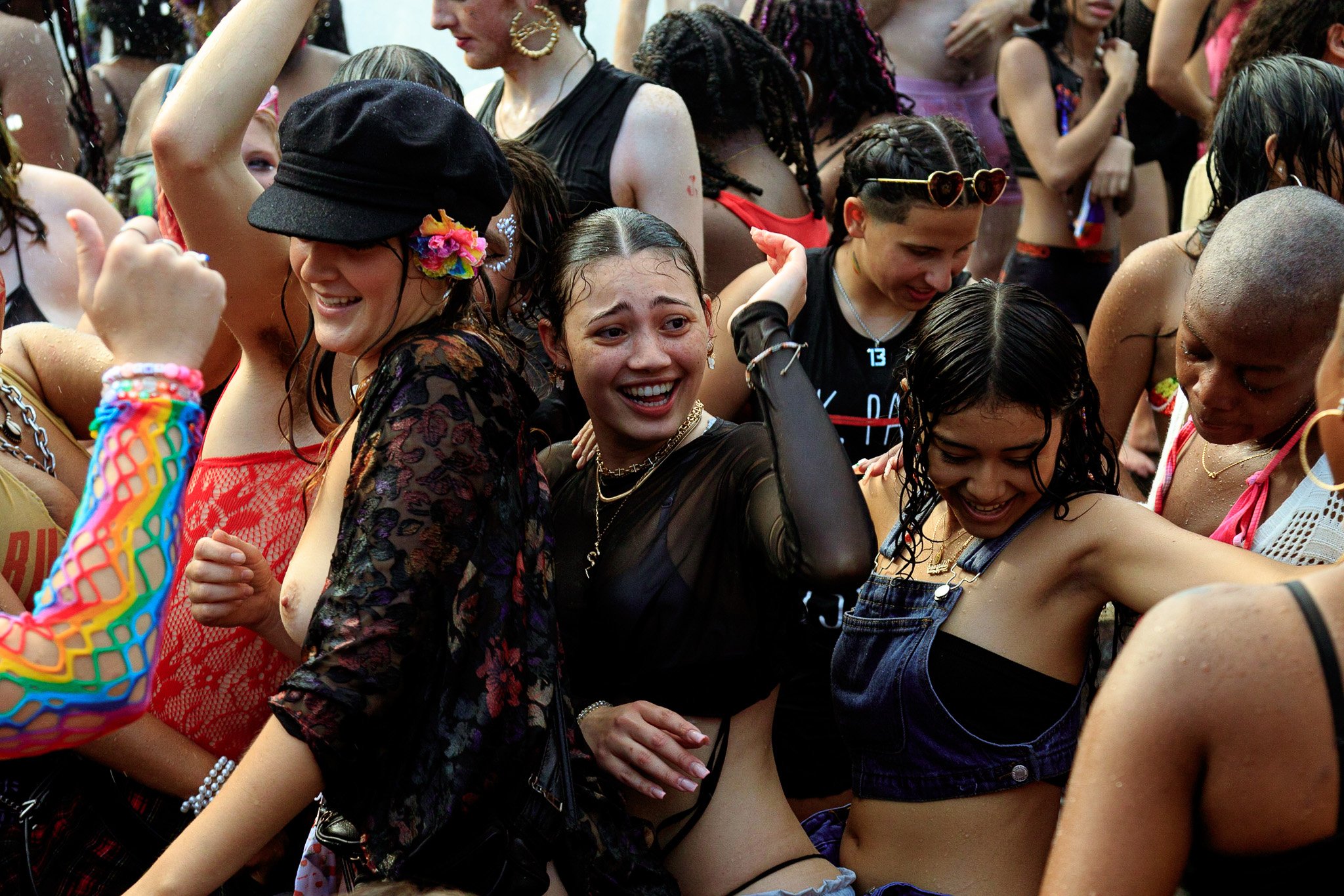
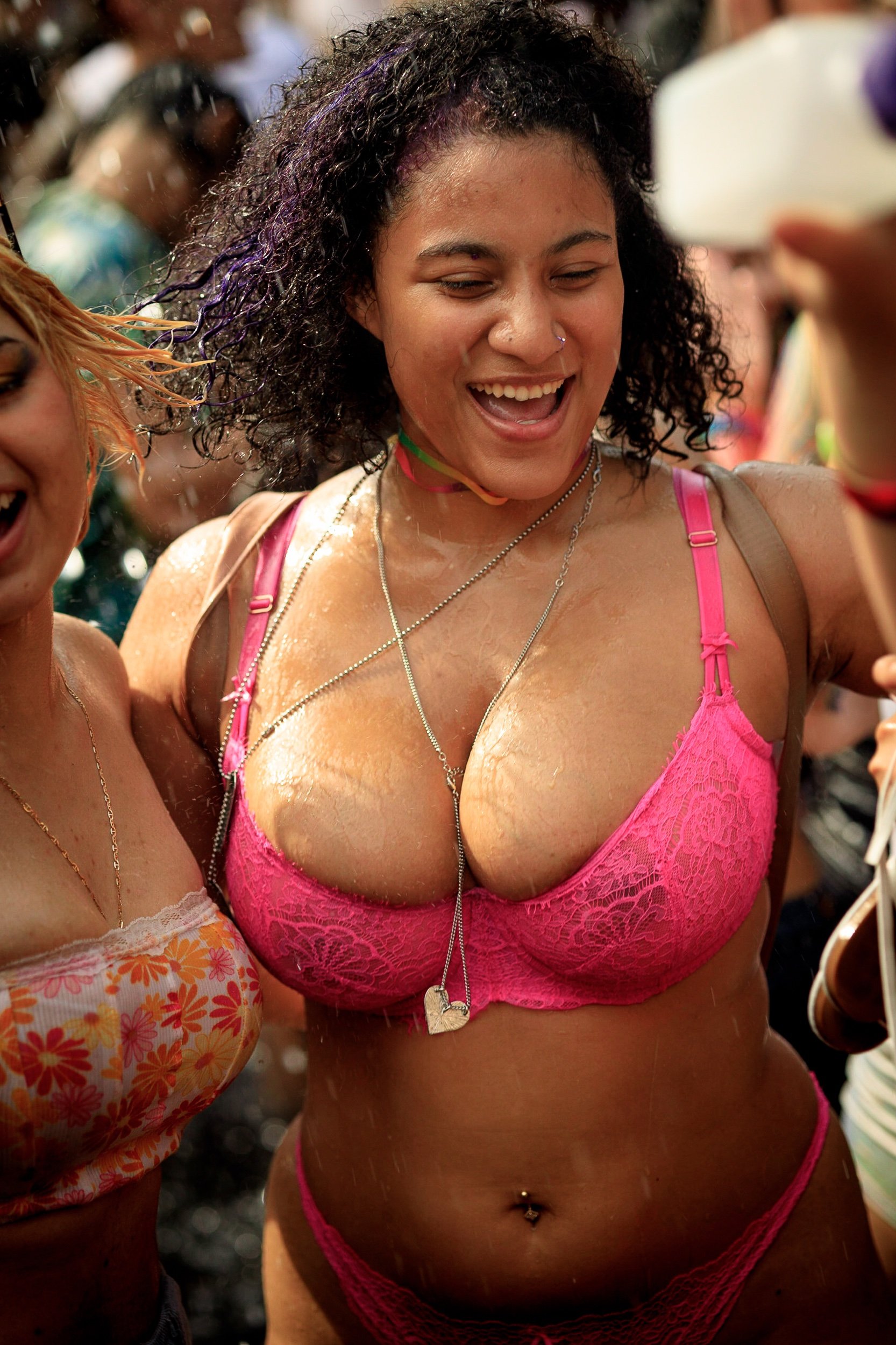
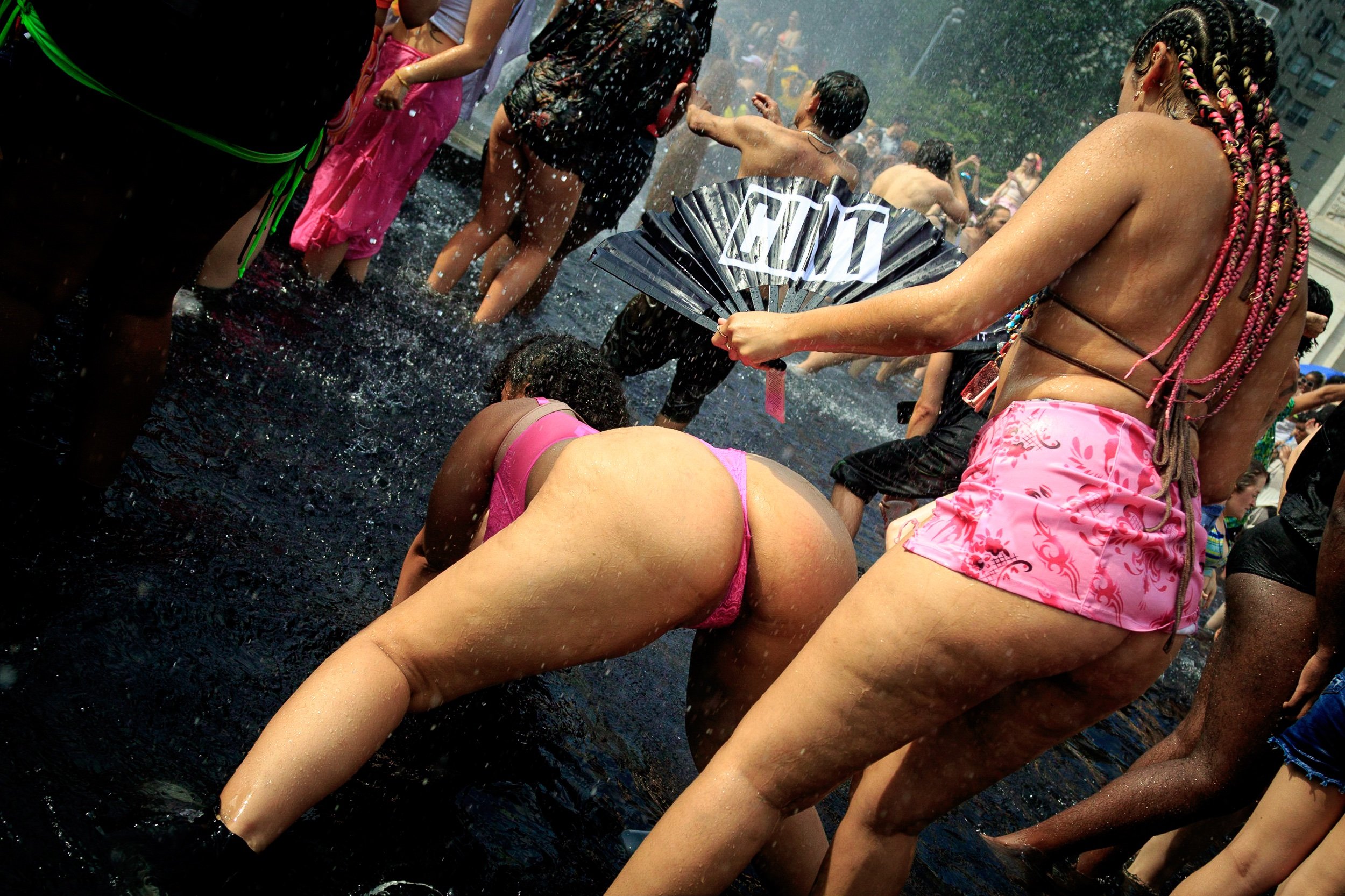
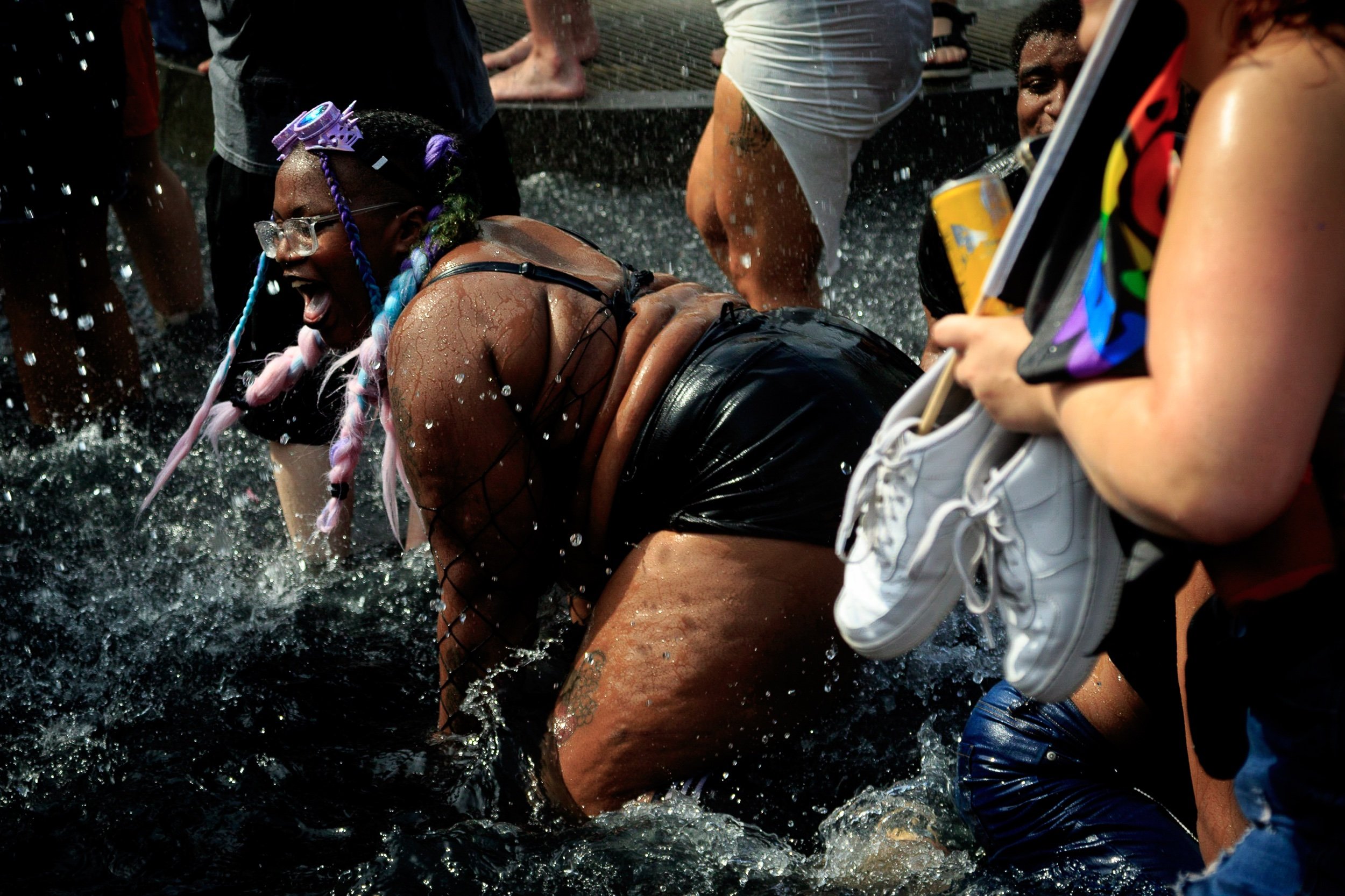
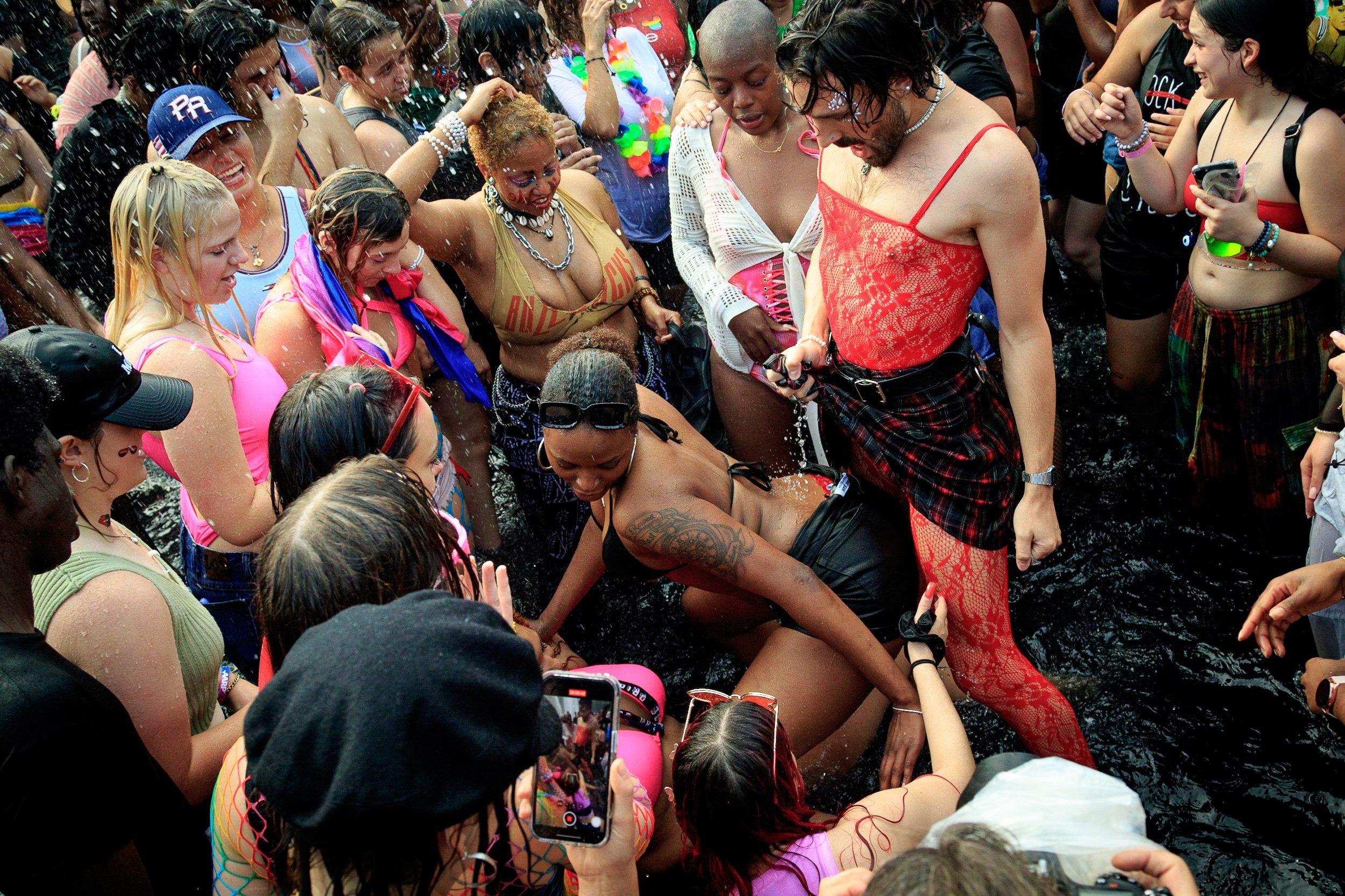
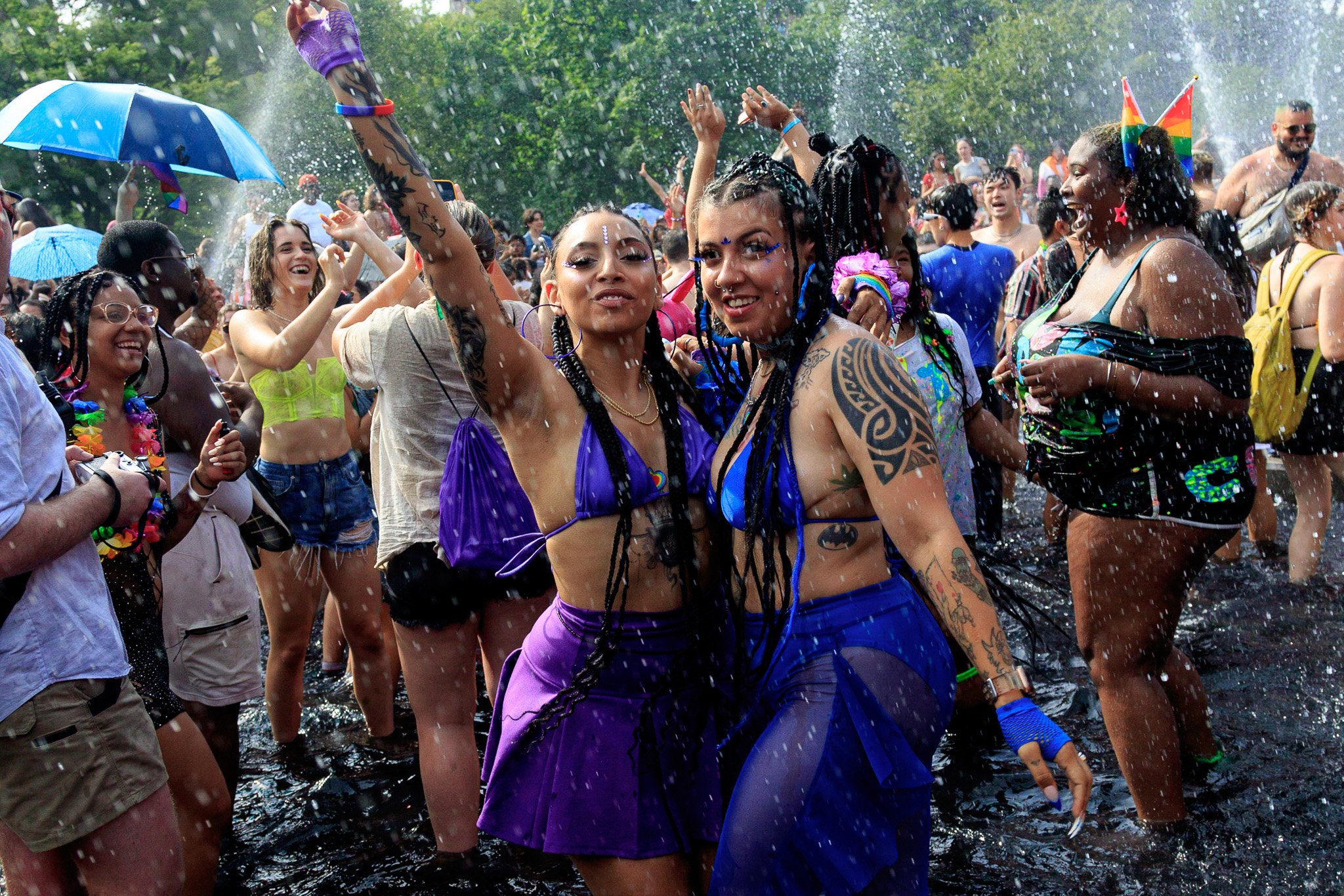
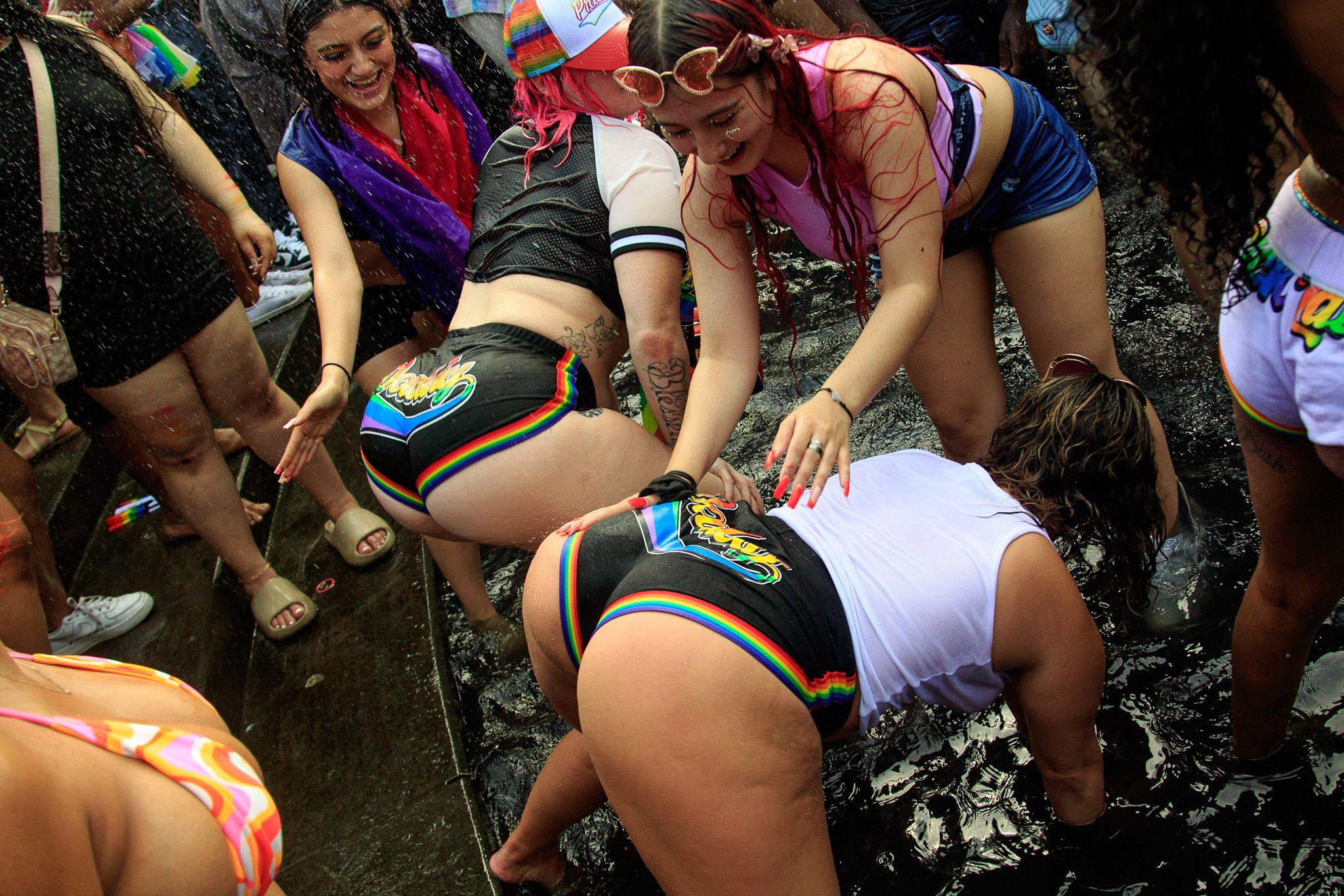
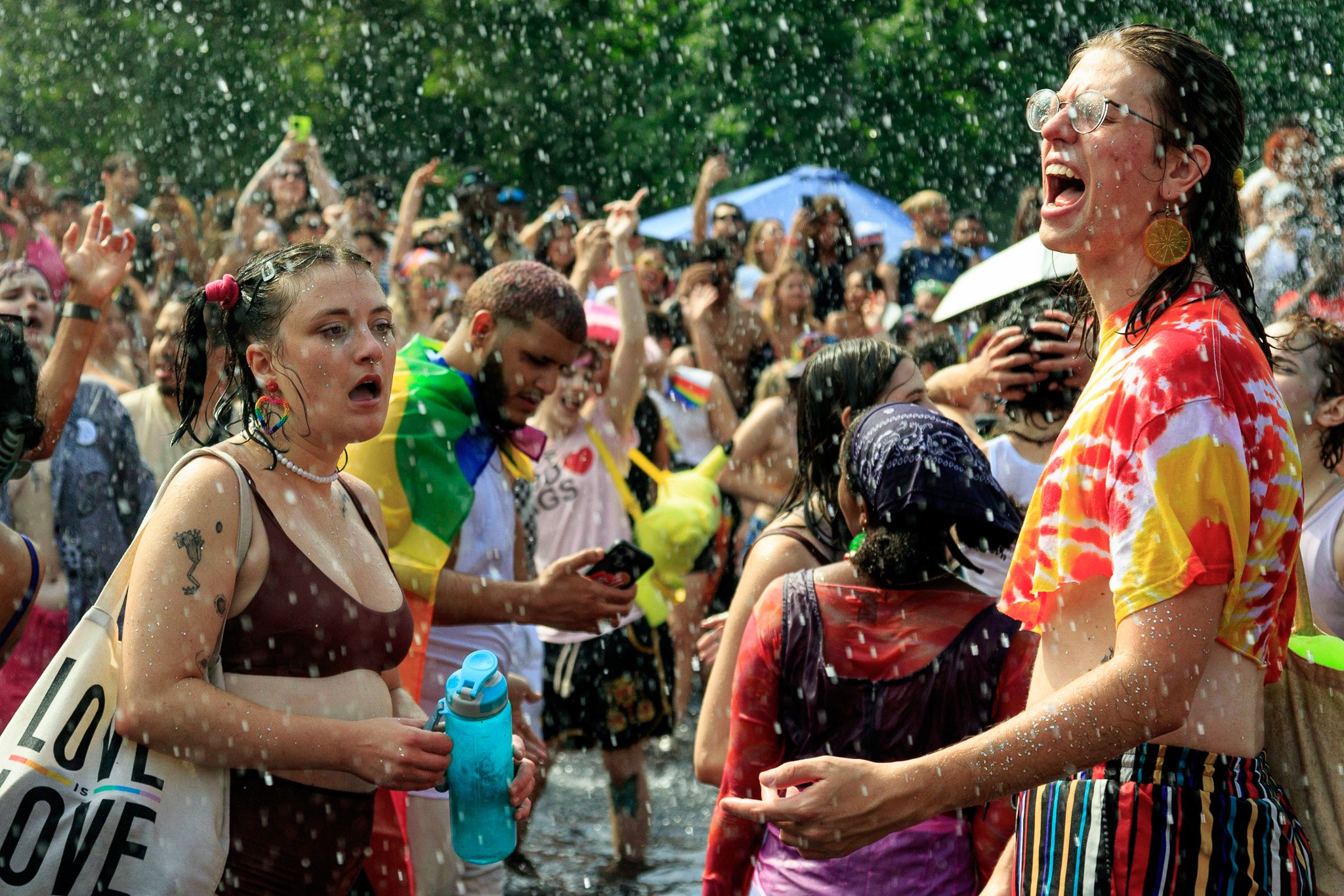
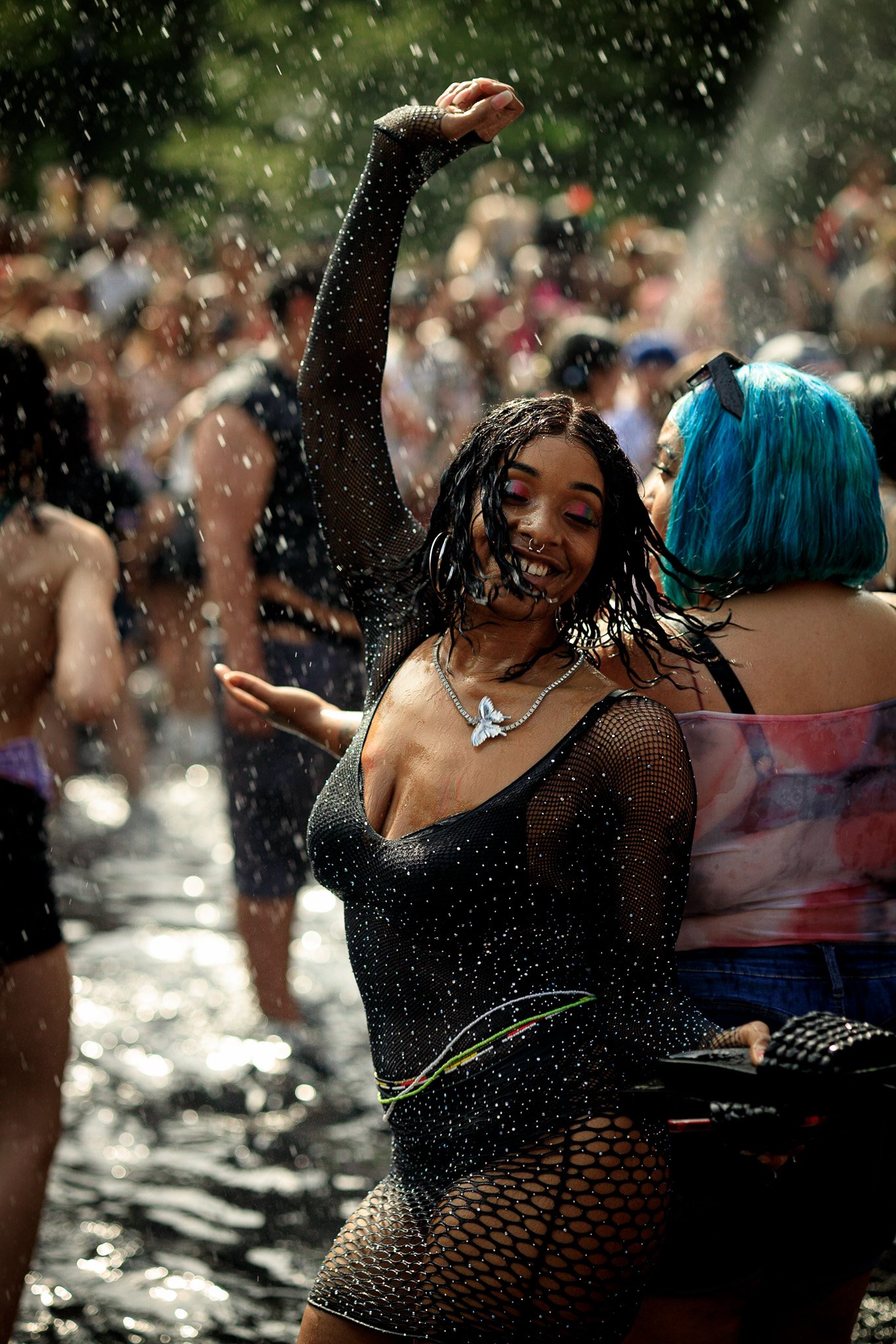
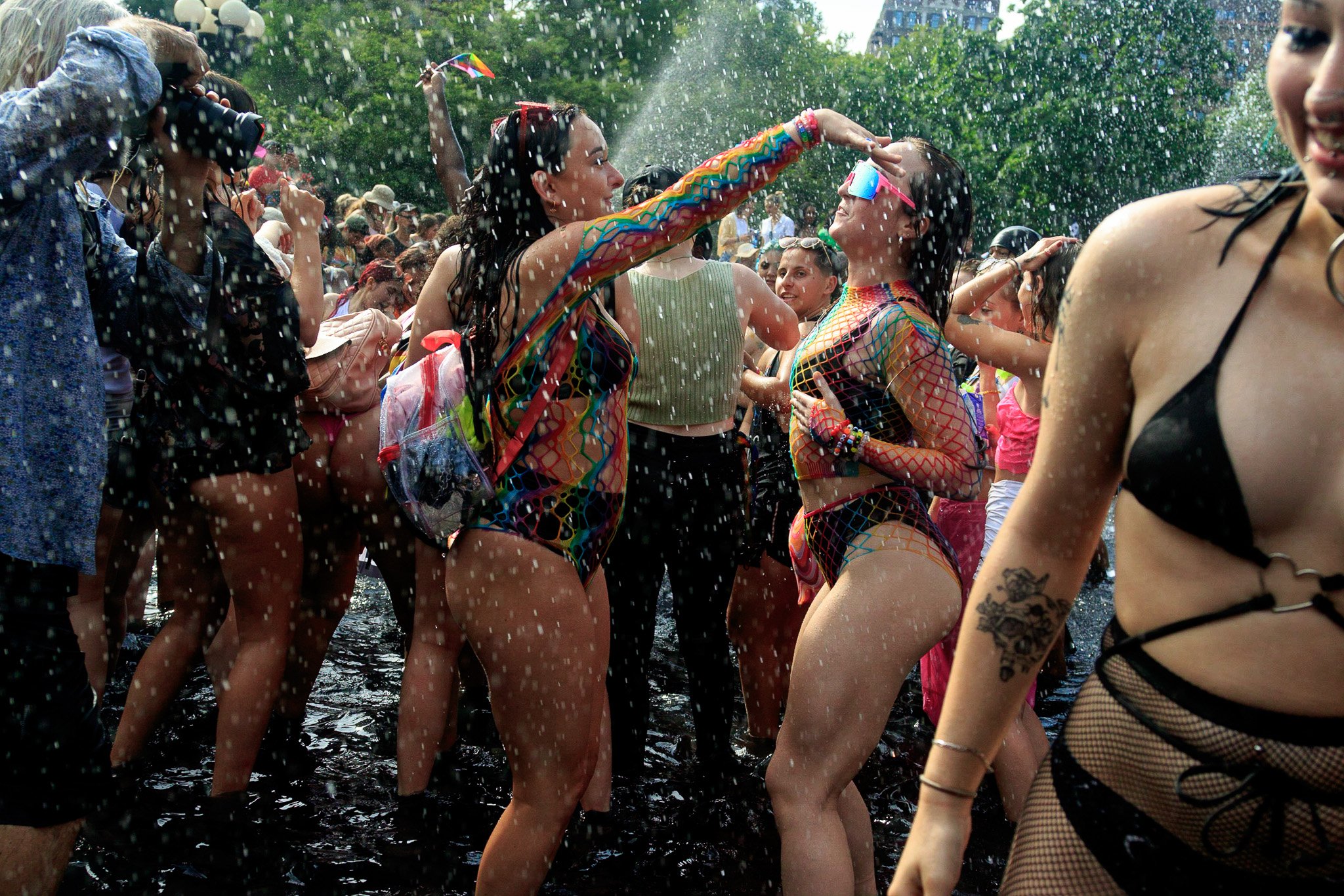
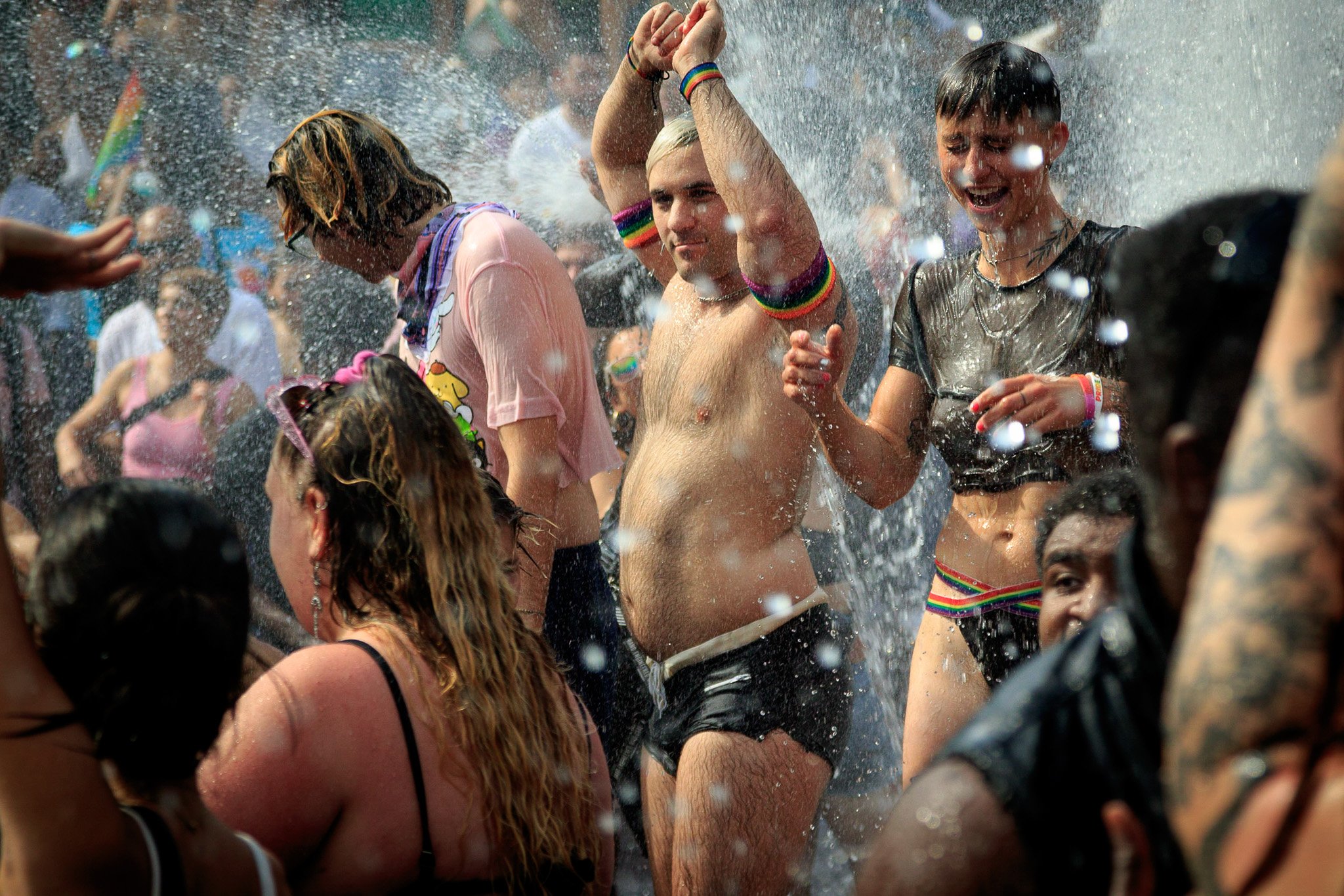
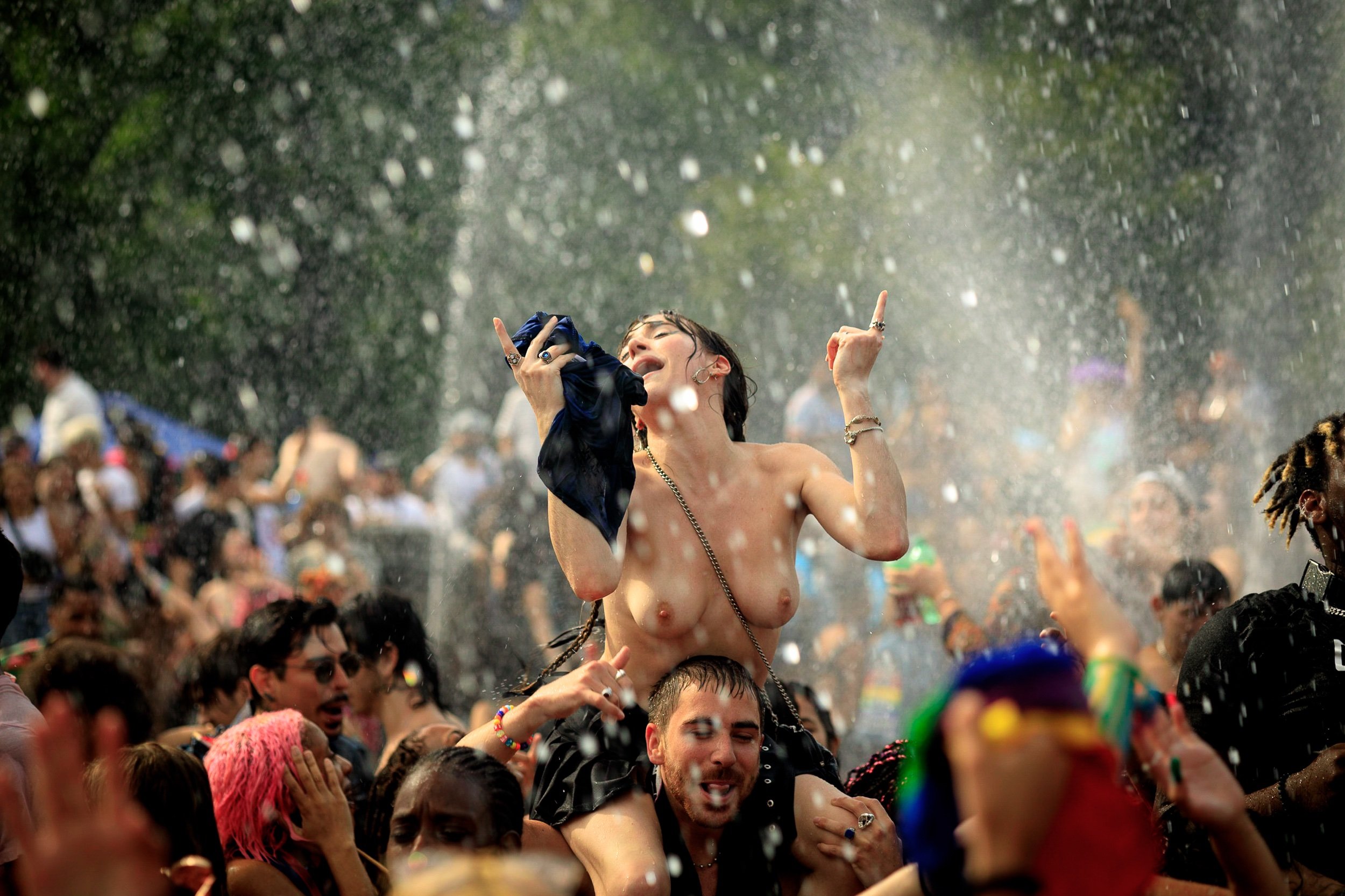
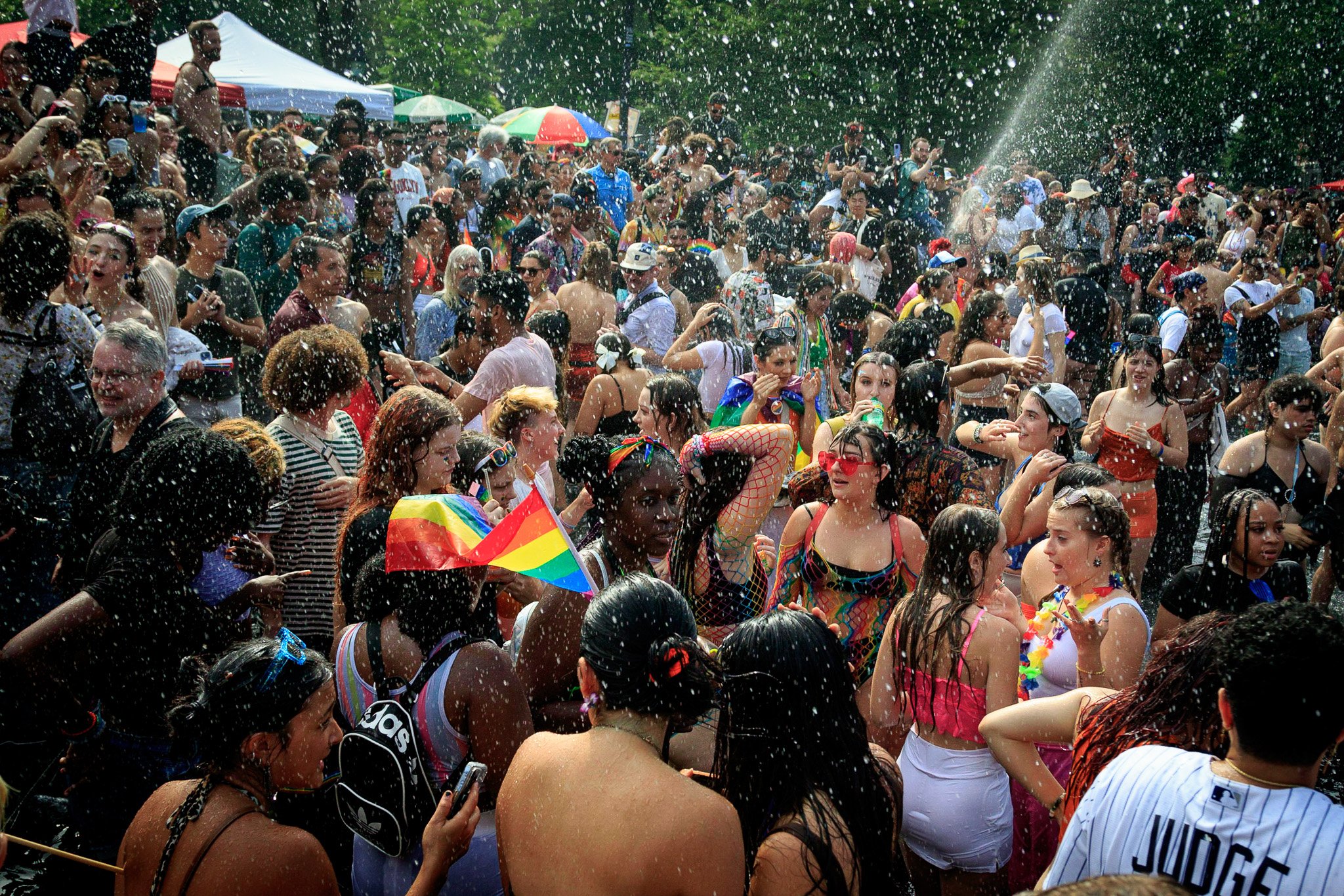
After maybe an hour of walking down 5th Ave I began to get bored so i decided to break off a little earlier than normal since I wasn’t on assignment, said fuck it, and found my way to Washington Square to setup up for the fountain shots. Now the fountain gets crazy once those who have indulged in some “fire water” show up, but I was there so early that there were a few parents and their kids swimming in the shallow waters of the fountain. This gave me some time to get out the 7D and my lens cloths. As you can see from the show there water splashing every where so the lens cloths were mandatory! (I brought two lens larges lens cloths knowing what I was getting into and it still wasn’t enough.)
I might have to share my key to getting water out of my camera body and lenses in a future post.
To check out the full Pride 2023 Photoset Click here.
The goal was to outdo my last year's photos and capture the love and joy the community has for each other and I hope I did that with this photoset. I have some ideas to step up my documentation for next year’s coverage cause I brought my GoPro along and didn’t even use it. My next event on the calendar is Afropunk 2023 but i might hit Curlfest and i believe Essencefest might be back in NYC. Follow me on Twitter to keep up with photography and where you might catch me next.
til next time…
My First NFT Project "Petit fi Ayiti" has be released
In celebration of Haitian Independence day, I present one of my favorite pieces “Pitit fi Ayiti” a collaboration between myself and Haitian Artist Sasa Juste released as an NFT. However, I know most people are confused about what an NFT is. There are several answers you could receive depending on who you ask.
So You may have heard, I just dropped my first official NFT for those who are into digital collectibles. However, I know most people are confused about what an NFT is. There are several answers you could receive depending on who you ask.
There is the technical answer, “NFT stands for Non-Fungible Token. It is a digital asset representing ownership or proof of authenticity of a unique item or piece of content such as artwork, music, videos, and even tweets.”
Then there is the enthusiast answer, “NFTs are a revolutionary new way to collect and own digital content. They represent a paradigm shift in the art world, where digital art can now be bought and sold just like traditional art.”
Then there is the perspective of those with a traditional financial background who might say, “an NFT is a non-fungible asset, it is not easily exchangeable for other assets, and this attribute limits its liquidity. As such, it may be difficult to determine its fair market value, and there may not be a well-established secondary market for NFTs. Also the value of an NFT is largely subjective and relies on the willingness of someone to pay for it. This can lead to price volatility and speculation, which may not be suitable for all investors.”
Well what is Issa’s my perspective? It’s simply another way to sell my art. If you spent time any of my Twitter Spaces you know I’ve had quite a few critiques and why I don’t believe the current iteration of NFTs are ideal for mass adoption. But I also feel it’s great way to reach a new audience and immerse yourself in a maturing community. The collective is not receptive of critique, its hands-on, and very malleable as it attempts to meet the needs of its users.
But enough about NFT’s lol. This is an announcement about releasing new art…
In celebration of Haitian Independence day, I present one of my favorite pieces “Pitit fi Ayiti” a collaboration between myself and Haitian Artist Sasa Juste.
The Haitian Revolution was a major event in world history, as it was the first and only successful slave revolt in modern times, leading to the establishment of Haiti as the first independent black nation in the world. The Haitian Revolution took place between 1791 and 1804, and it was sparked by the French Revolution, which had inspired people to think about freedom and equality. The Haitian Revolution was led by Toussaint L'Ouverture, who united the enslaved Africans and led them in a successful rebellion against the French colonists and their white allies. The Haitian Revolution had a profound impact on world history and the abolition of slavery, and it remains a significant and inspiring event to this day.
Press credentials, why every photographer should have them, and how to get them.
A press pass and a media pass are both credentials that allow photographers to access certain events or locations that may otherwise be off-limits to the general public. However, there are some key differences between these two types of passes that photographers should be aware of.
Photo of Press Press ( Press Credentials) which include the Journalist's affiliation and expiration date of Press passes
A press pass and a media pass are both credentials that allow photographers to access certain events or locations that may otherwise be off-limits to the general public. However, there are some key differences between these two types of passes that photographers should be aware of.
Press passes are typically issued by a government agency, such as a city or state press office, and allow the holder to cover news events, such as press conferences or political rallies, as a representative of a specific news organization. Press passes are typically only issued to journalists who work for established news organizations, and they may require the photographer to show proof of employment, such as a business card or letter from their editor, to obtain the pass. Media passes, on the other hand, are typically issued by private organizations, such as concert venues or sports teams, and allow the holder to cover events or access certain areas within those organizations. Media passes are often given to freelance photographers or those who work for smaller, independent news outlets, and they may not require the same level of proof of employment as a press pass.
One of the key benefits of having a press pass or media pass is that it allows the photographer to gain access to events or locations that may not be open to the general public. This can be especially important for photographers who are covering breaking news events, as it allows them to get up close and personal with the action, and capture images that may not be possible from the sidelines. Press passes and media passes also often come with additional perks, such as reserved seating at events or access to special areas within a venue. This can be especially useful for photographers who need to be in a specific location to get the best shots, or who want to avoid the crowds to focus on their work. In addition to the practical benefits of having a press pass or media pass, these credentials can also help to establish a photographer's credibility and professionalism. By showing a press pass or media pass, a photographer can demonstrate to event organizers or security personnel that they are there to cover the event in an official capacity, and are not just an average member of the public. This can help to open doors and facilitate access to events and locations that may be off-limits to the general public.
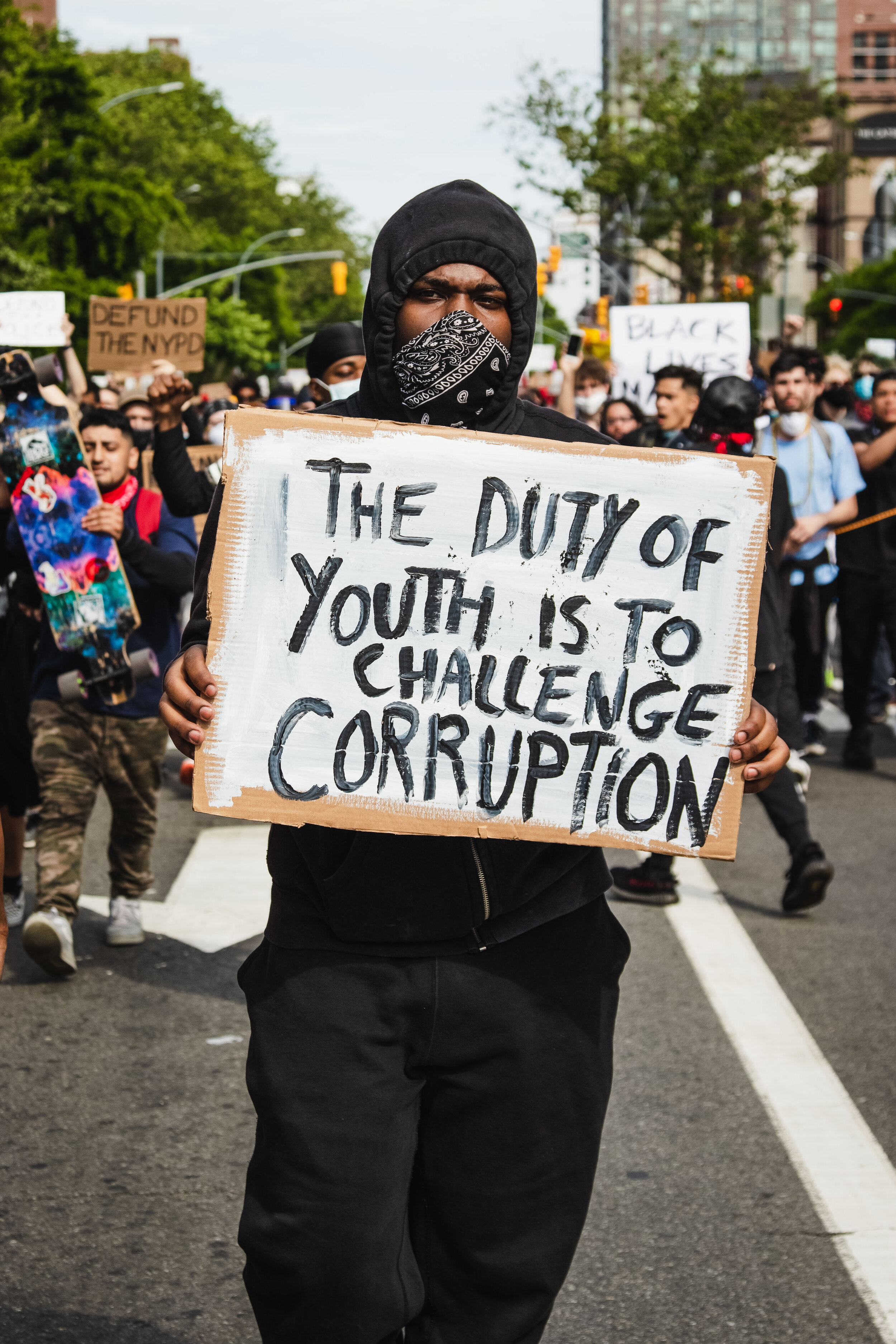
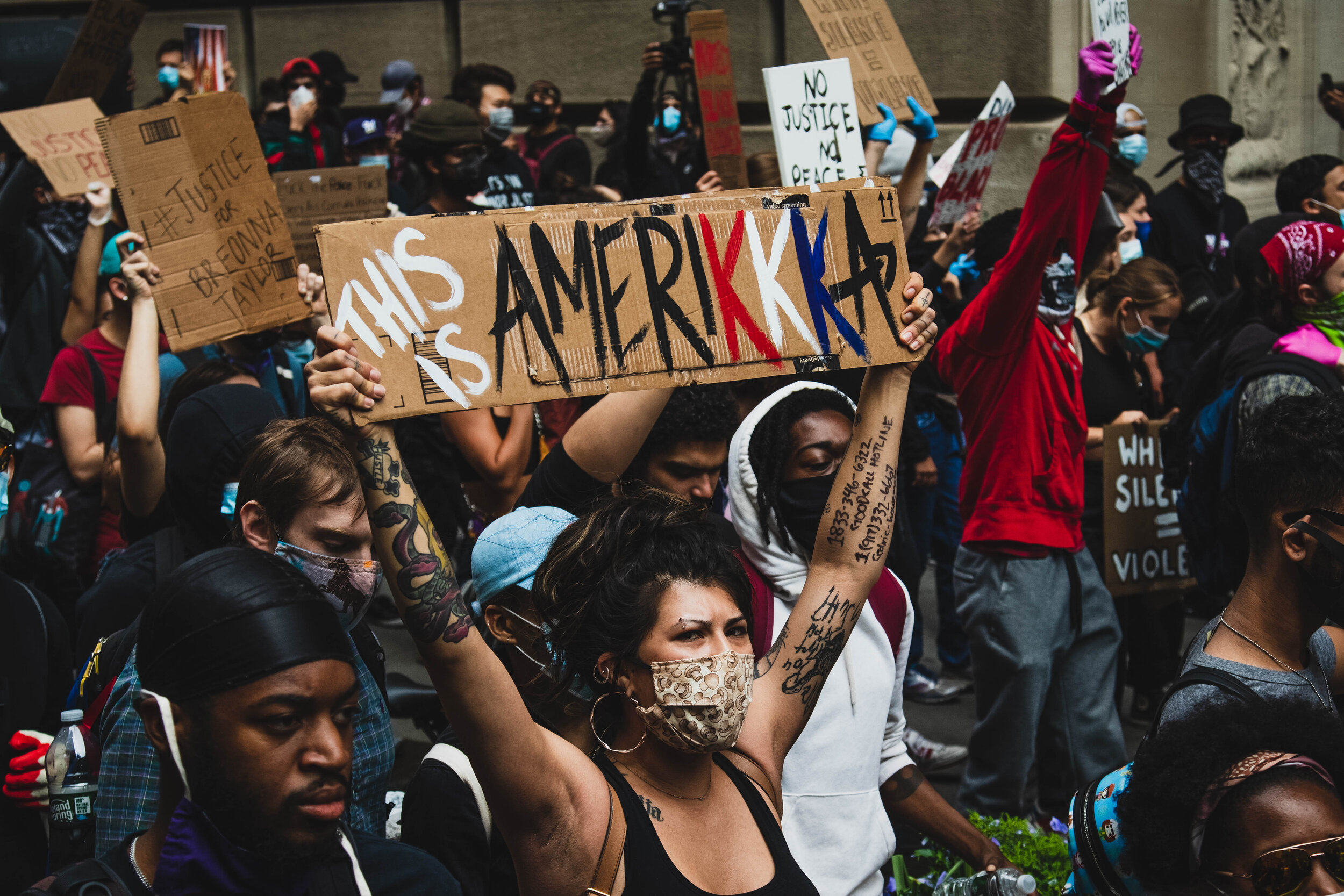
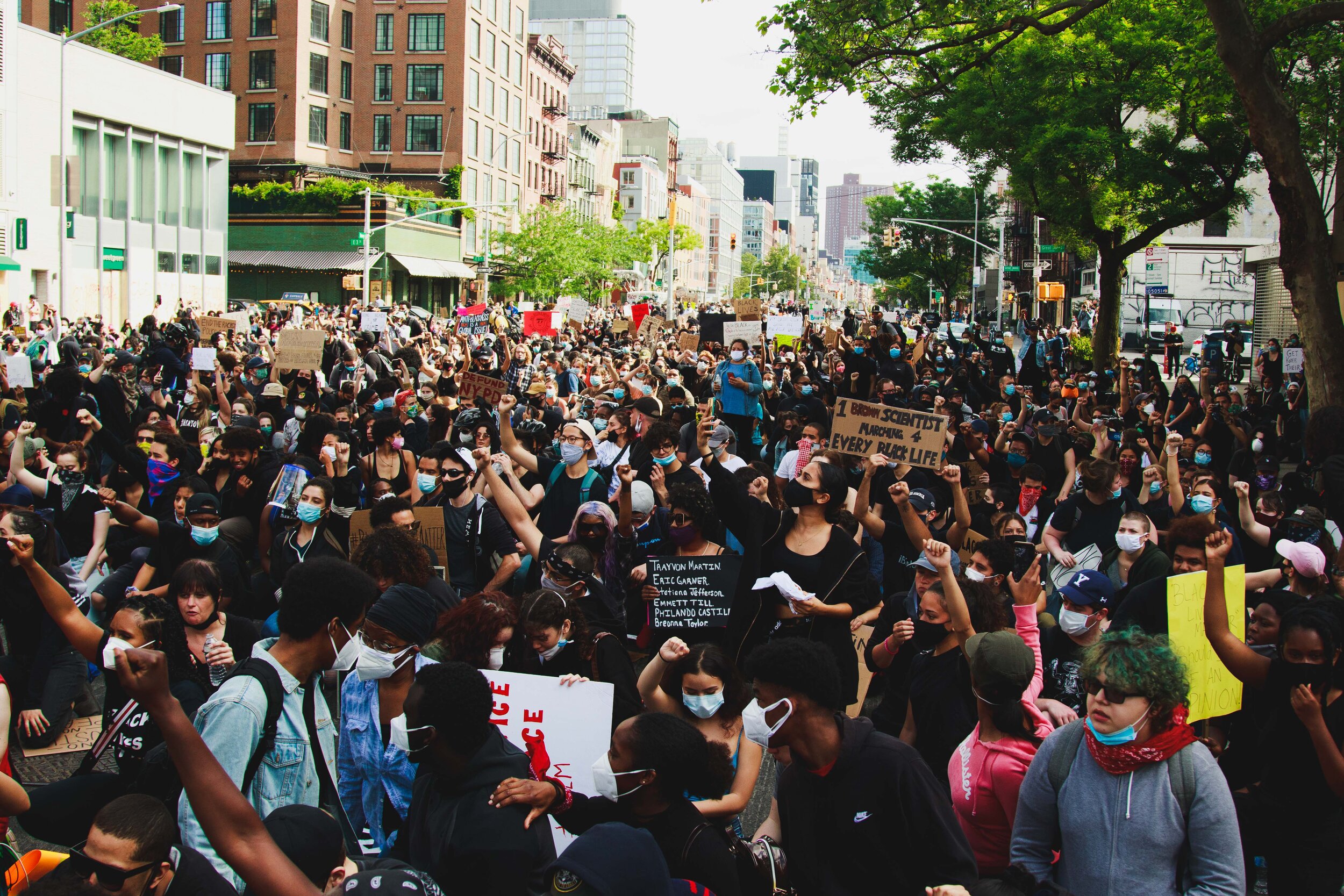
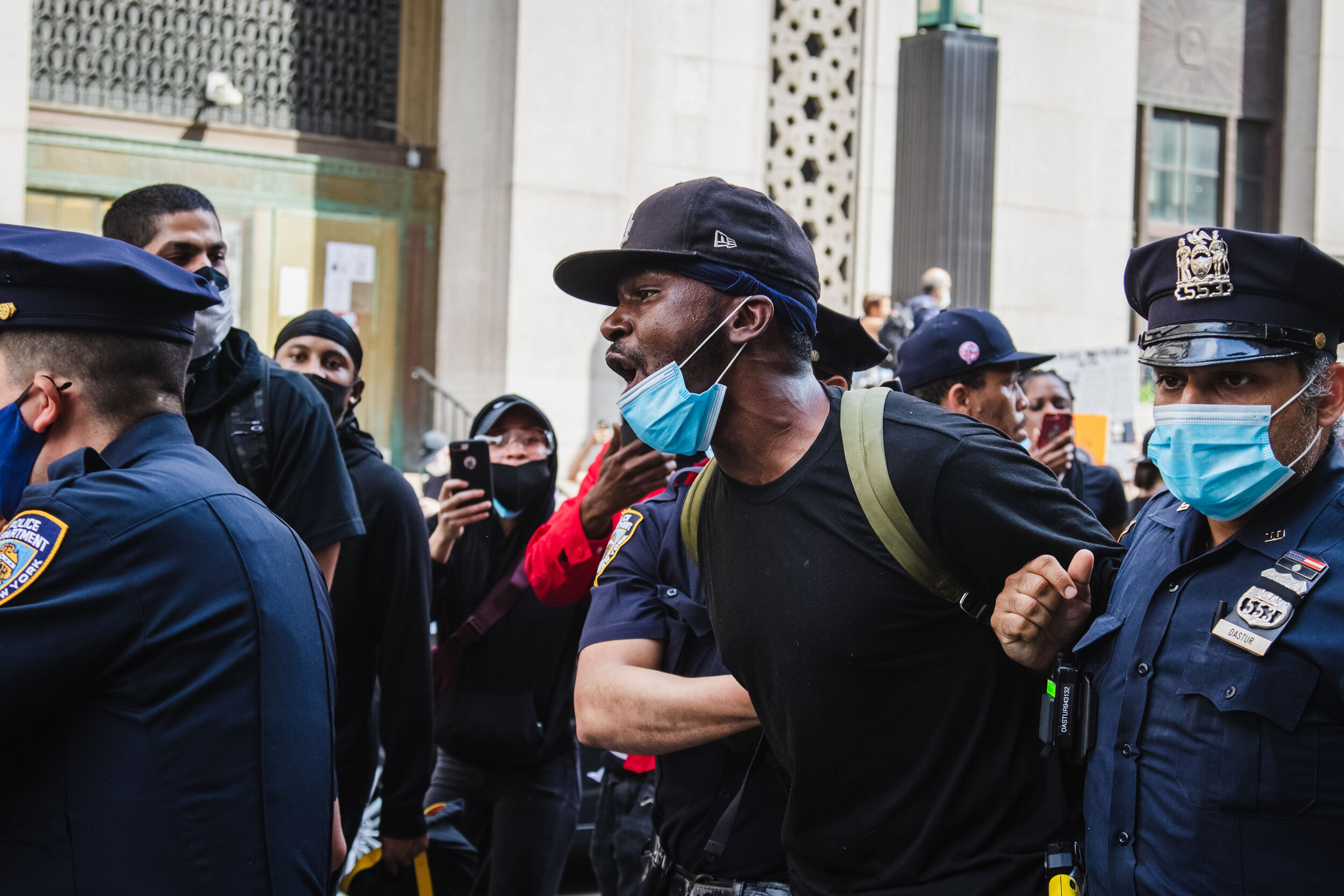
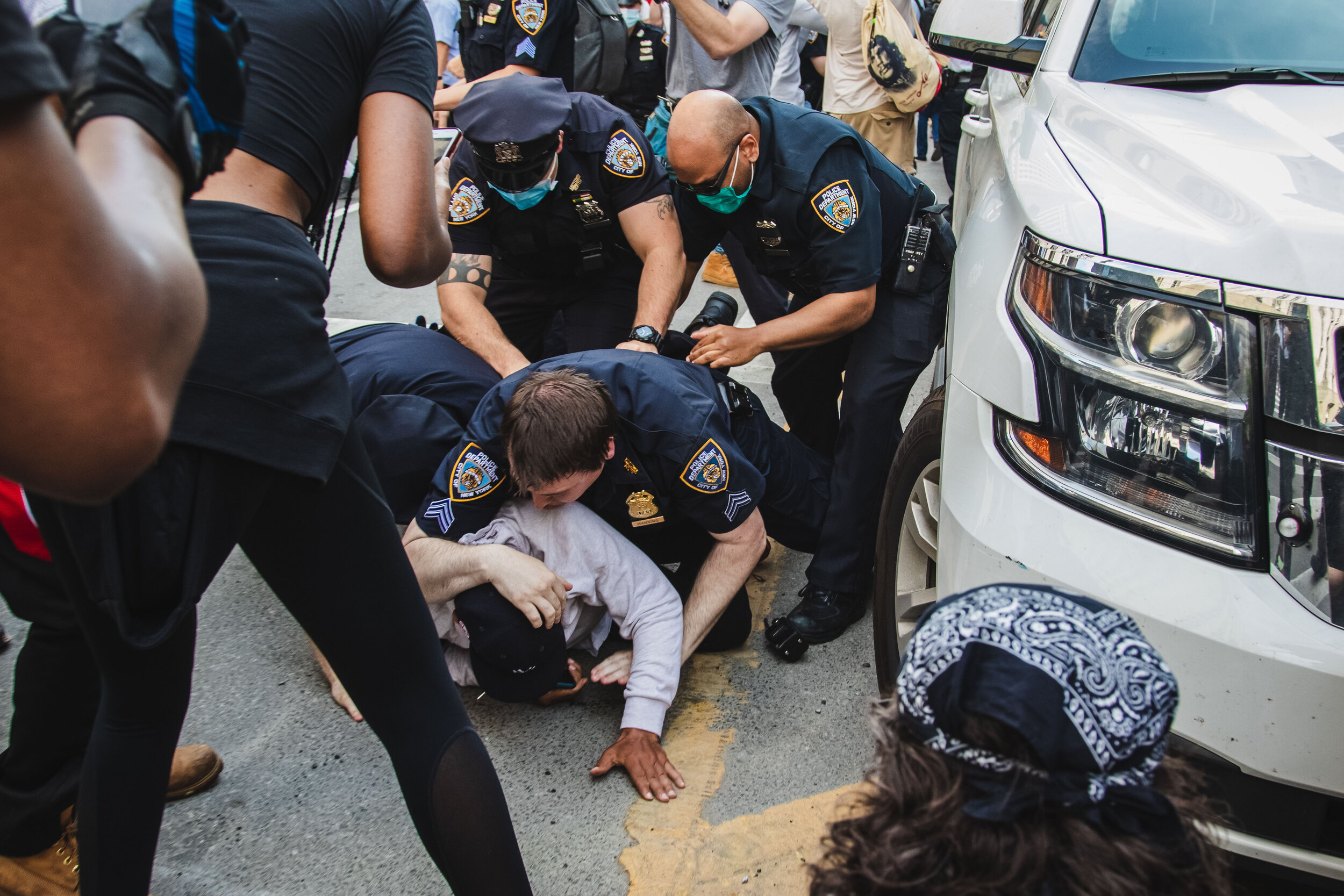
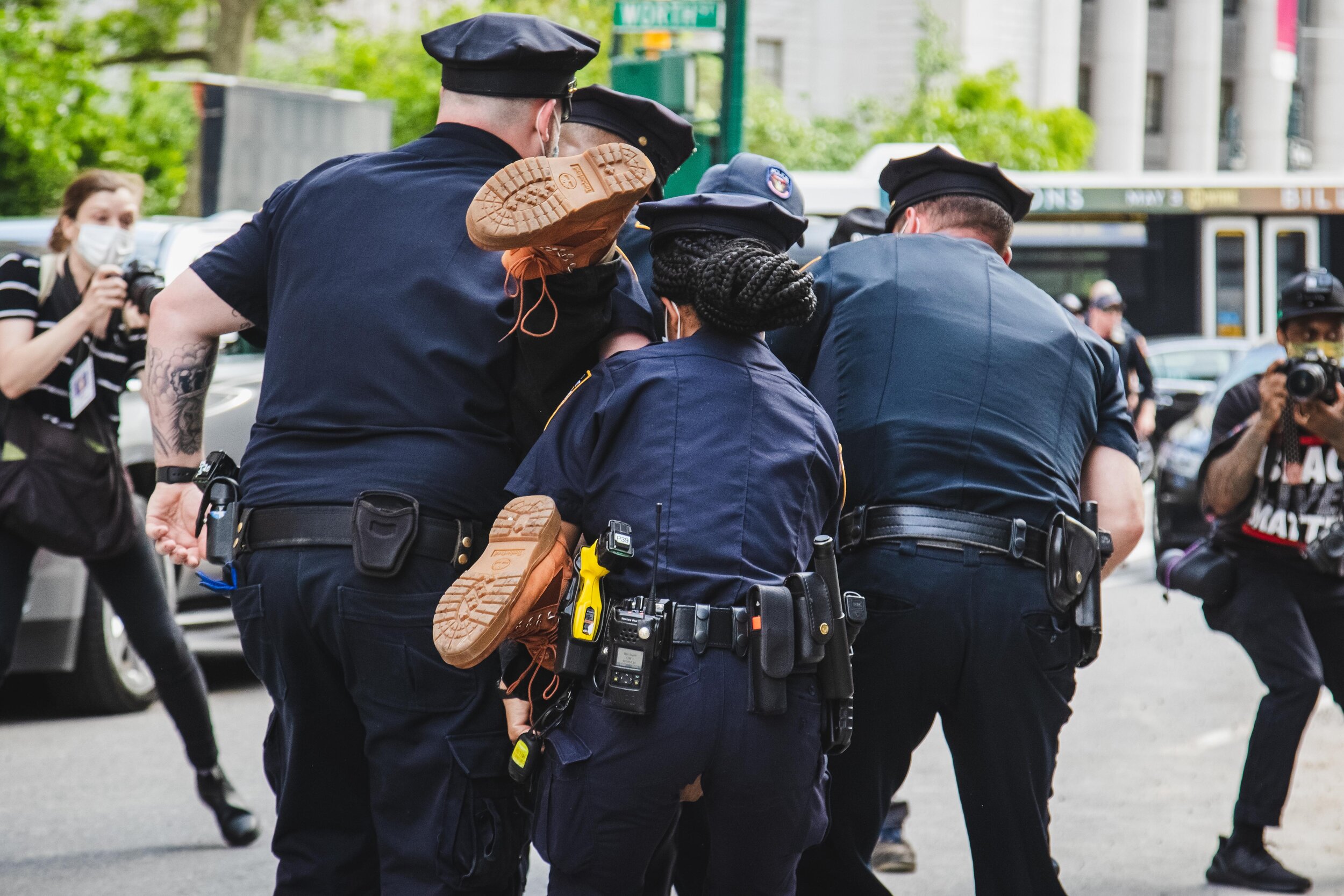
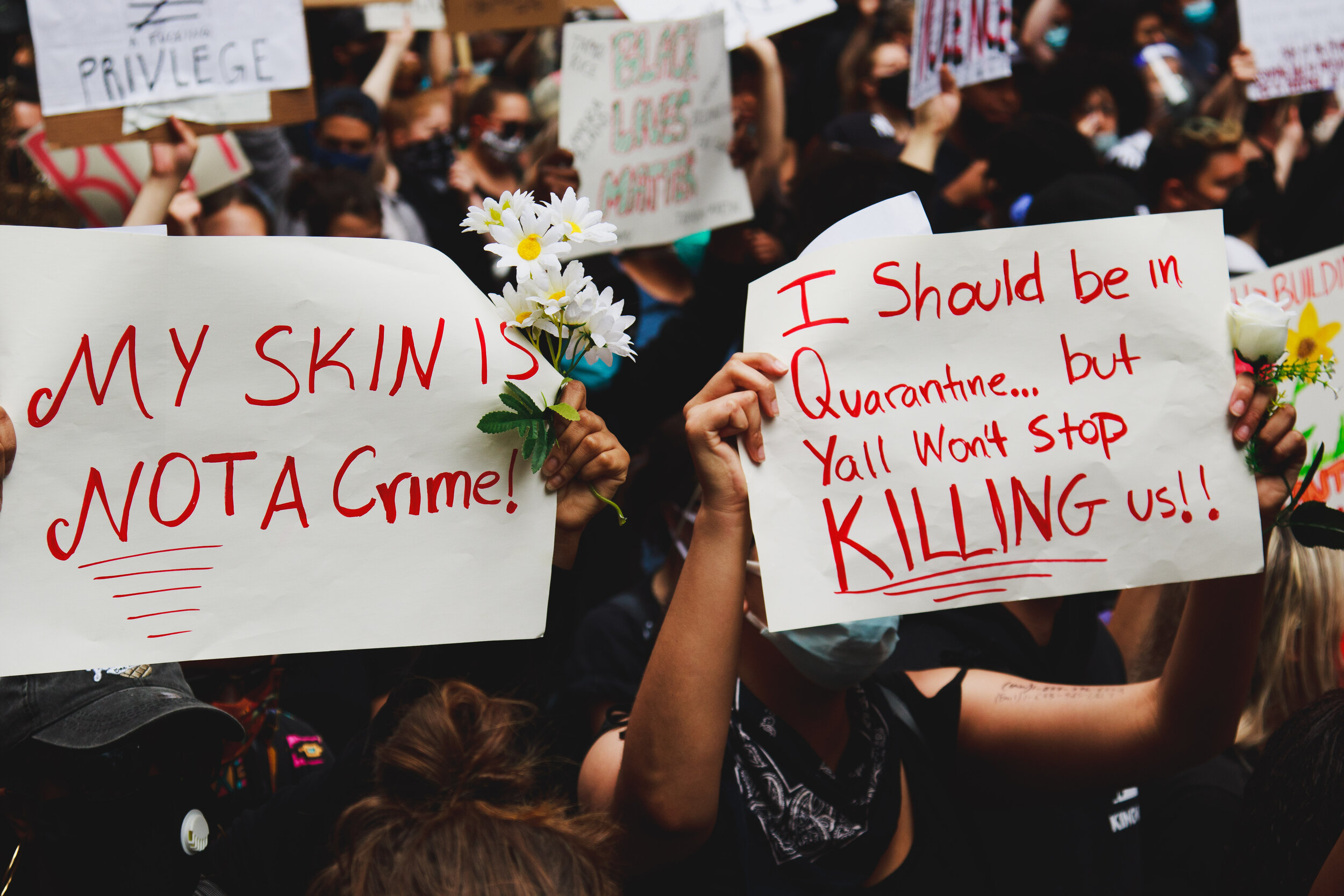
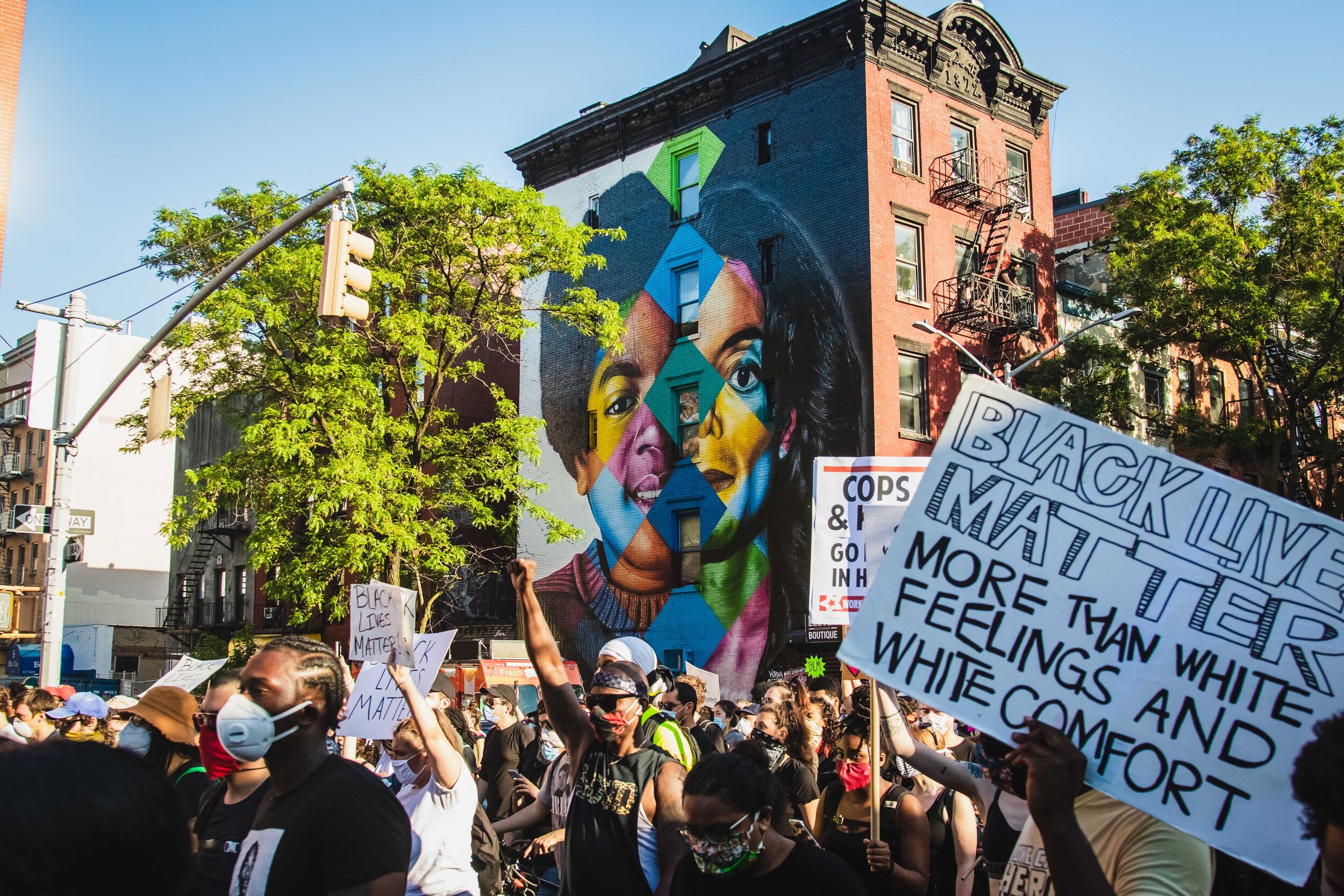
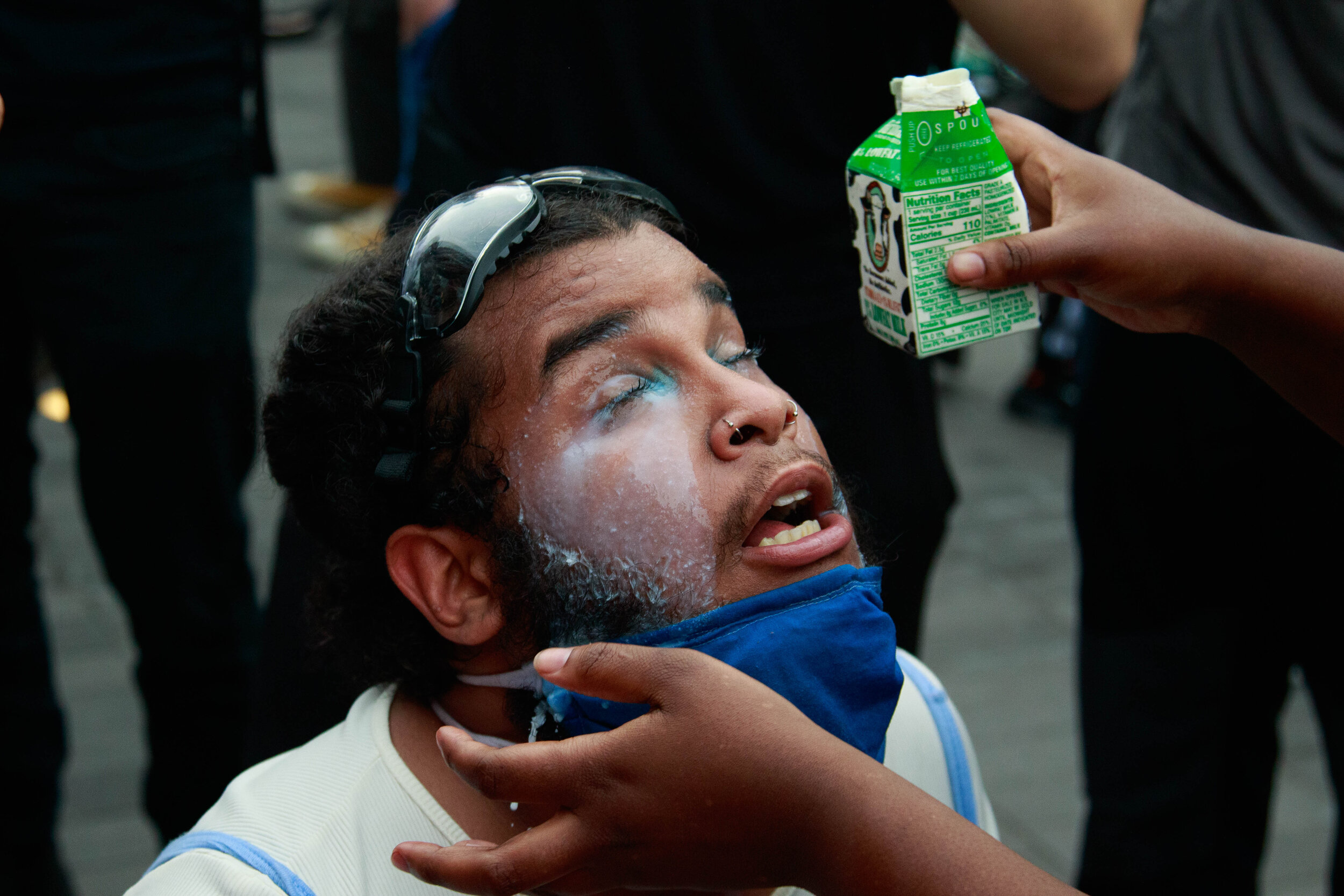
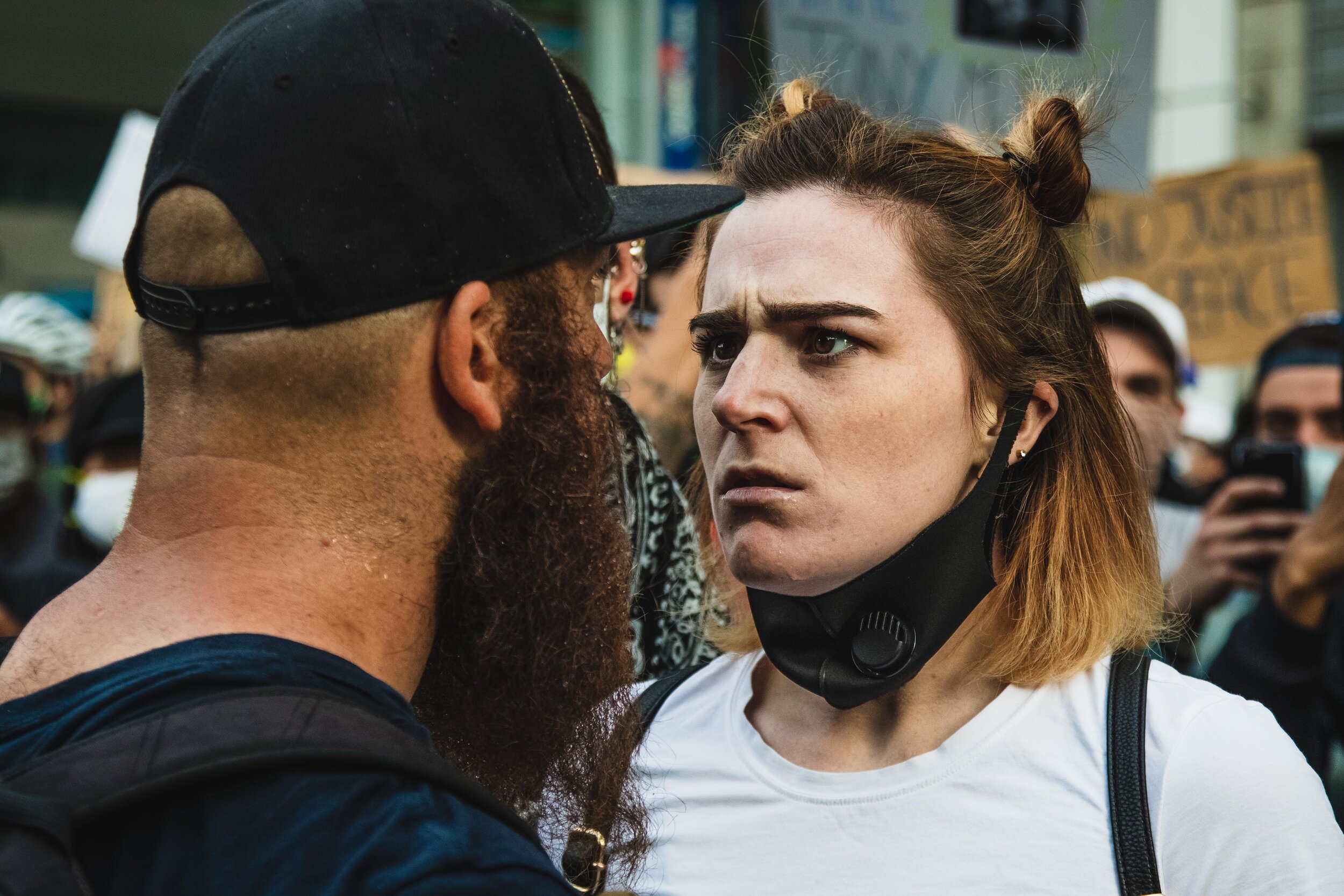
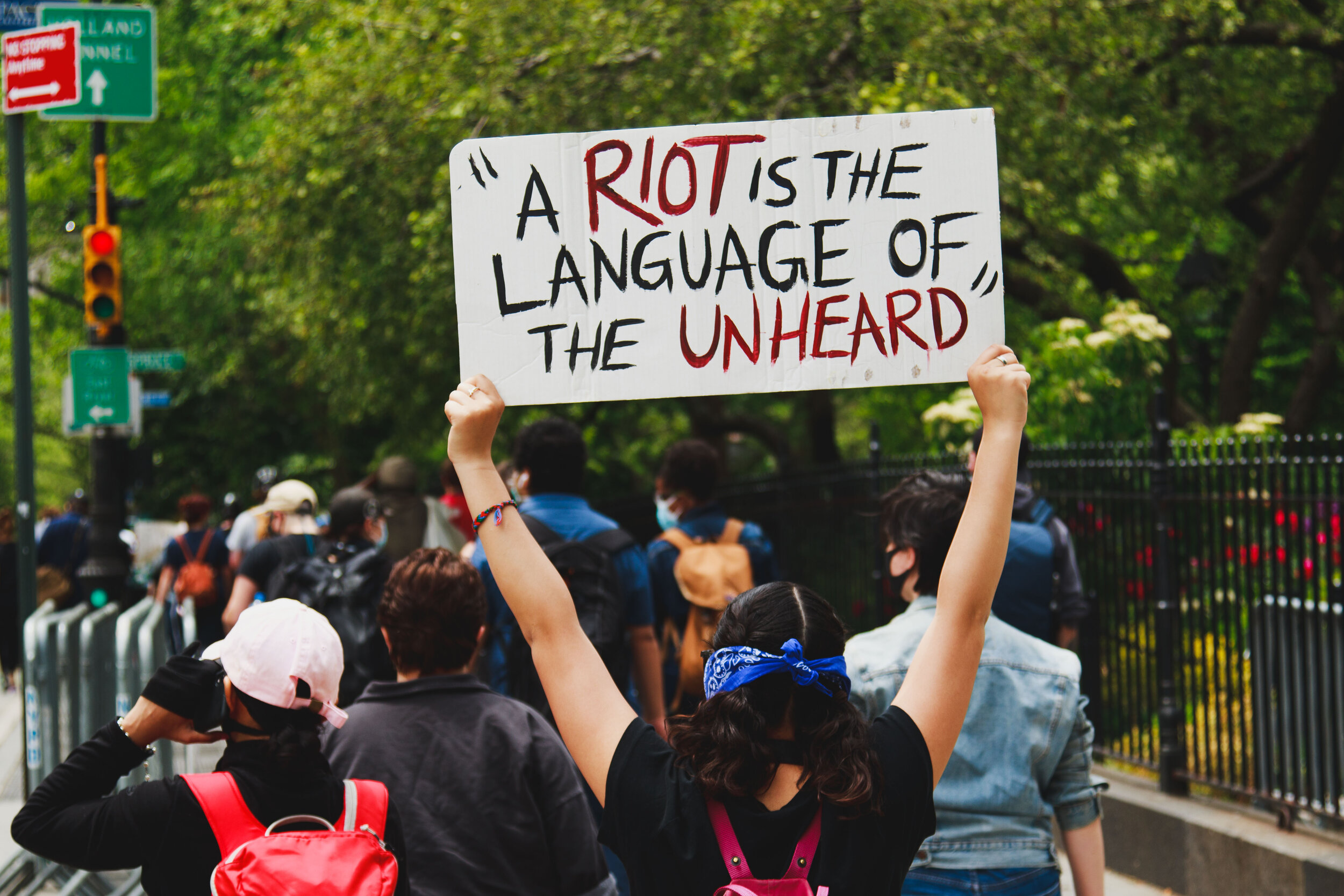
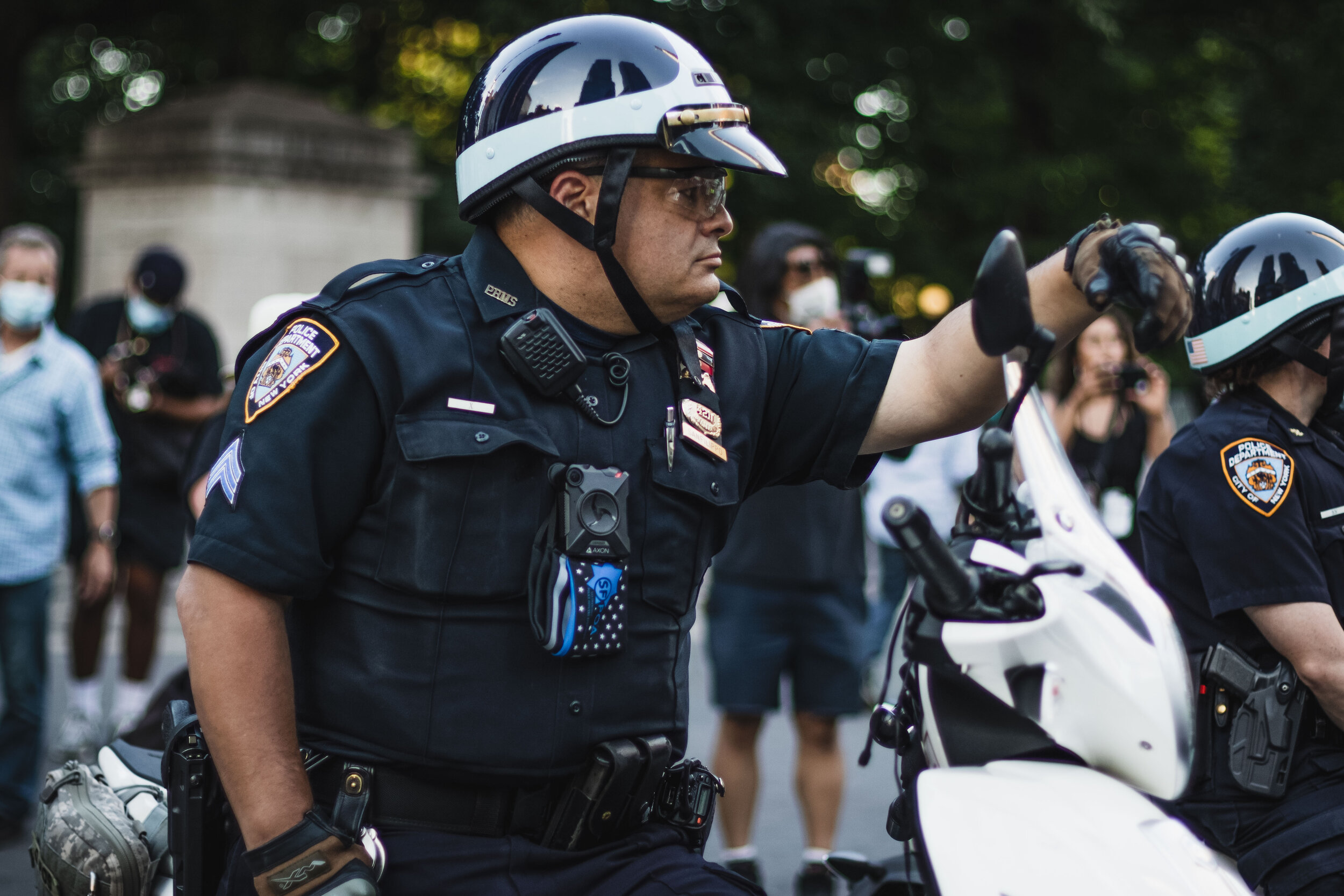
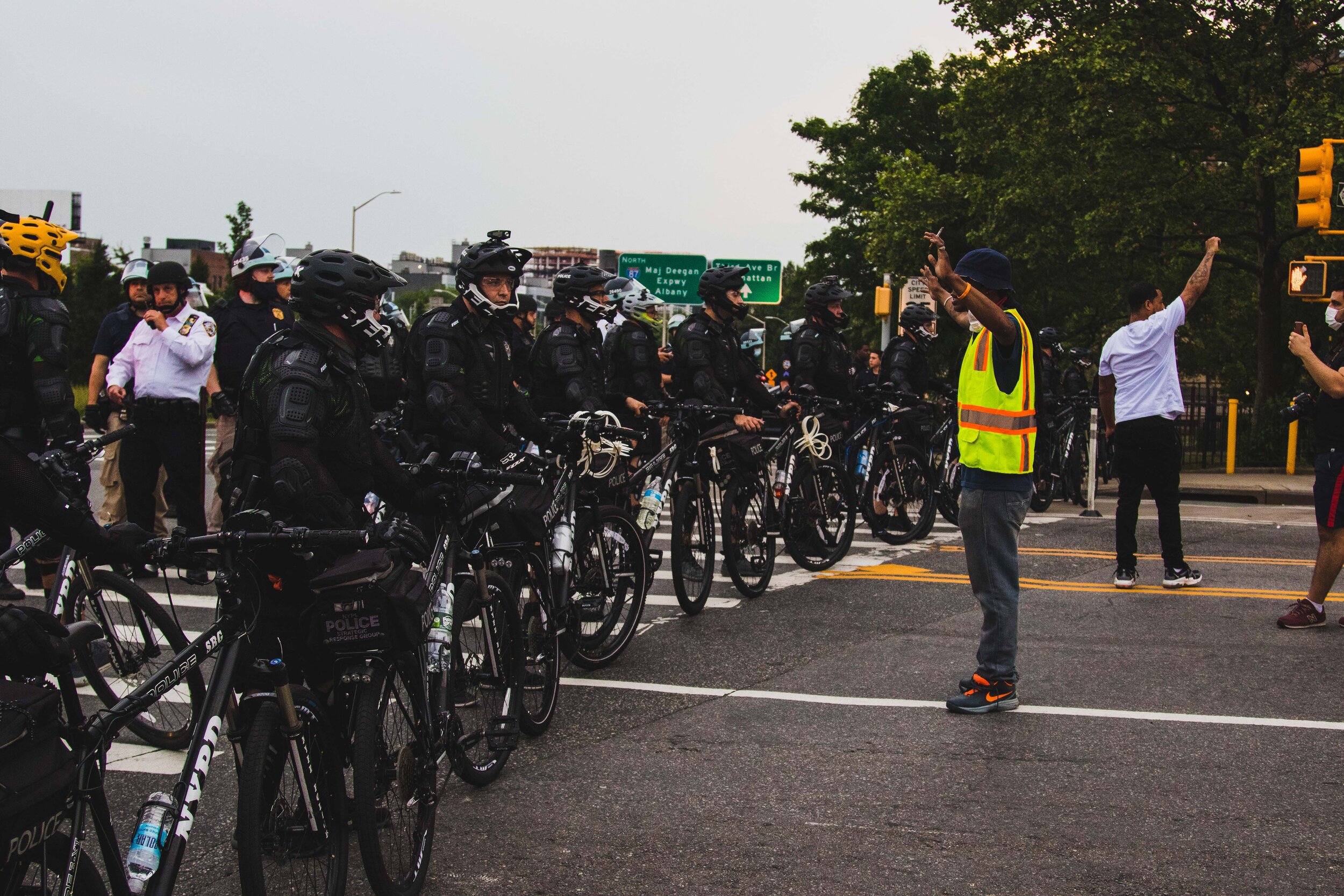
Okay, so now that you have a general understanding of what Press passes are and an understanding of their function, I should tell you how to get your hands on one, so you can start your journey into visual journalism.
I currently hold two pairs of freelancer passes. The first pass I carry is from the United States Press Agency. (I have been with USPA since 2014.) The second pass is from the National Press Photographers Association. Of the two, the USPA pass is much cheaper, costing less than $200 USDA for new members and a $48 annual fee to renew membership. The NPPA Press Pass is more expensive, (not included in the NPPA membership) but comes with several benefits including discounts from Apple and Canon, health Programs, insurance, and more.
Overall, press passes and media passes can be valuable tools for photographers who want to cover news events or gain access to exclusive locations. These credentials can help photographers get closer to the action, secure reserved seating access to special areas, and establish their credibility as professional photographers.

